POCO X3 Pro Review: almost flagship for a quarter of the flagship price
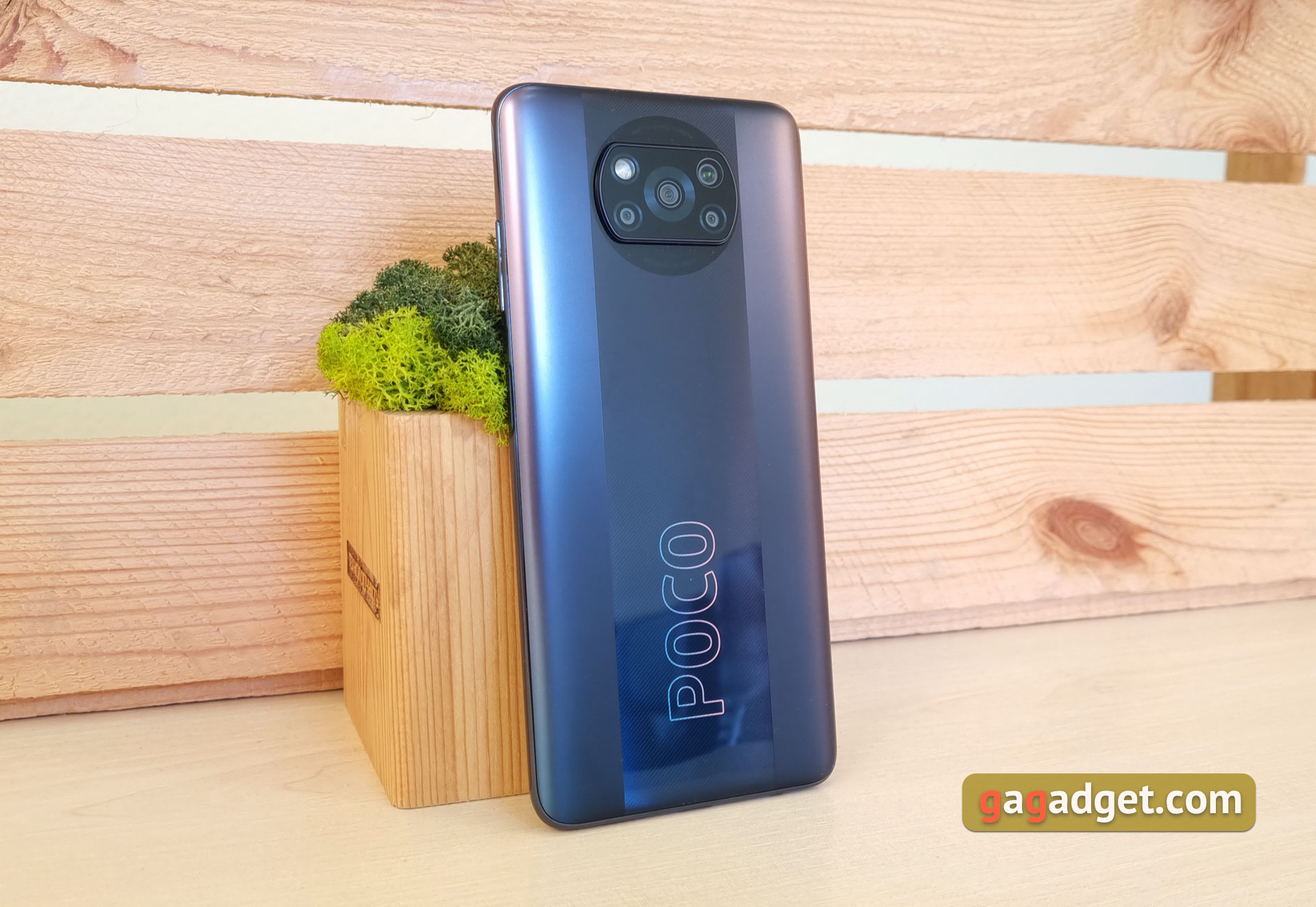
POCO X3 Pro will be interesting for those who are looking for maximum performance for not much money. In its price category this is the most powerful smartphone. With almost flagship Snapdragon 860 inside it will also deal with any modern game at ease. In addition to performance, I was really delighted by the quality IPS-display with a refresh rate of 120 Hz, long battery life and fast charging.
As for the less important, but also nice features you should mention stereo sound and IP53 protection against dust and moisture. Yes, it's not a full-fledged water protection, but it will protect against splashes and rain. The camera is not the strongest point of the smartphone: it performs basic tasks, but if you take a lot of pictures, it is worth looking at something else. The design is something quite subjective, but the large size and weight will obviously suit not everyone. Despite this, POCO X3 Pro is one of the most attractive options in its price category.
Pros:
- Very good performance
- High-quality IPS-display with a frequency of 120 Hz
- Long battery life, fast charging
- Stereo speakers
- Dust and splash protection IP53
Cons:
- Not the best camera
- Design, dimensions and weight are not suitable for everyone
In the box
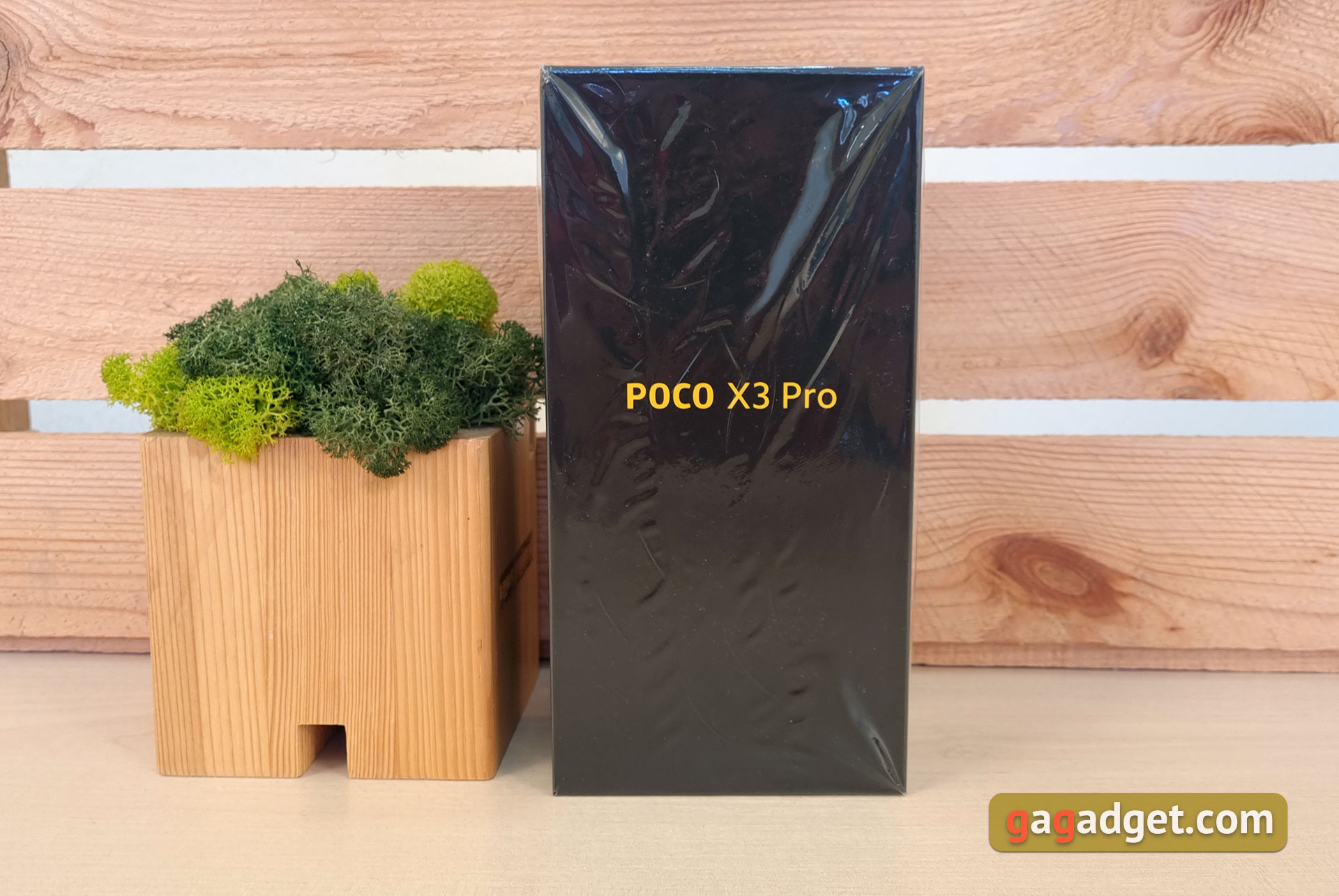
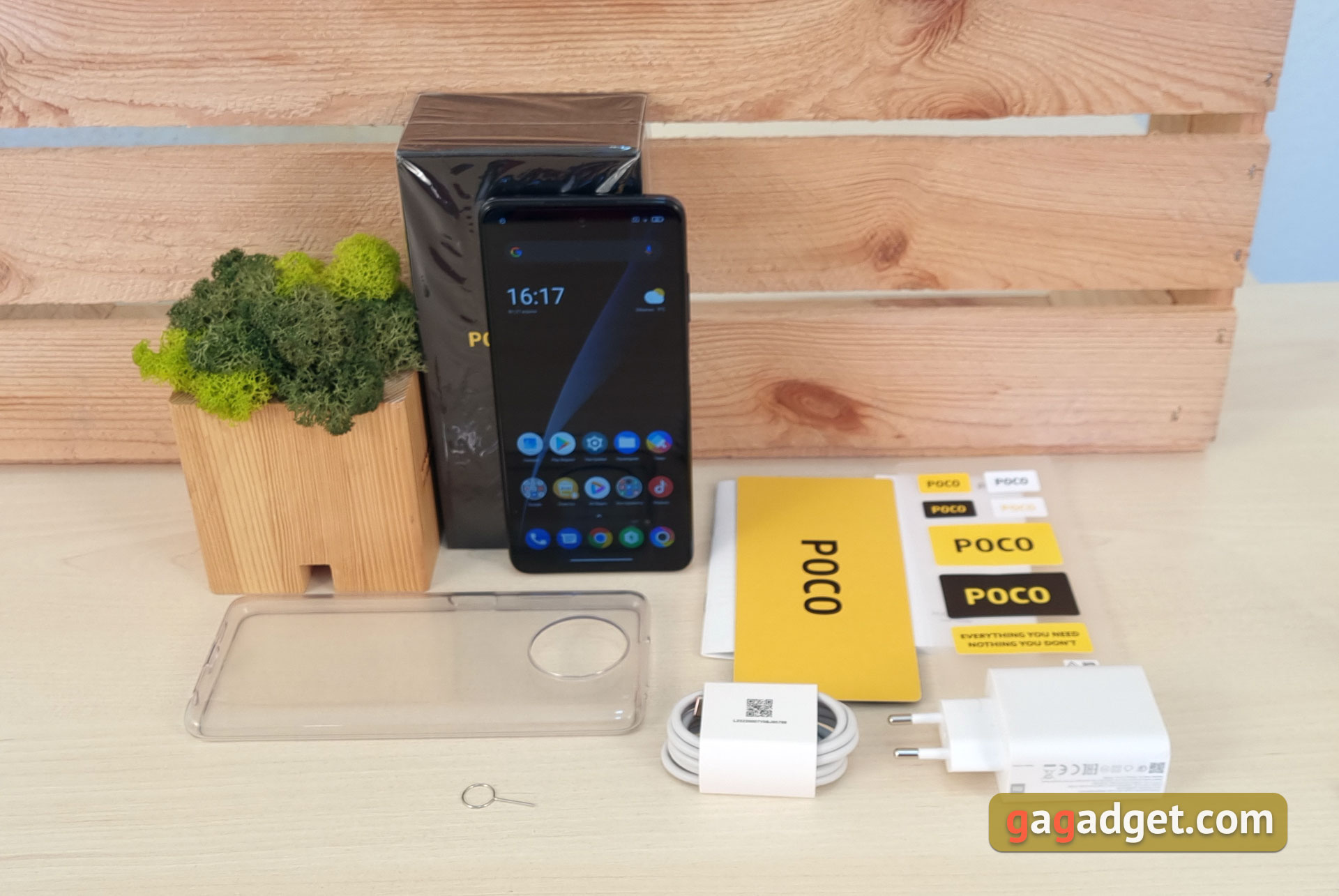


POCO X3 Pro comes in a black and orange box with the model name, no extra pictures. Inside there is the smartphone itself, a 33W Quick Charge 3.0 charger, a USB Type-C cable, a tray eject tool, a transparent silicone bumper, a protective film (on the screen), a set of POCO stickers and documentation. It is worth saying that the complete bumper has a plug for Type-C. And, as it turned out, it is easier to remove it completely than to take out the plug to put the smartphone on charge.
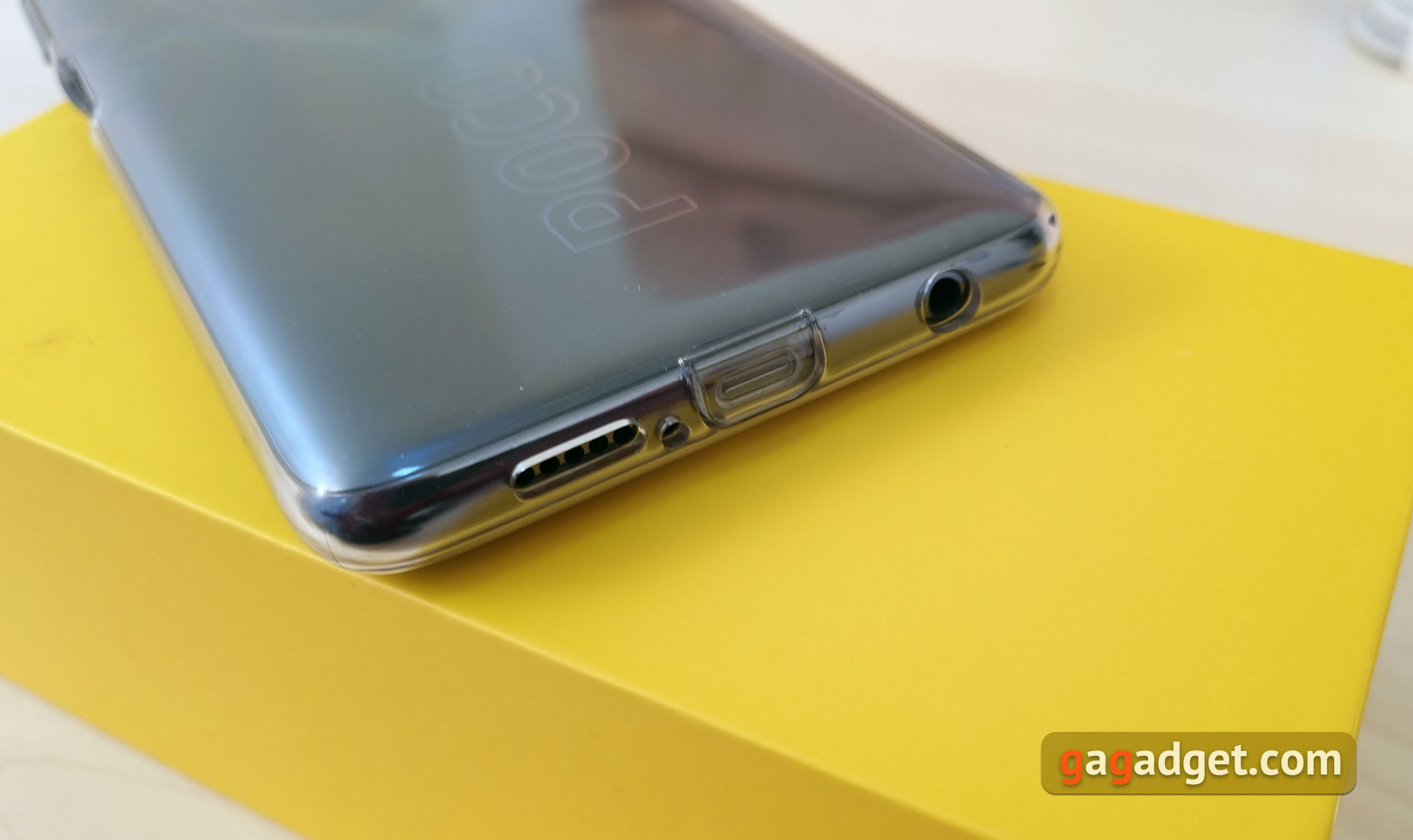
| Specifications POCO X3 Pro | |
| Display | IPS, 6.67 inches, 240x1080 (aspect ratio 20: 9), 395 ppi, Gorilla Glass 6 |
| Body | dimensions: 165.3x76.8x9.4 mm, weight: 215 g |
| CPU | 64-bit 7nm Qualcomm Snapdragon 860, 1 x2.96 GHz Kryo 485 Gold + 3x2.42 GHz Kryo 485 Gold + 4х1.78 Kryo 485 Silver, Adreno 640 graphics |
| RAM | 6/8 GB |
| Flash memory | 128/256 GB + MicroSD |
| Camera | Primary: 48 MP, f / 1.79, 1 / 1.20", 0.8μm, PDAF; ultra wide-angle: 8 MP, f / 2.2, 119˚; macro: 2 MP, f / 2.4; depth sensor: 2 MP, f / 2.4, 4K @ 30 ; front camera: 20 MP f / 2.2 |
| Wireless technology | Wi-Fi 802.11 a / b / g / n / ac (dual-band, 2.4 and 5 GHz), Bluetooth 5.0 LE, FM, NFC, infrared |
| Gps | GPS, A-GPS, GLONASS, GALILEO, BDS |
| Battery | 5160 mAh, non-removable; fast charging 33W |
| Operating system | Android 11 + MIUI 12.0.5.0 for POCO |
| Sim card | 2хNanoSIM |
| Additionally | IP53 protection against dust and splashes; stereo sound |
POCO X3 Pro design

POCO X3 Pro inherited its appearance from its predecessor POCO X3 NFC, so all the design delights are already well known. The main differences concern the inside features of the smartphone. In front there is a large 6.67-inch display with Gorilla Glass 6 protection and original protective film. In the upper part there is a round cutout for the front camera and a thin speaker mesh, where LED indicator is hidden. Useful thing: the smartphone has an IPS screen and does not have Always on Display function.
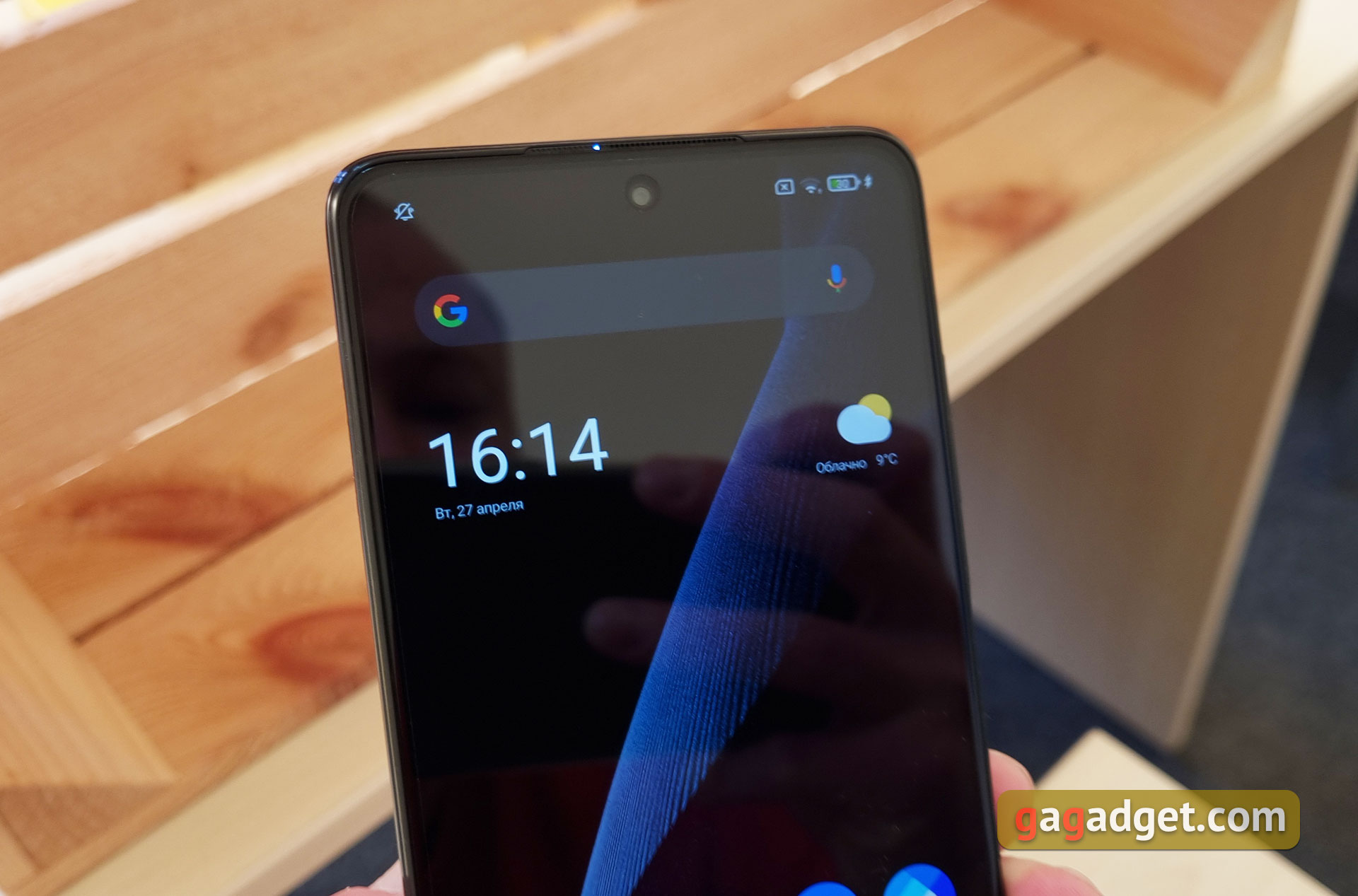
Only the front panel is glass, the rest of the body is made of glossy plastic. So using a protective bumper is a very wise decision. As for the controls, everything is almost standard. All the buttons are located on the right side. In the middle there is a power button, which is combined with a fingerprint scanner. By the way, it works very quickly and accurately. And its placement is optimal, both for the right and for the left hand. The same can not be said about the volume control buttons. They are placed just above the comfortable position and you have to reach for them.

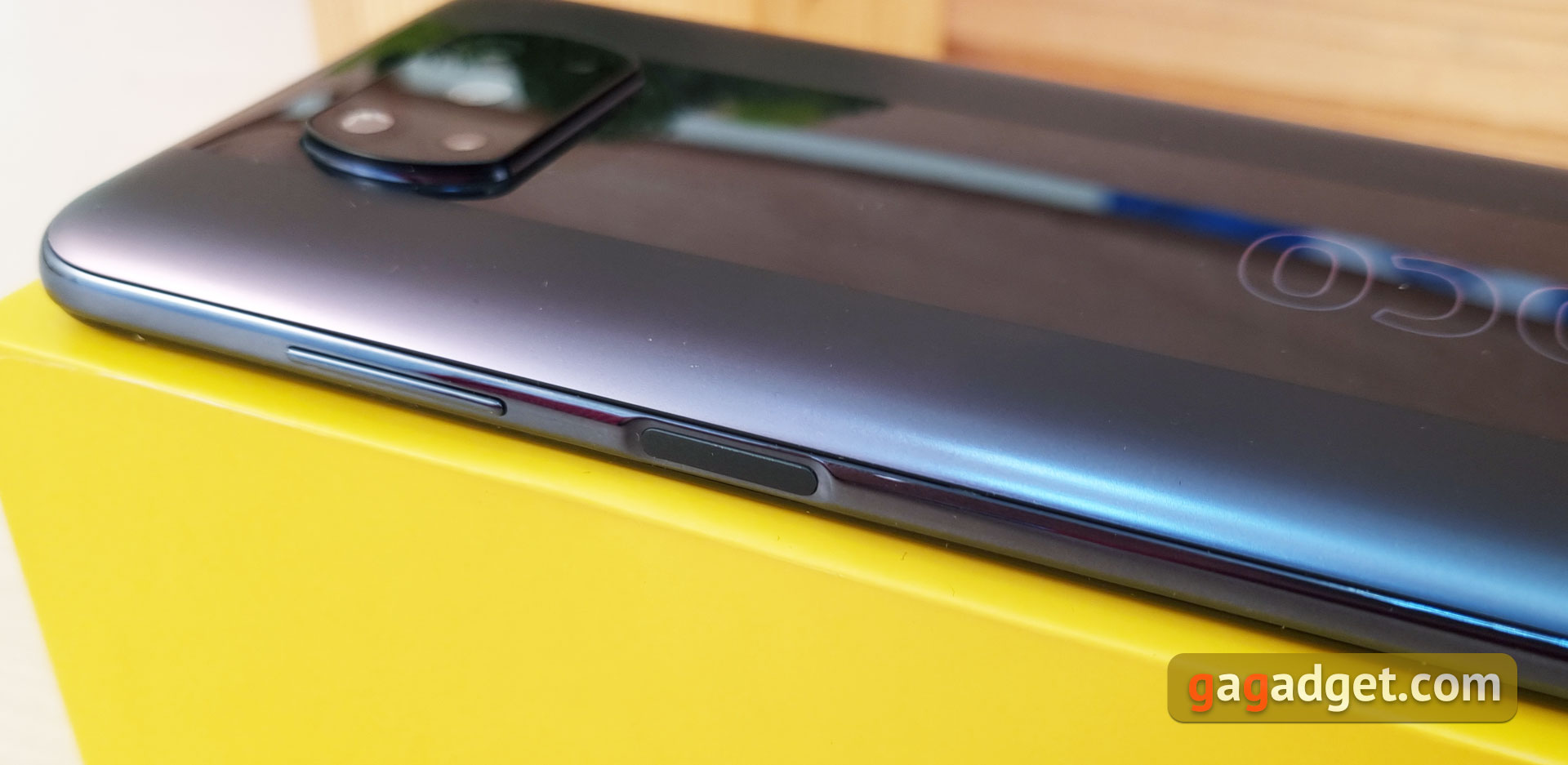


On the left end there is a tray. In this case it is a hybrid tray. You can install microSD instead of a second SIM-card.
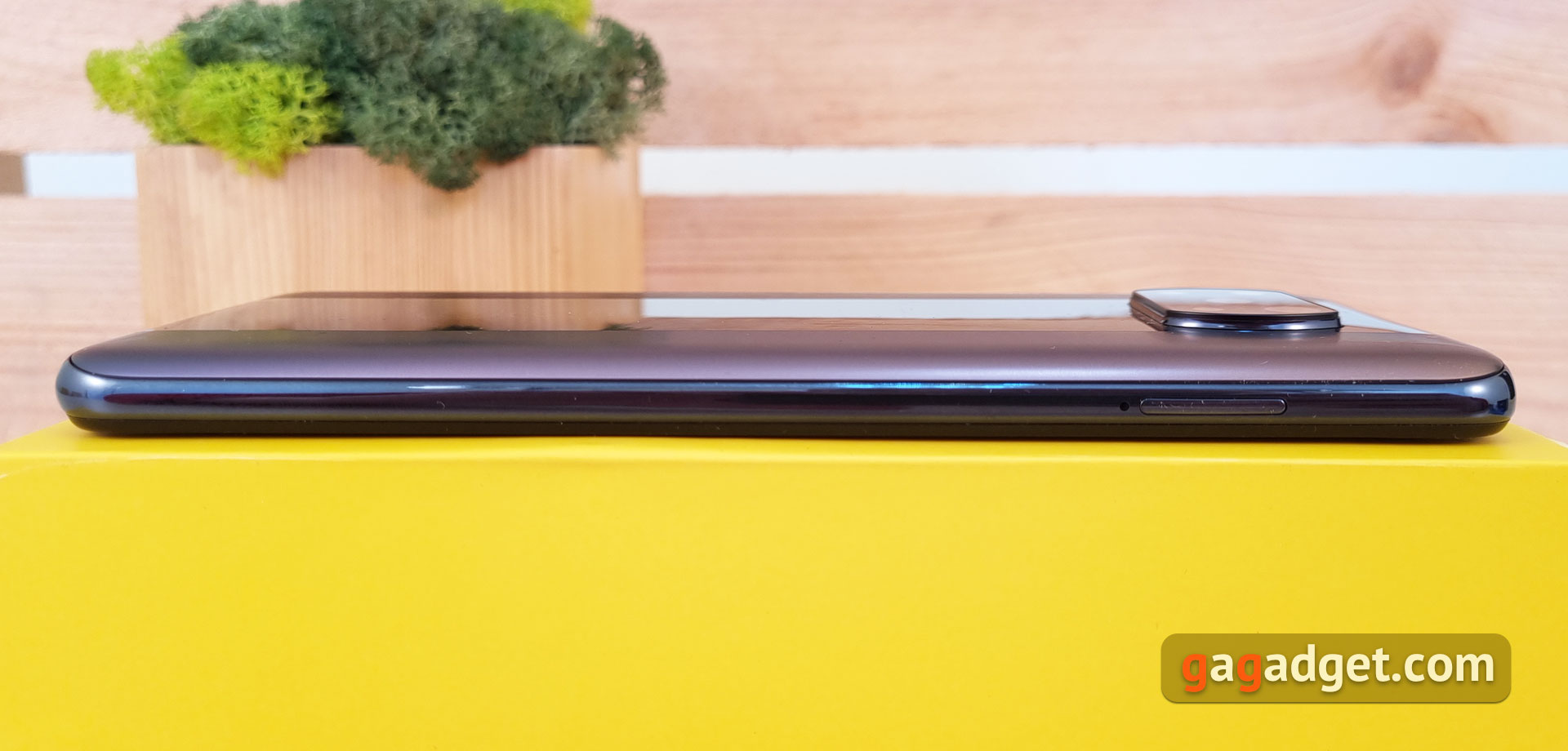
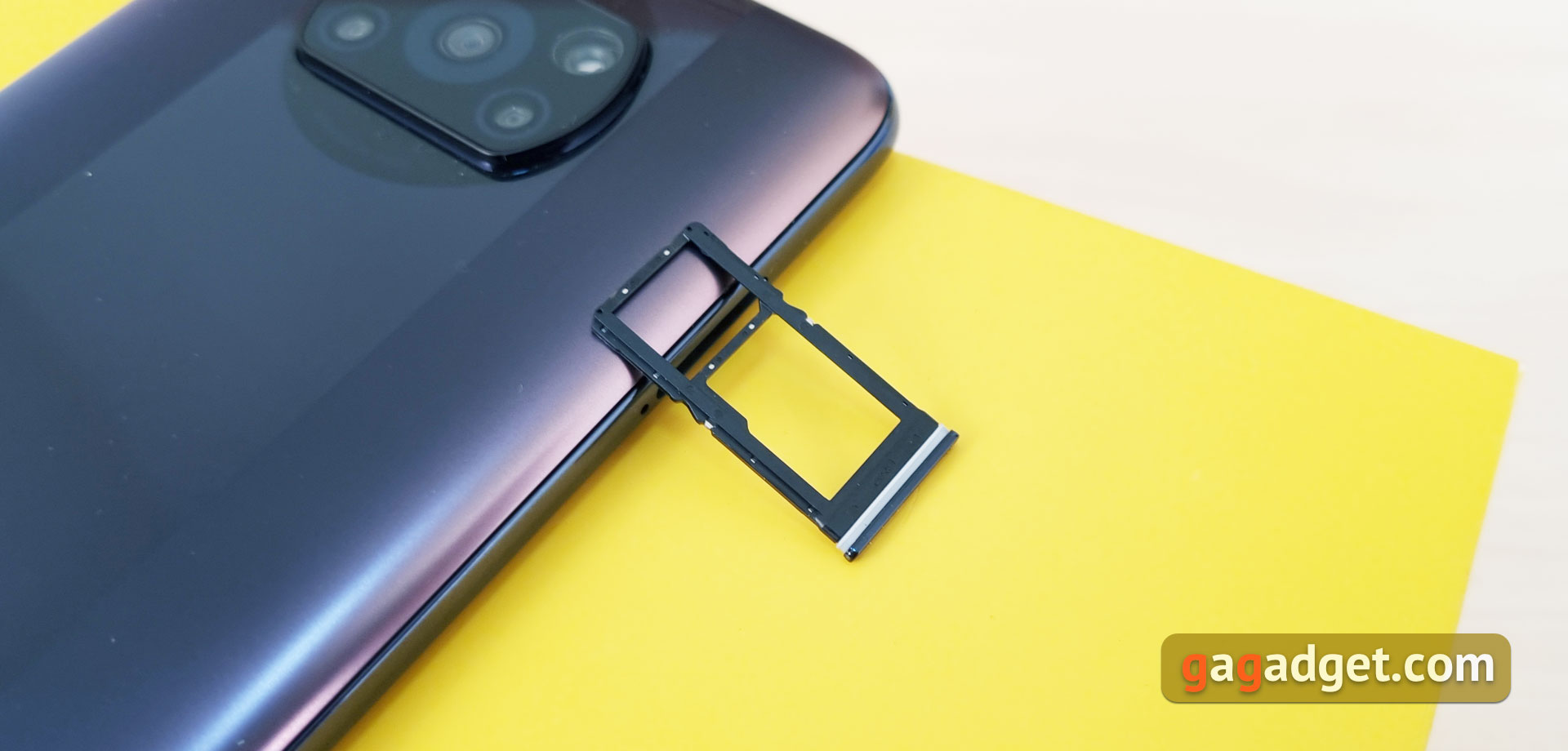


At the bottom: USB Type-C connector, speaker, earpiece microphone and mini-jack for headphones.
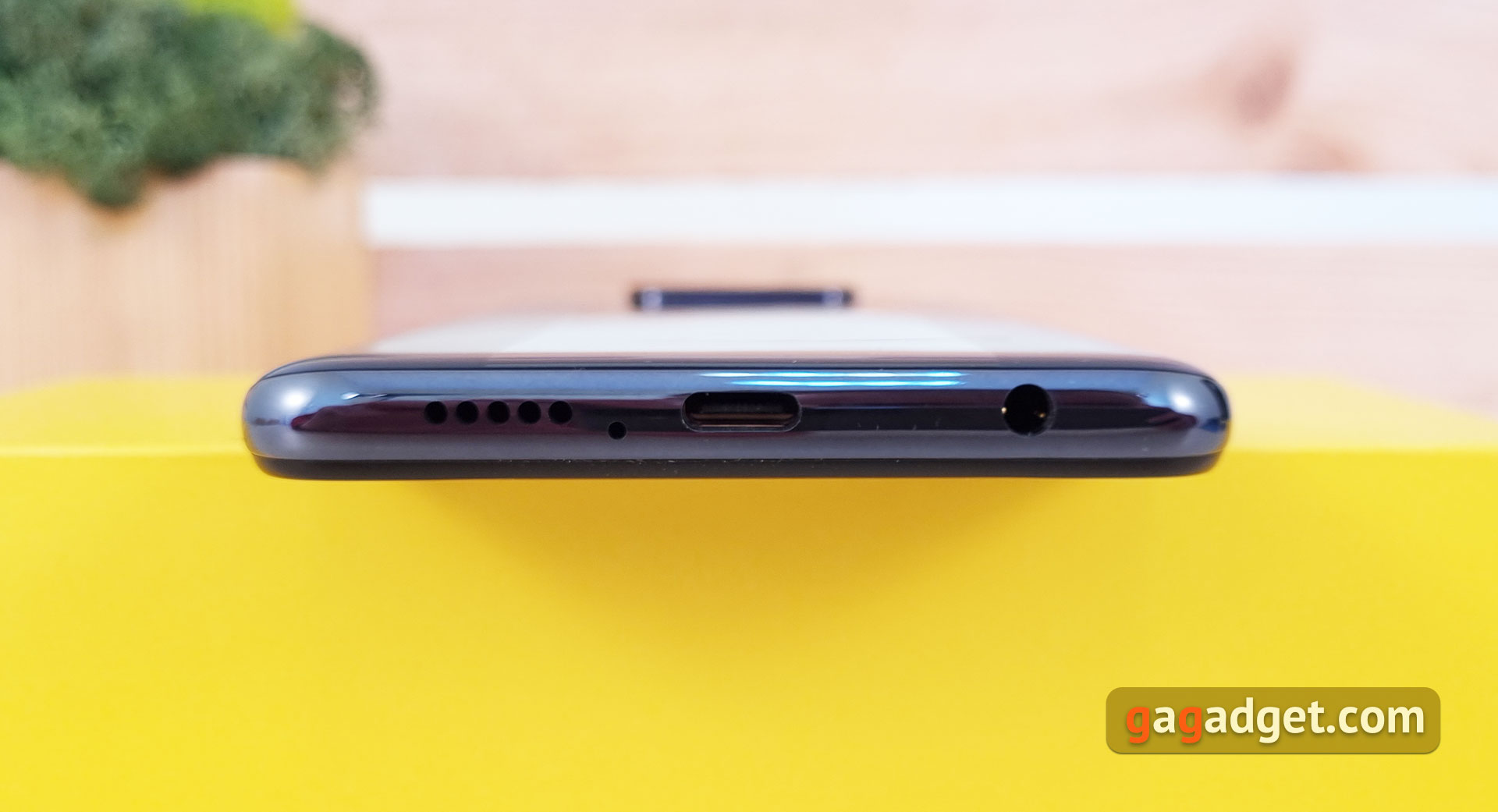
On the upper edge there is an additional microphone, an infrared port for controlling electronics and an additional earpiece opening for stereo sound.
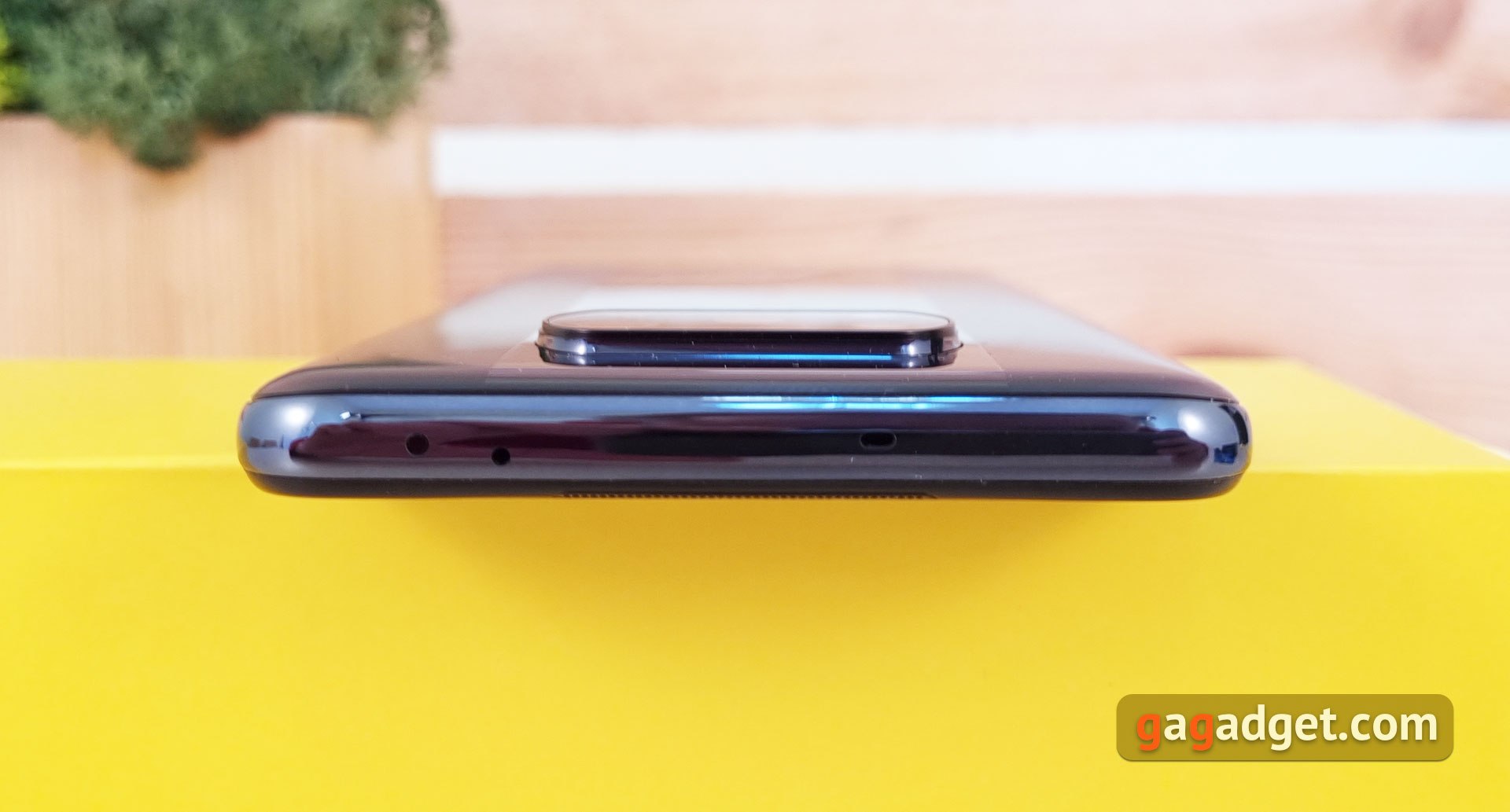
The back cover is glossy. In the upper part there is a round main camera. The cover has two types of pattern texture. This gives the middle and side stripes a different glare. In the middle there is a vertical POCO inscription. The black version we have tested actually shimmers with shades of blue.
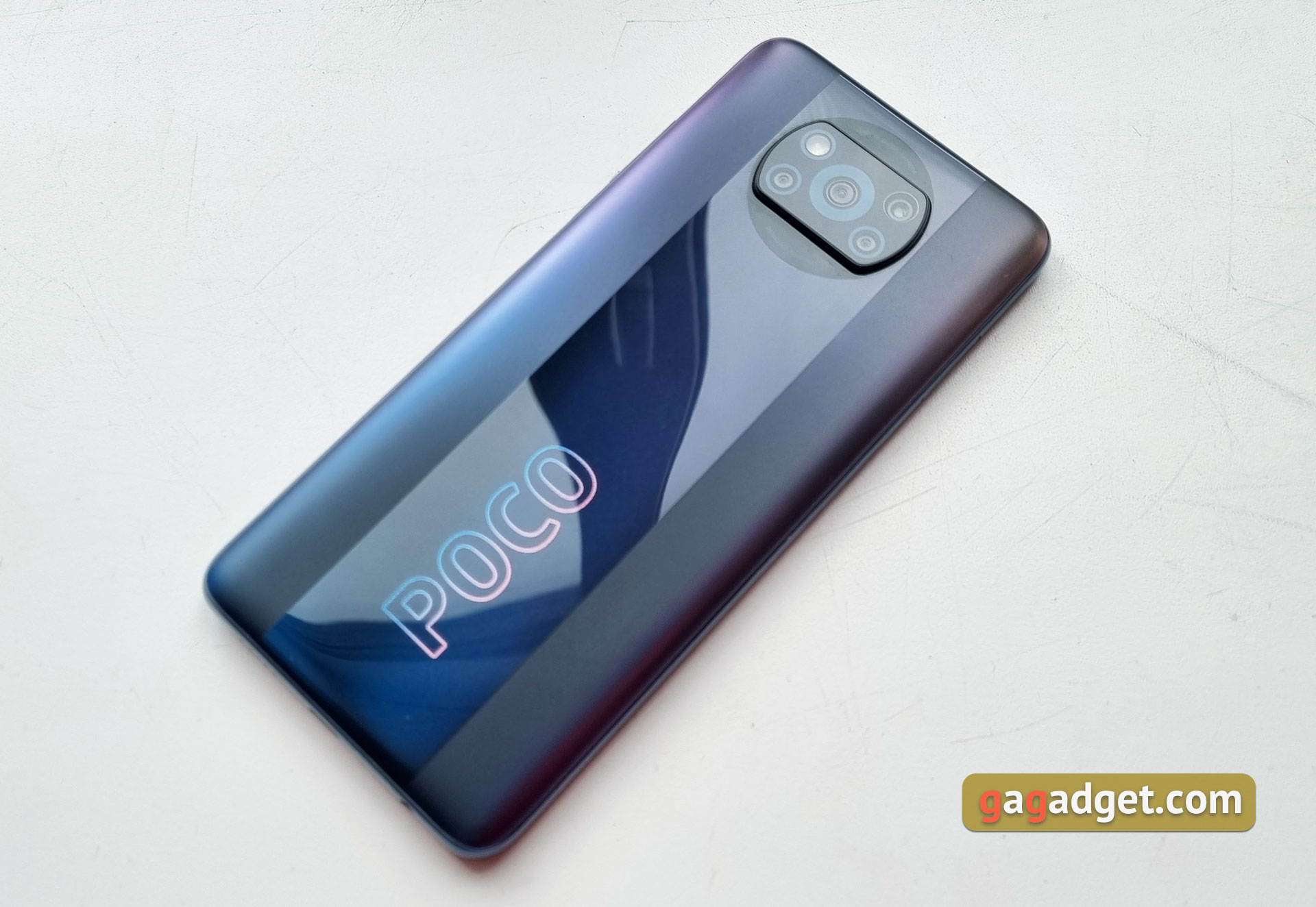
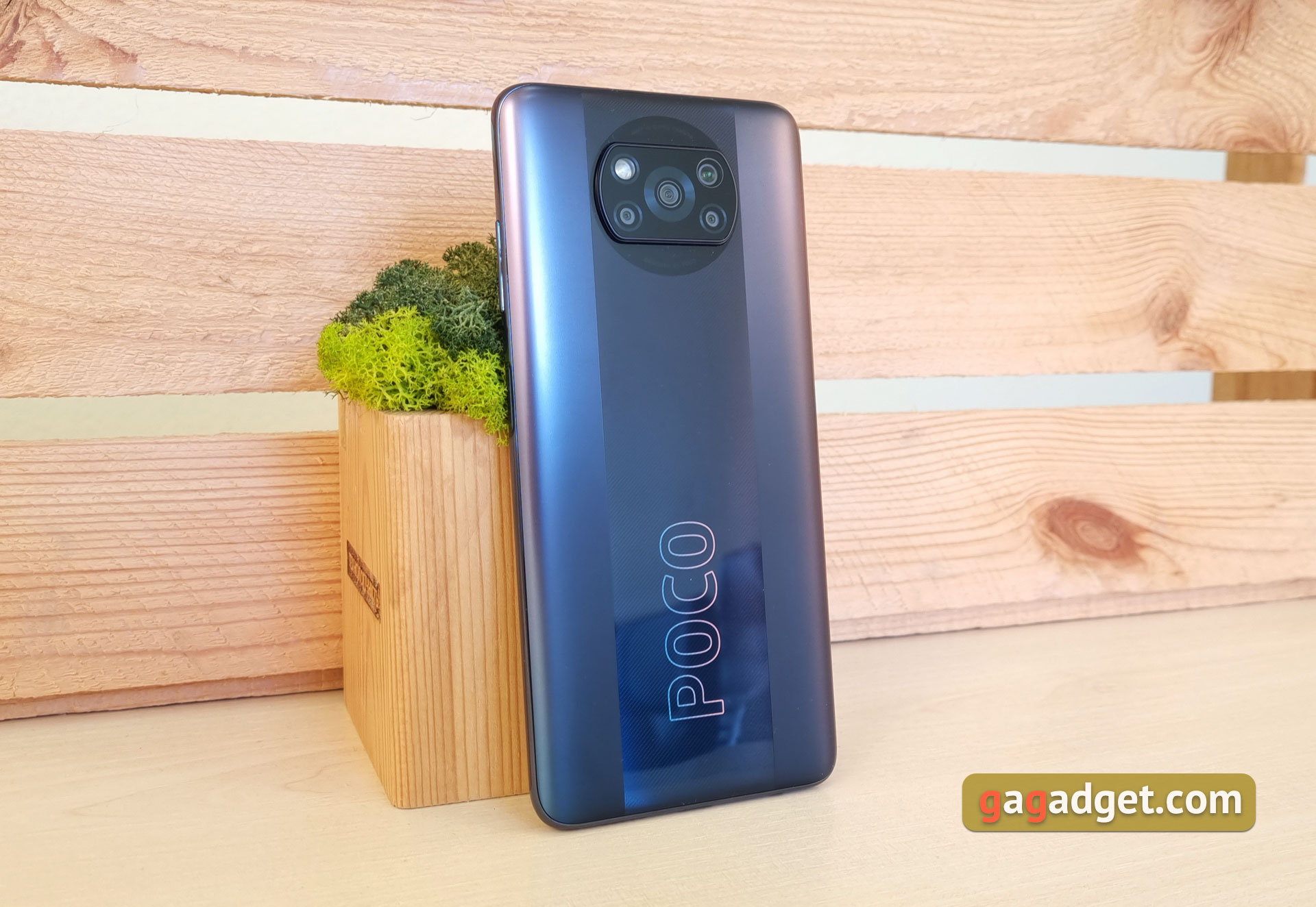


The cameras block is located on a circular platform and is, in fact, the same circle with parts cut off from below and from above. It protrudes slightly above the body of the smartphone.
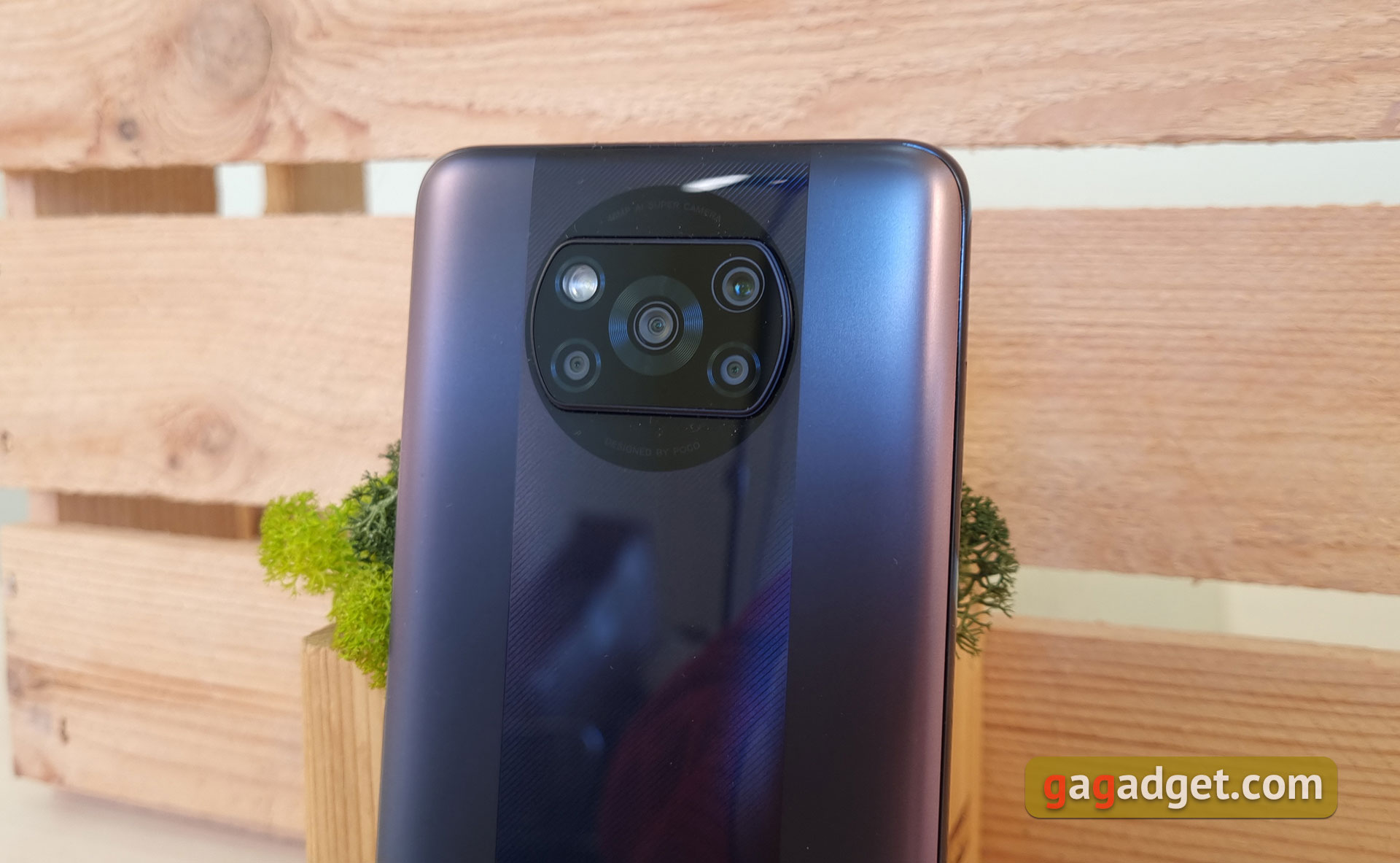
The design of the smartphone turned out to be "not for everybody". This is not bad, but it looks somehow too teenage-style. Thanks to its large display and the large battery, the POCO X3 Pro is quite big and weighty: 165.3x76.8x9.4 mm, 215 g. There is protection against dust and water according to the IP53 standard. Yes, it will save you from the rain, but definitely not intended for diving.
POCO X3 Pro display
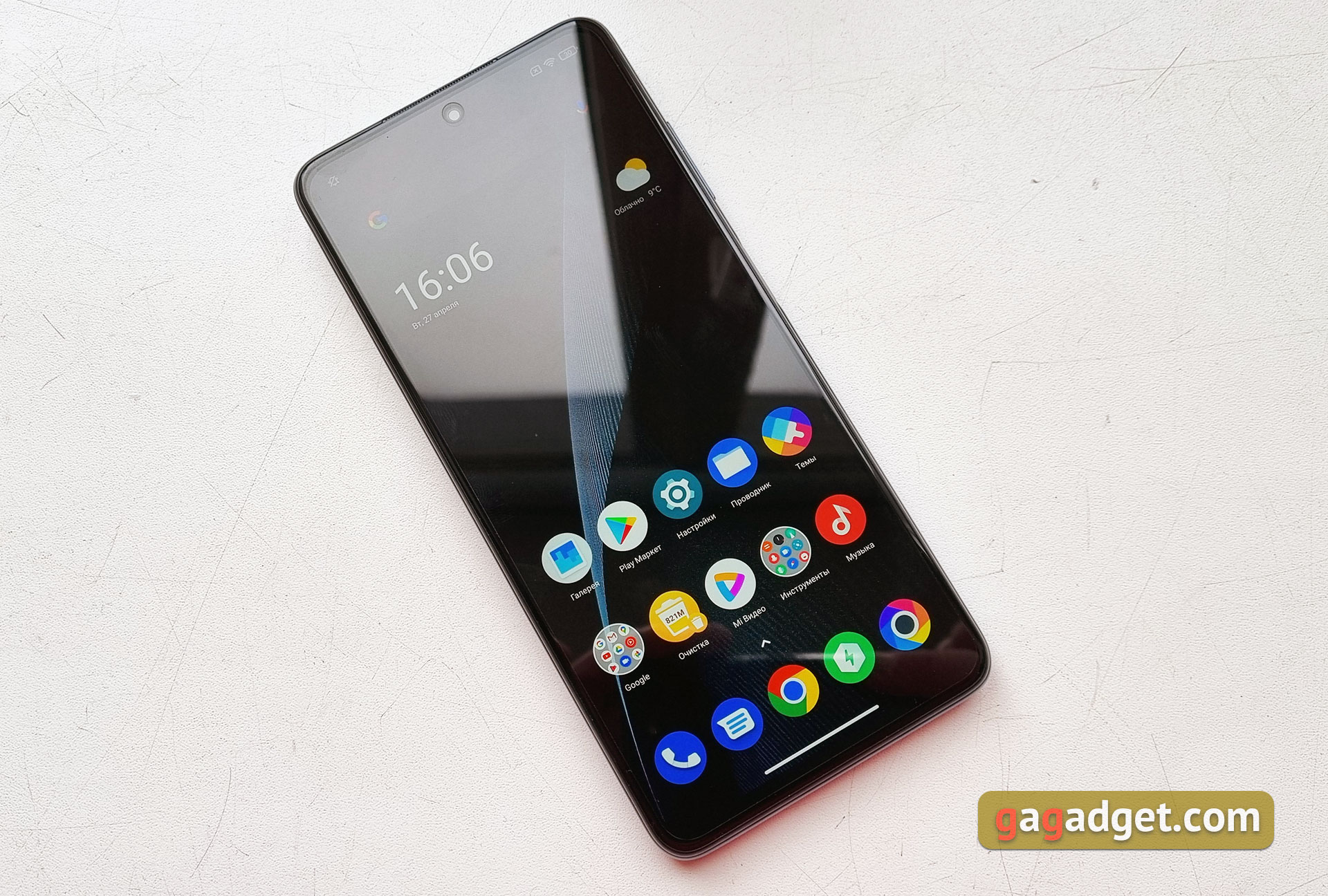
The POCO X3 Pro has a 6.7-inch IPS display with FullHD + resolution (2400 × 1080) and an aspect ratio of 20:9. The pixel density is 395 ppi. The screen refresh rate is 120 Hz. In the settings you can choose between 60 and 120 Hz. At the same time, at 120 Hz mode, the screen works adaptively and in idle mode it switches to 60 Hz to save energy. In the settings there is a dark interface theme (with individual settings for different applications), reading mode, day mode, setting the font size and different color display modes (saturated, standard and auto).
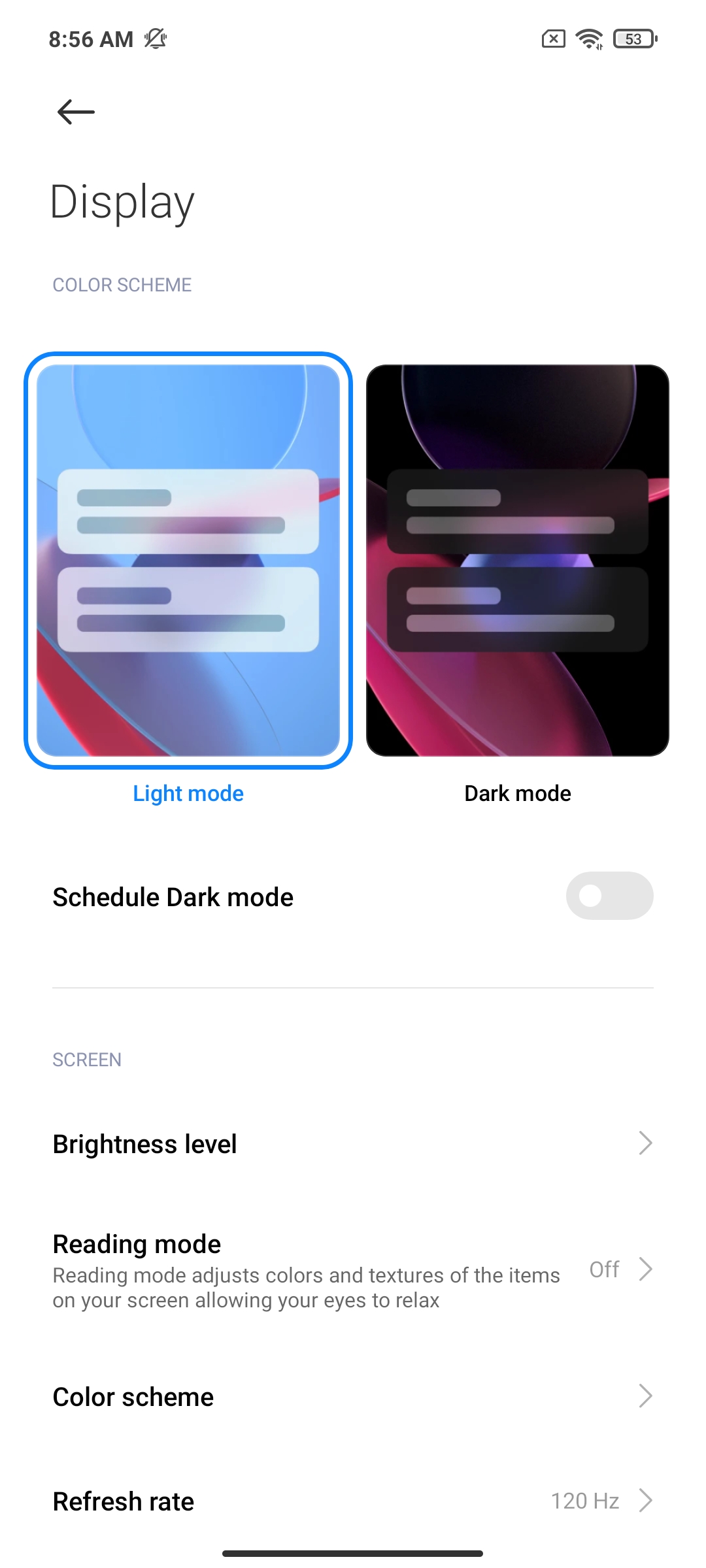
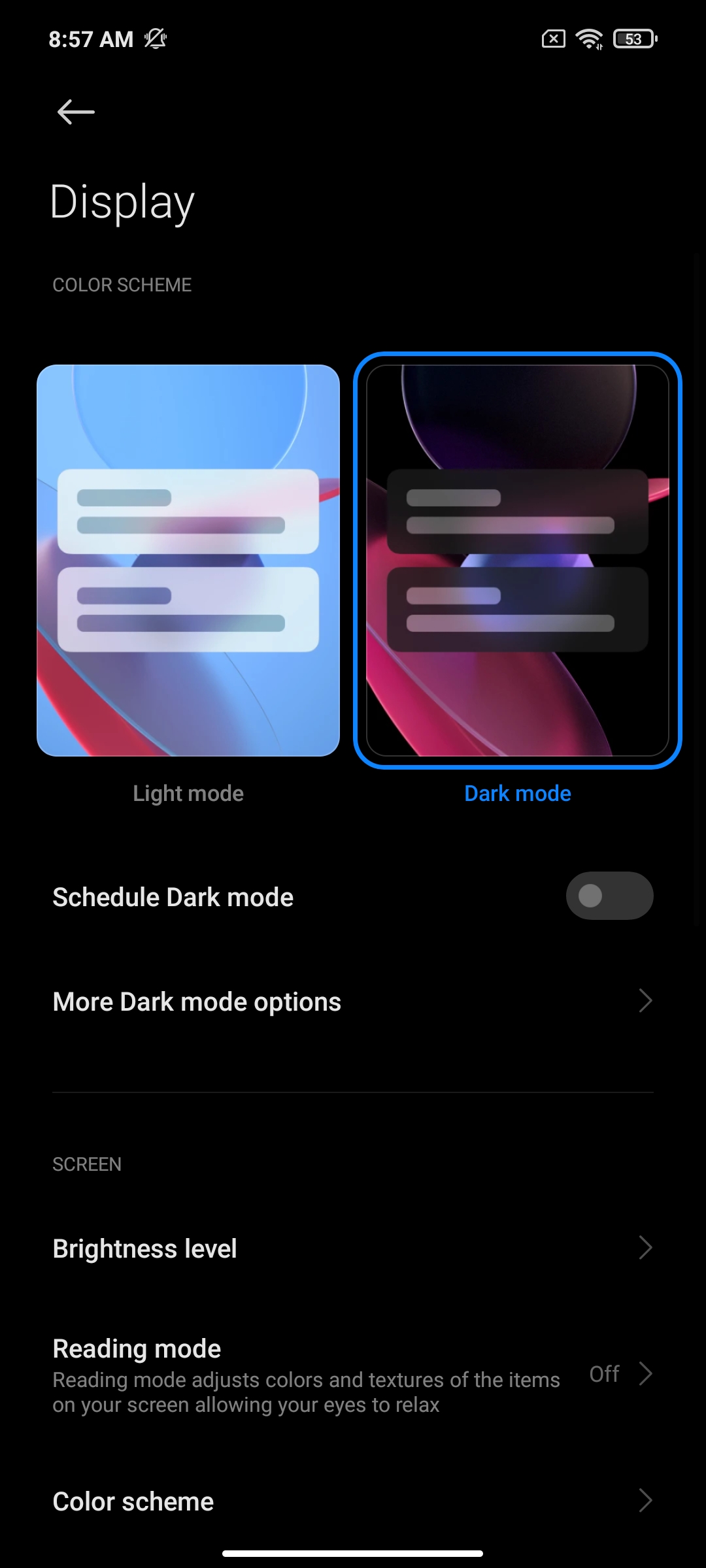
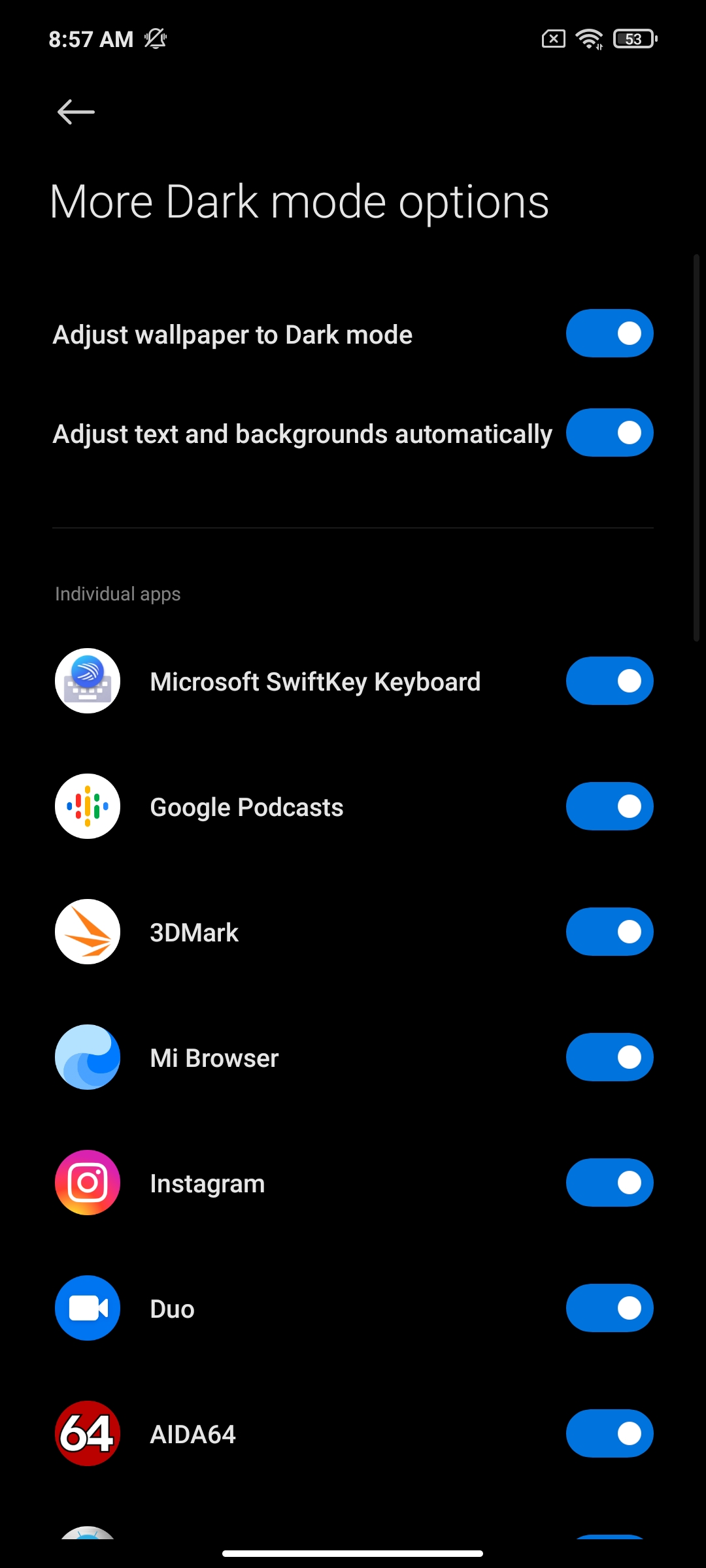
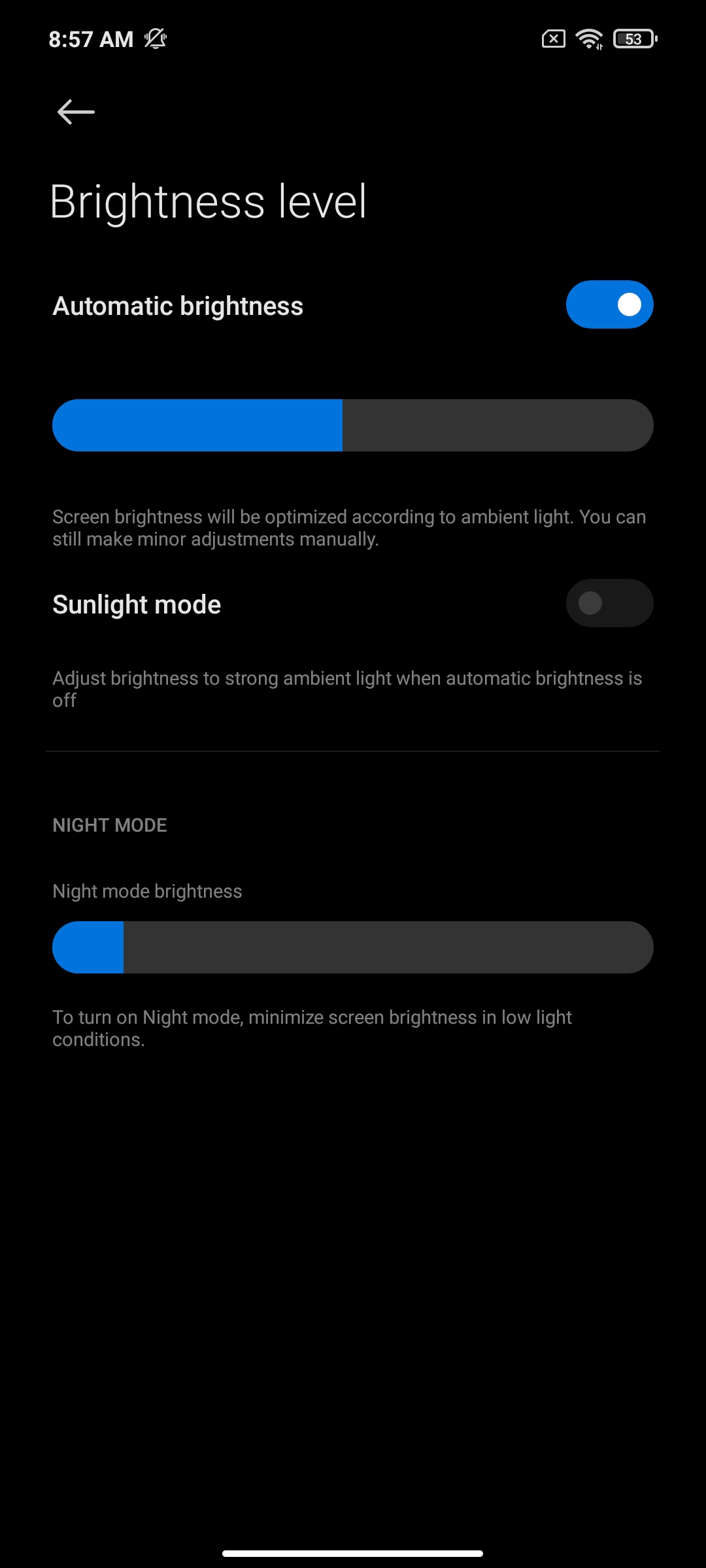
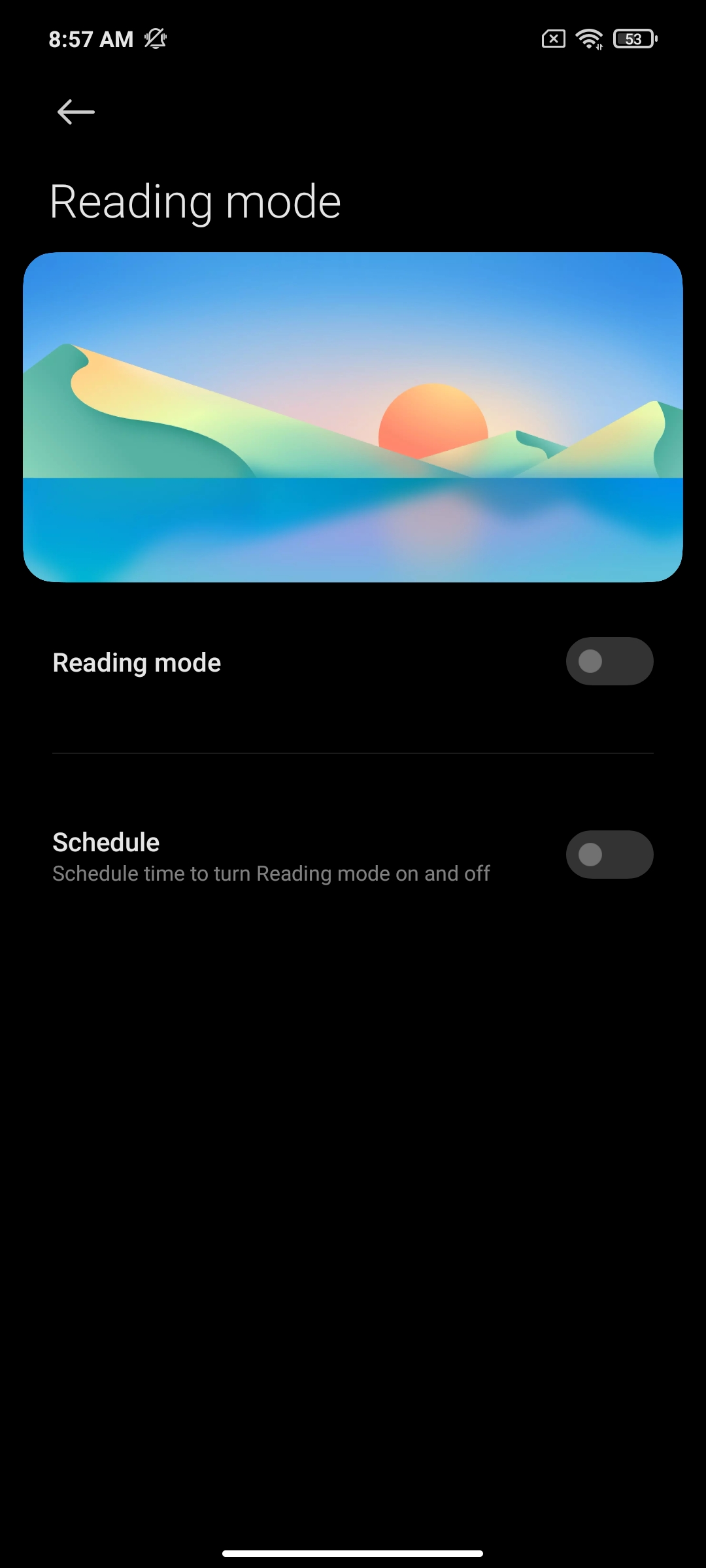
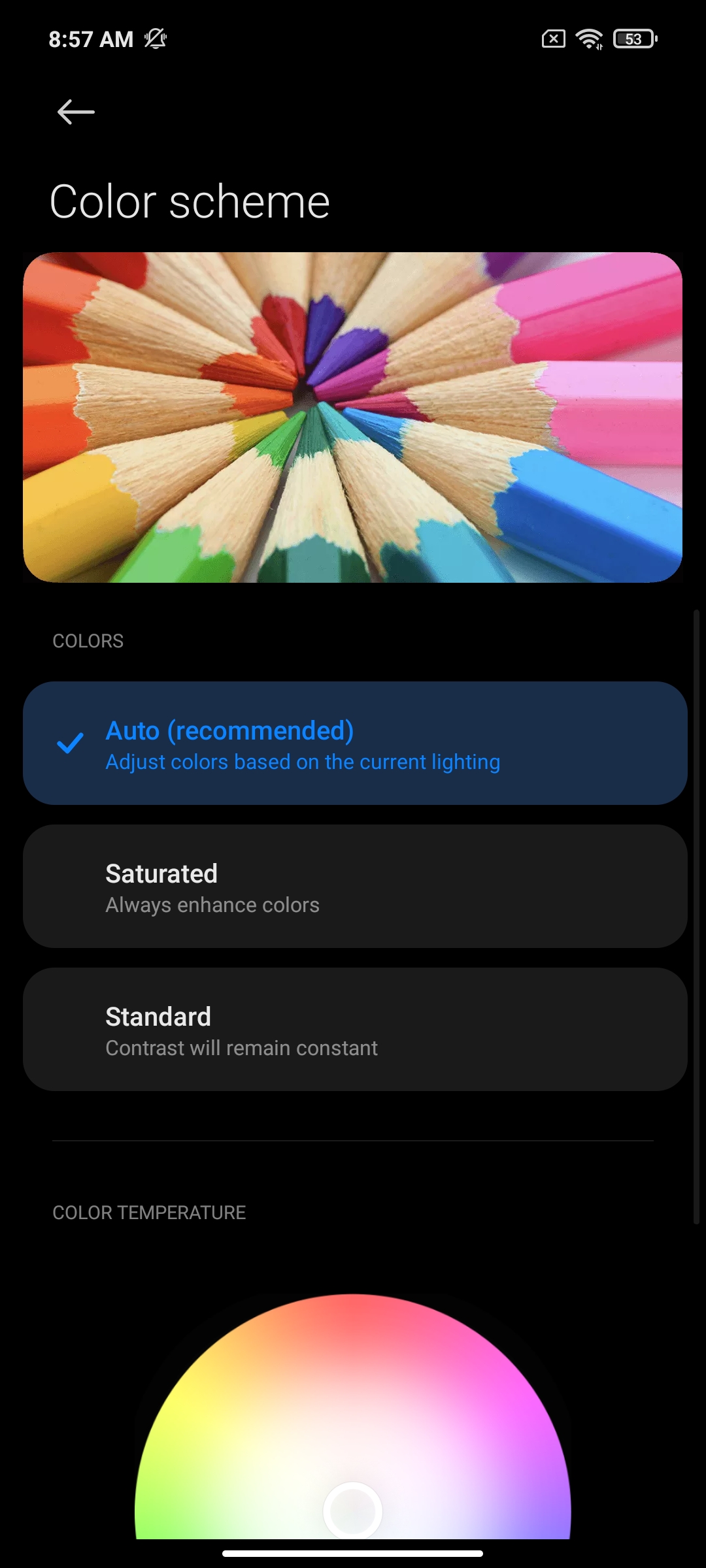
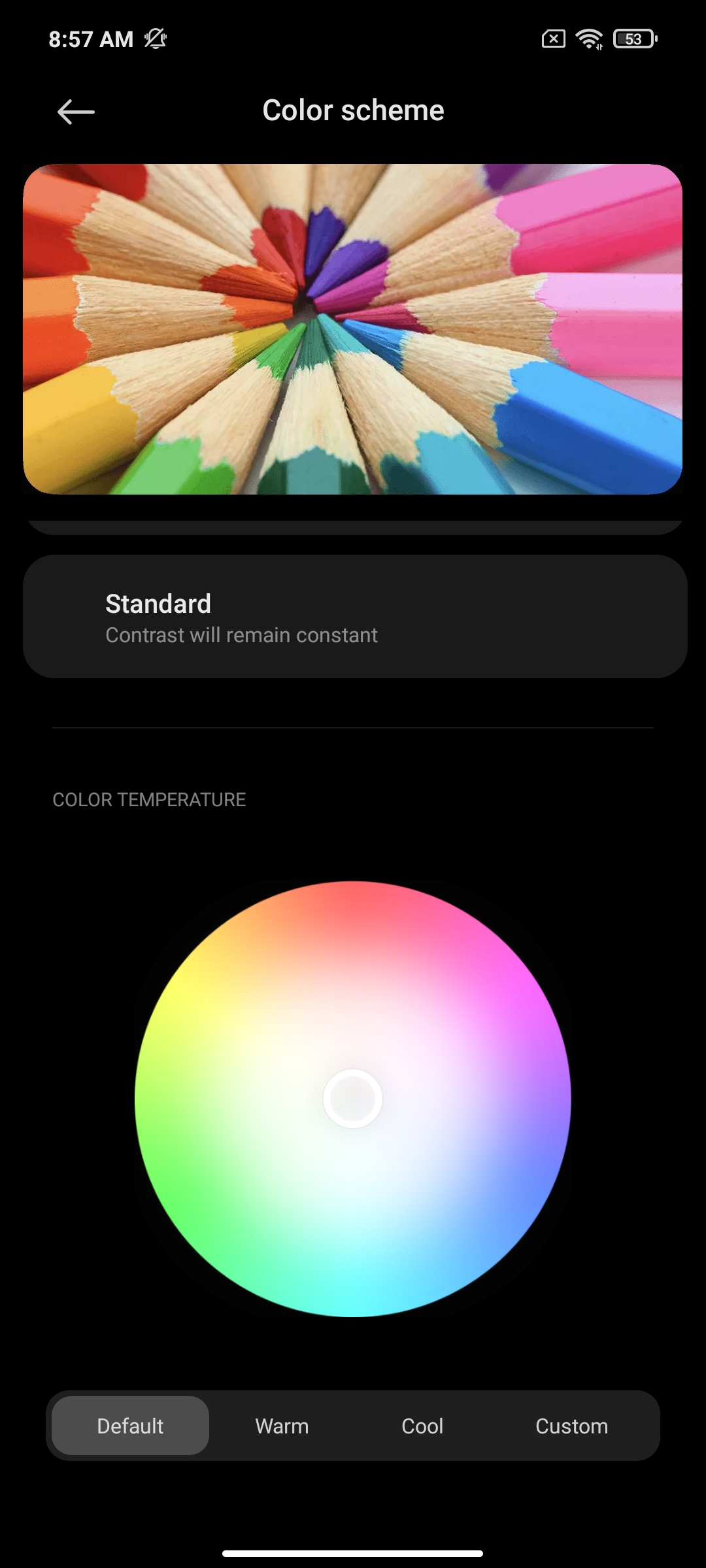
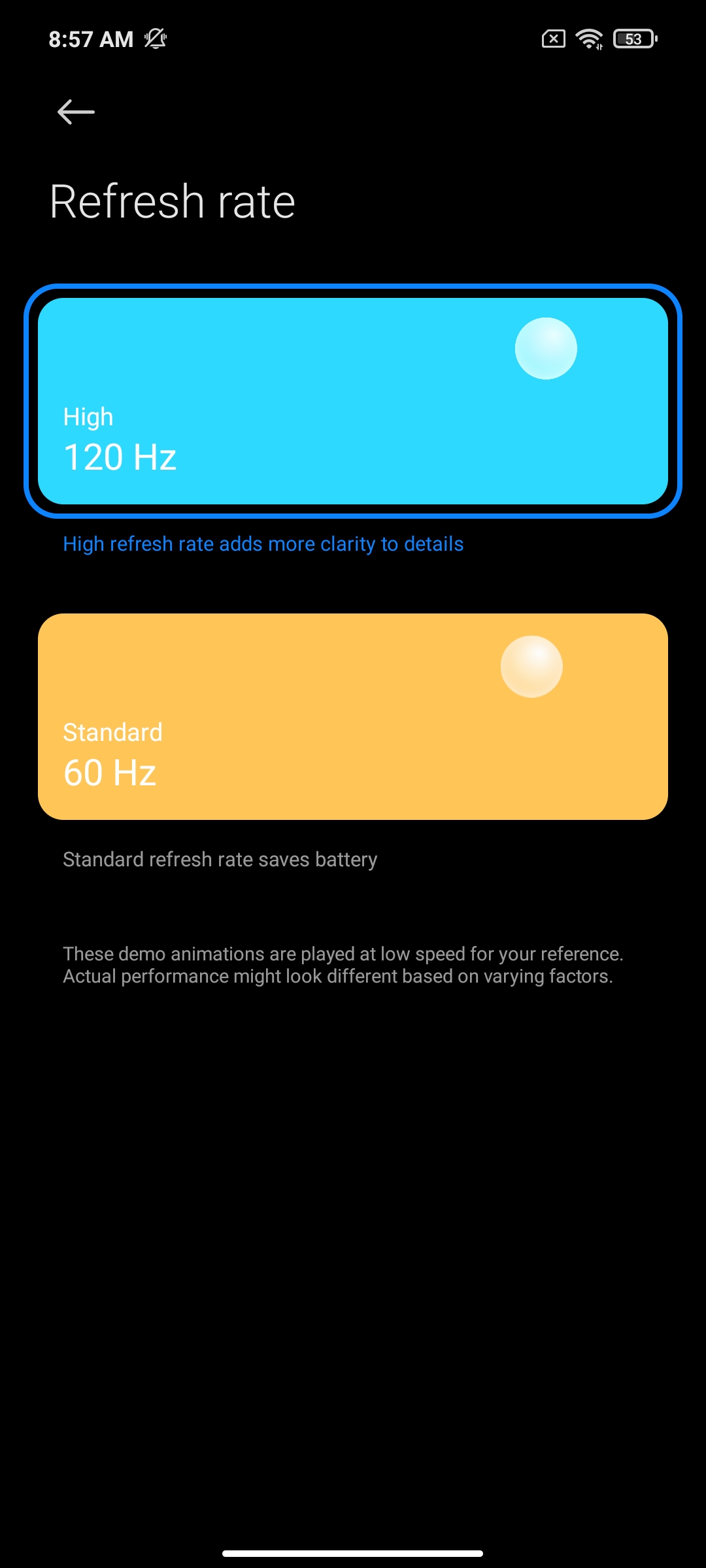
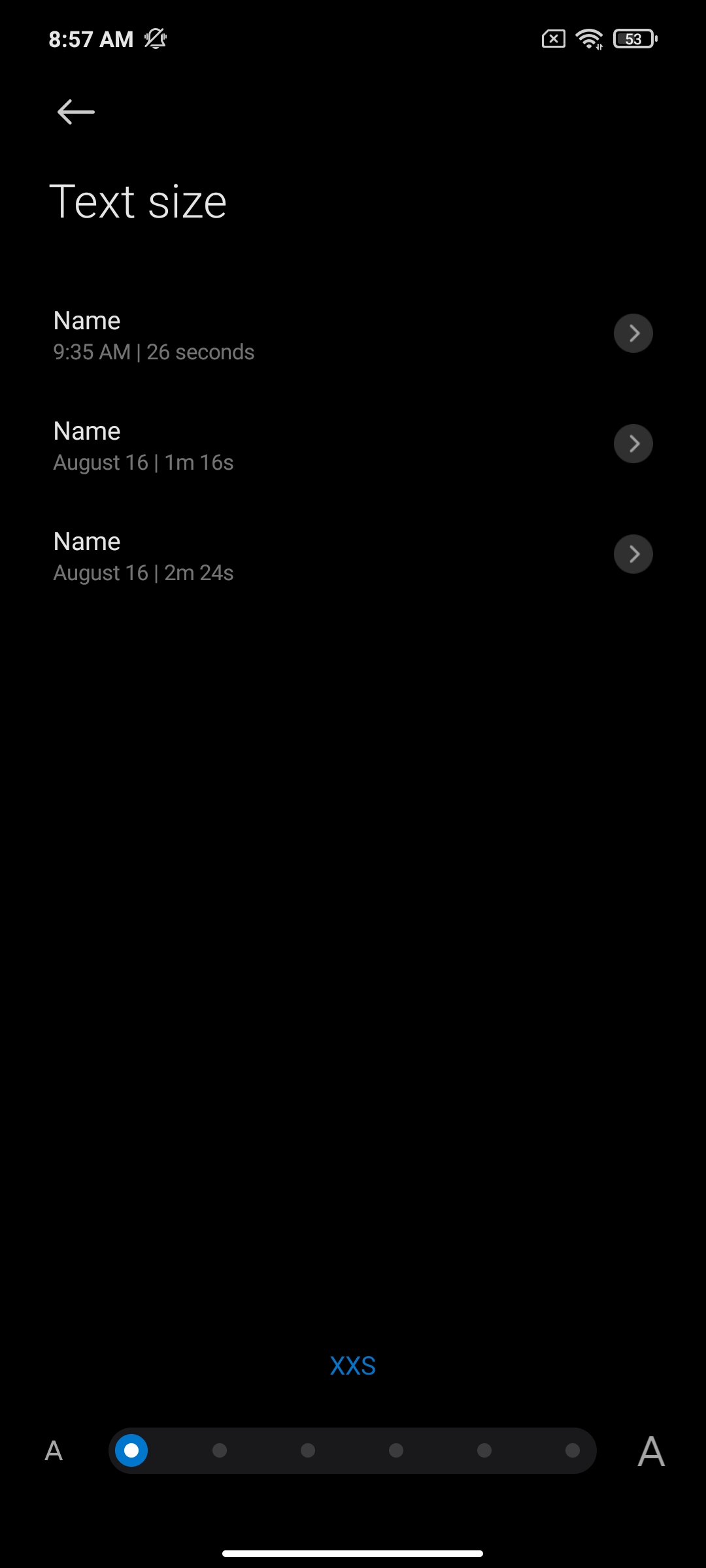

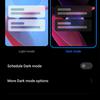

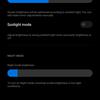





The picture, as befits an IPS panel, is more calm and natural compared to AMOLED. The viewing angles are maximum, and the brightness is sufficient for a sunny day. In the saturated mode, the maximum luminance amounted to 435.56 cd/m 2, the black luminance of the field – 0.361 cd/m 2, and static contrast – 1207: 1. At the same time, the screen is calibrated very well: the color gamut practically coincides with sRGB, and the deviation to cold shades is very small.


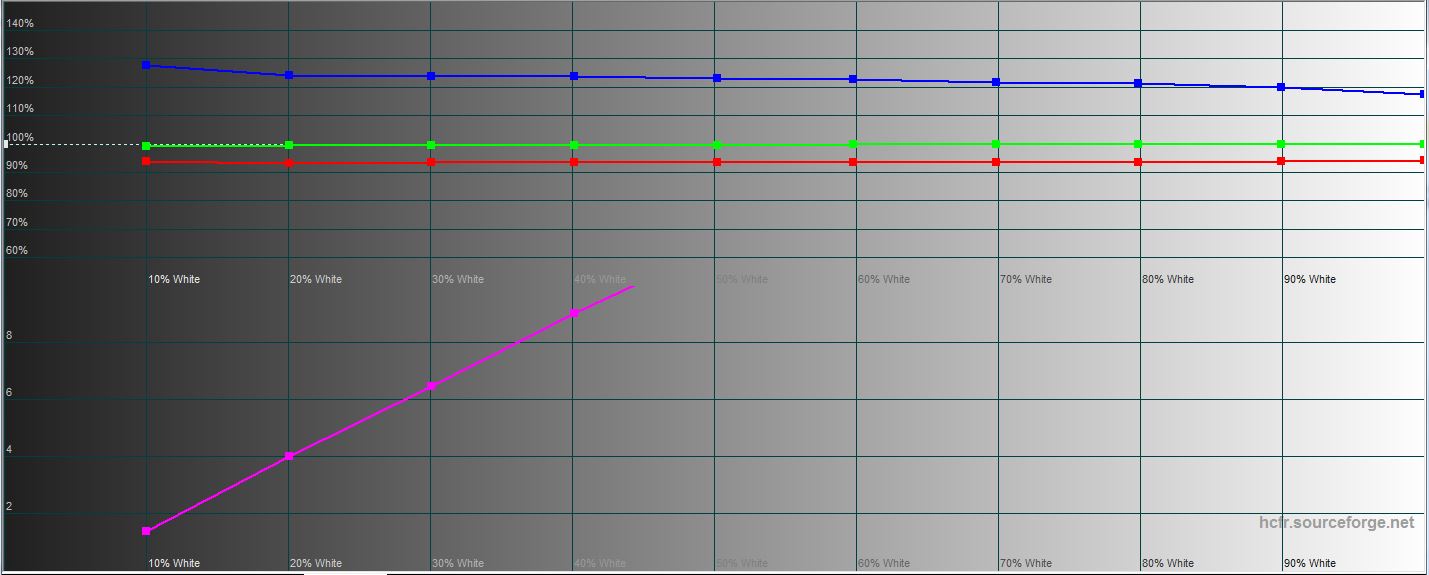
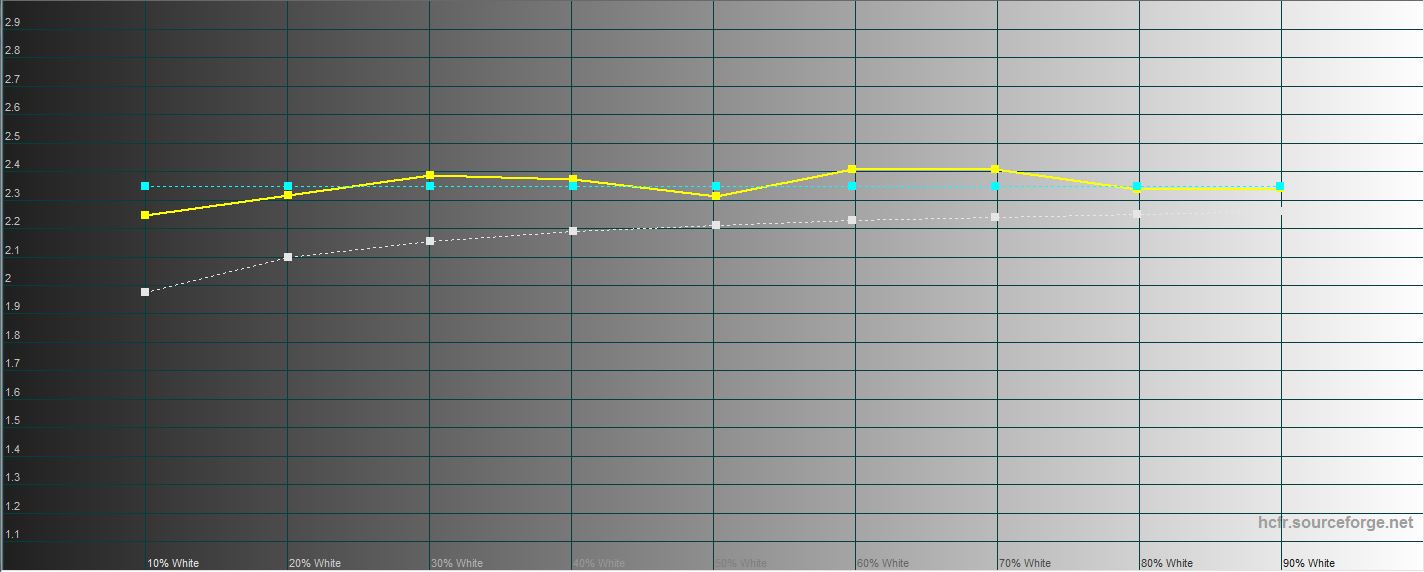
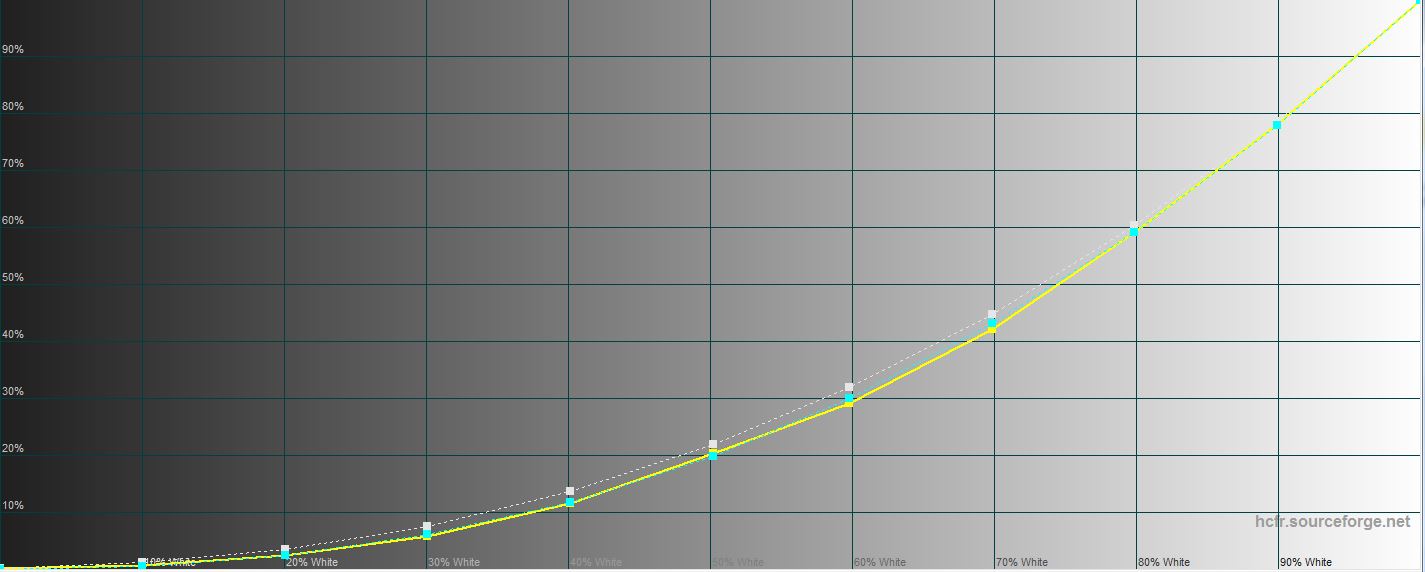





In standard mode, the maximum brightness is slightly below 412,538 cd/m2 , the black luminance of the field – 0.421 cd/m2, and static contrast – 980:1. At the same time, the graphs are as close as possible to the reference values.
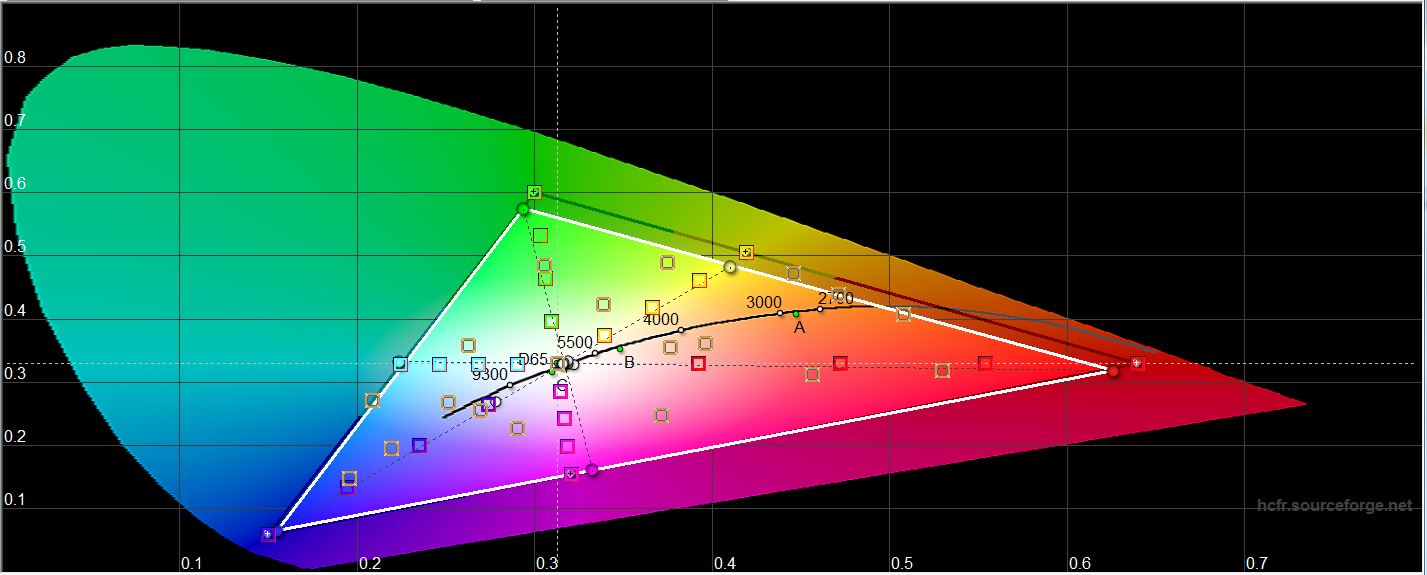
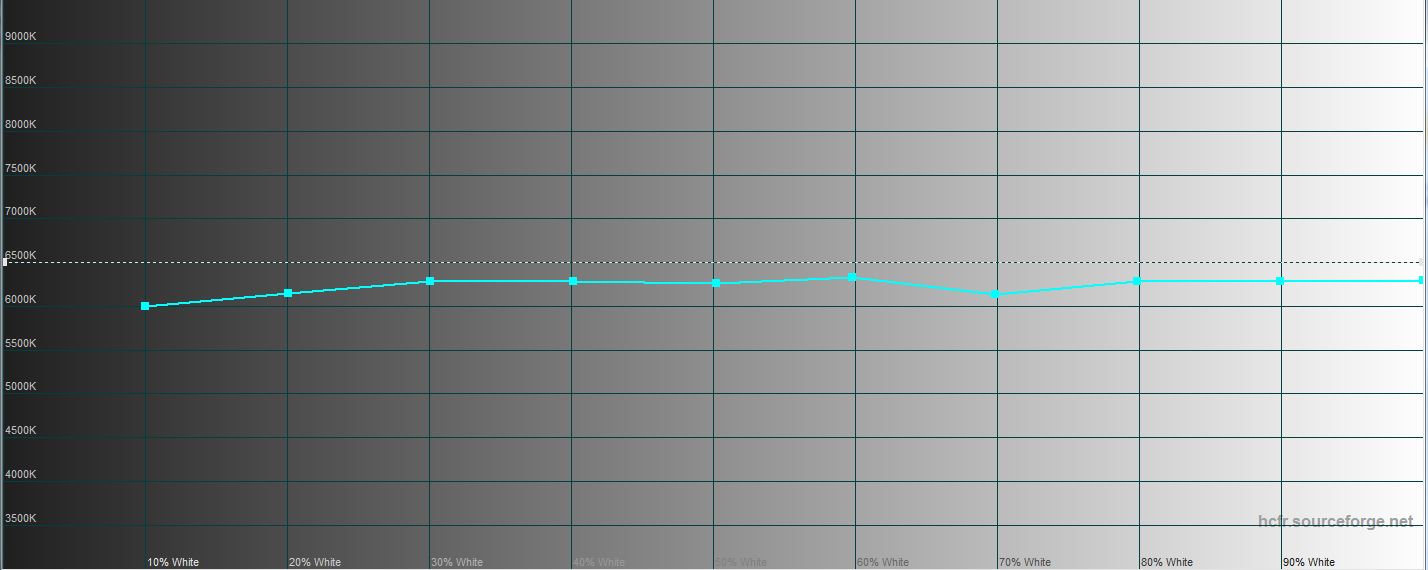
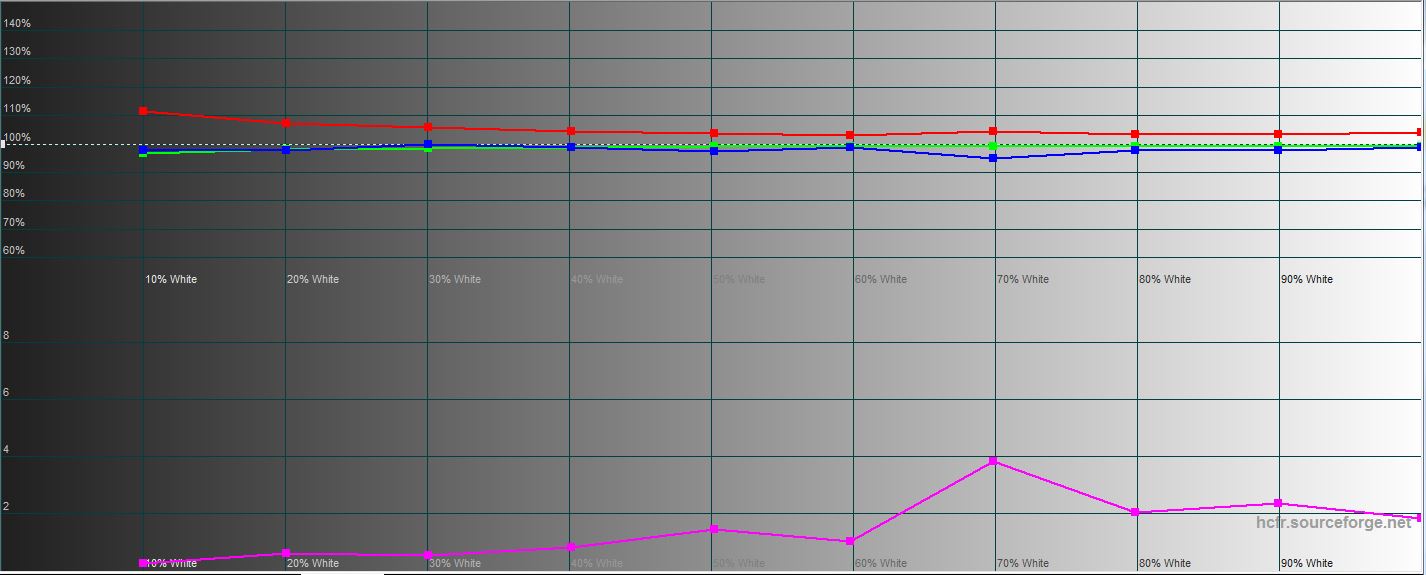
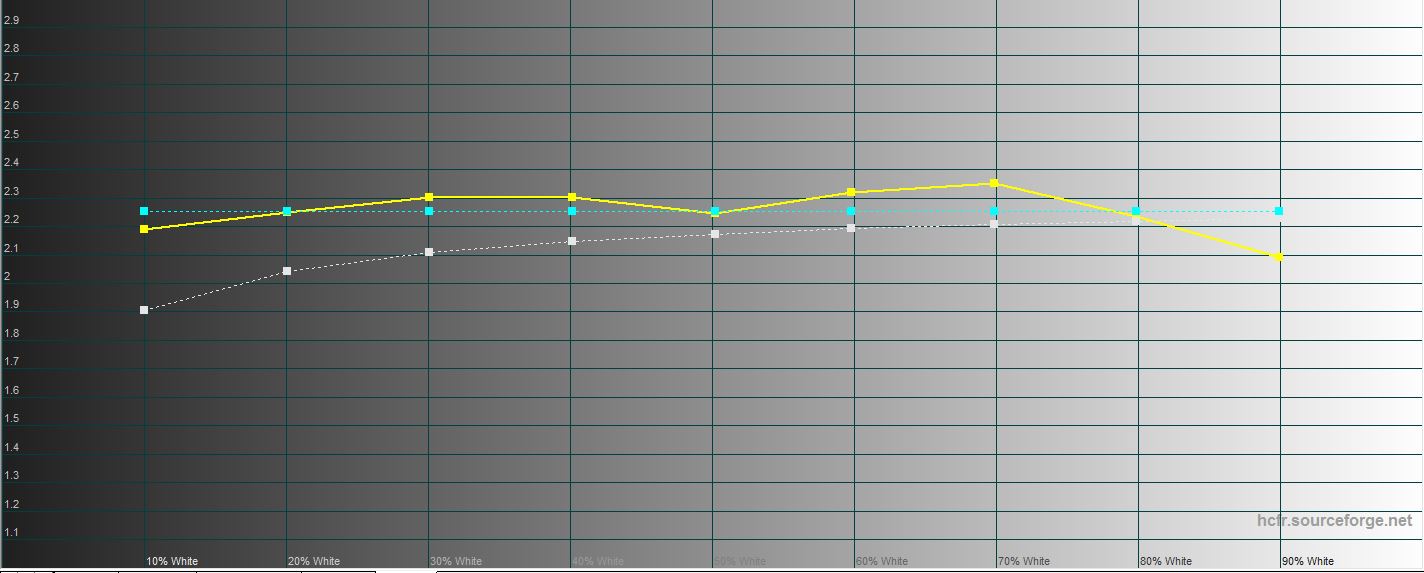
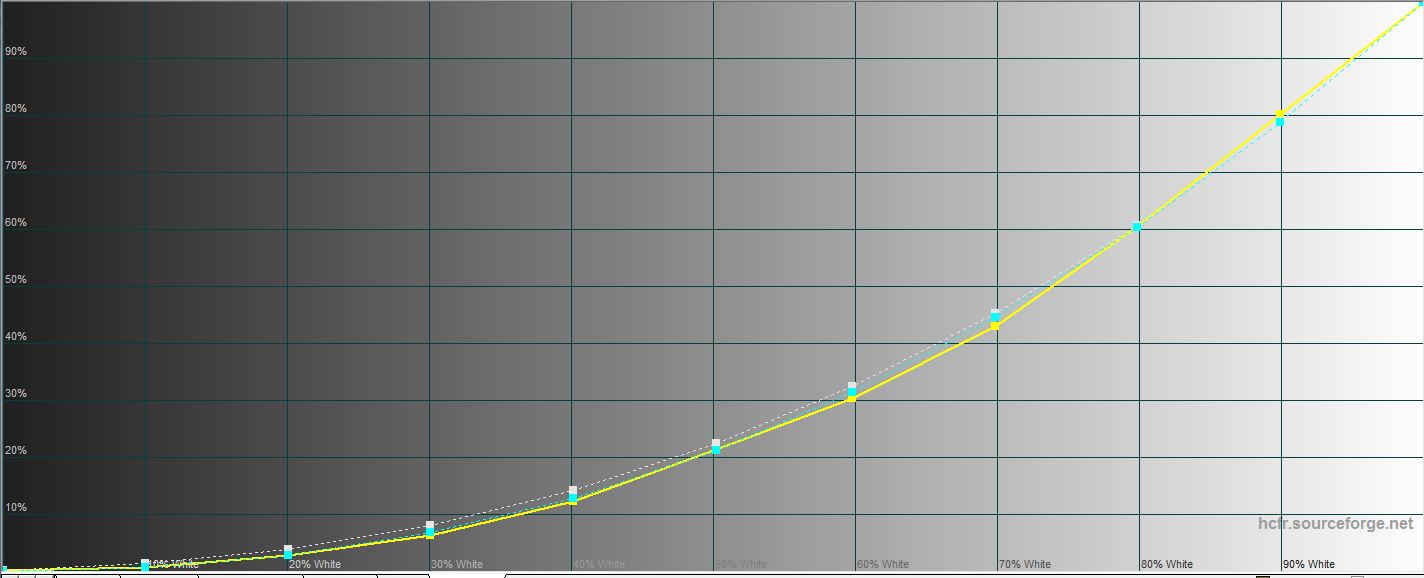





Comparison with other models:
| Device name | The brightness of the white area, cd / m 2 |
Brightness black field cd / m 2 |
Contrast |
|---|---|---|---|
| POCO X3 Pro | 435.56 | 0.361 | 1207: 1 |
| POCO M3 | 362.062 |
0.27 | 1341: 1 |
| realme X3 SuperZoom | 364.375 | 0.405 | 900: 1 |
| Nokia 5.3 | 384.335 | 0.397 | 968: 1 |
| realme C3 | 421.453 | 0.409 | 1030: 1 |
| Realme 6 | 415.488 | 0.38 | 1093: 1 |
Performance, memory, sound and battery life
One of the main differences between the POCO X3 Pro and the POCO X3 NFC is the processor. For NFC it is Snapdragon 732G mid-range processor. And inside POCO X3 Pro we have a fresh Qualcomm Snapdragon 860, which was presented at the beginning of the year. POCO X3 Pro became the first smartphone with this chipset. In fact, the processor is not entirely new. The flagship Snapdragon 855+ was updated, which added support for up to 16 GB of RAM and some additional camera functions.
The rest of the characteristics remain the same. 7nm process technology, eight cores: 1x2.96 GHz Kryo 485 Gold, 3x2.42 GHz Kryo 485 Gold and 4x1.78 GHz Kryo 485 Silver. For the graphics the accelerator Adreno 640 is resposible. So the performance of the smartphone is more than good for this price range.
Another difference from the POCO X3 NFC is the memory. POCO X3 Pro is available in three variants: 6 GB of RAM and 128 GB of internal, 8/128 GB and 8/256 GB. A junior model came to our review. The smartphone demonstrates very high performance in synthetic tests. Even if it is slightly inferior to the current flagships Snapdragon 888 and Exynos 2100.
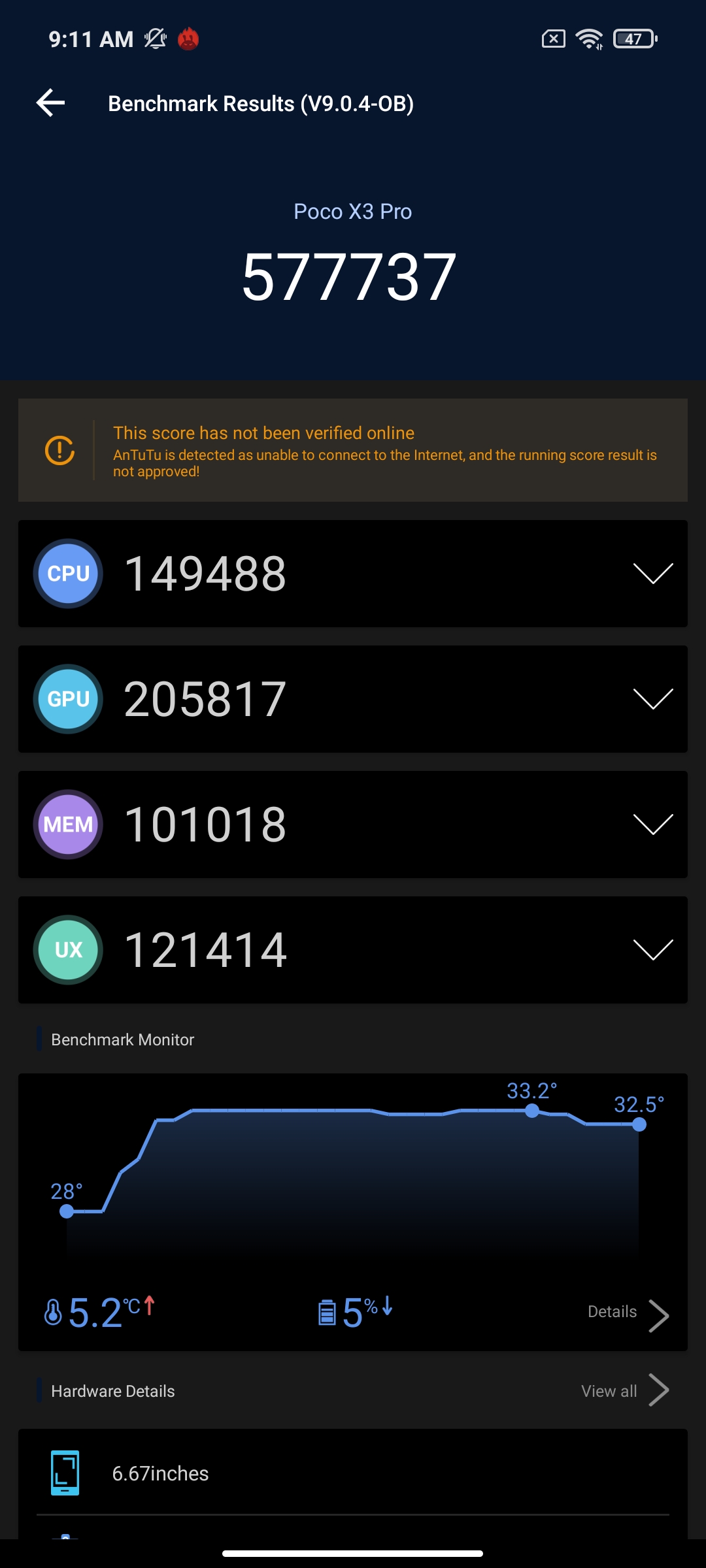
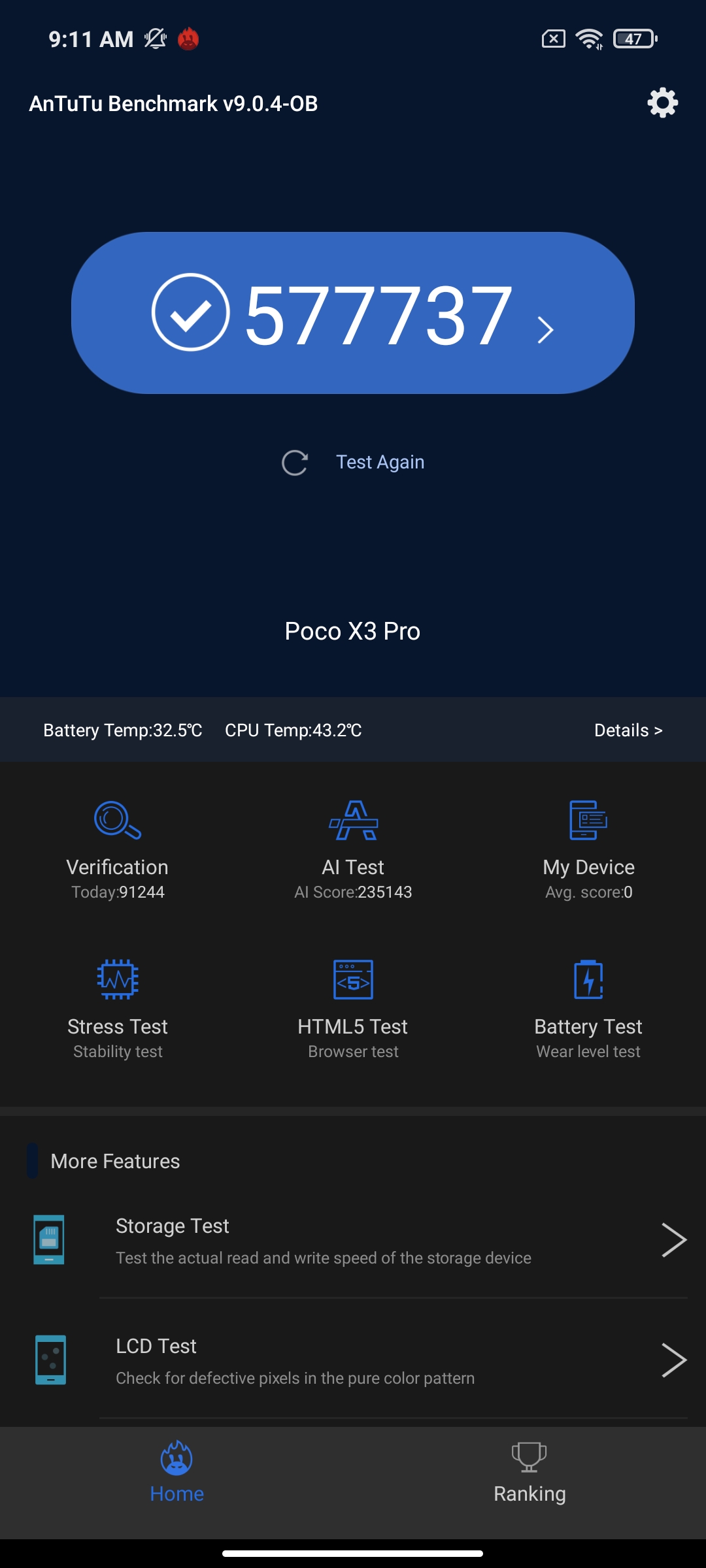
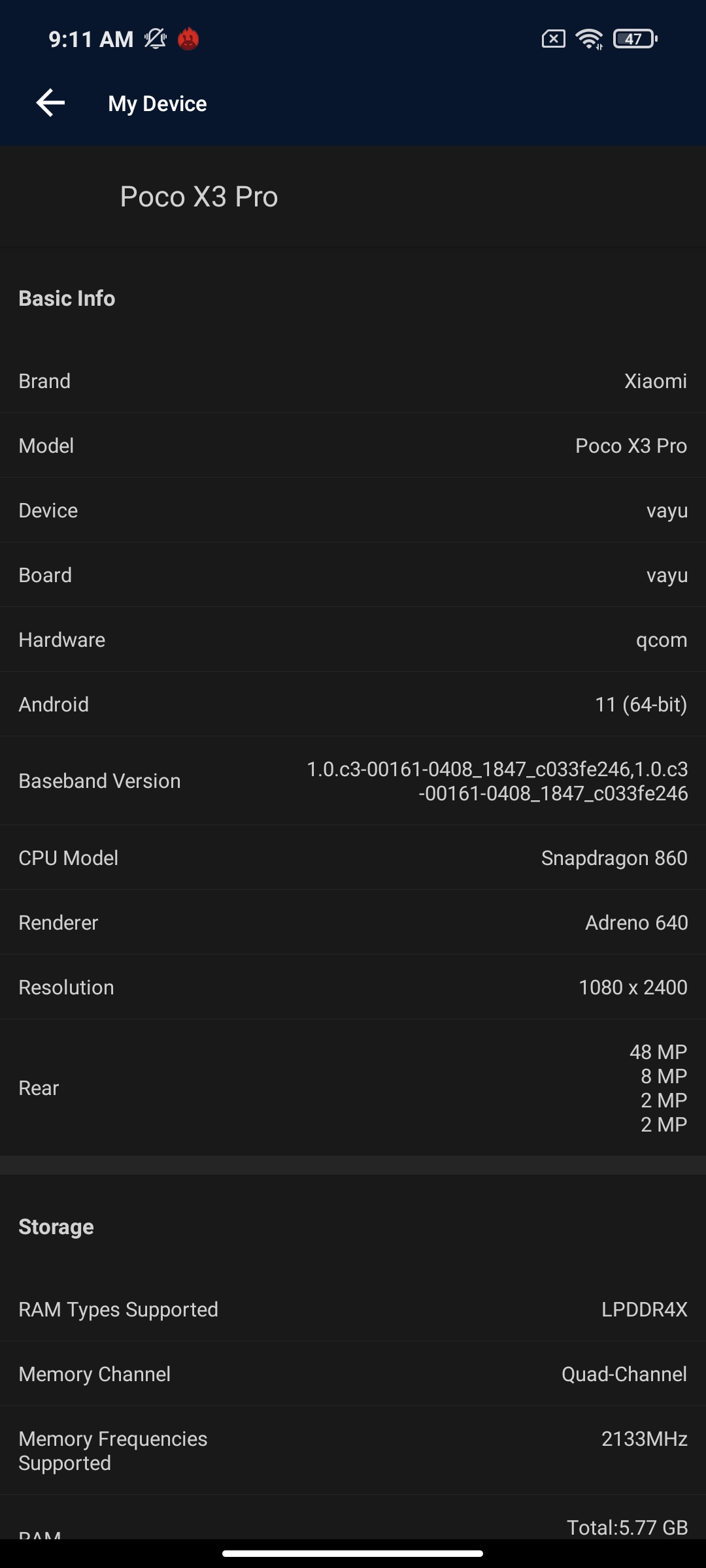
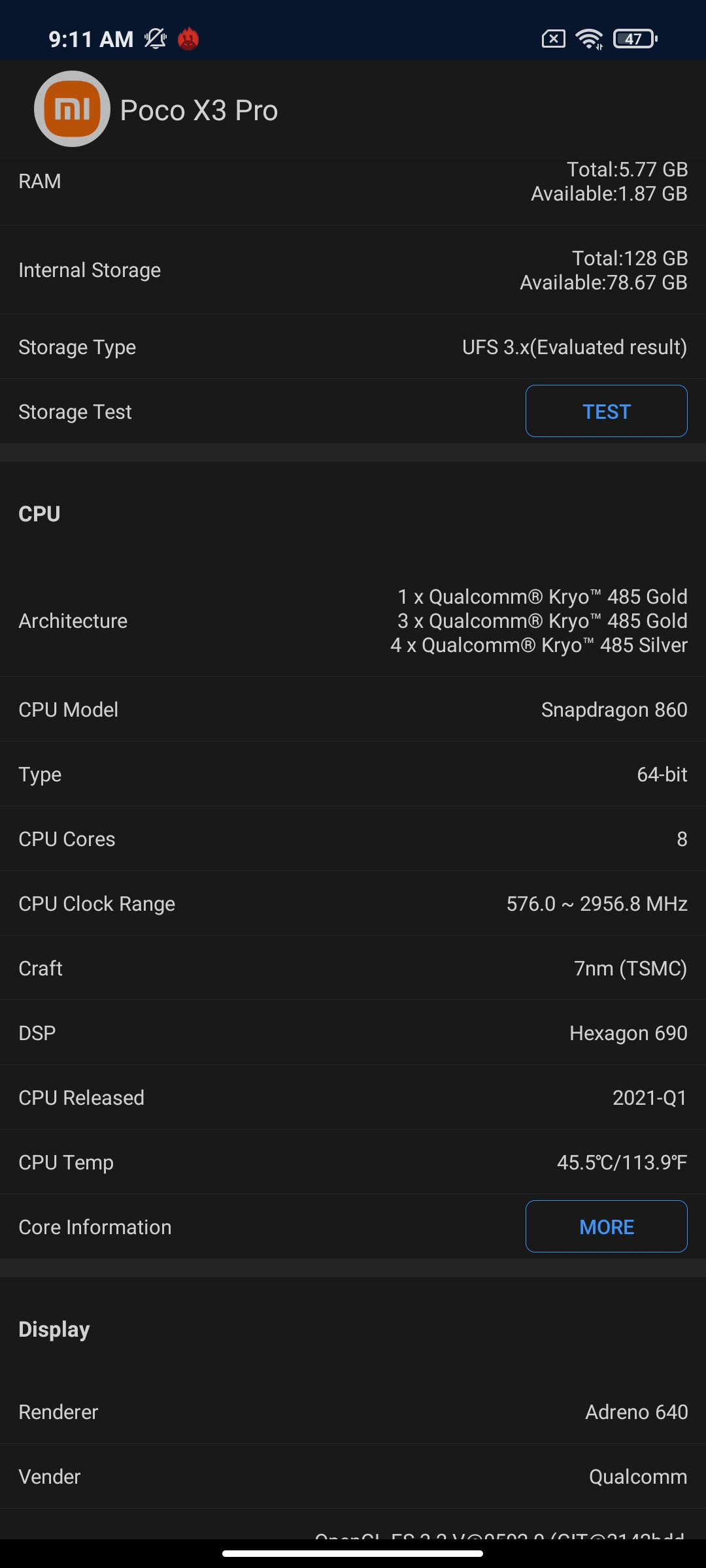
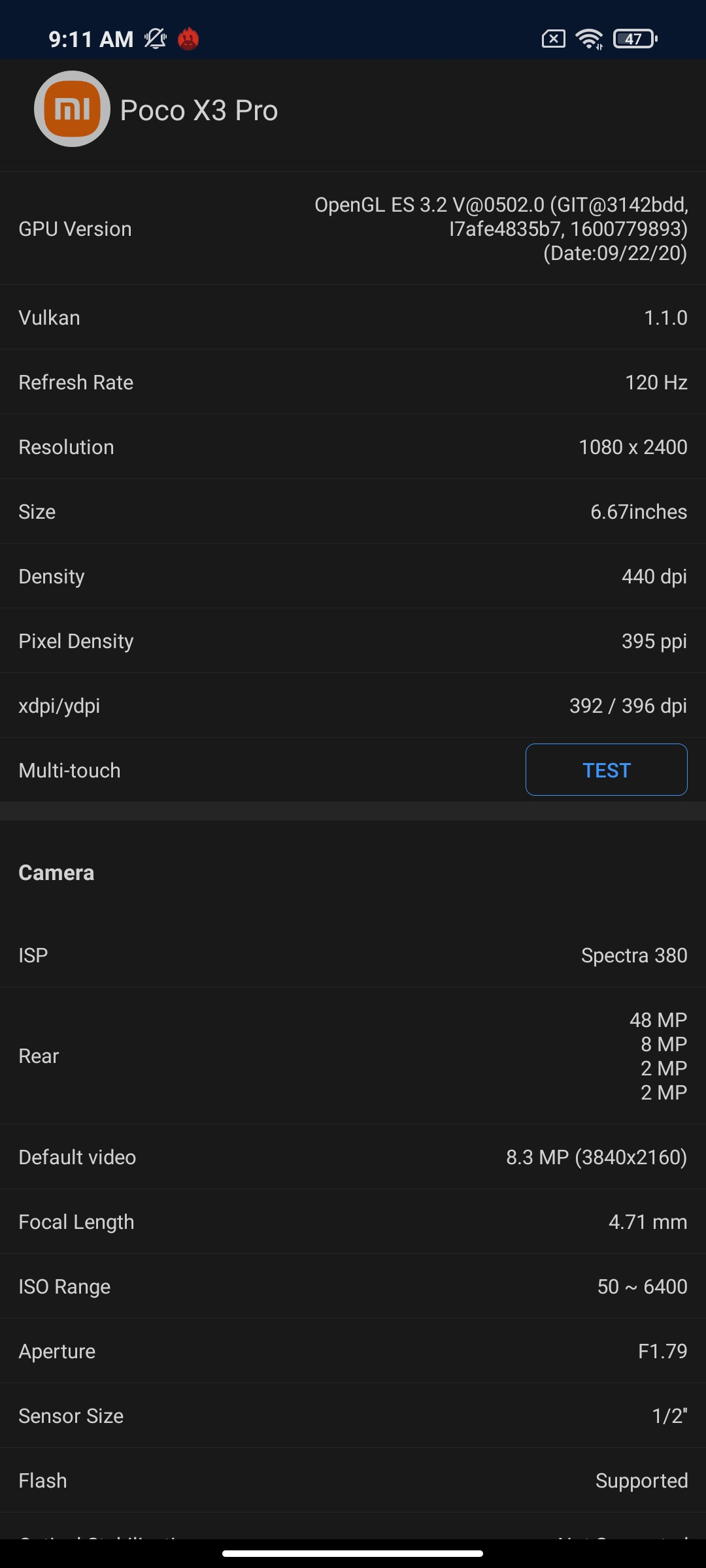
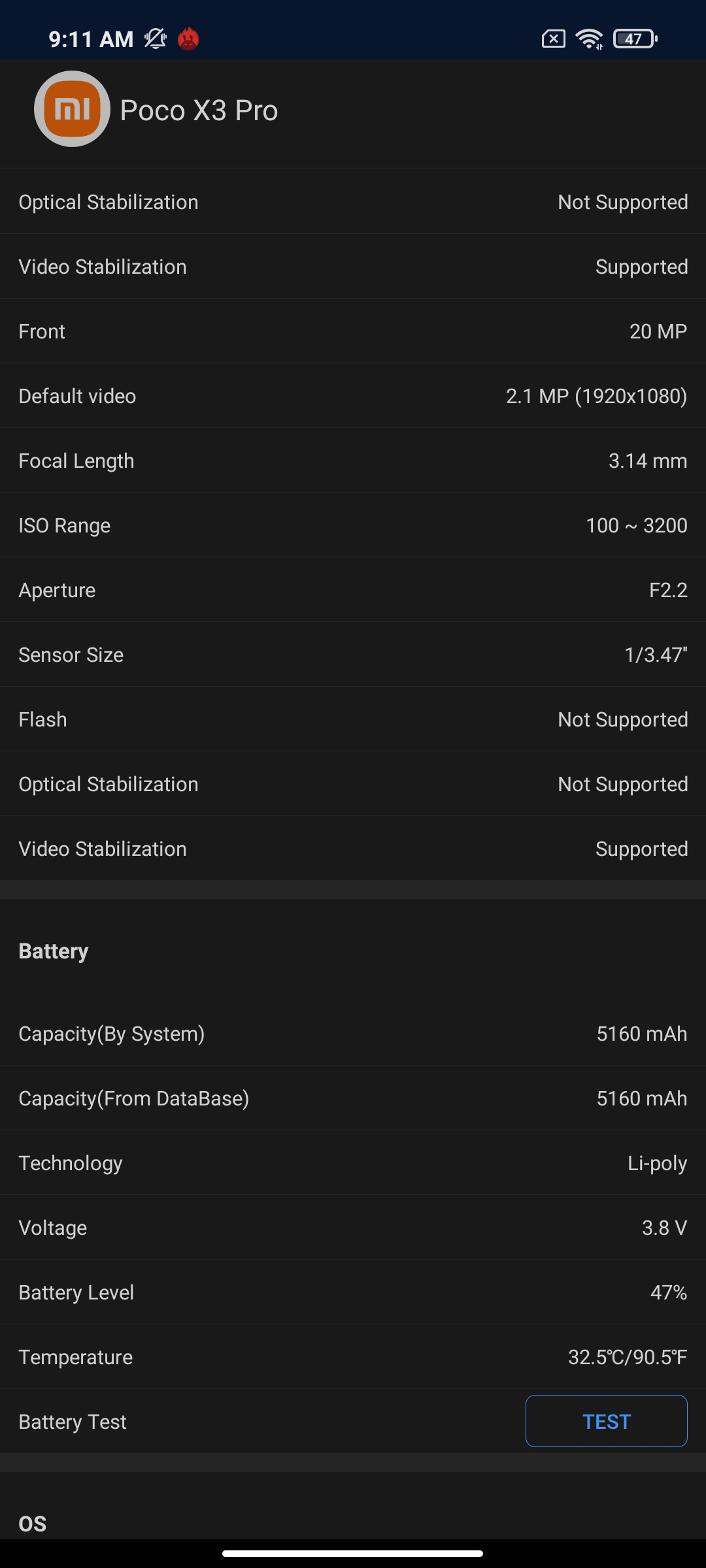

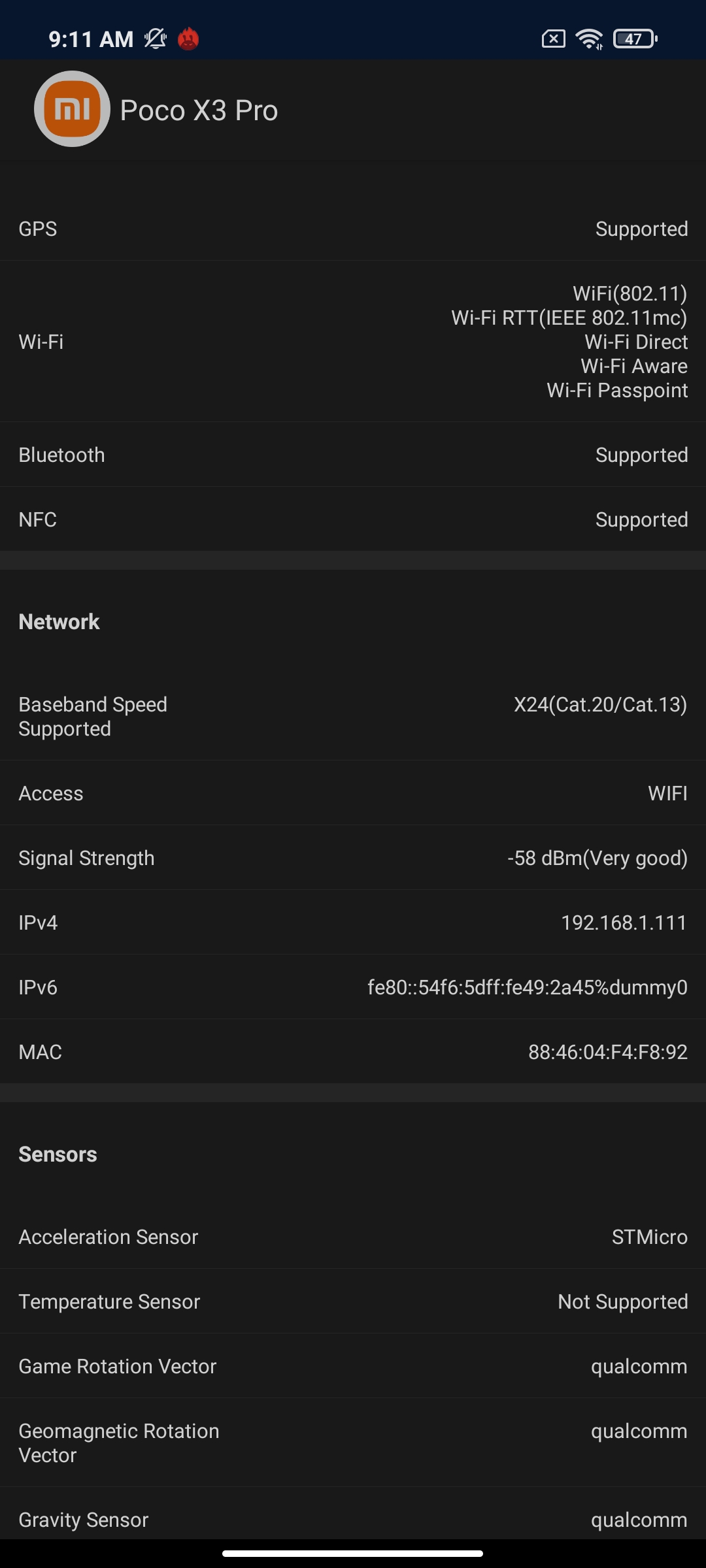
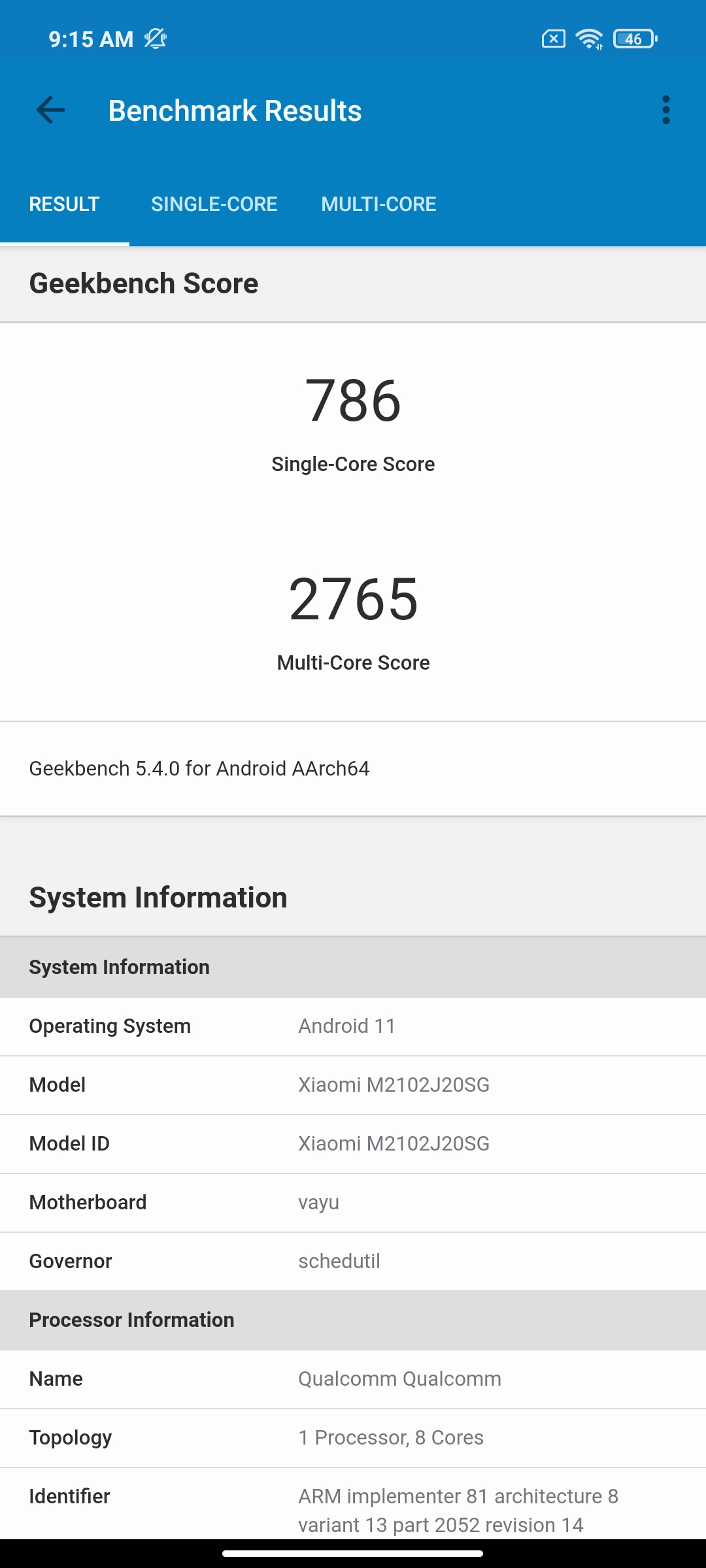
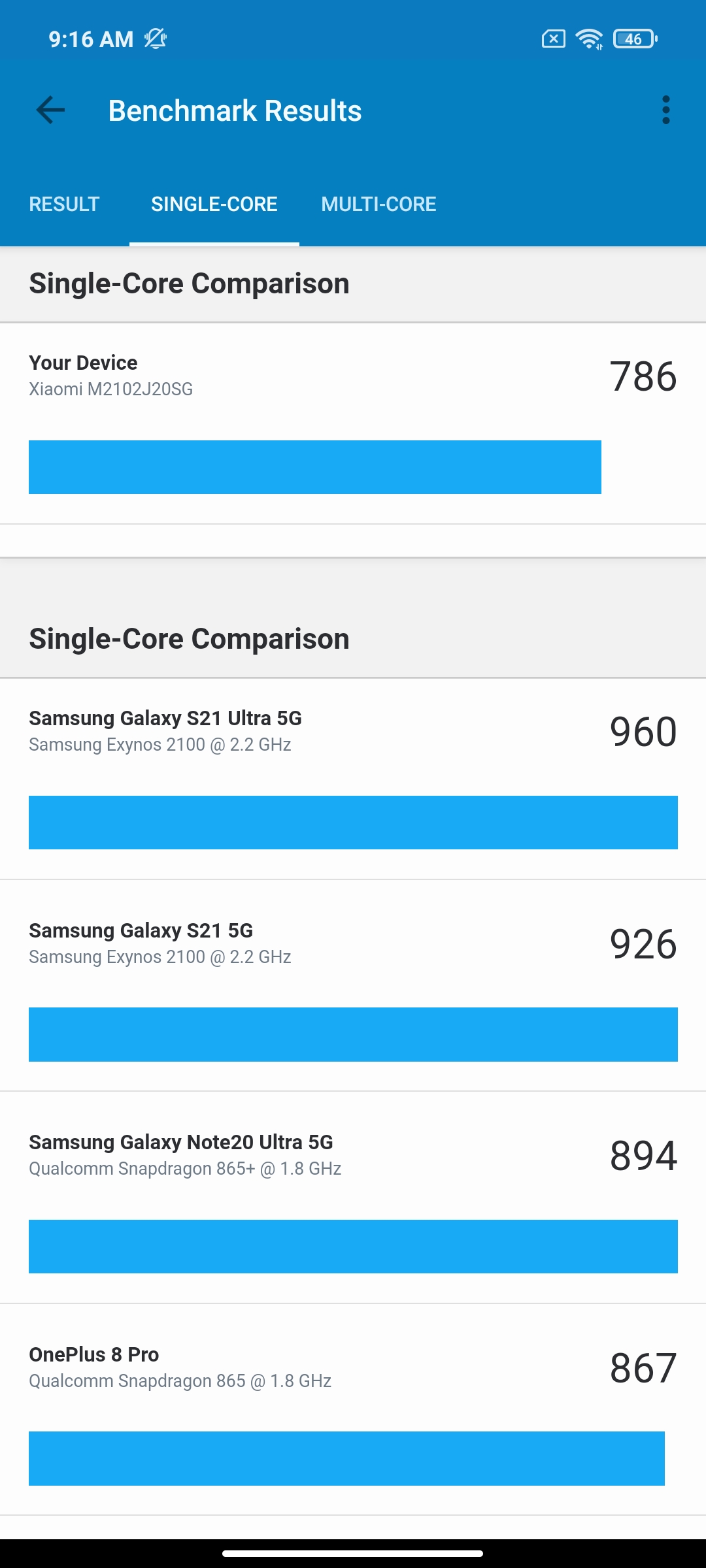
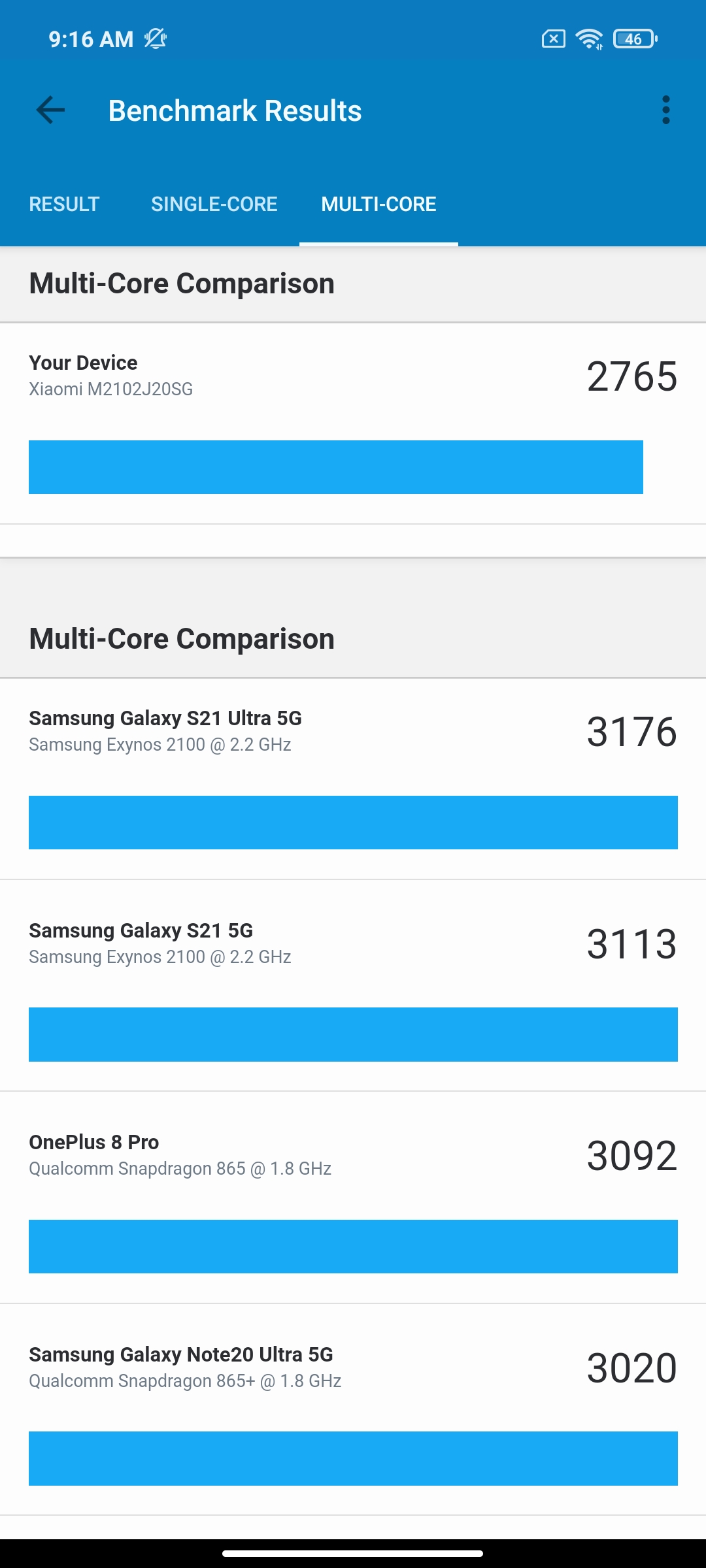
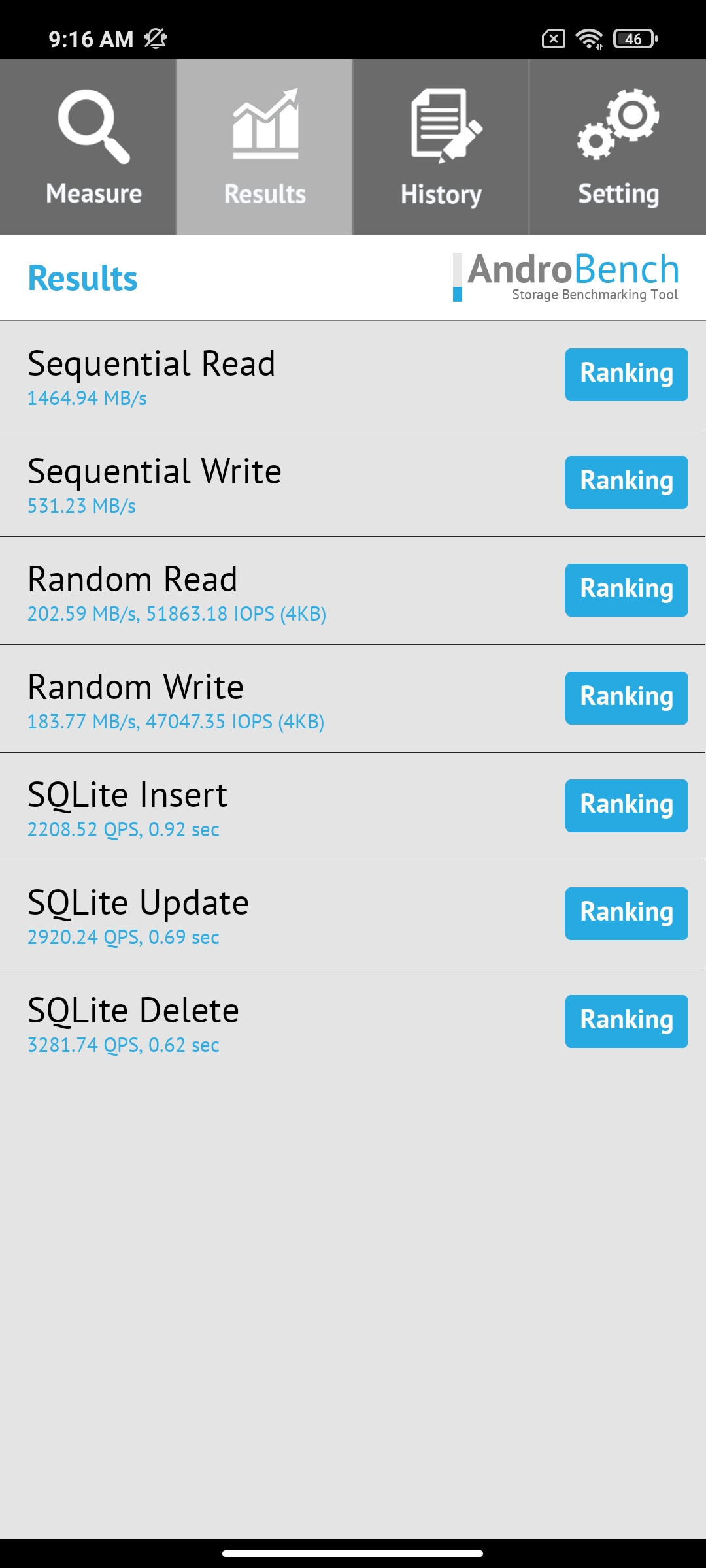
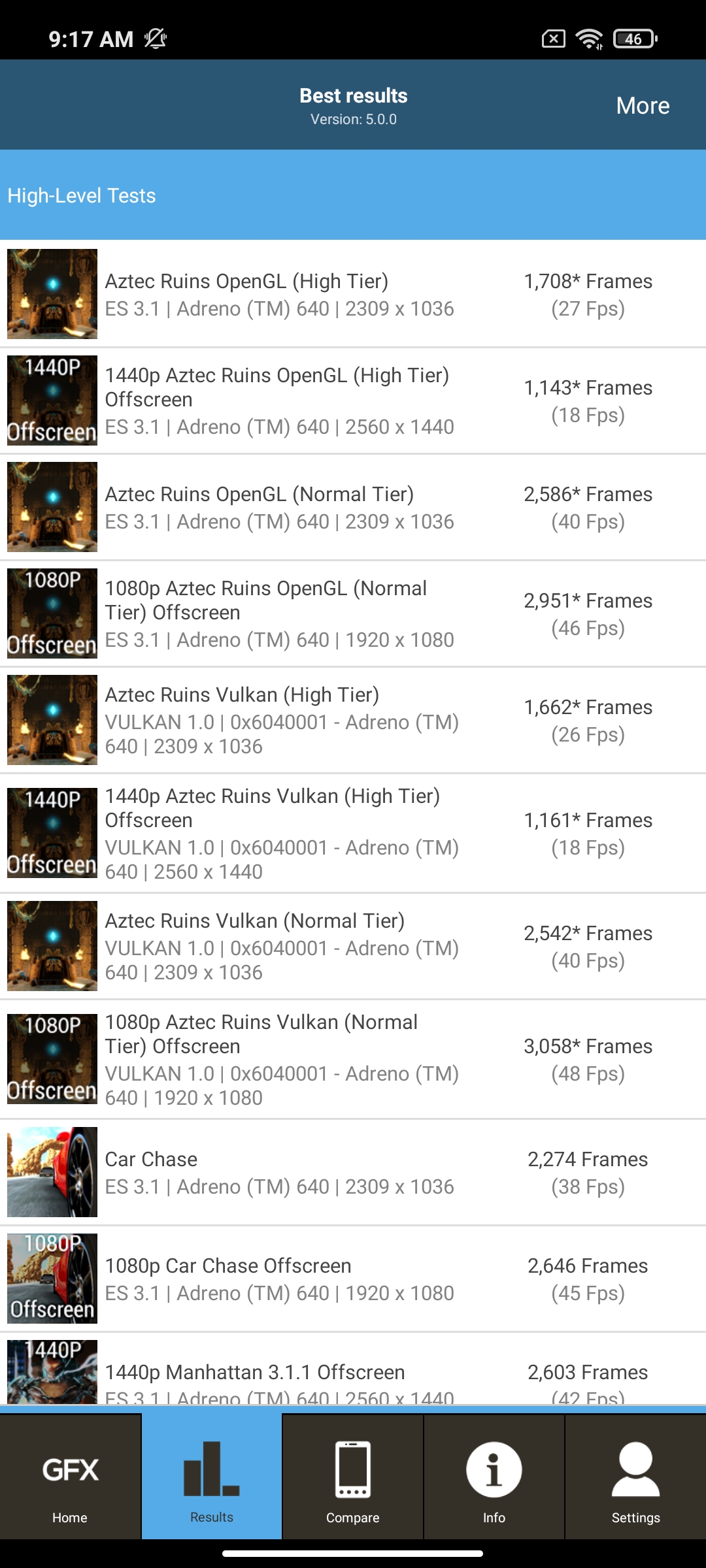
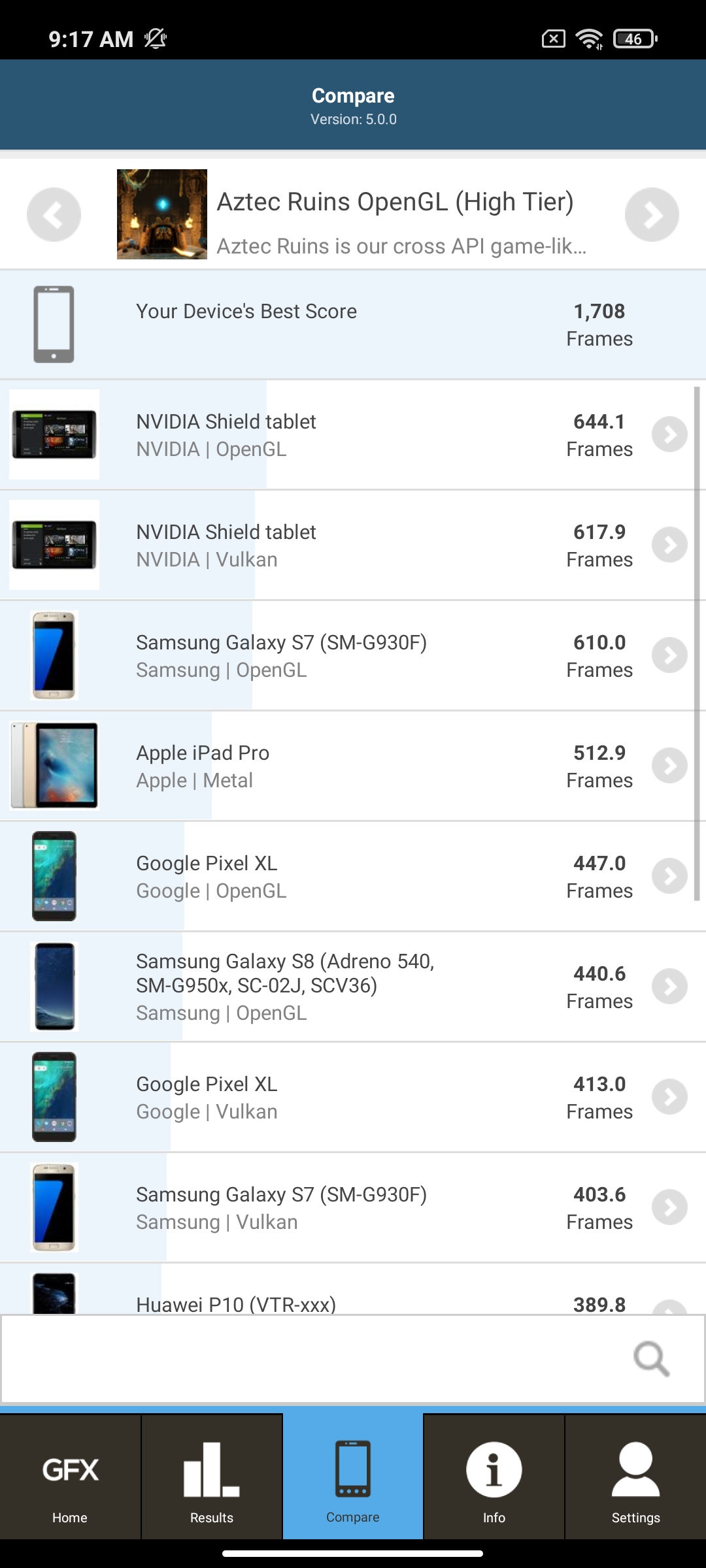
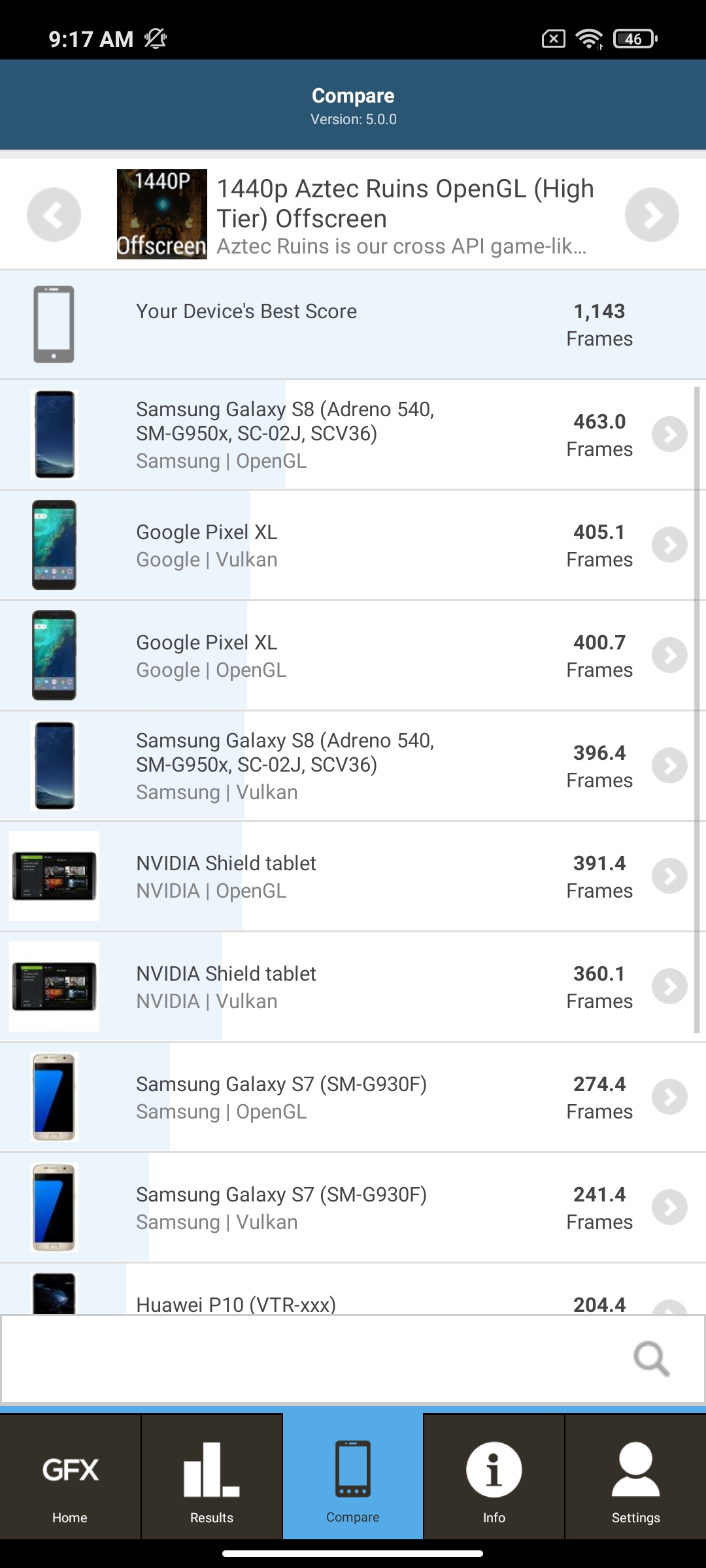
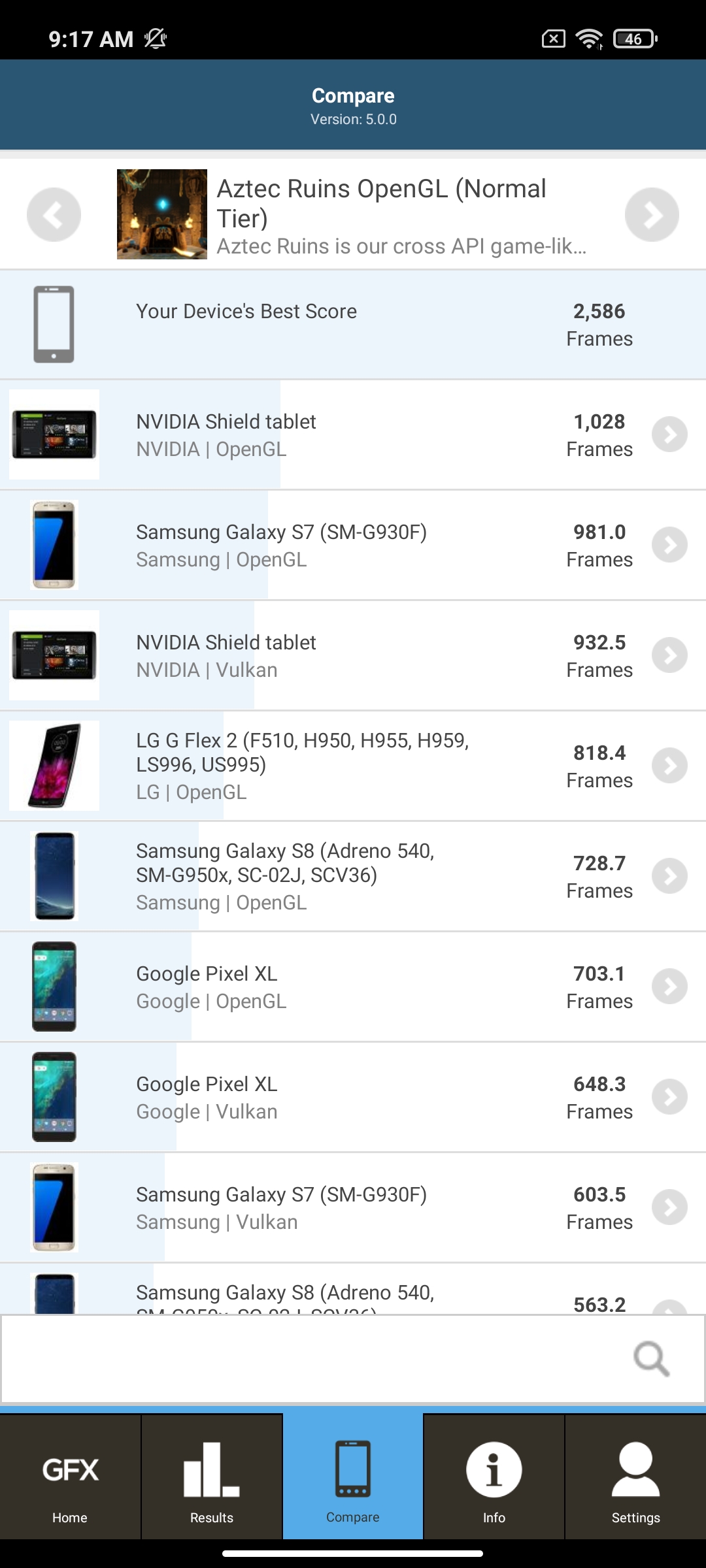
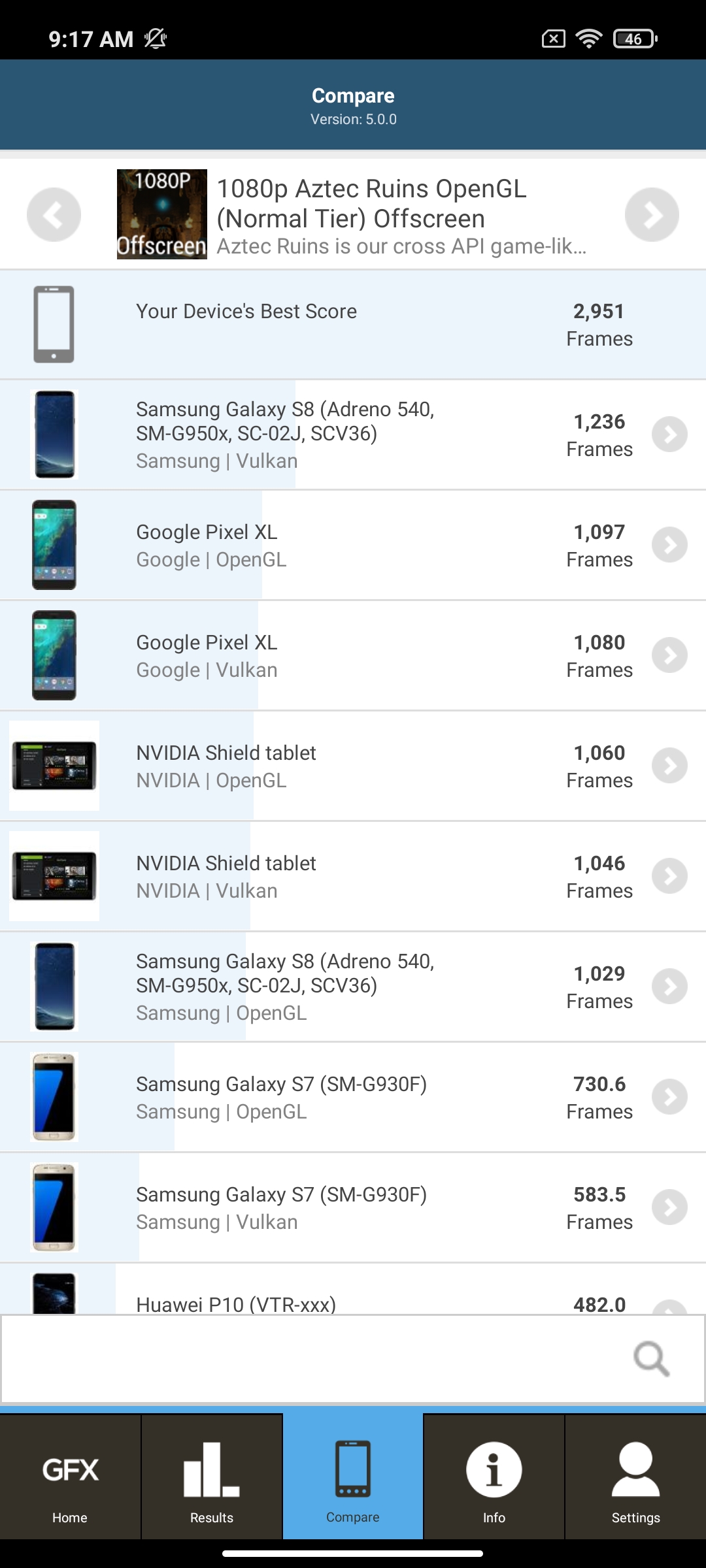
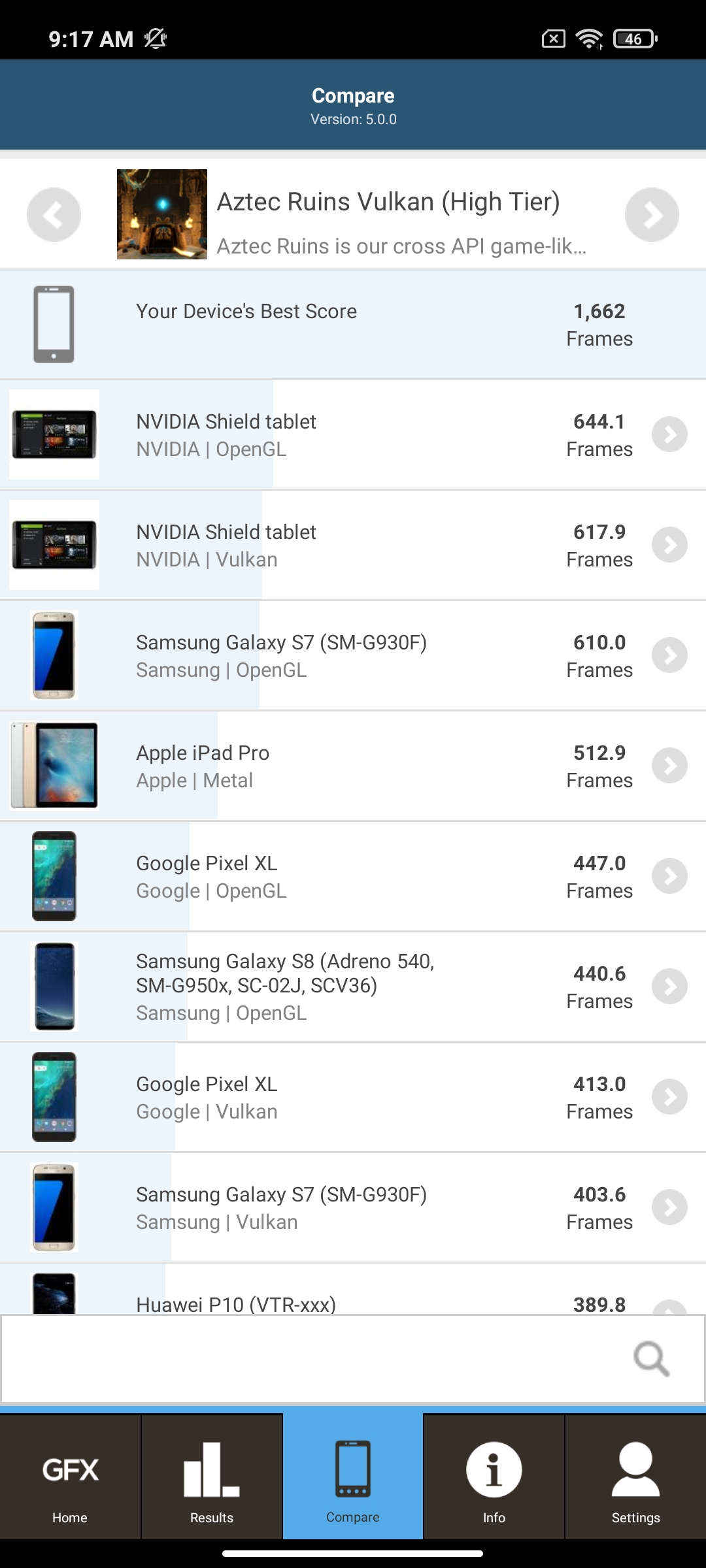
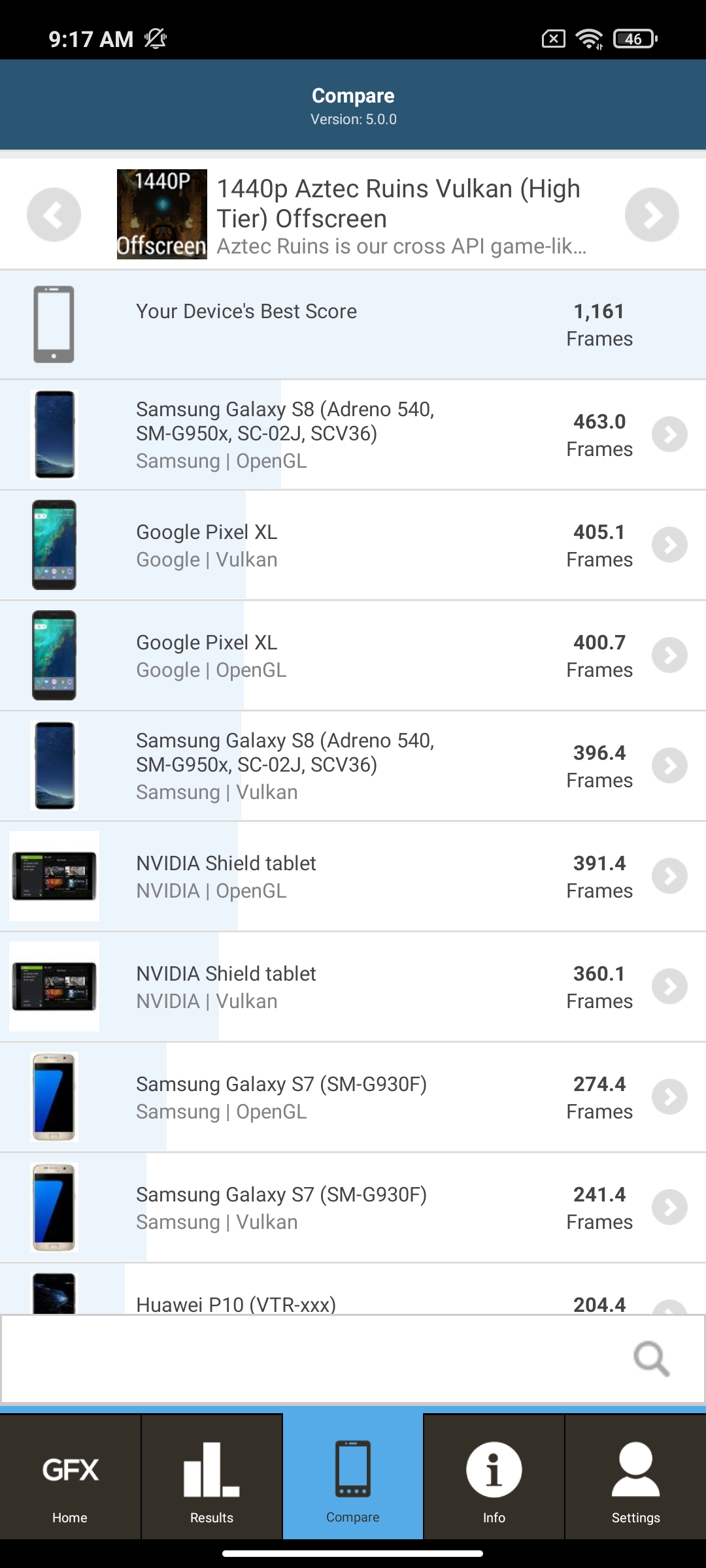
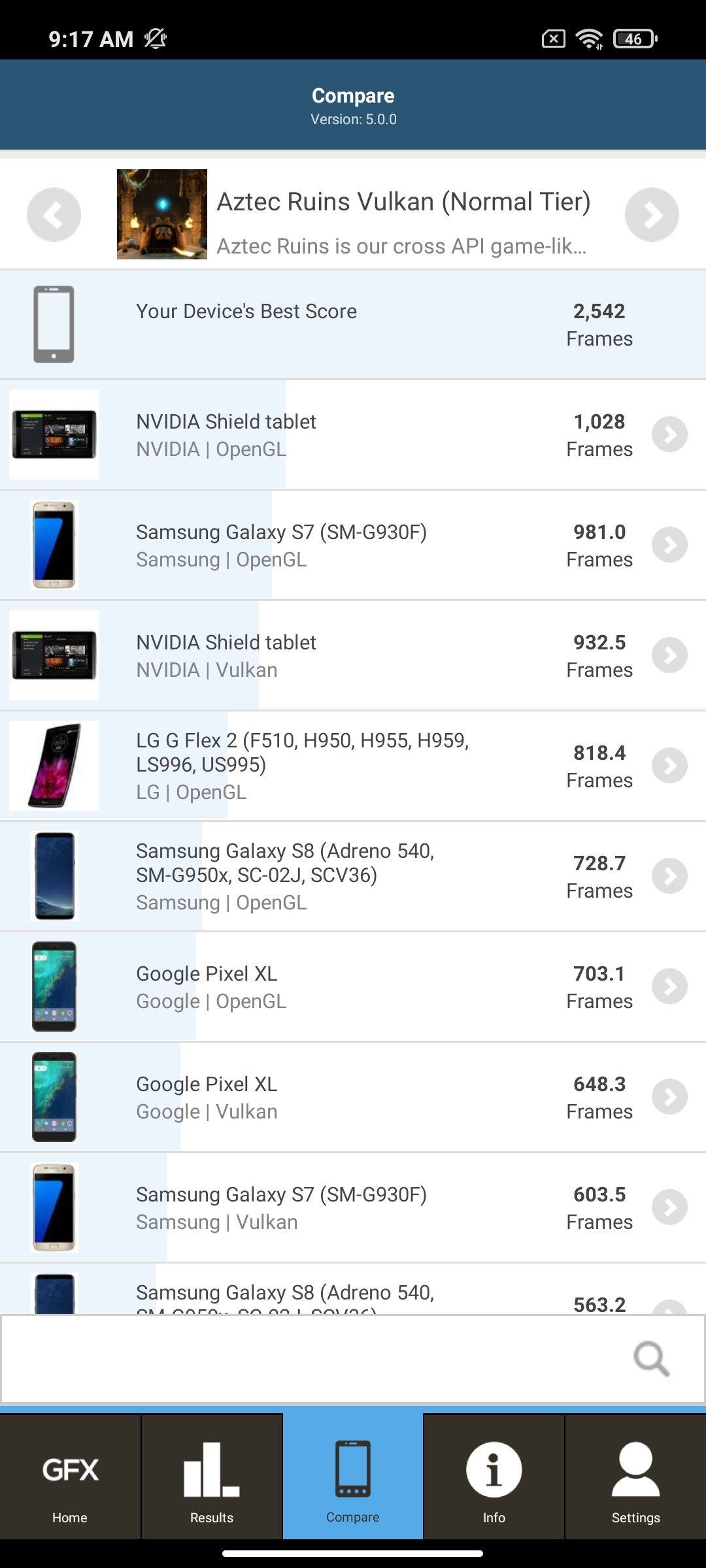
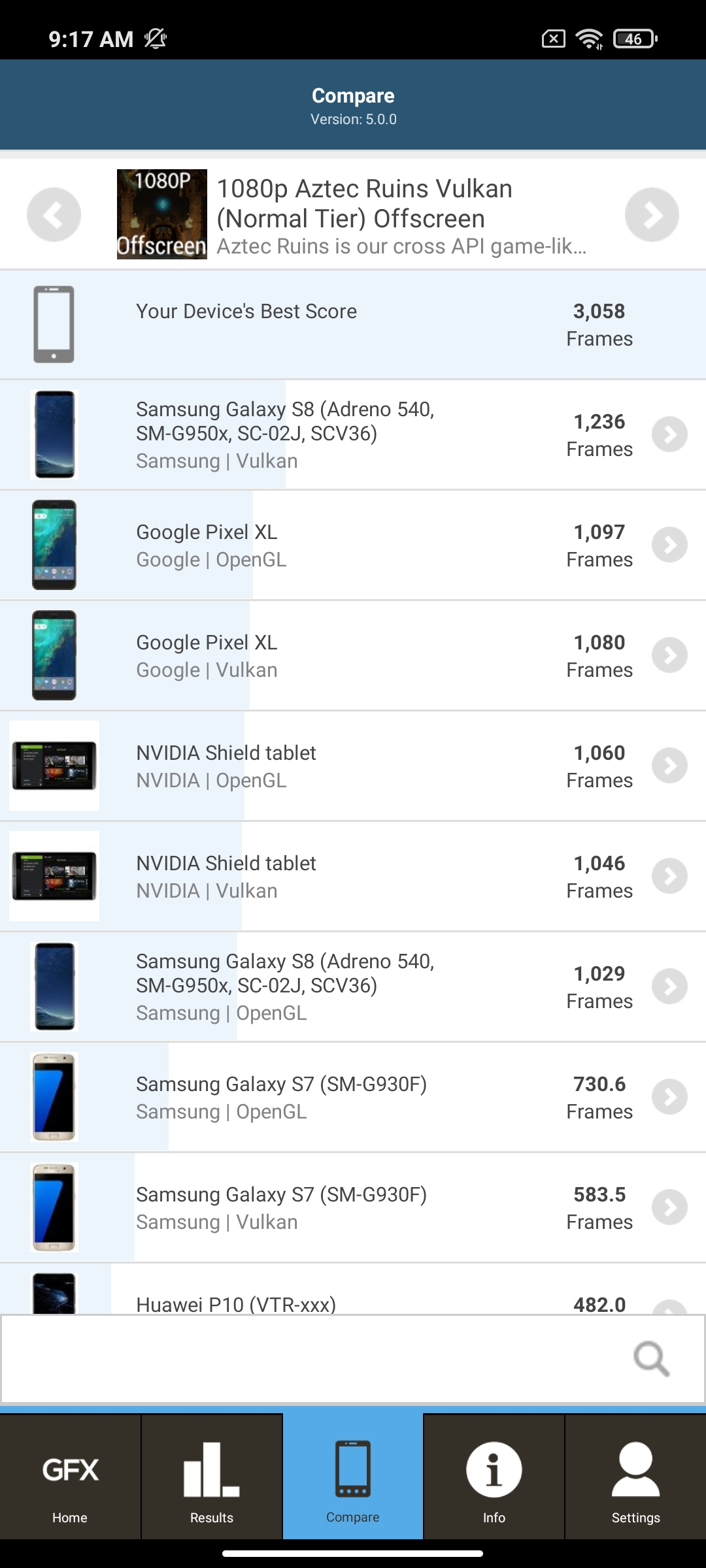
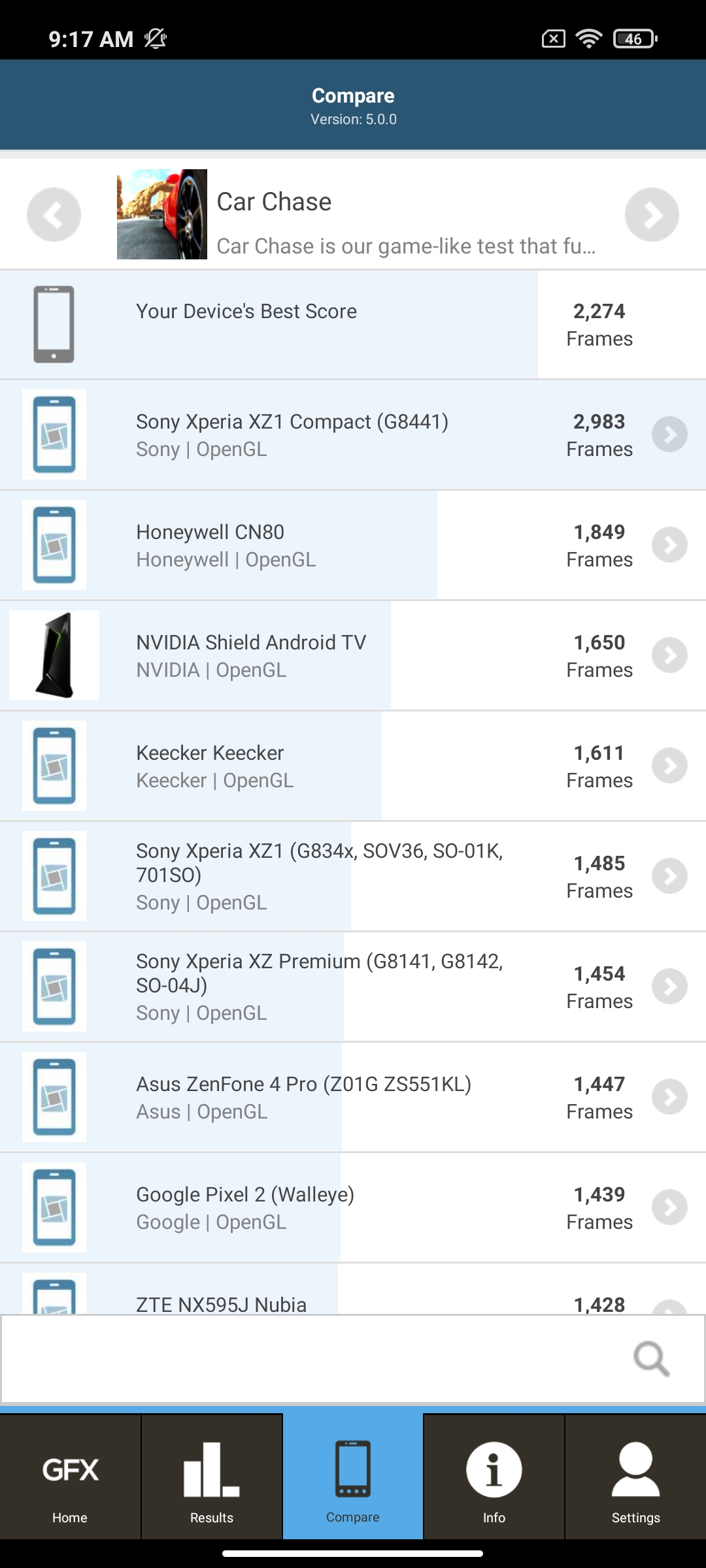
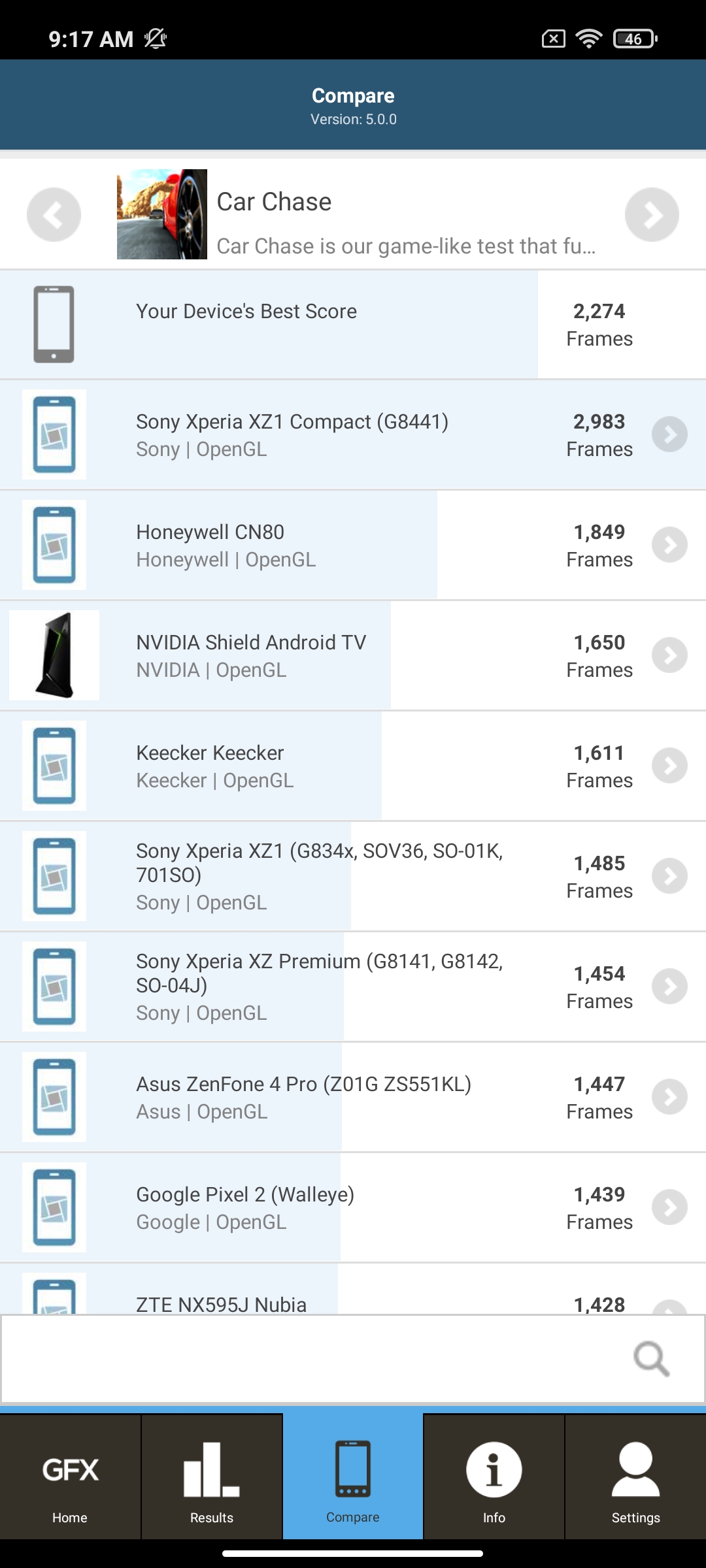
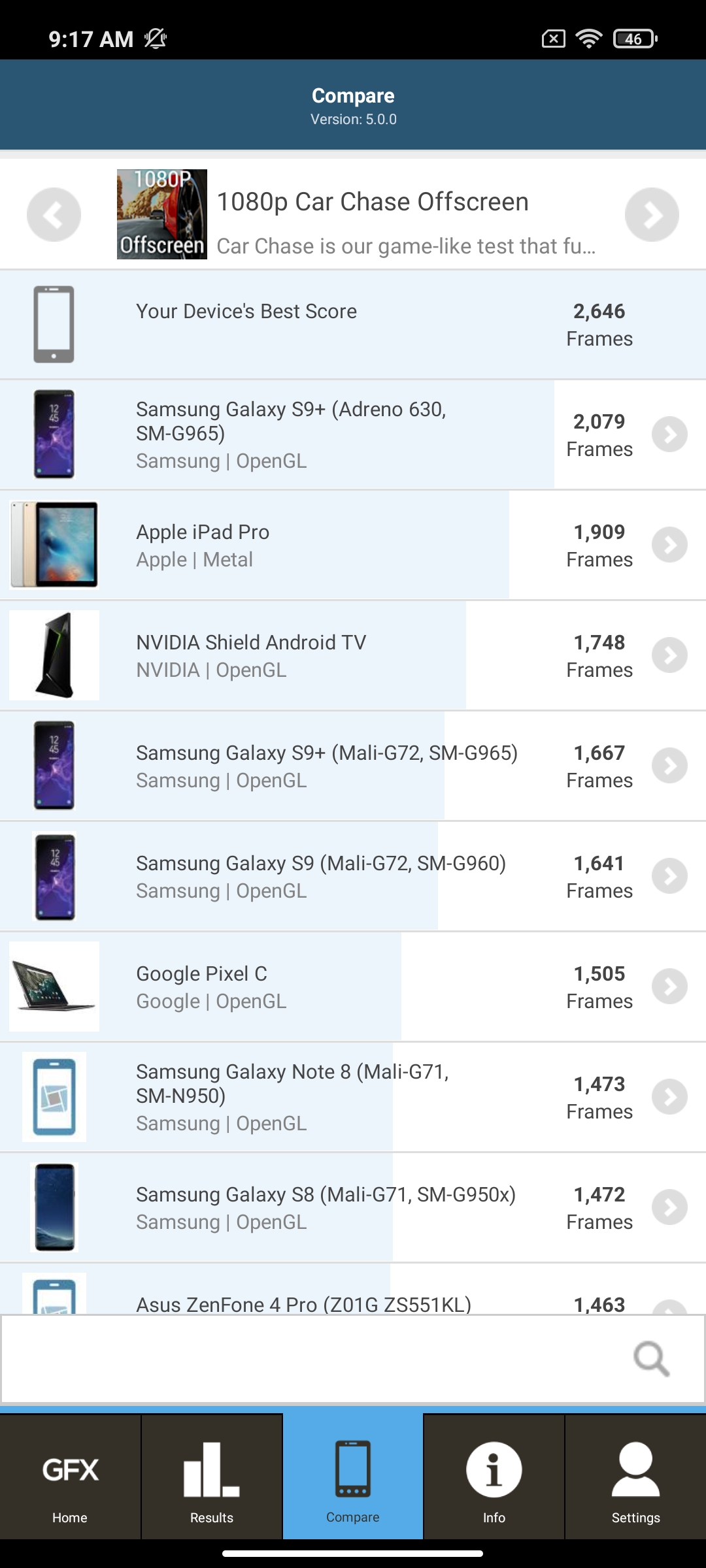

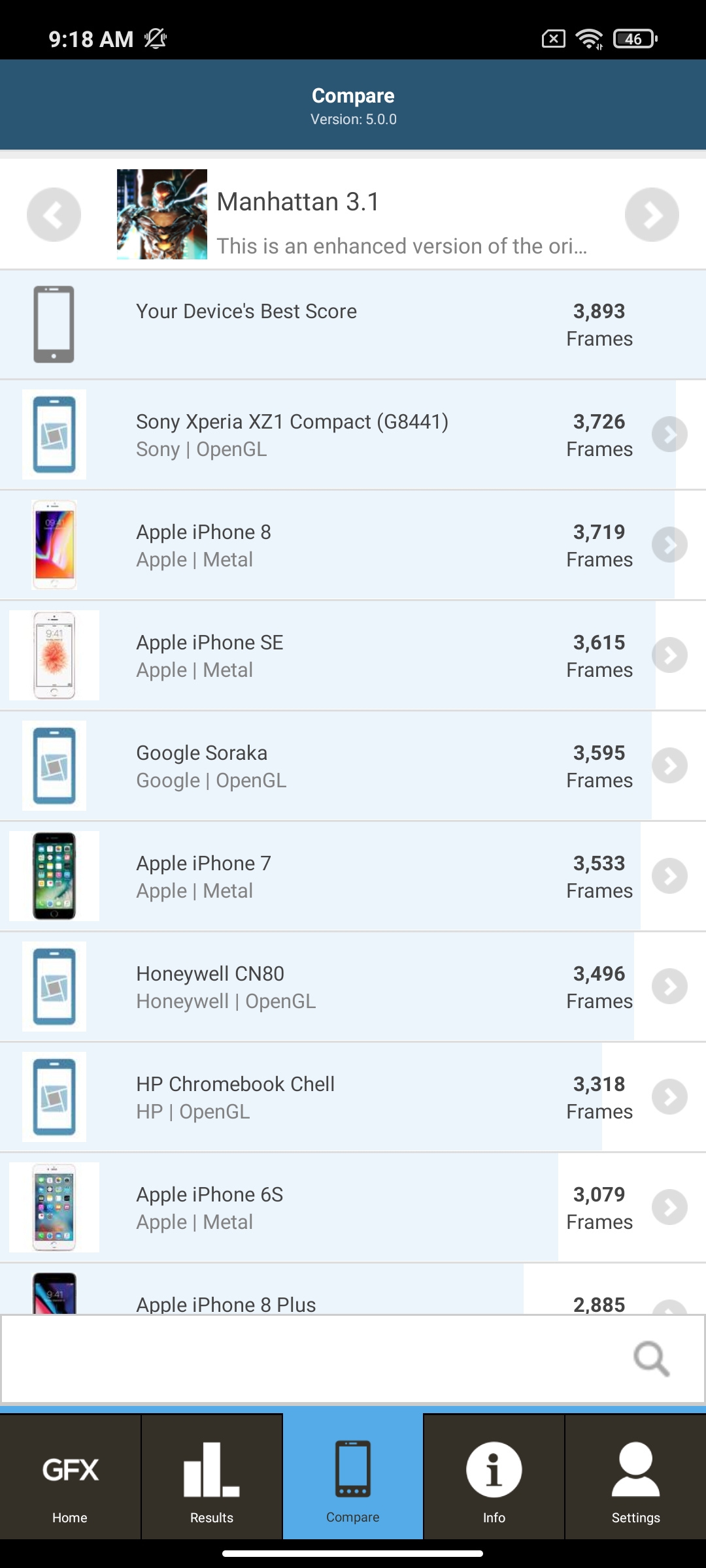

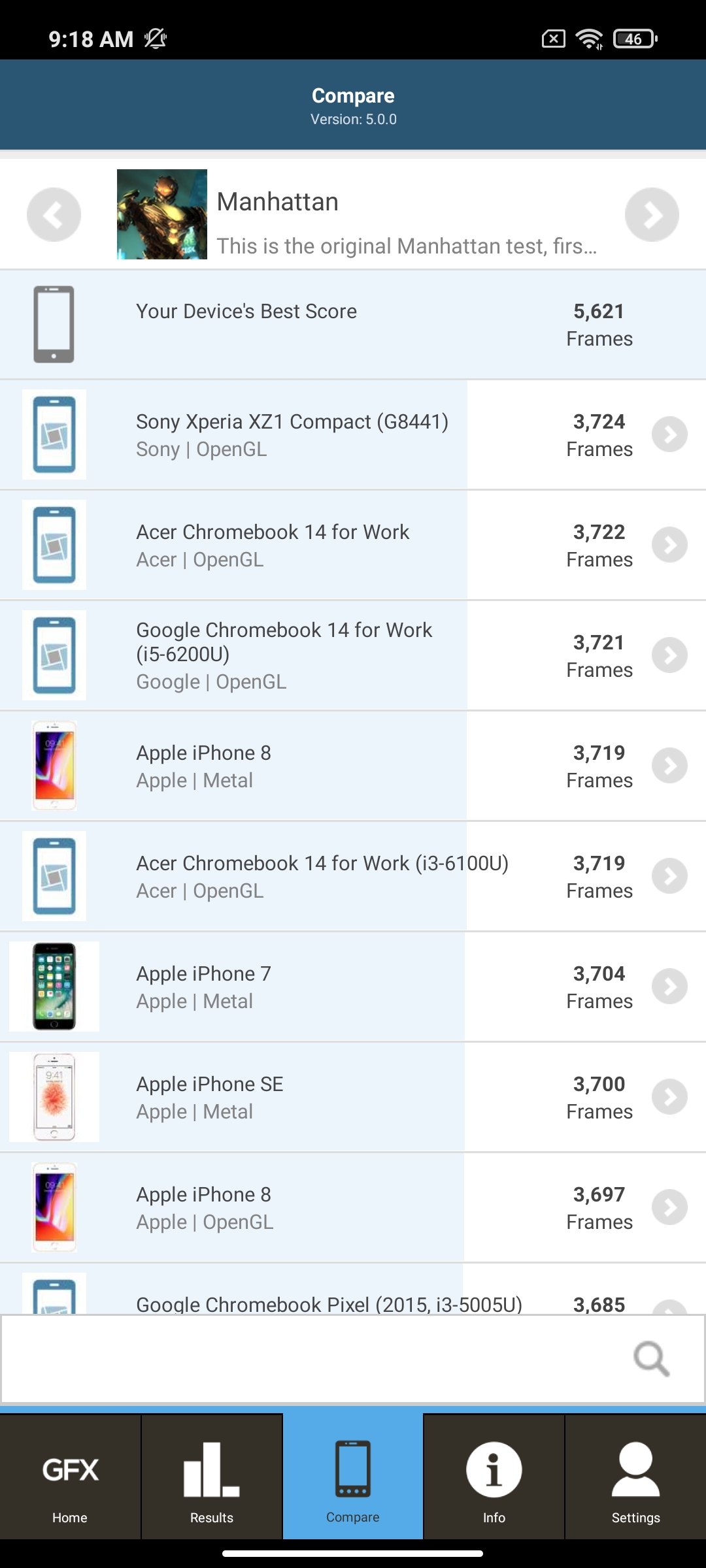
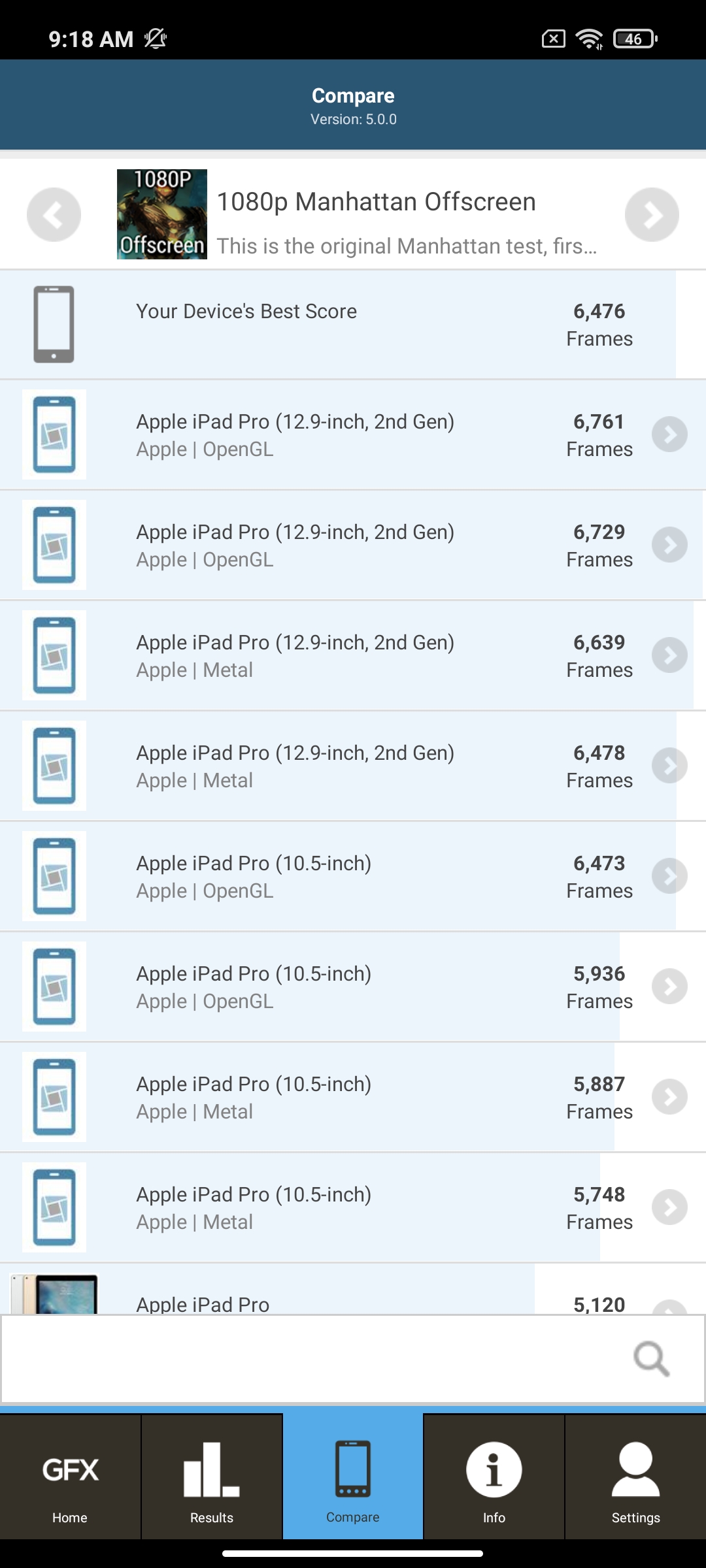
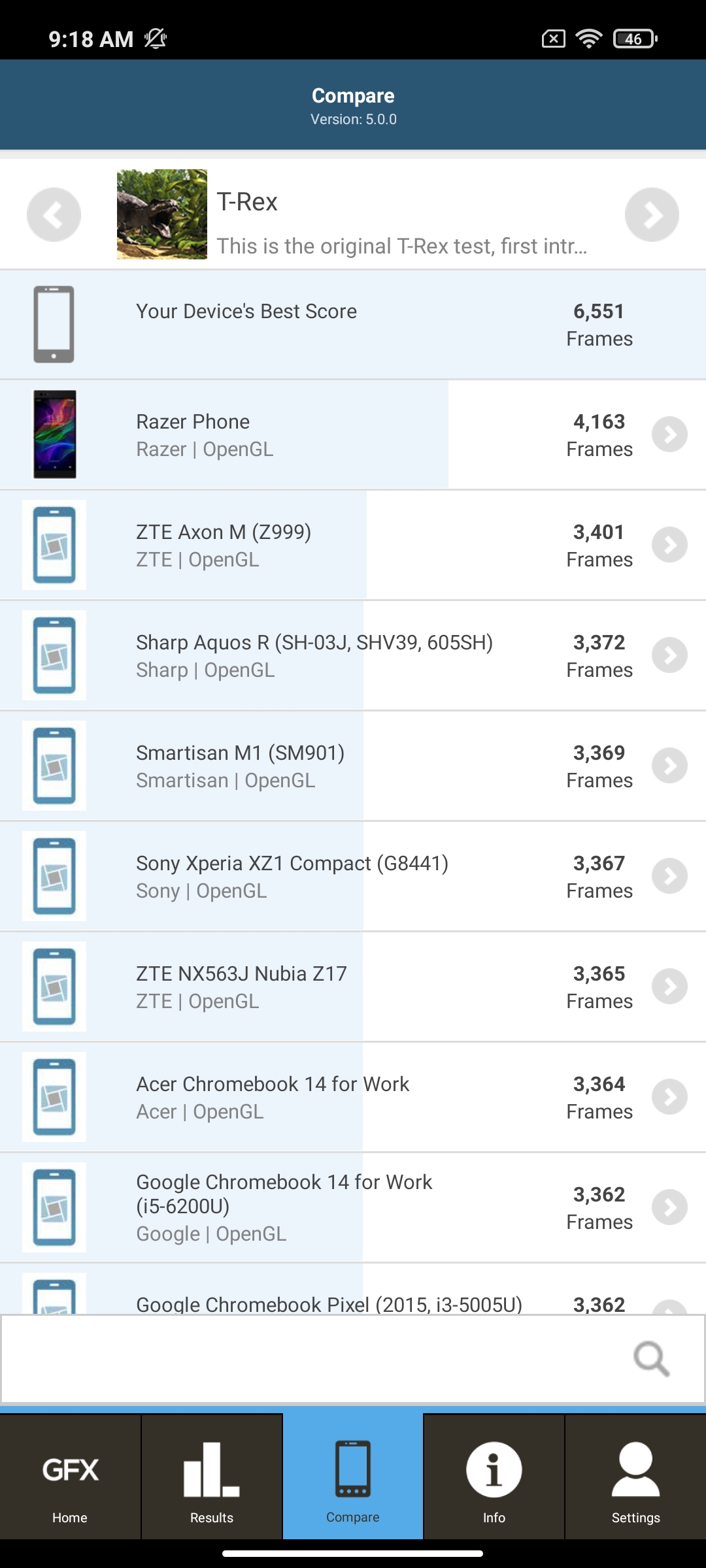

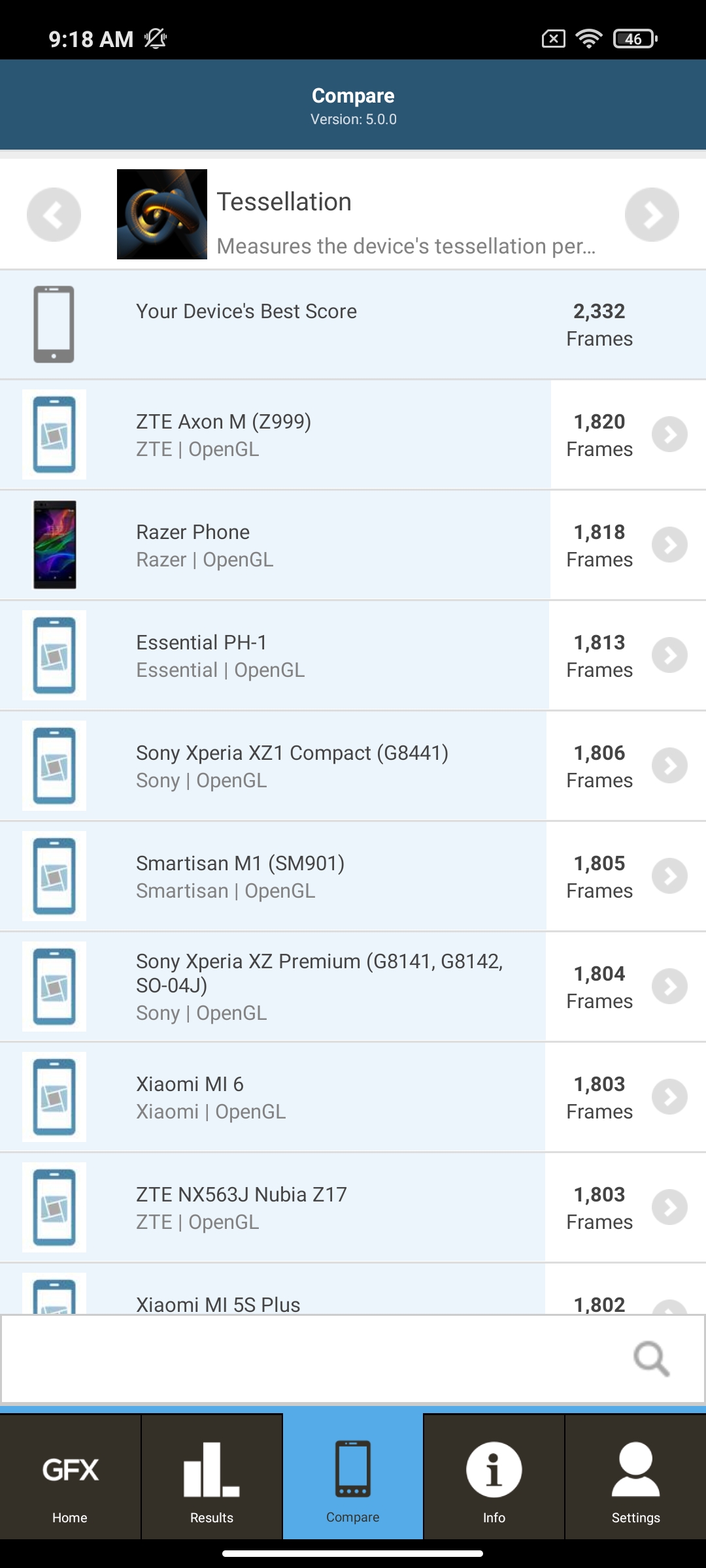

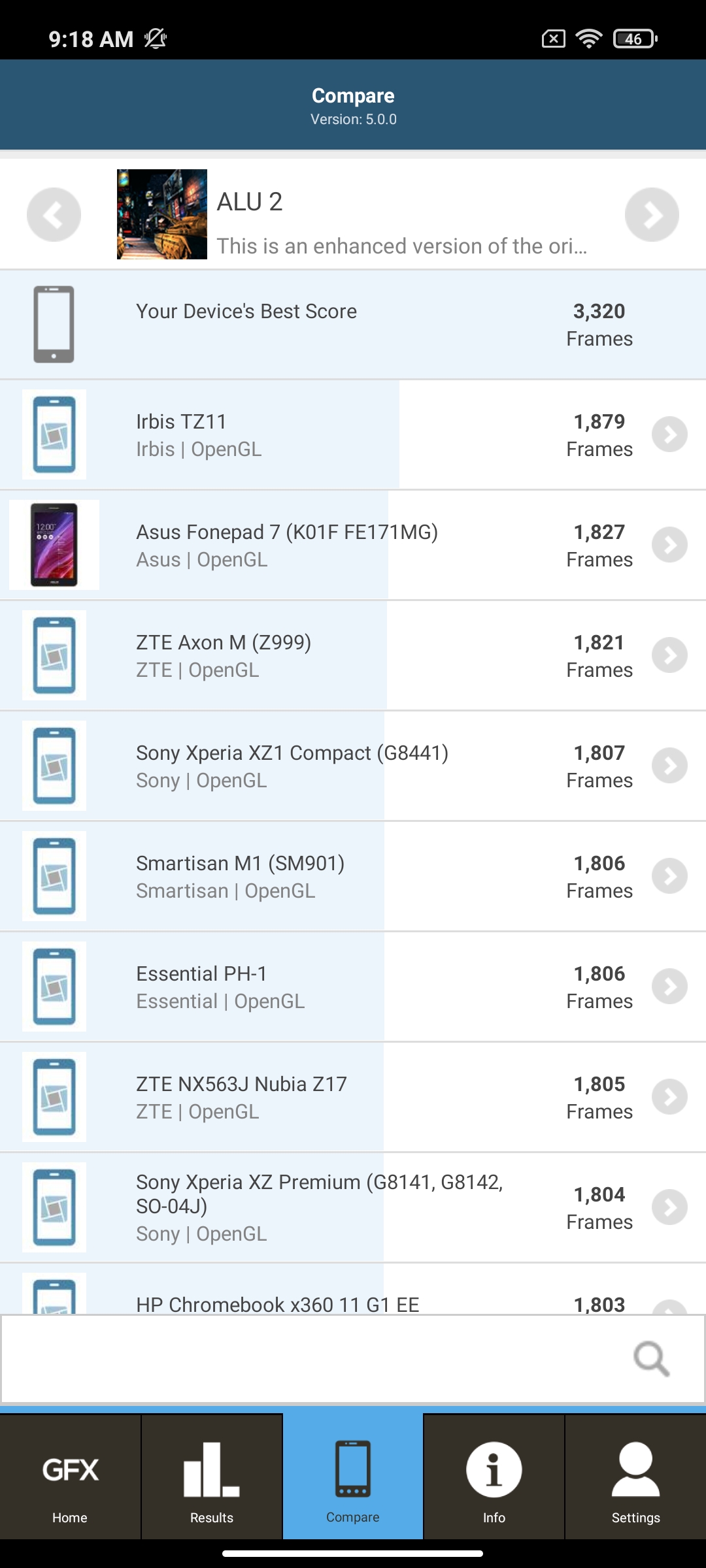
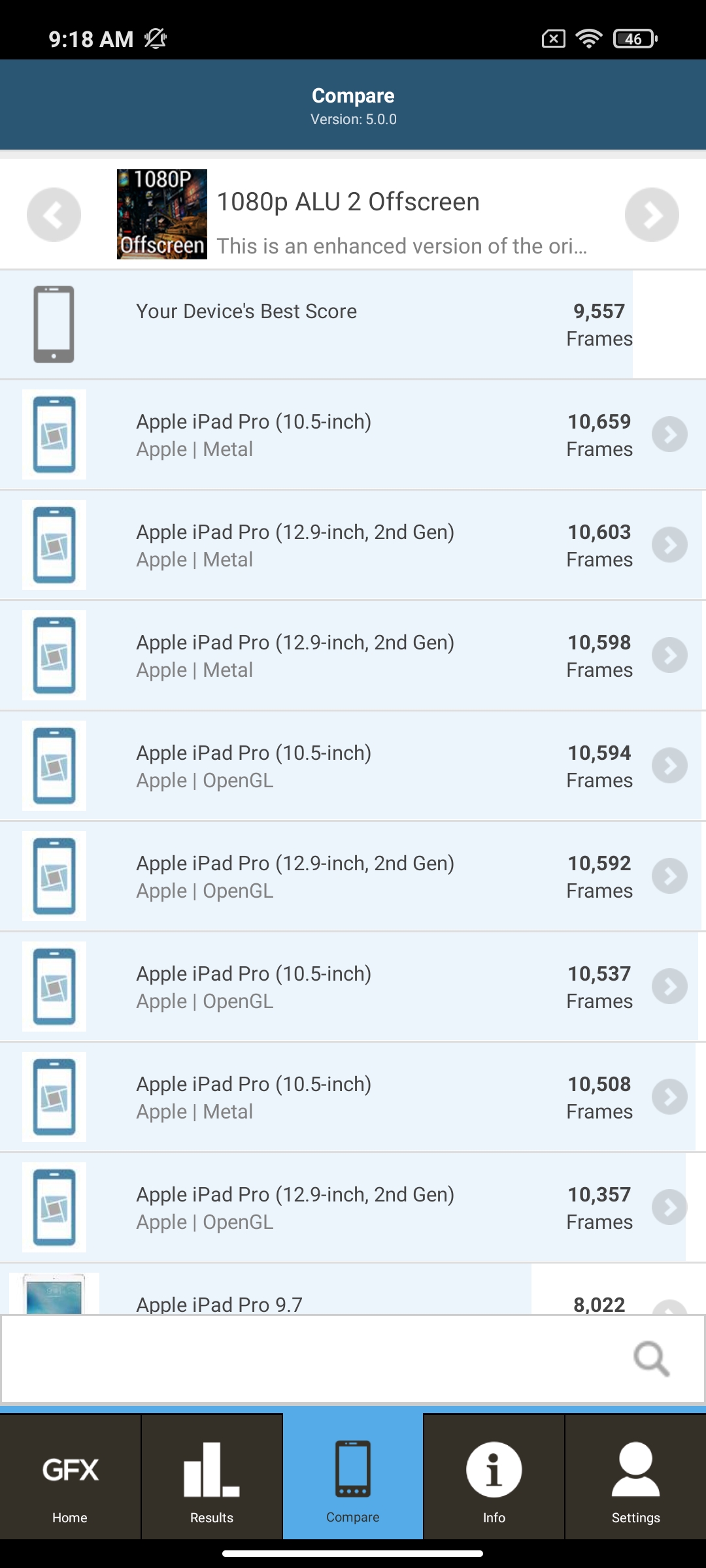
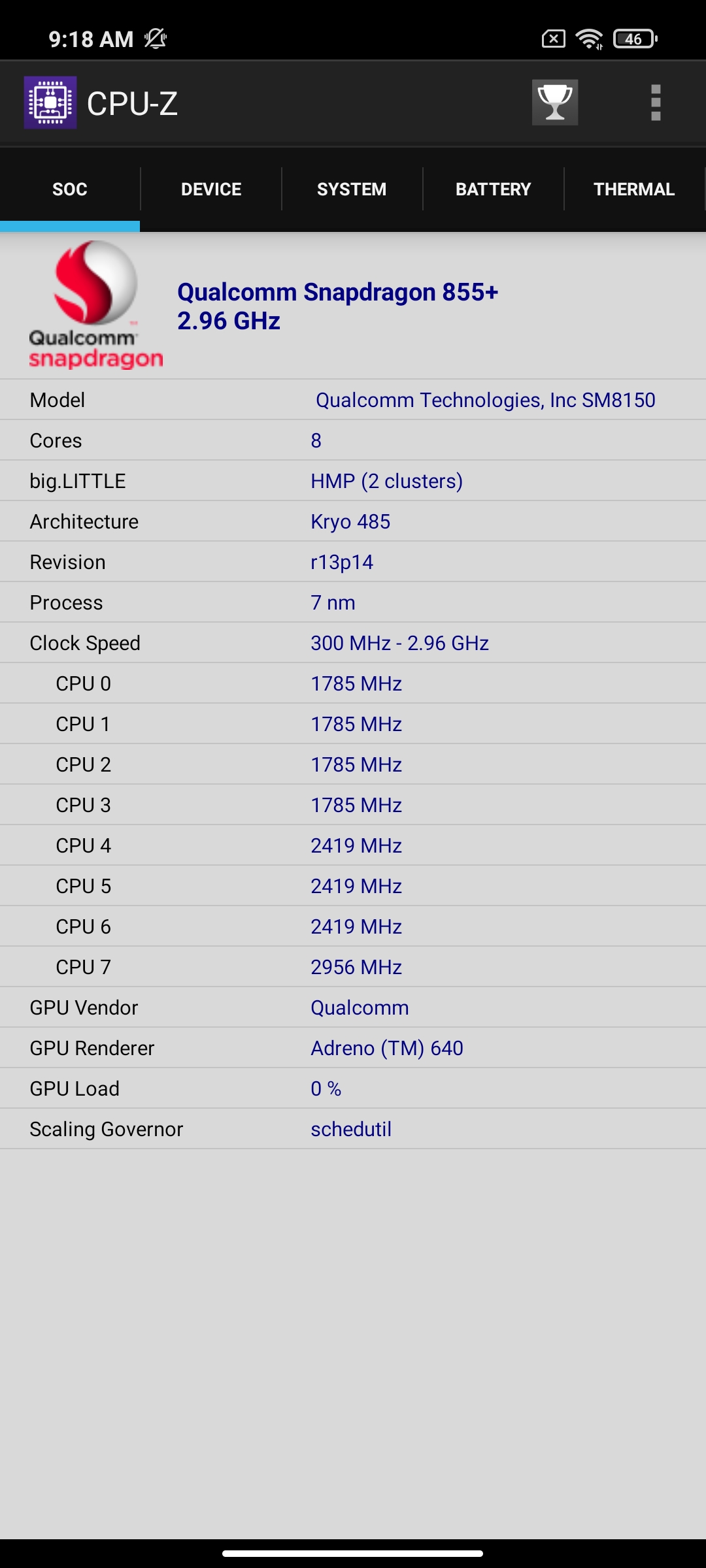
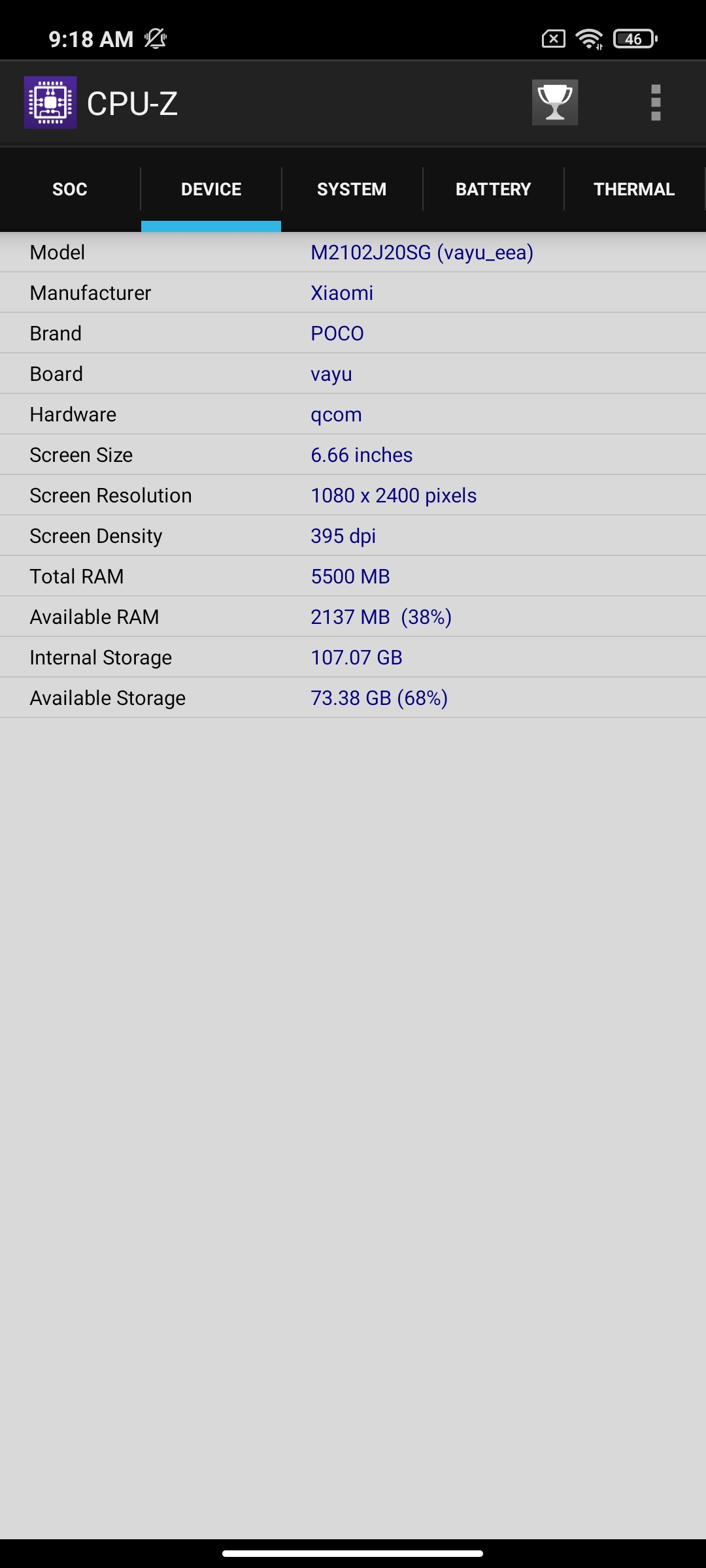

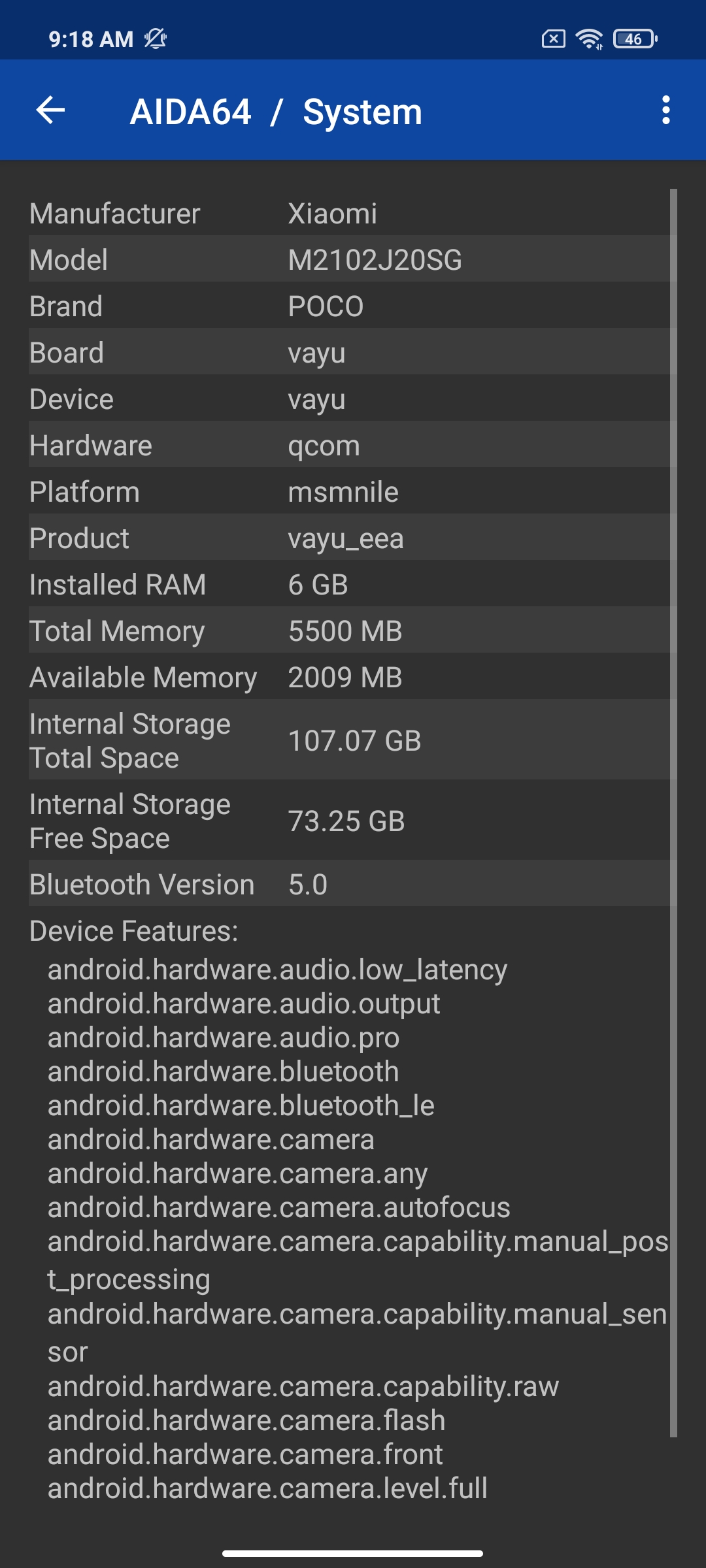
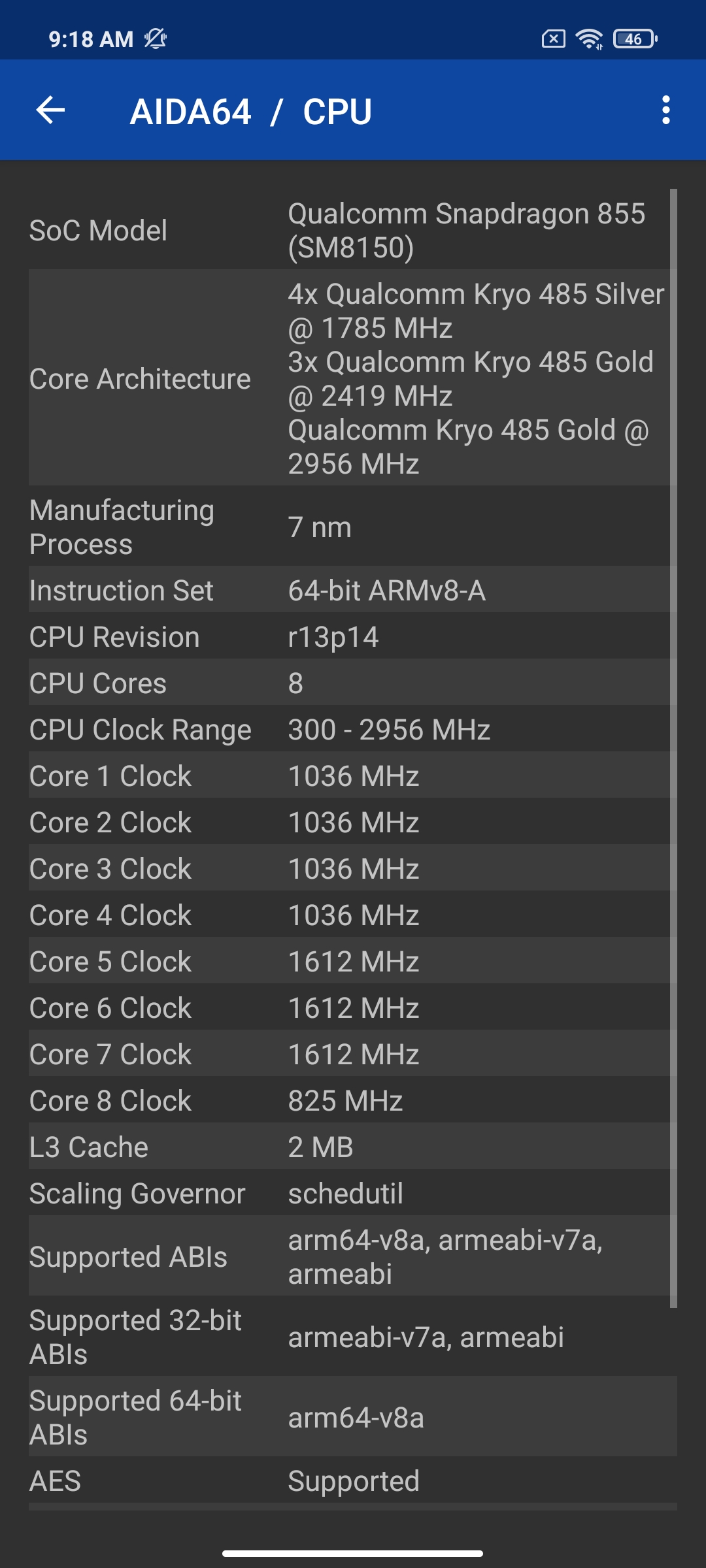

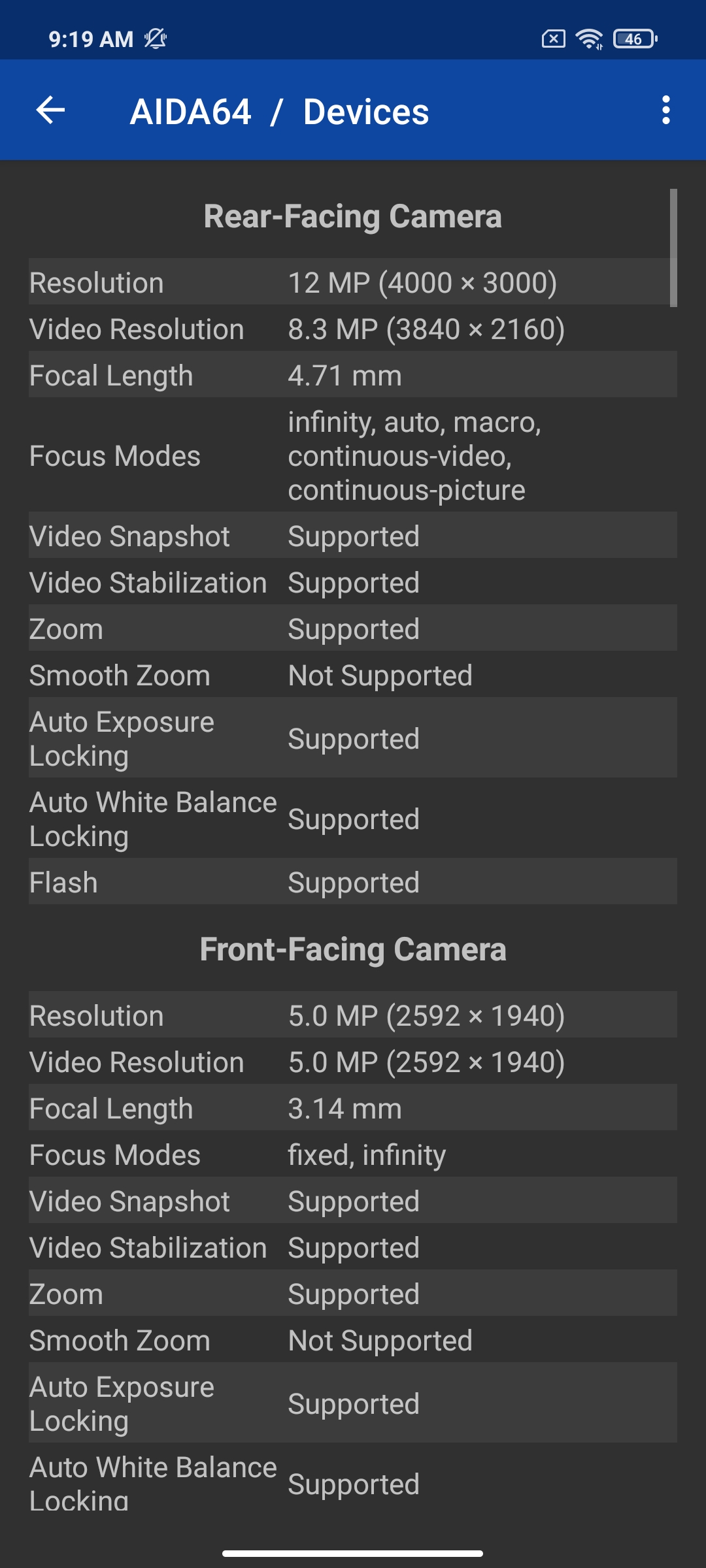
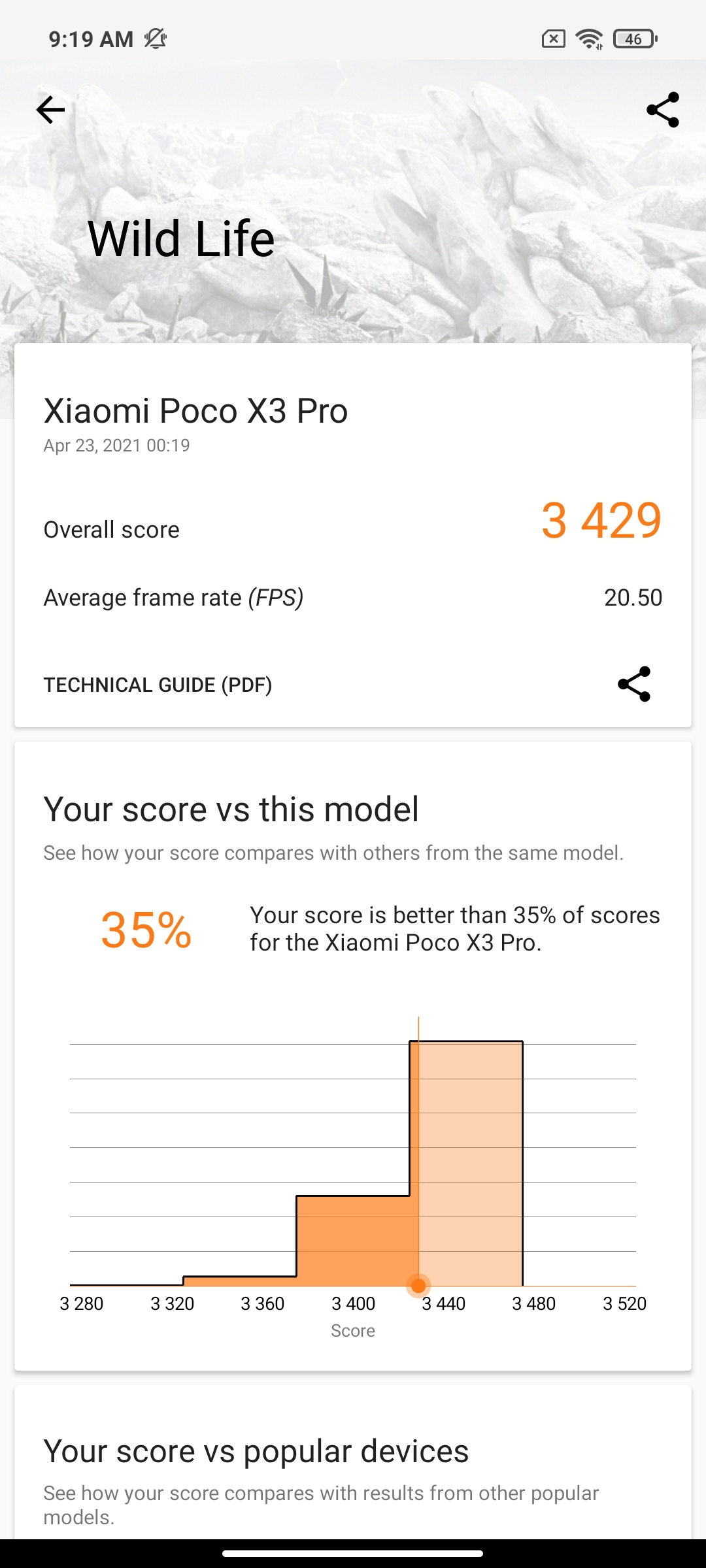
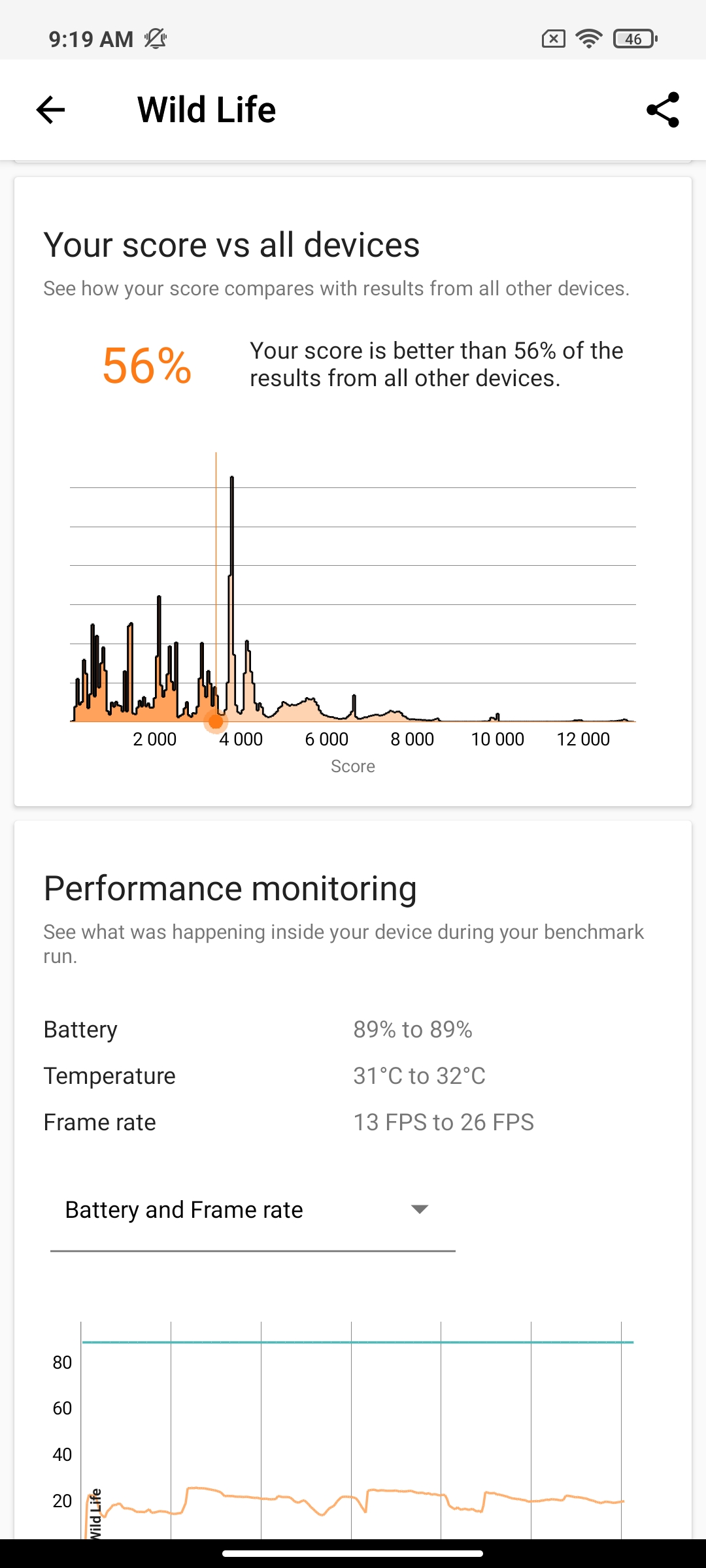















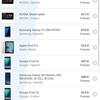

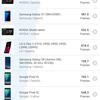
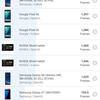
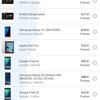

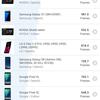
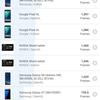



















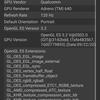





According to the manufacturer, LiquidCool 1.0 Plus technology is used for cooling, which includes a multilayer graphite construction and a copper D5 heat pipe. Throttling Test showed that with prolonged loads, the performance drops somewhat. Up to about 86% towards the end of the 15 minute test. At the same time, the smartphone becomes noticeably warm. In real life, no performance drops are observed. Including during long gaming sessions. Maximum – the body becomes warm.

The interface and apps are fast. With games, too, everything is in order. Call of Duty Mobile shows stable 60 frames at maximum settings. PUBG – a little over 40. Only in Genshin Impact the frame rate fluctuates in a wide range. The FPS figures can be seen in the screenshots below, as well as the capabilities of the proprietary gaming utility.

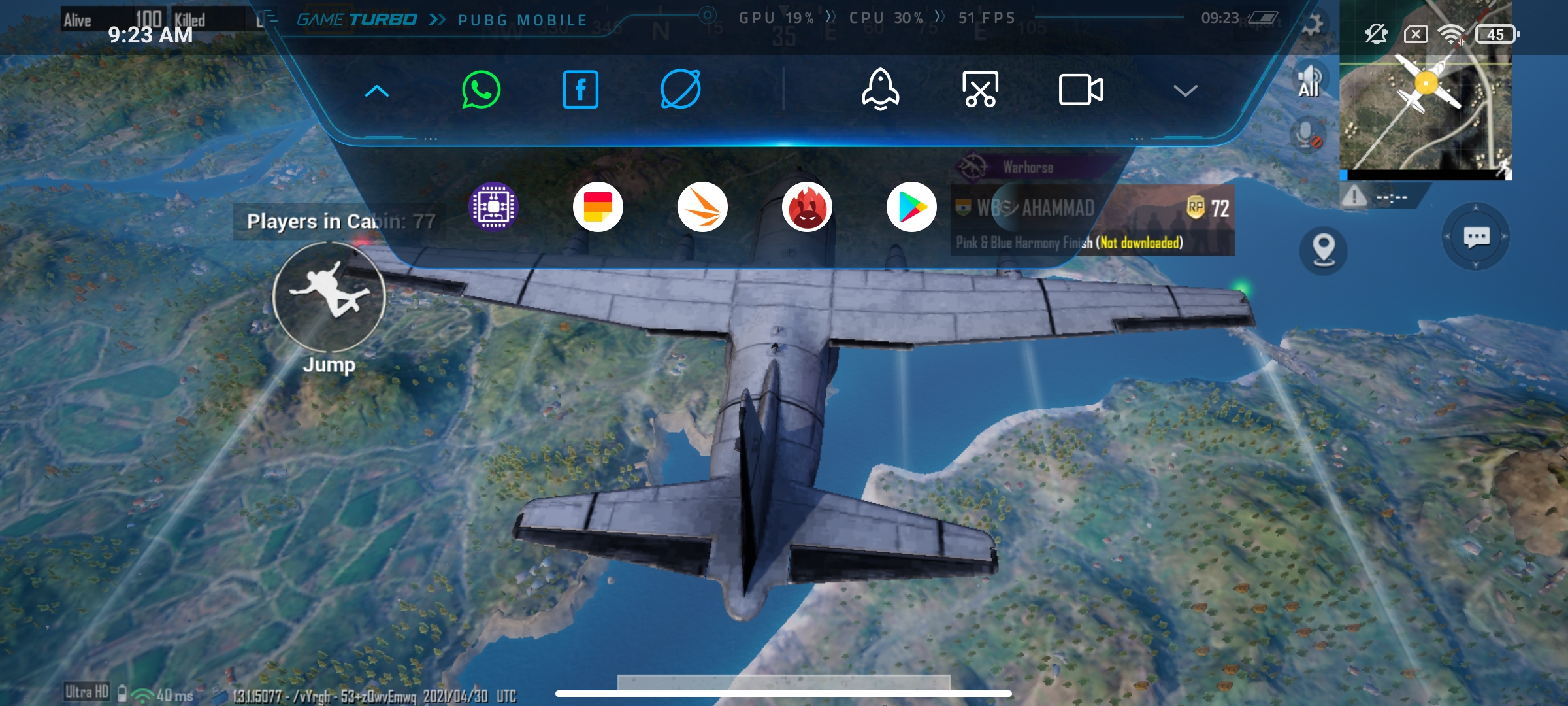


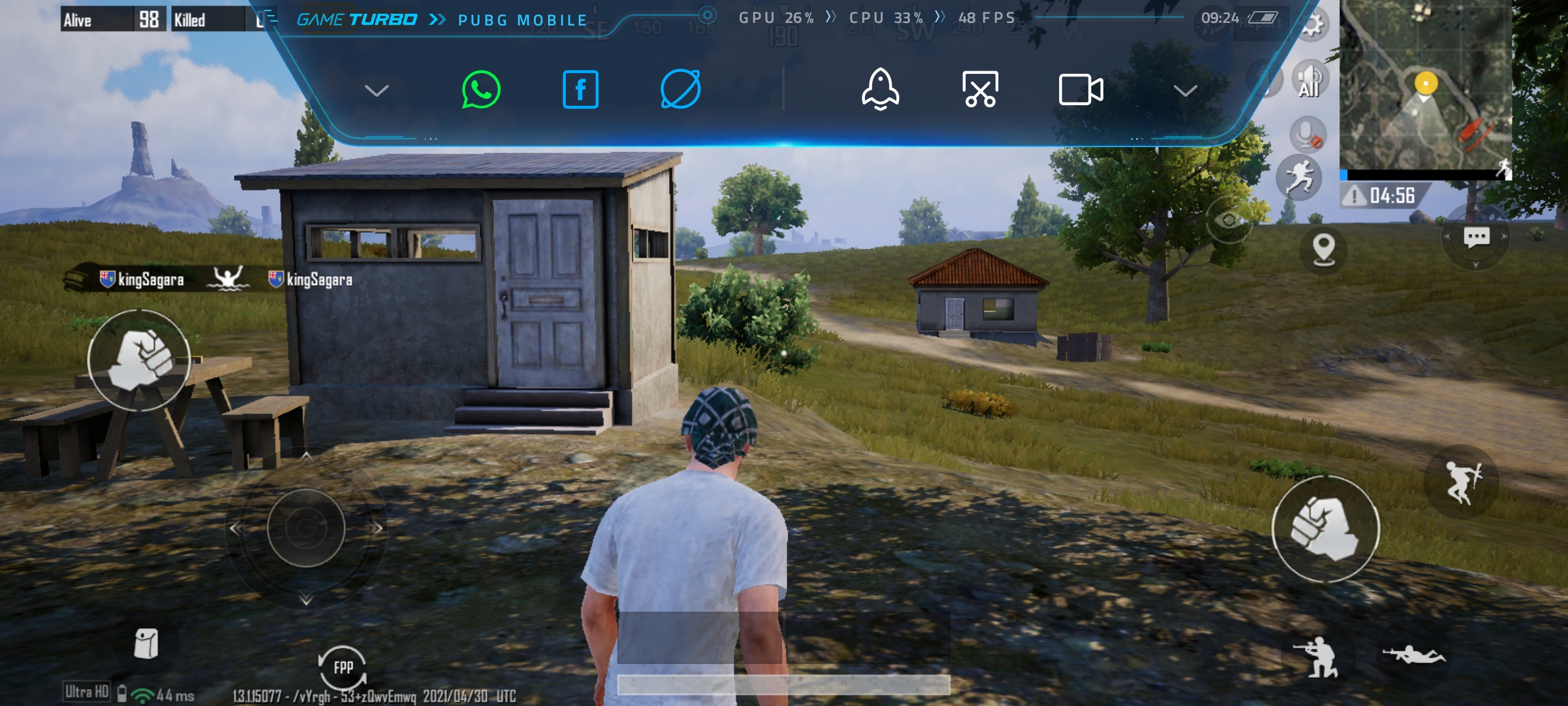
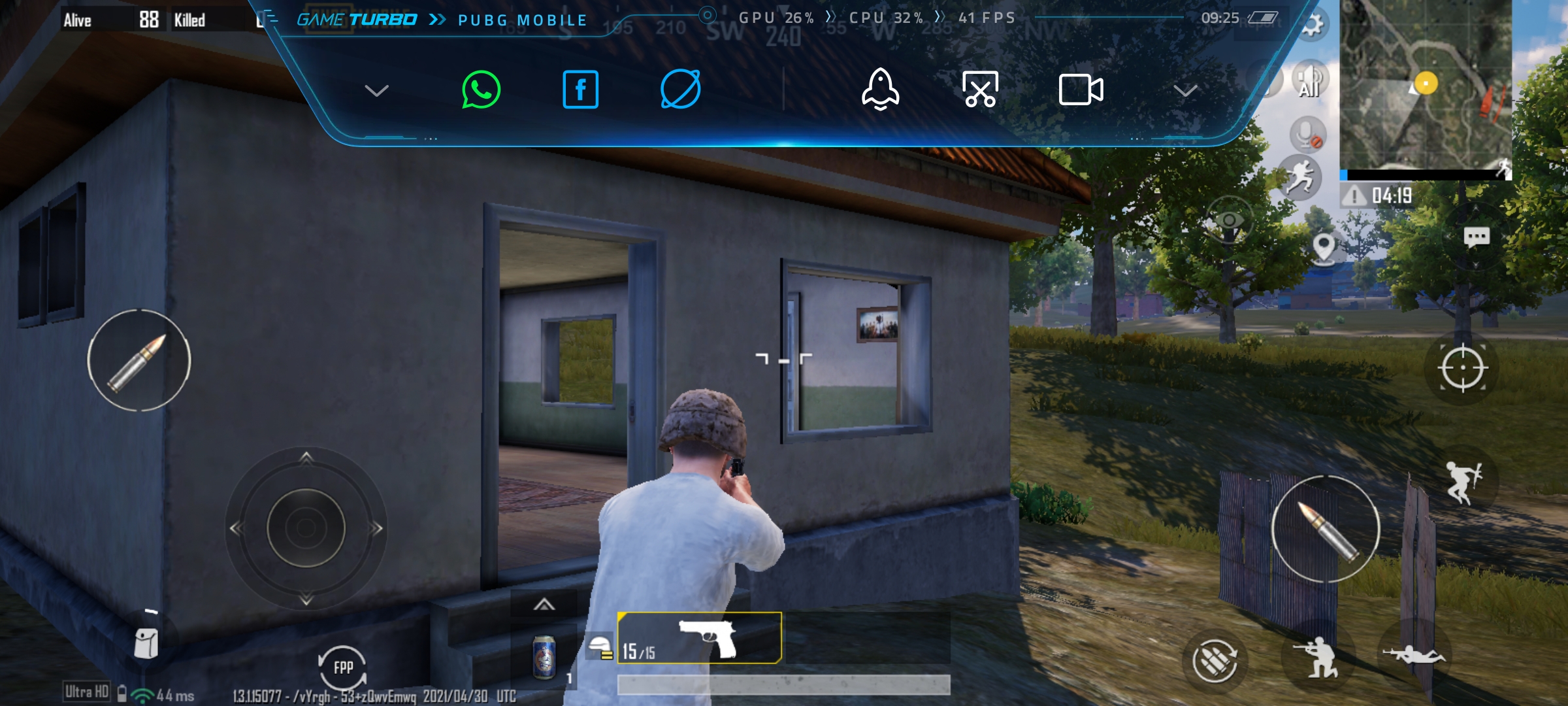
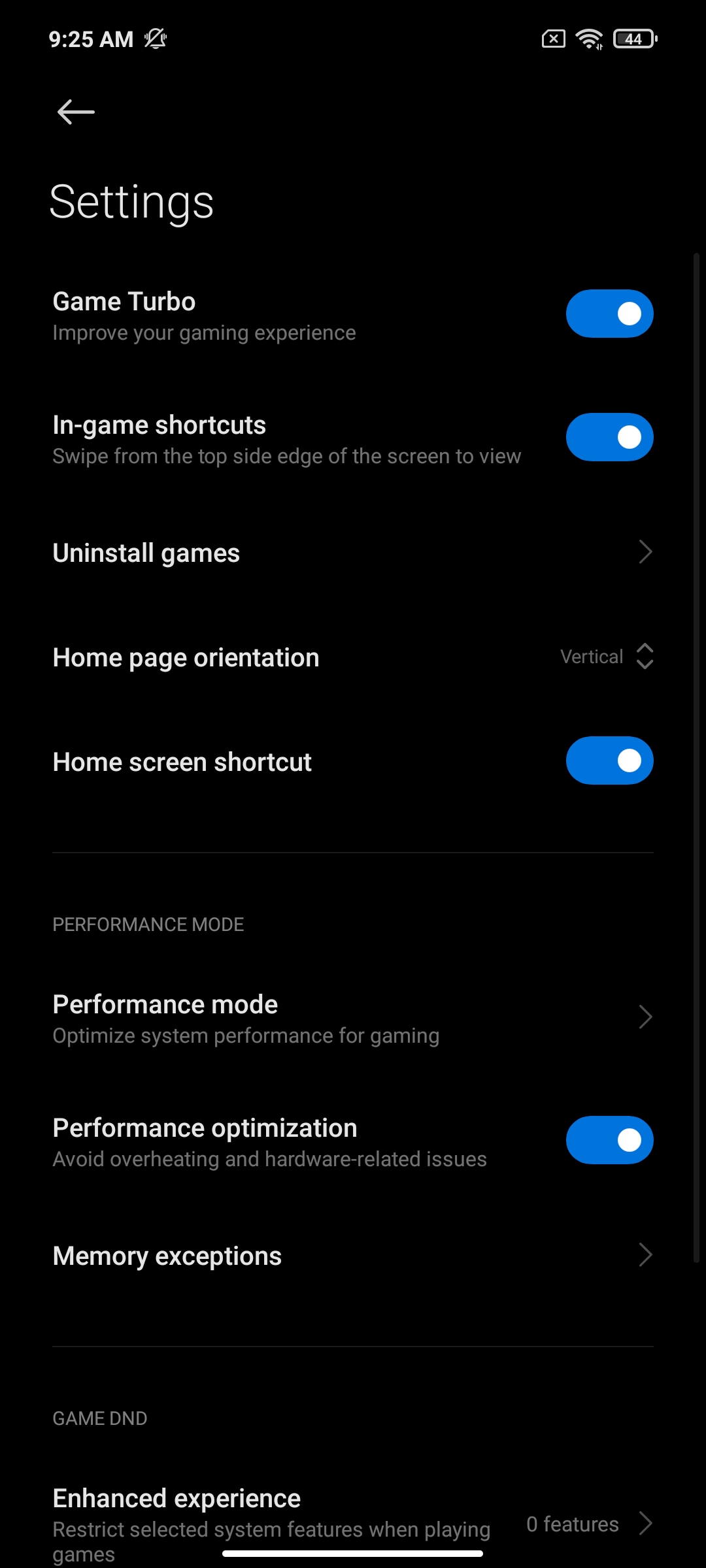
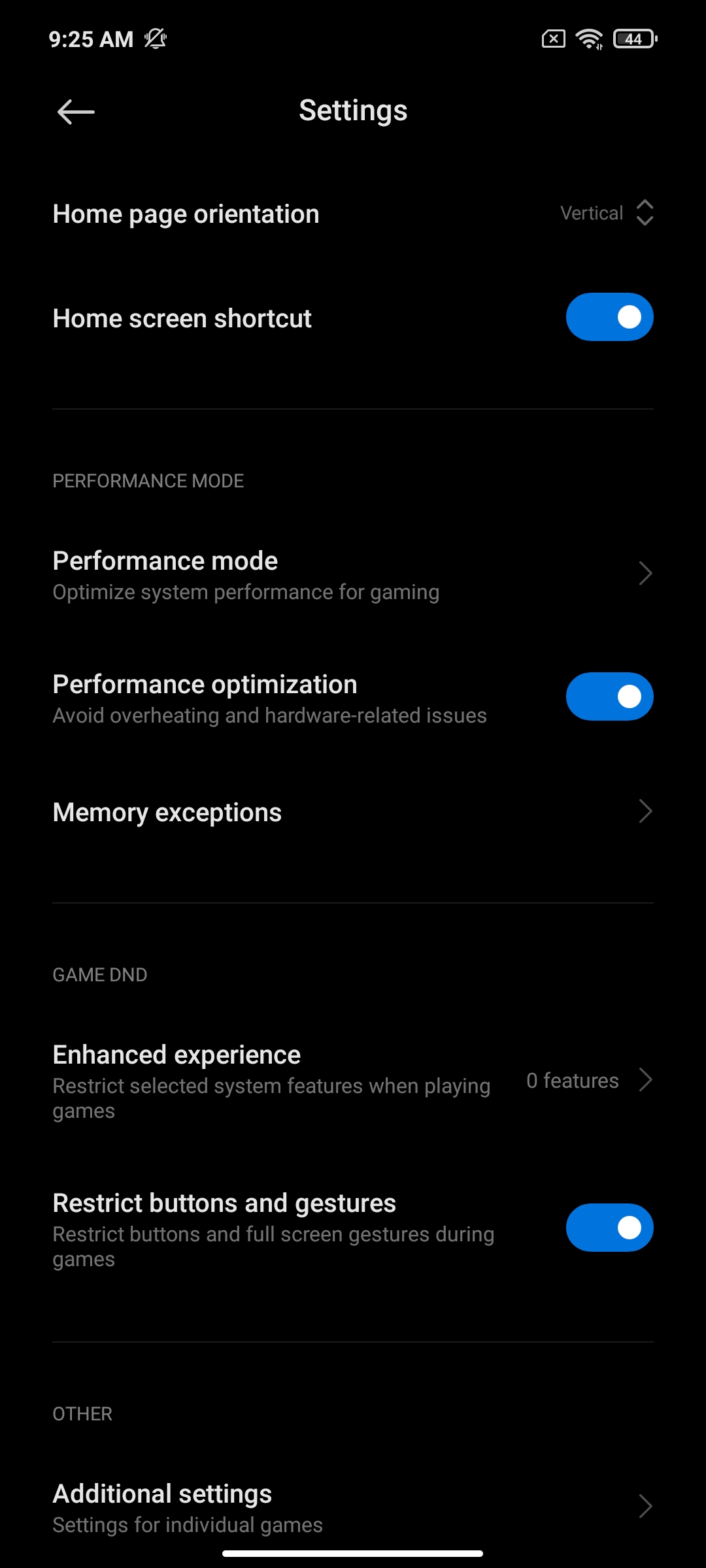
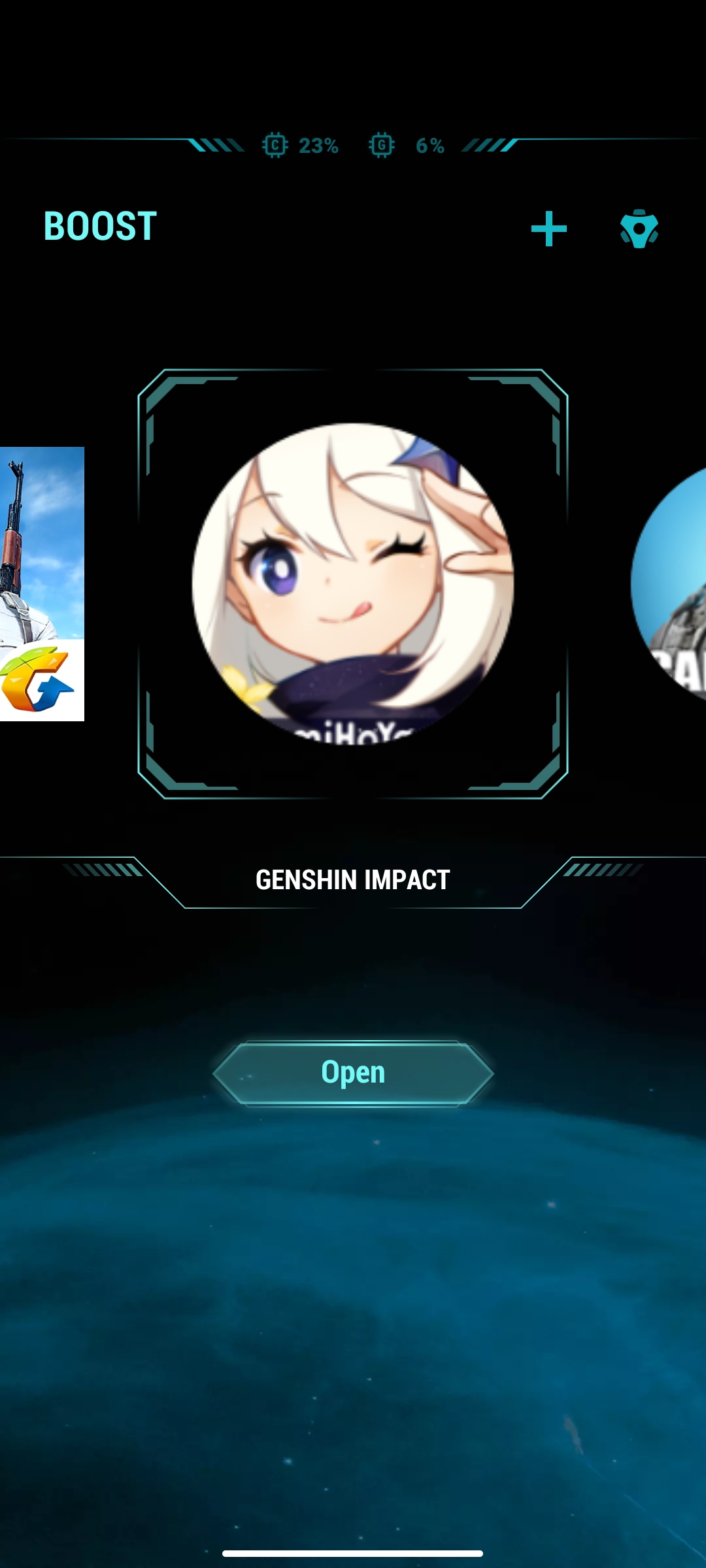







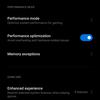

Wireless interfaces: dual-band Wi-Fi 802.11 a / b / g / n / ac 2.4 GHz and 5 GHz, Bluetooth 5.0 LE, FM radio and NFC for contactless payment. Supported global positioning systems GPS, GLONASS, GALILEO, BDS. There is also an infrared port for controlling home electronics. The corresponding application is preinstalled.
The smartphone has a standard 3.5 mm headphone jack, as well as support for stereo sound. The volume reserve is impressive, and the quality is very good. Playing games and watching YouTube videos is quite comfortable.
The POCO X3 Pro is powered by a 5160 mAh battery. It supports fast charging Quick Charge 3 at 33 W and the corresponding power supply is included. In half an hour, the smartphone is charged by 55%. A full charge takes about 1.10 hours. With a very heavy load (benchmarks, a lot of games), I managed to empty the battery in a day. With everyday use (calls, instant messengers, social networks, mail and some games), you can get one and a half to two days without any problems. Of course, the smartphone was only used in 120Hz mode. A standard set of tools for extending the operating time is present: power saving modes, a power timer, and so on.
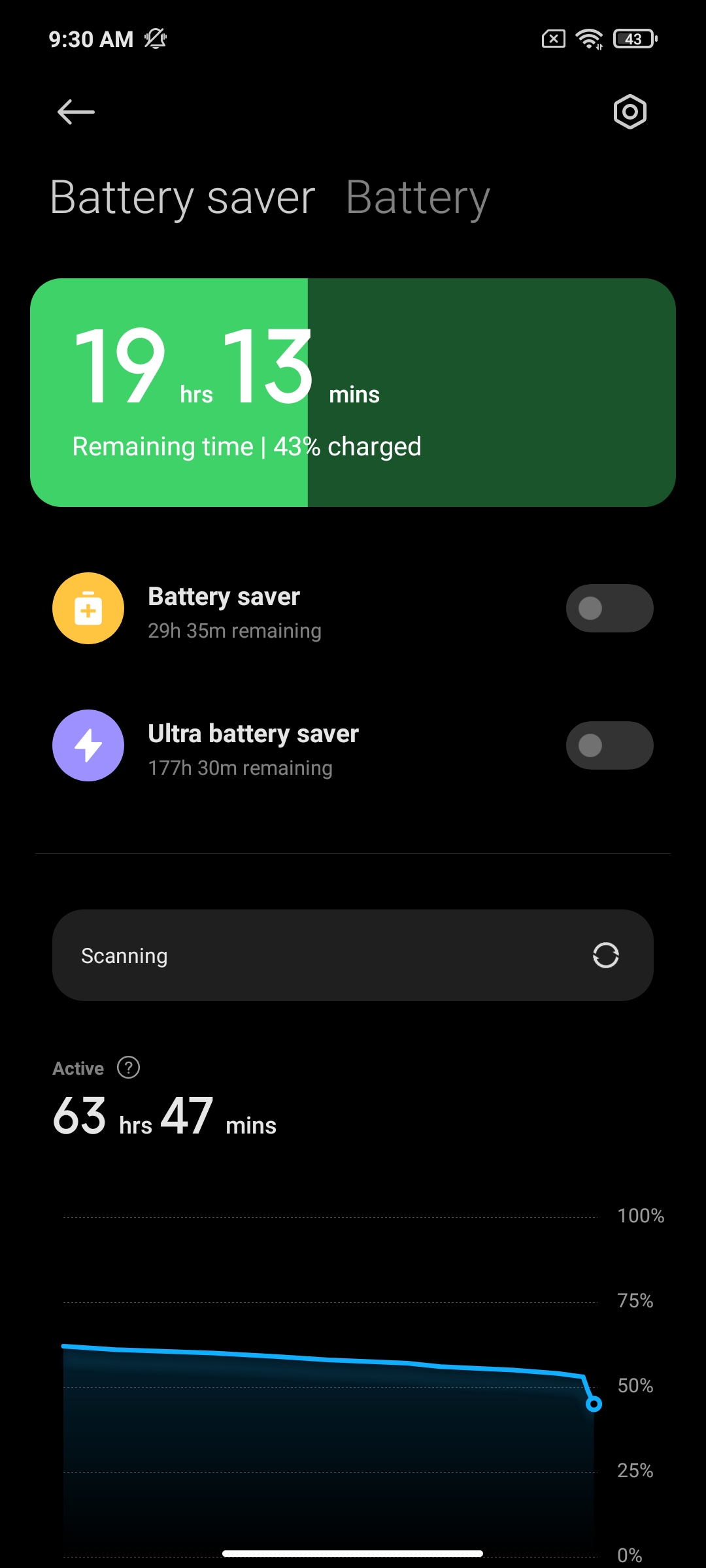
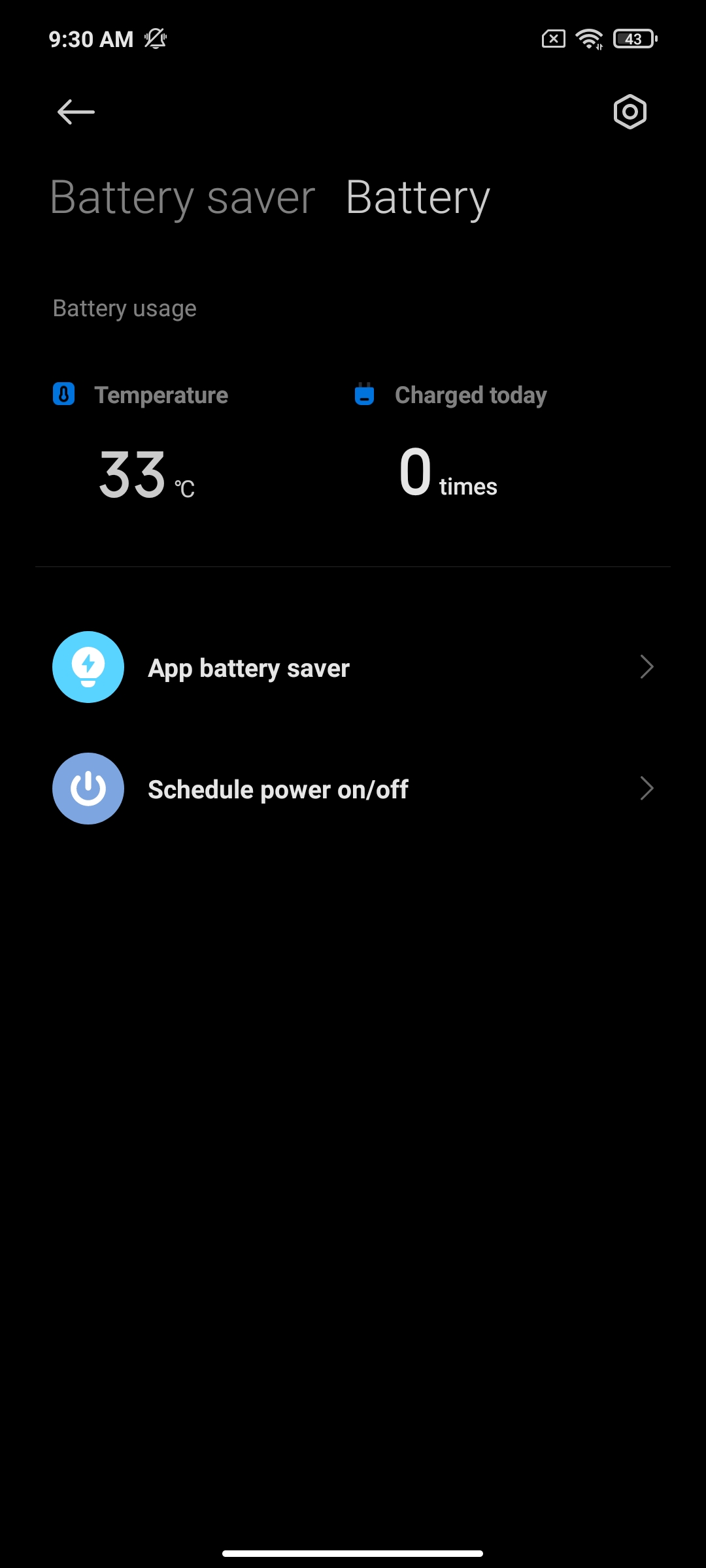
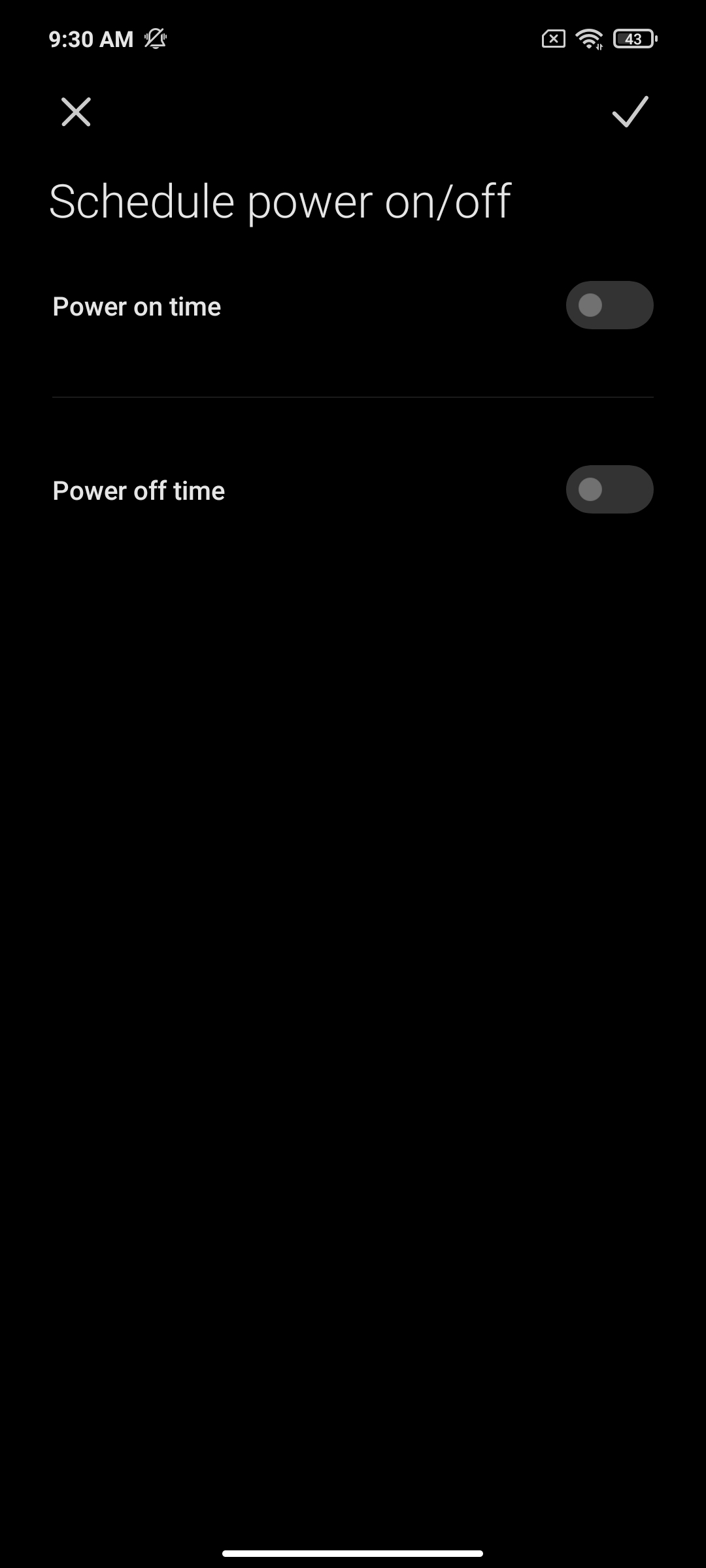
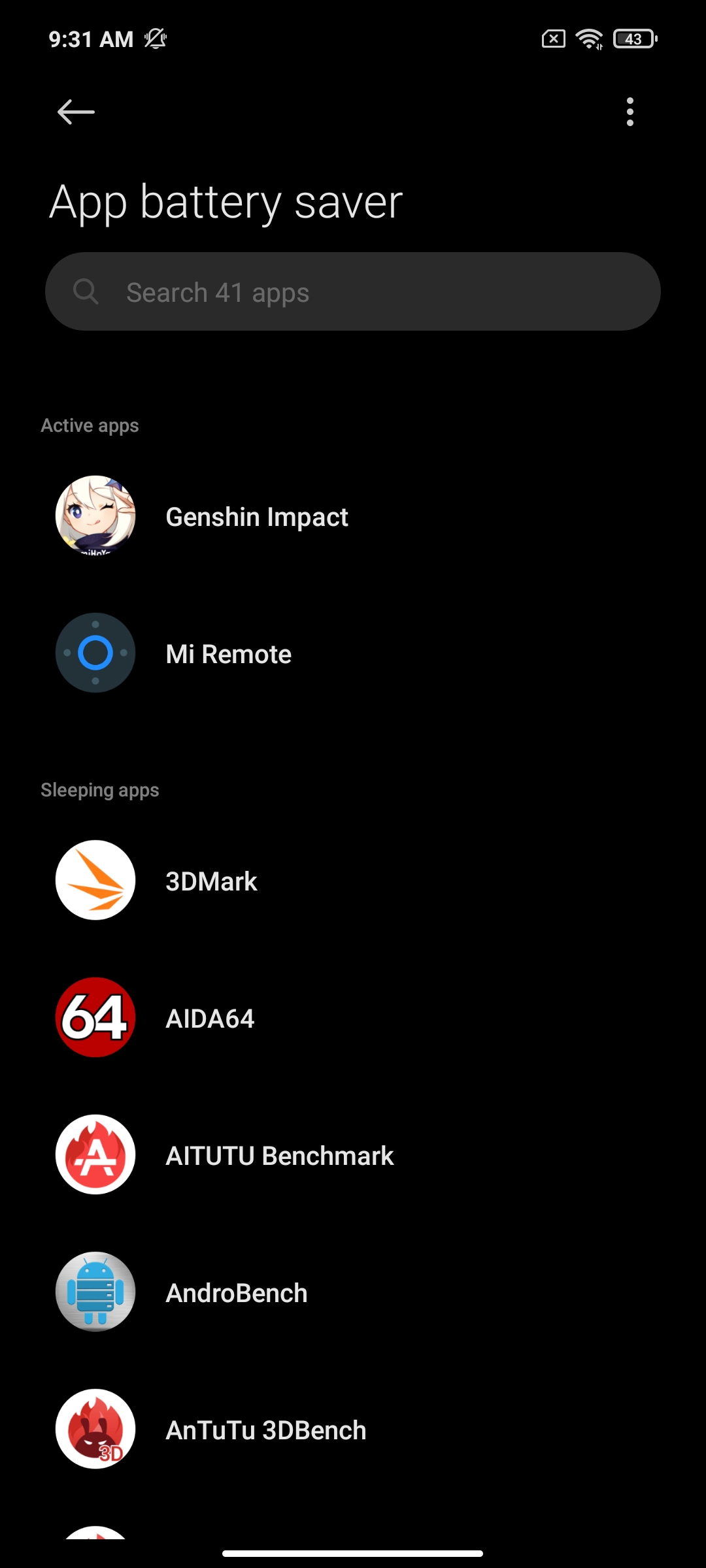

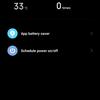


The interface
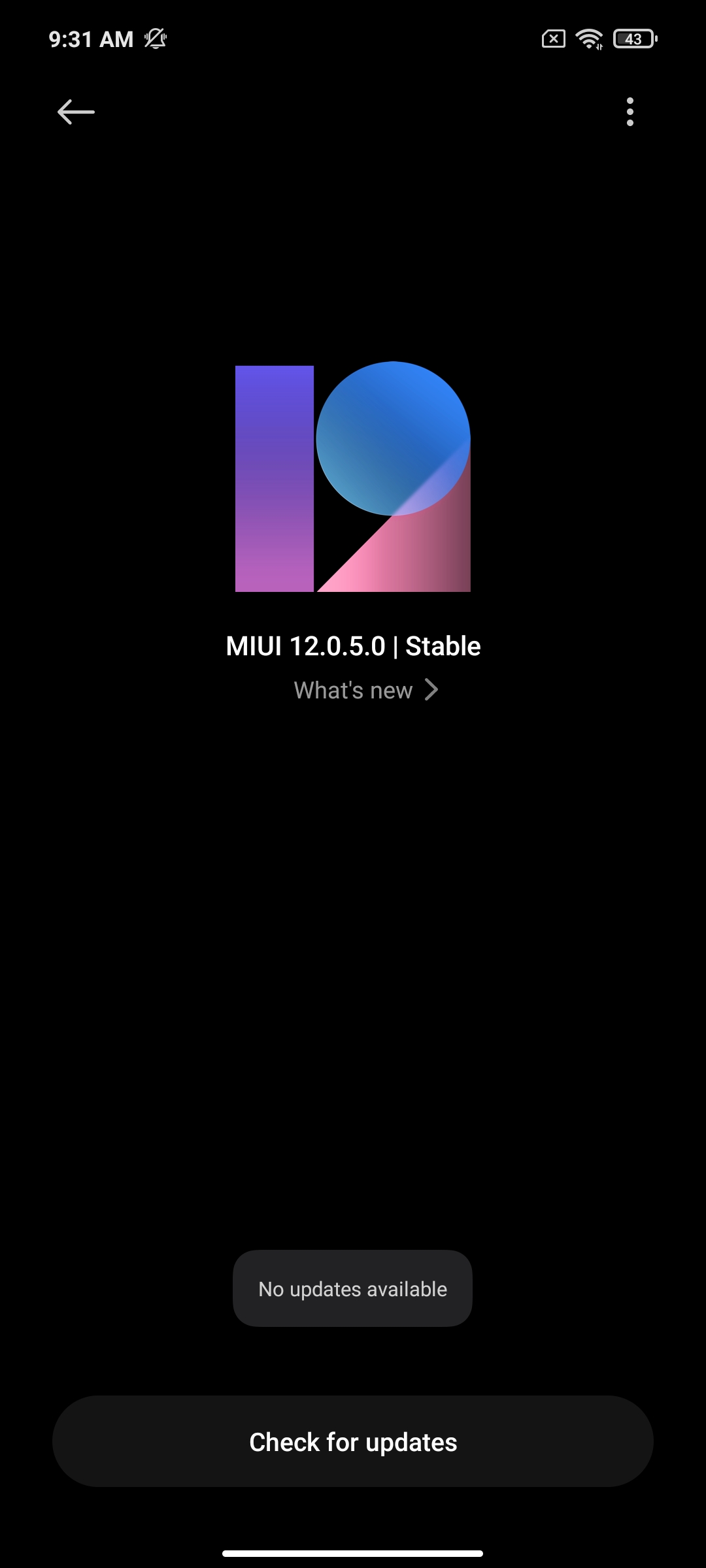
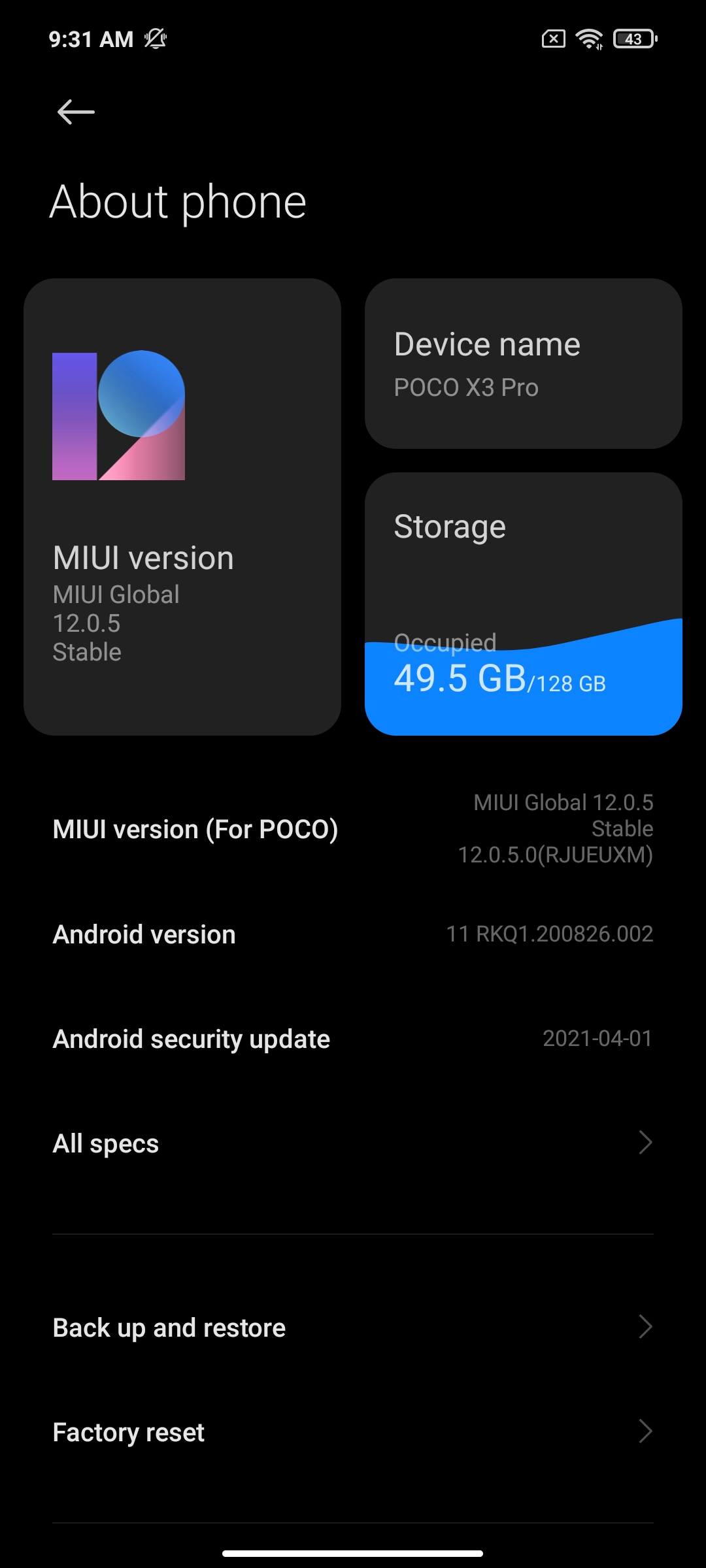
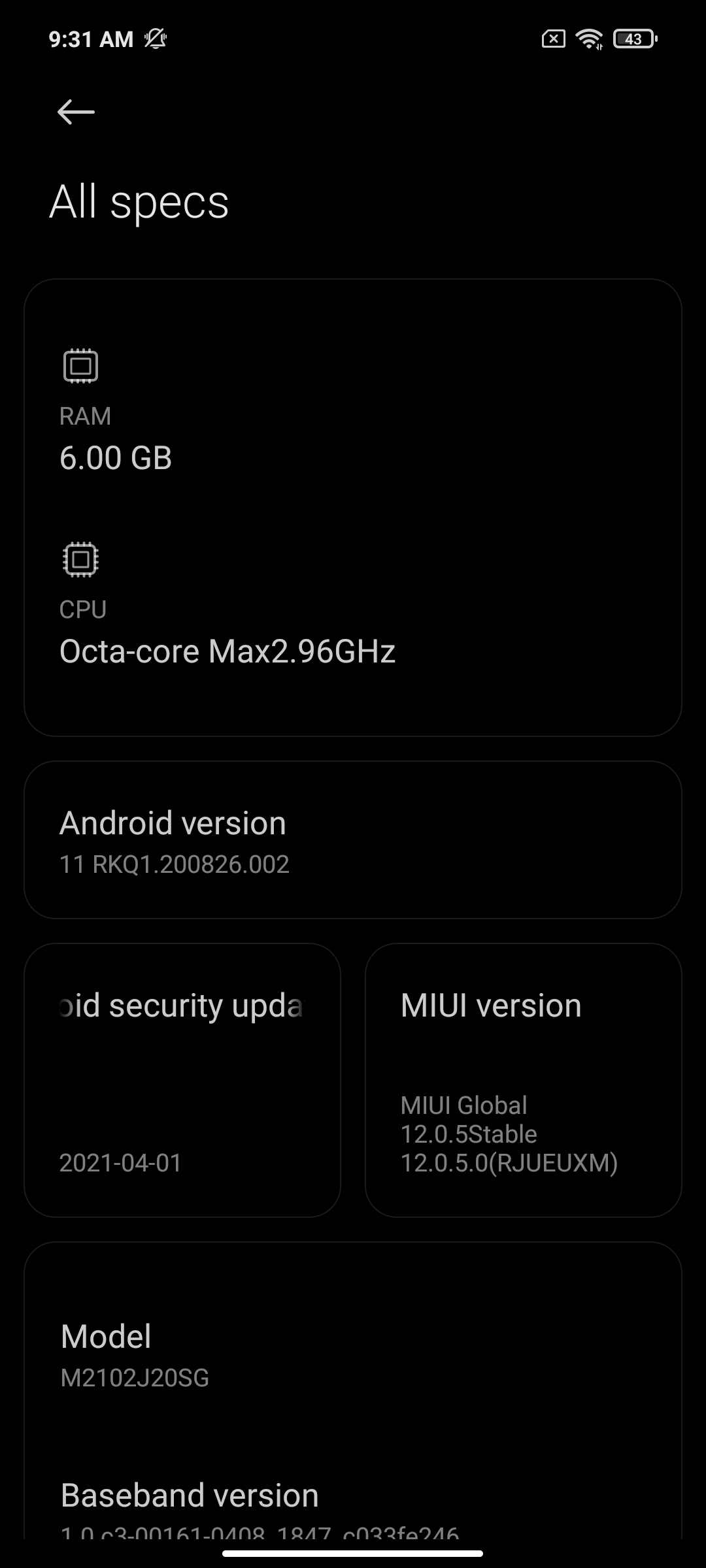
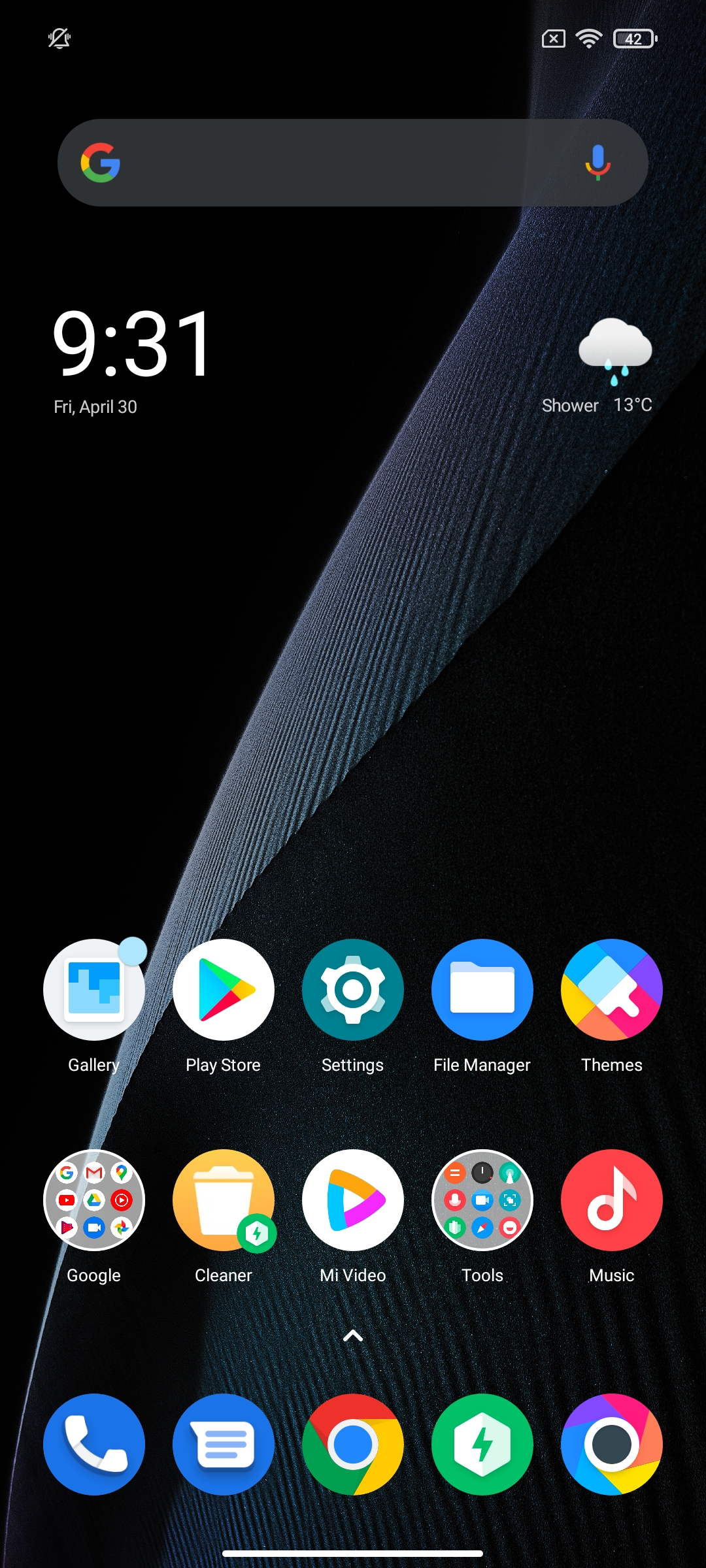
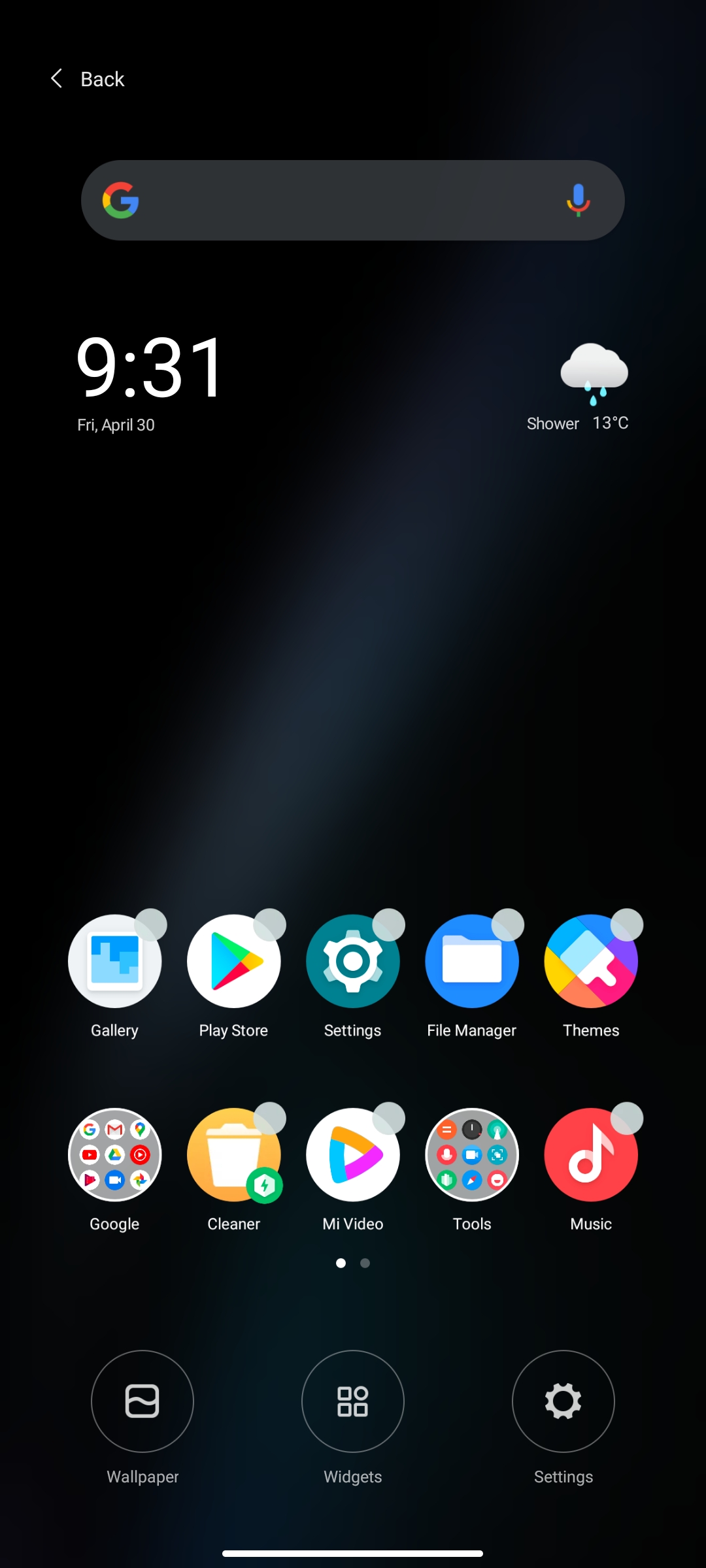

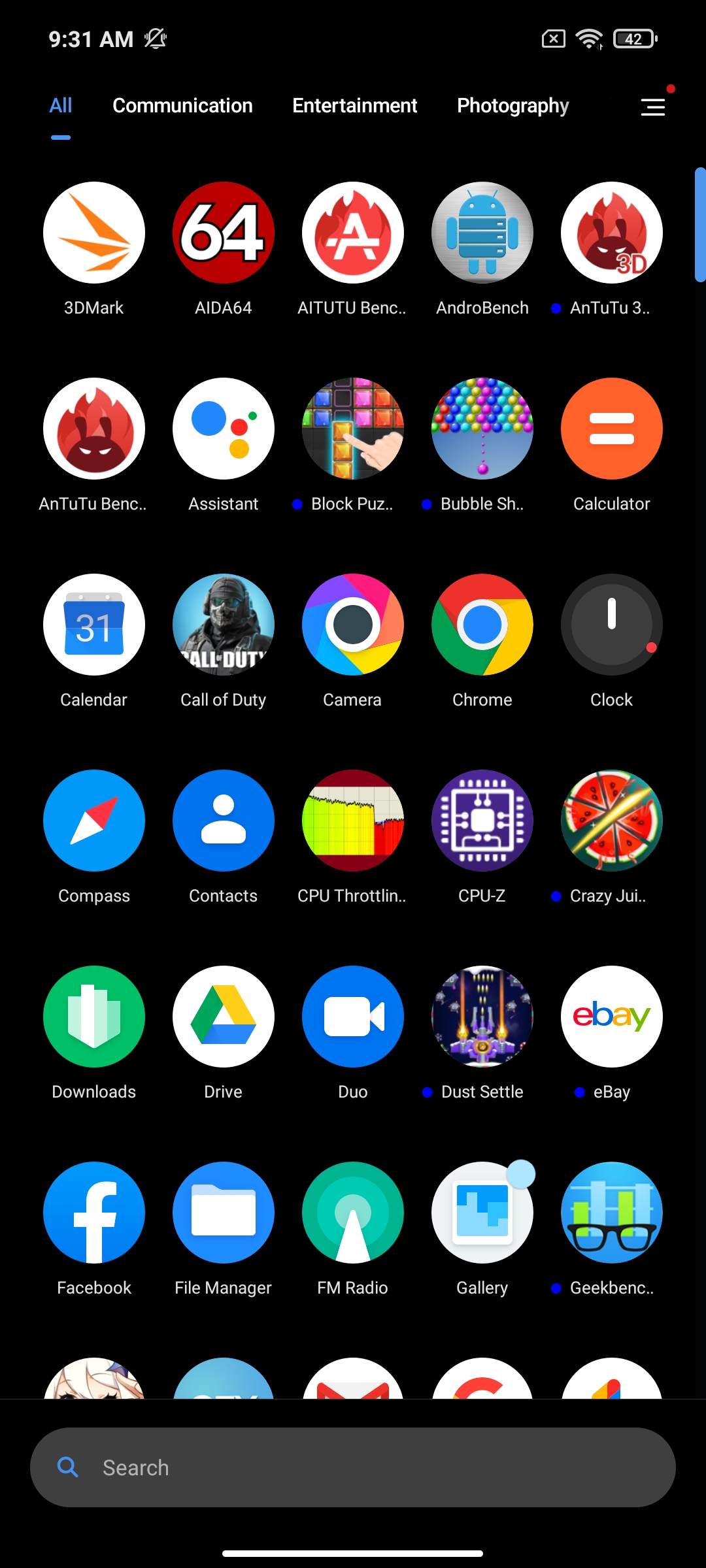
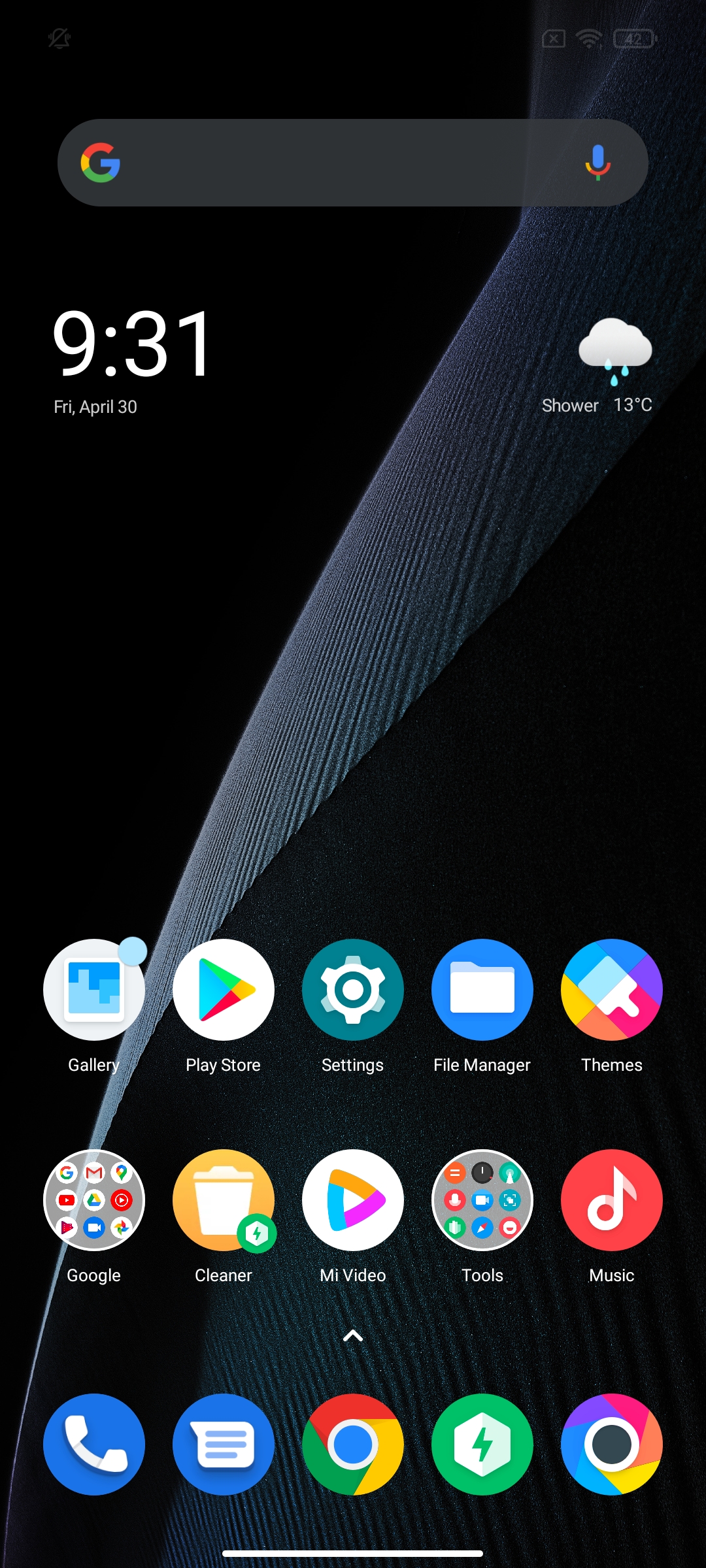
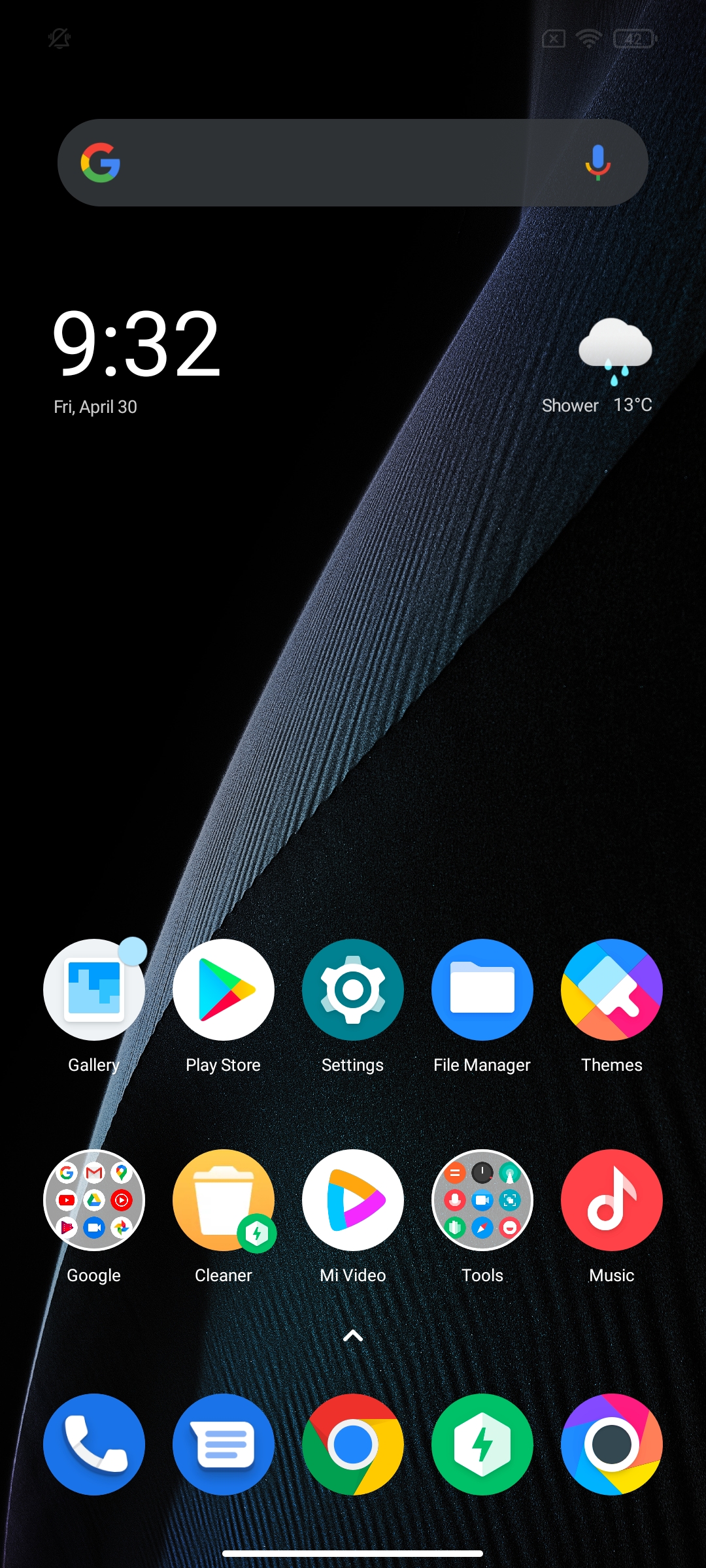
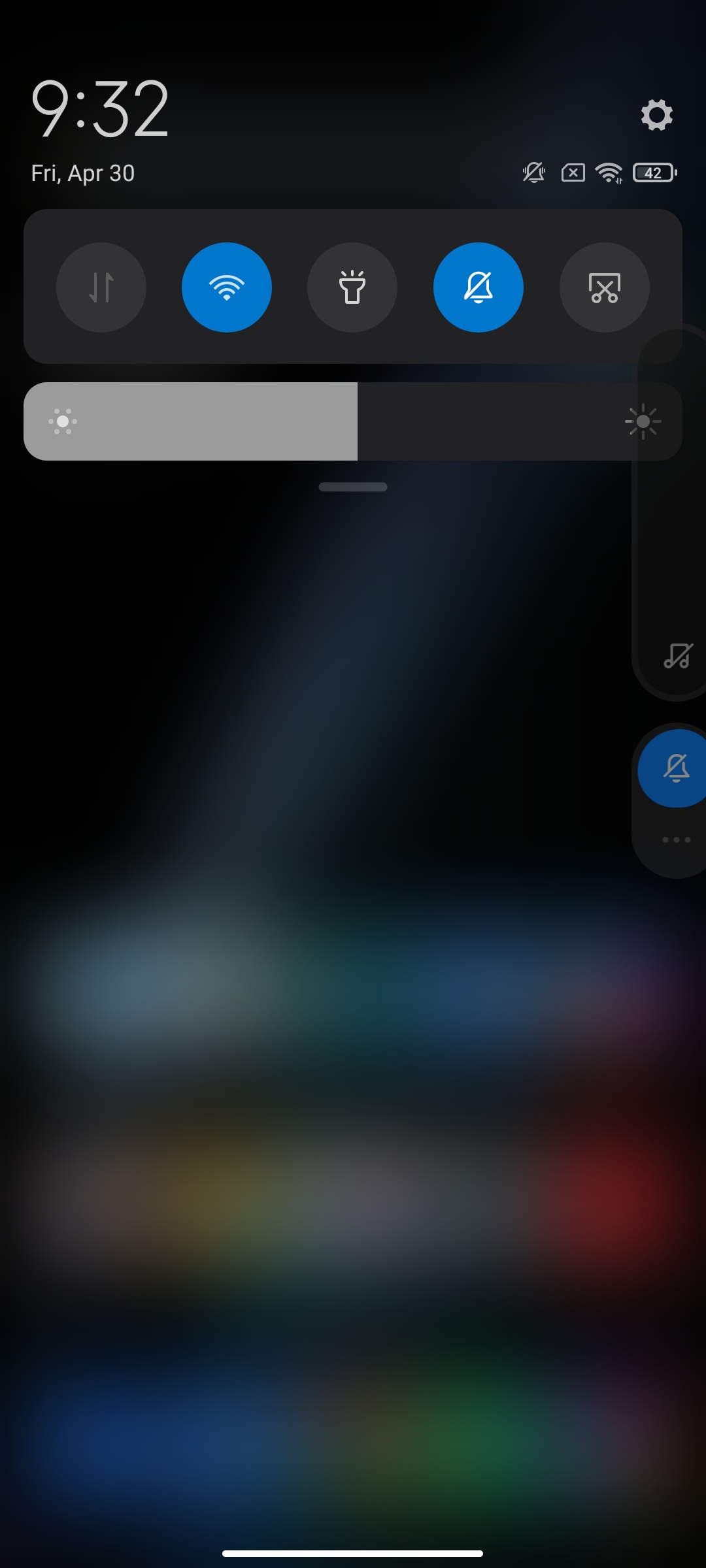
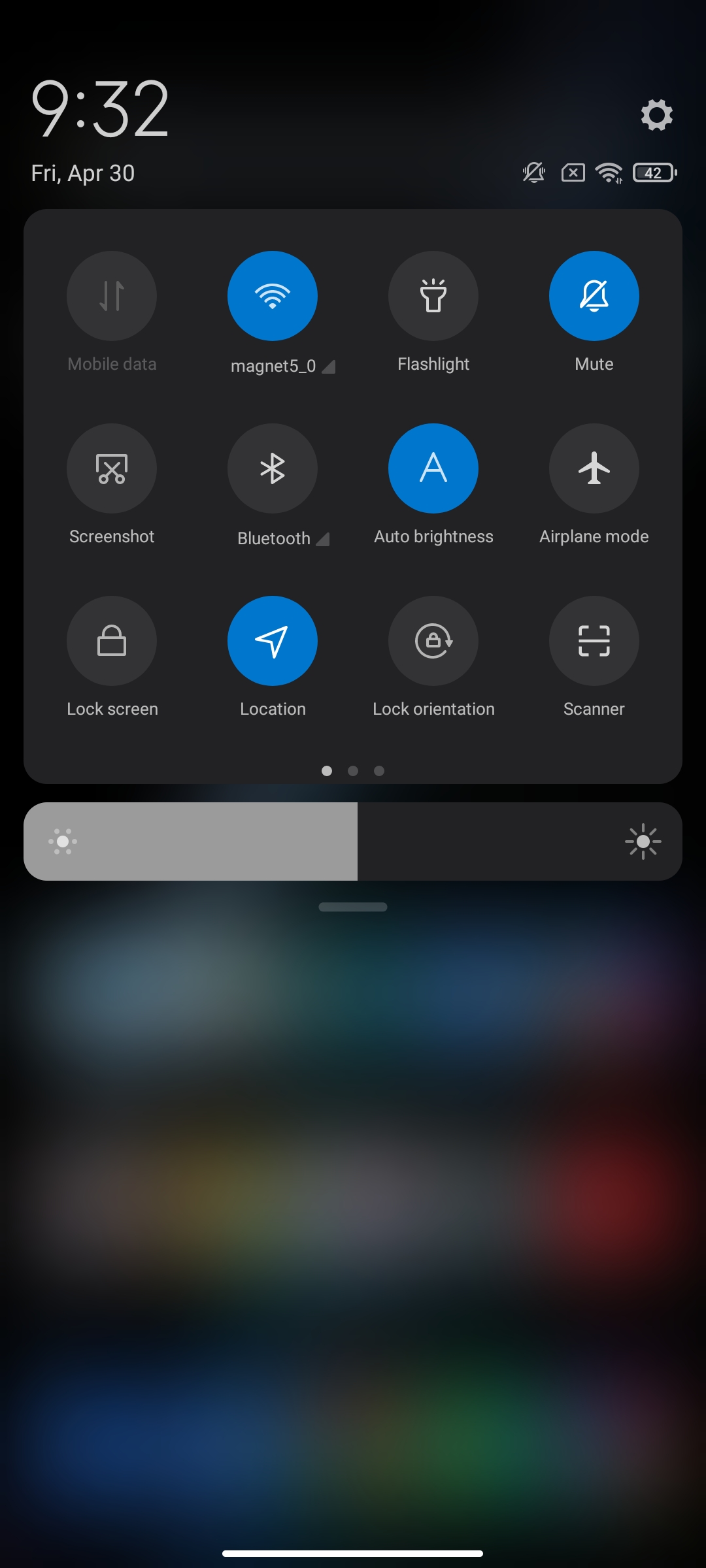
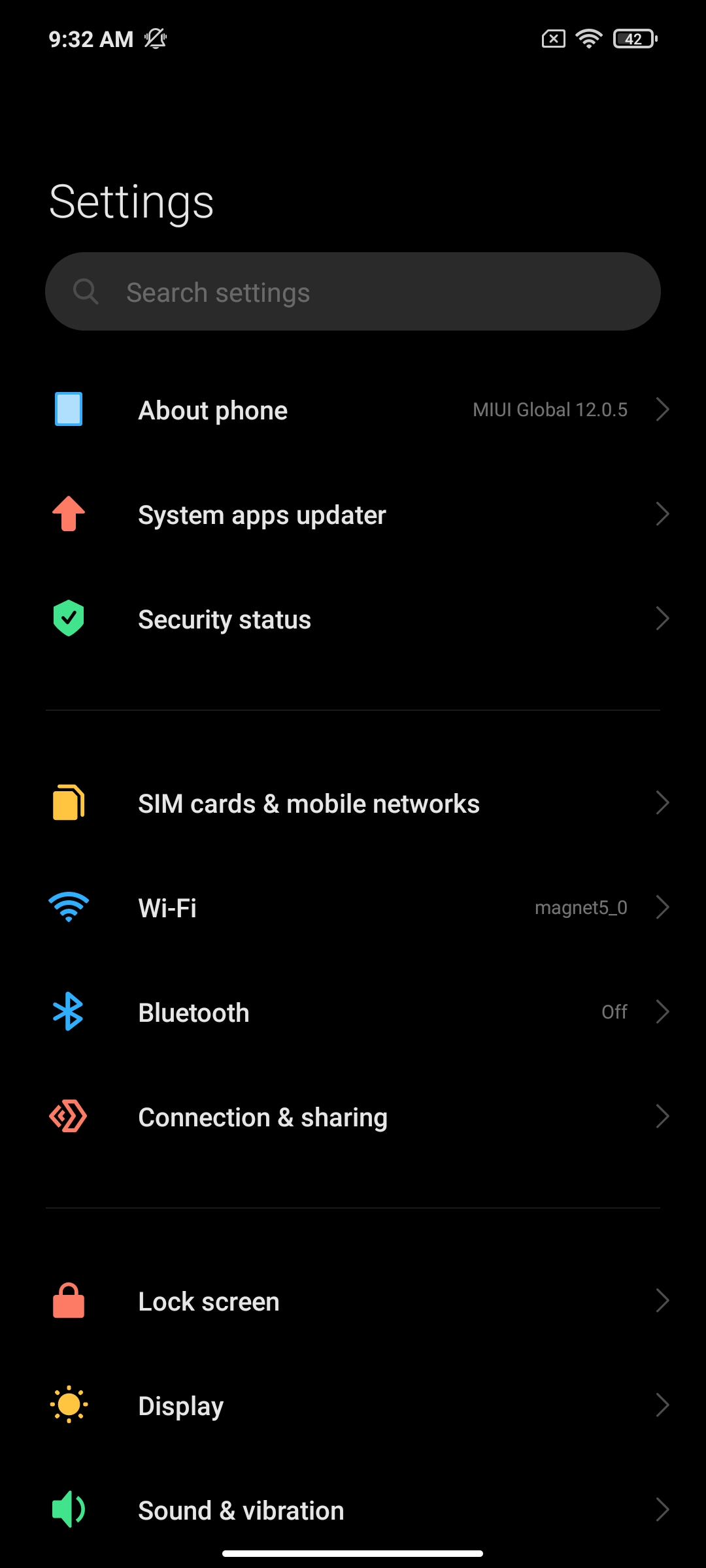
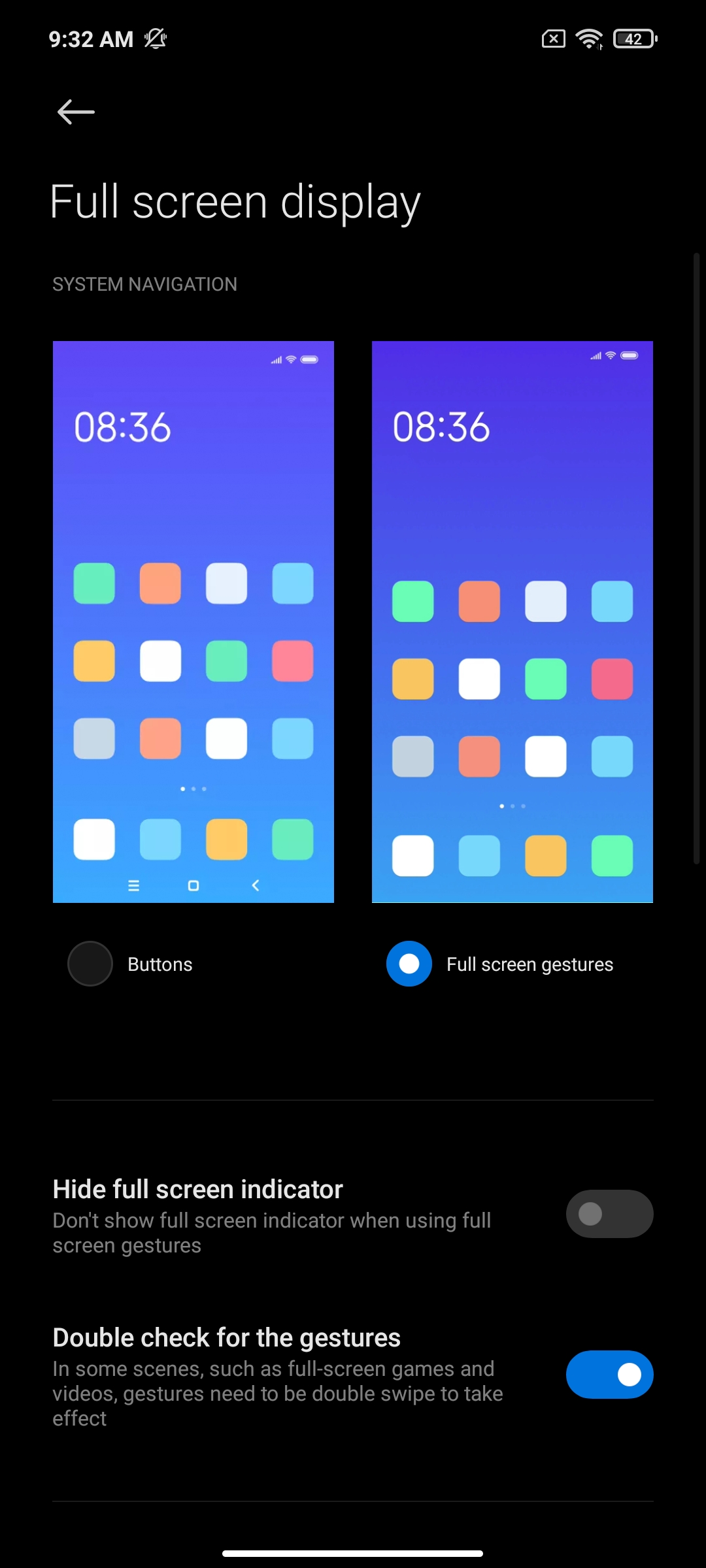
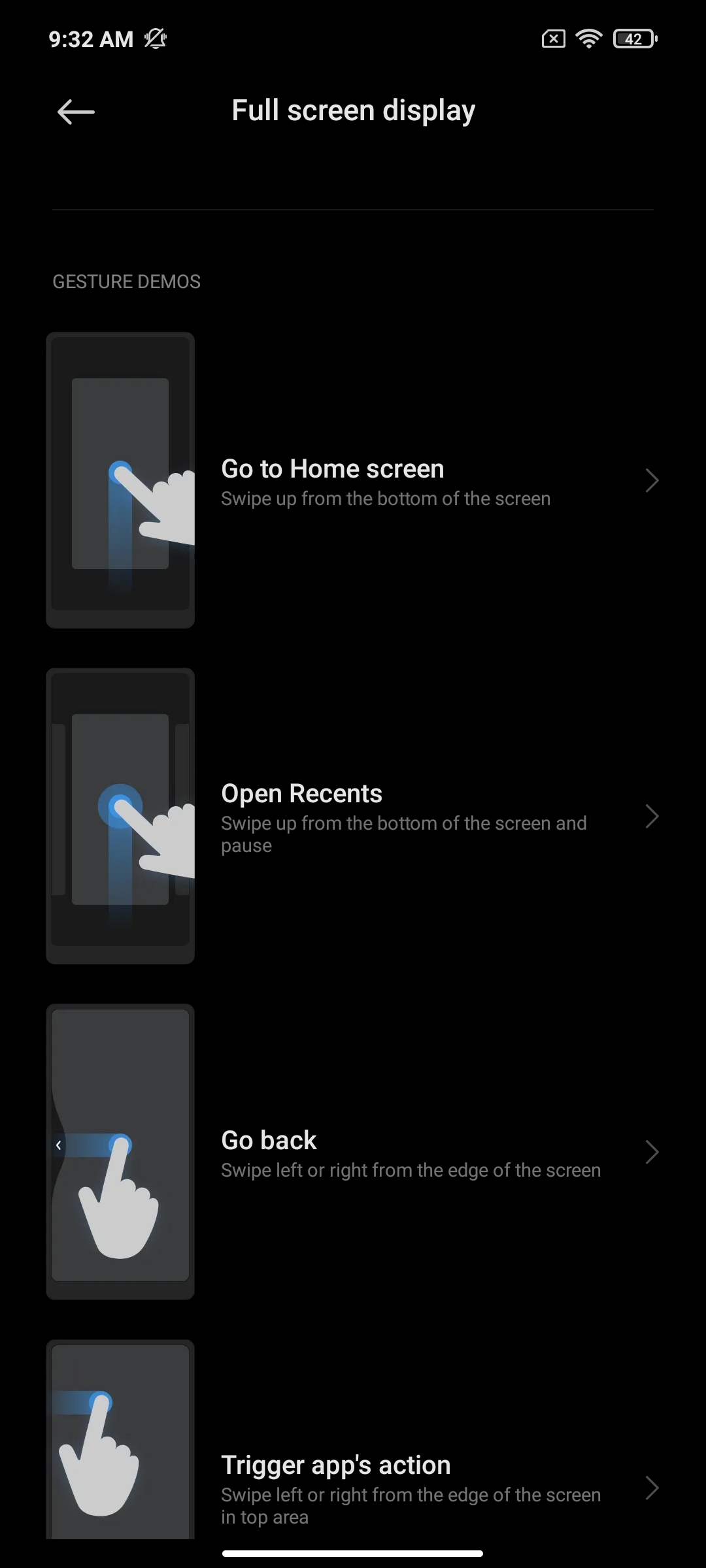
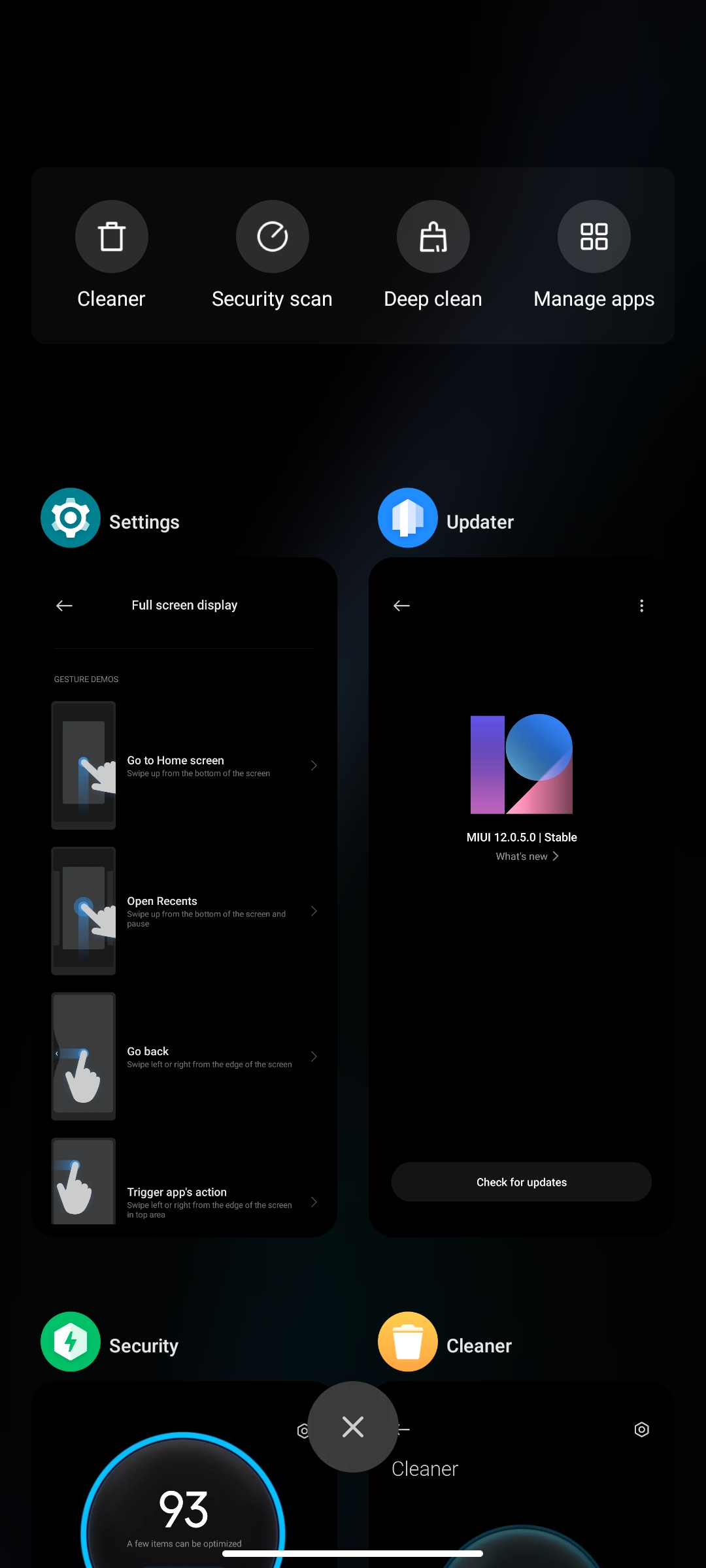
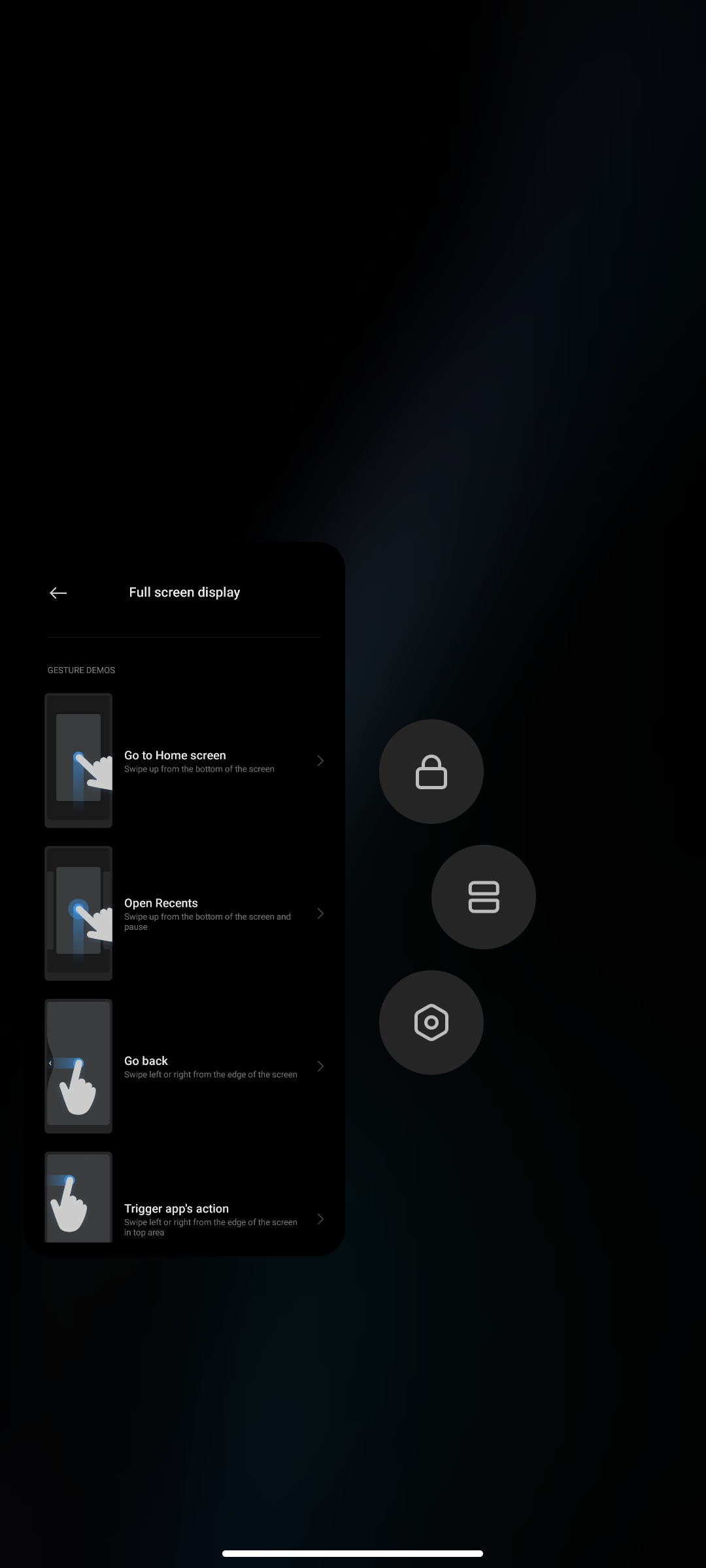


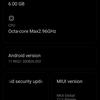







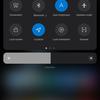
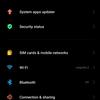


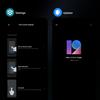

POCO X3 Pro runs on Android 11 version with MIUI 12.0.5.0 shell for POCO. MIUI is already well known from other Xiaomi smartphones: the interface is redrawn, but the general logic is not much different from the stock Android. There is a separate application menu with filtering, gesture or button navigation, a relatively familiar curtain and the ability to customize the grid. In a word, everything is as we are used to. And it all works really fast and looks fluid on a 120Hz screen. Of the minor quibbles, it is worth highlighting only a decent set of preinstalled unnecessary games and applications such as Amazon or WPS Office. But they are removable, so that all unnecessary can be removed without any problems. The application manager is made in the form of a vertical list with cards and a split screen.
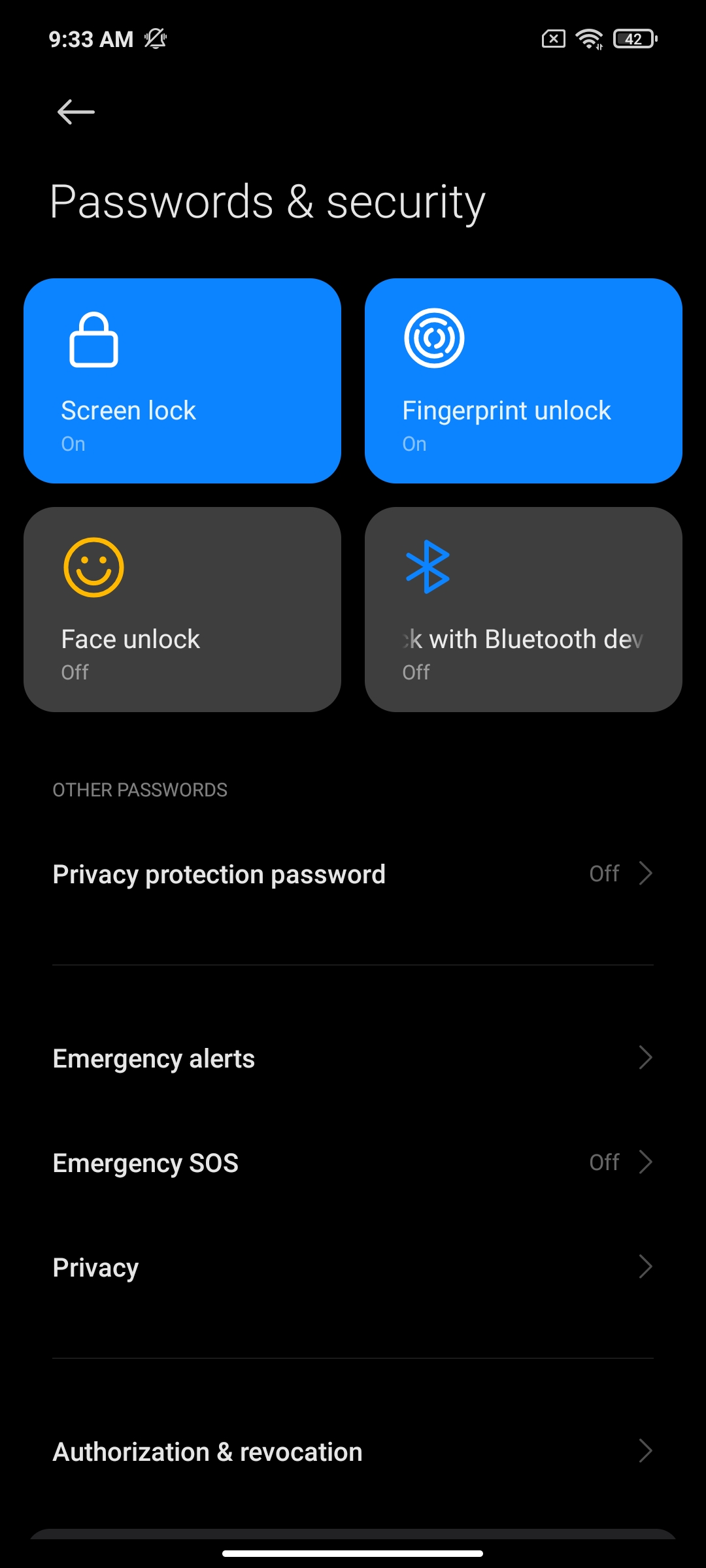
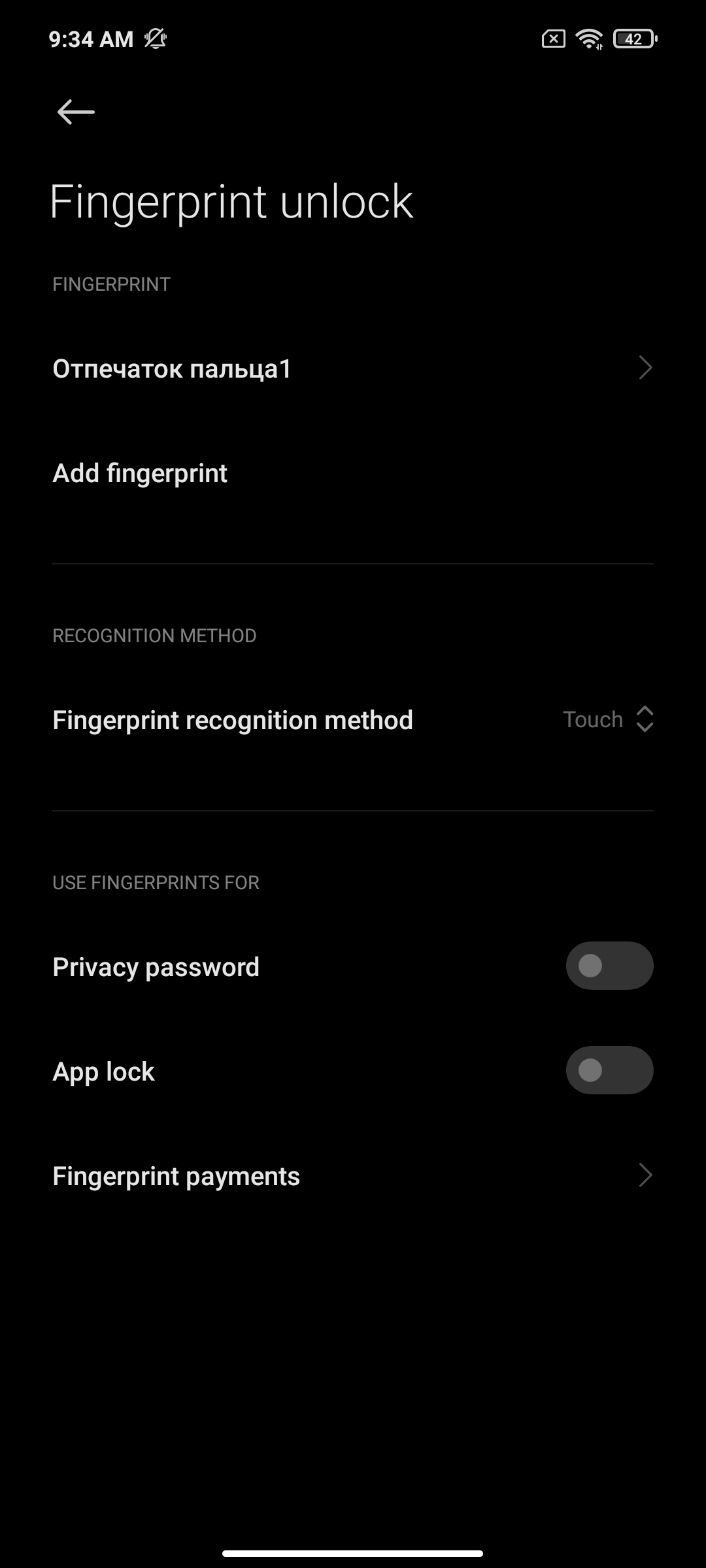
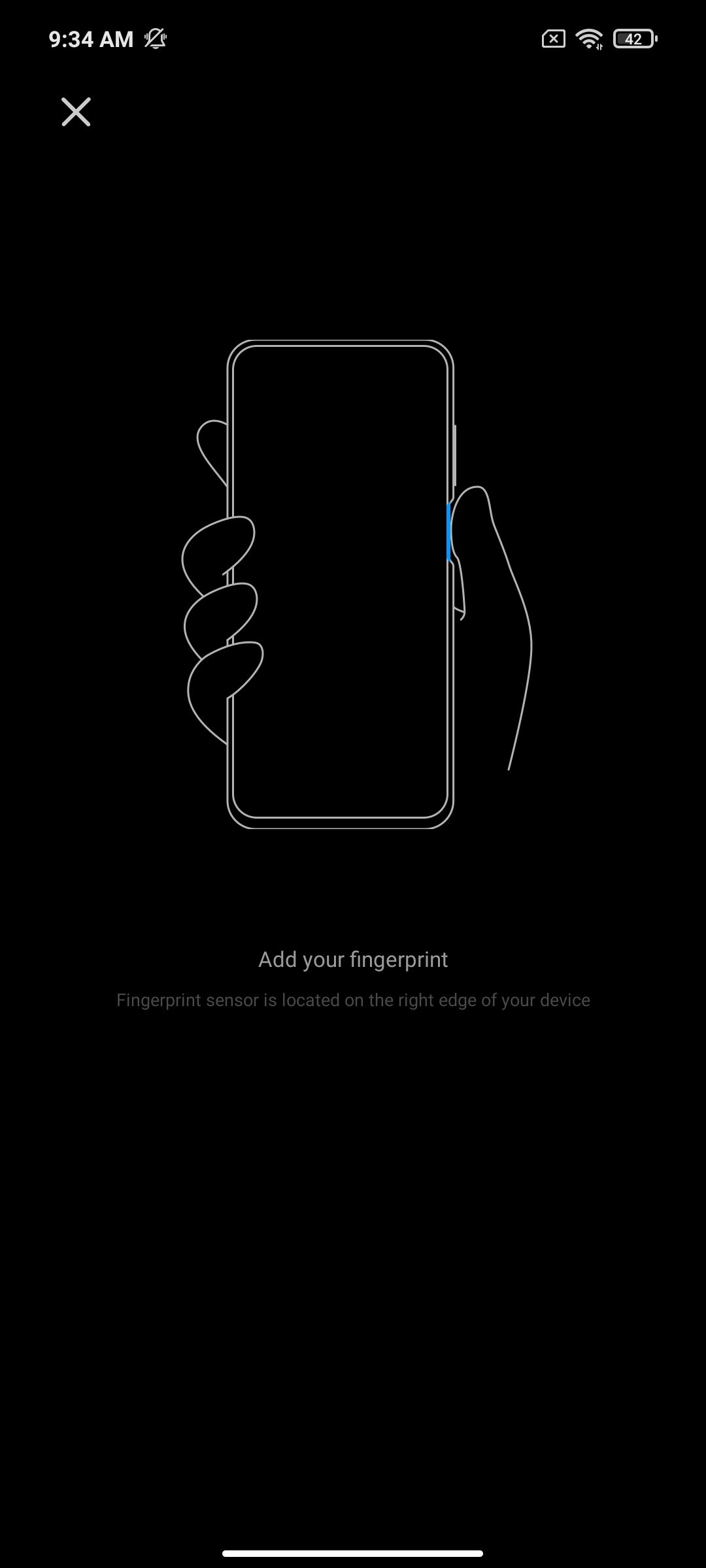
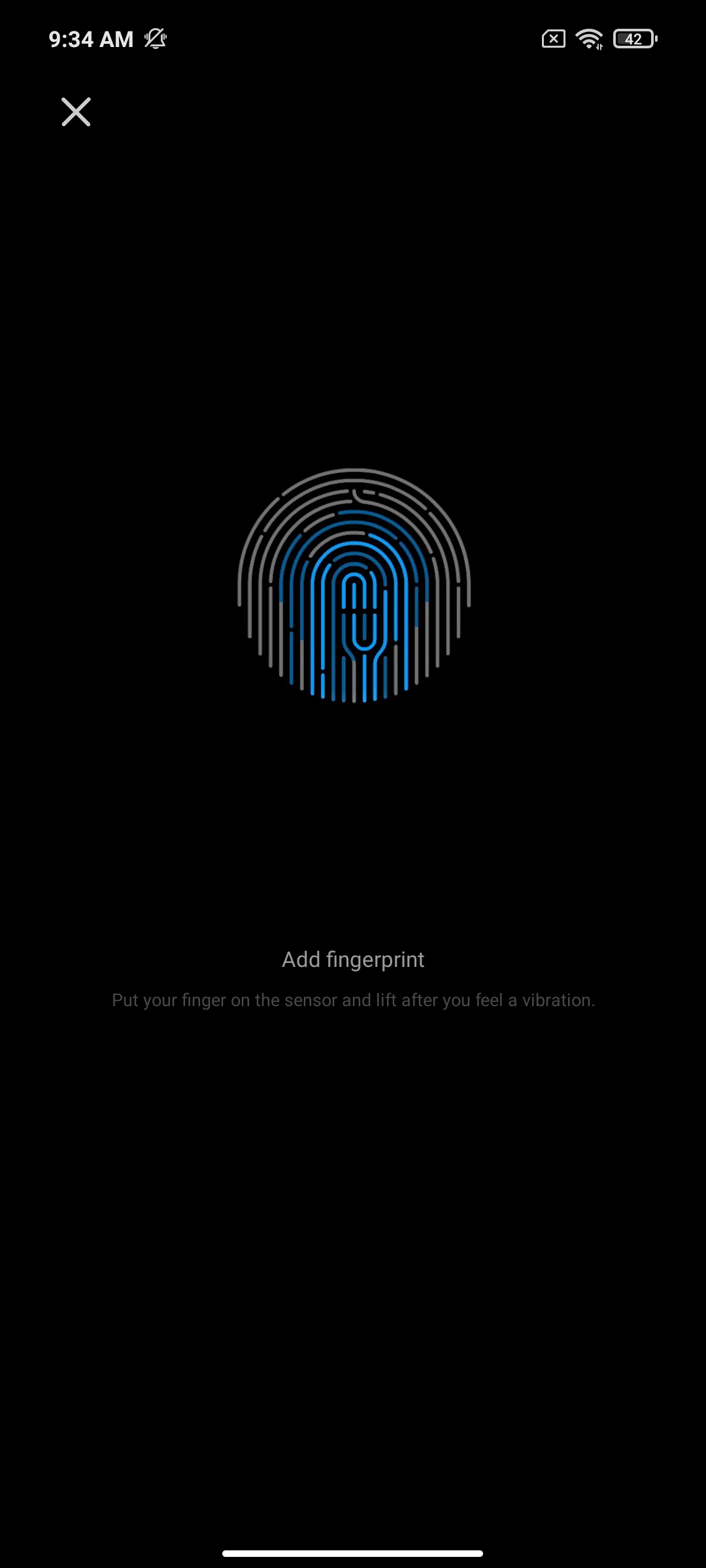
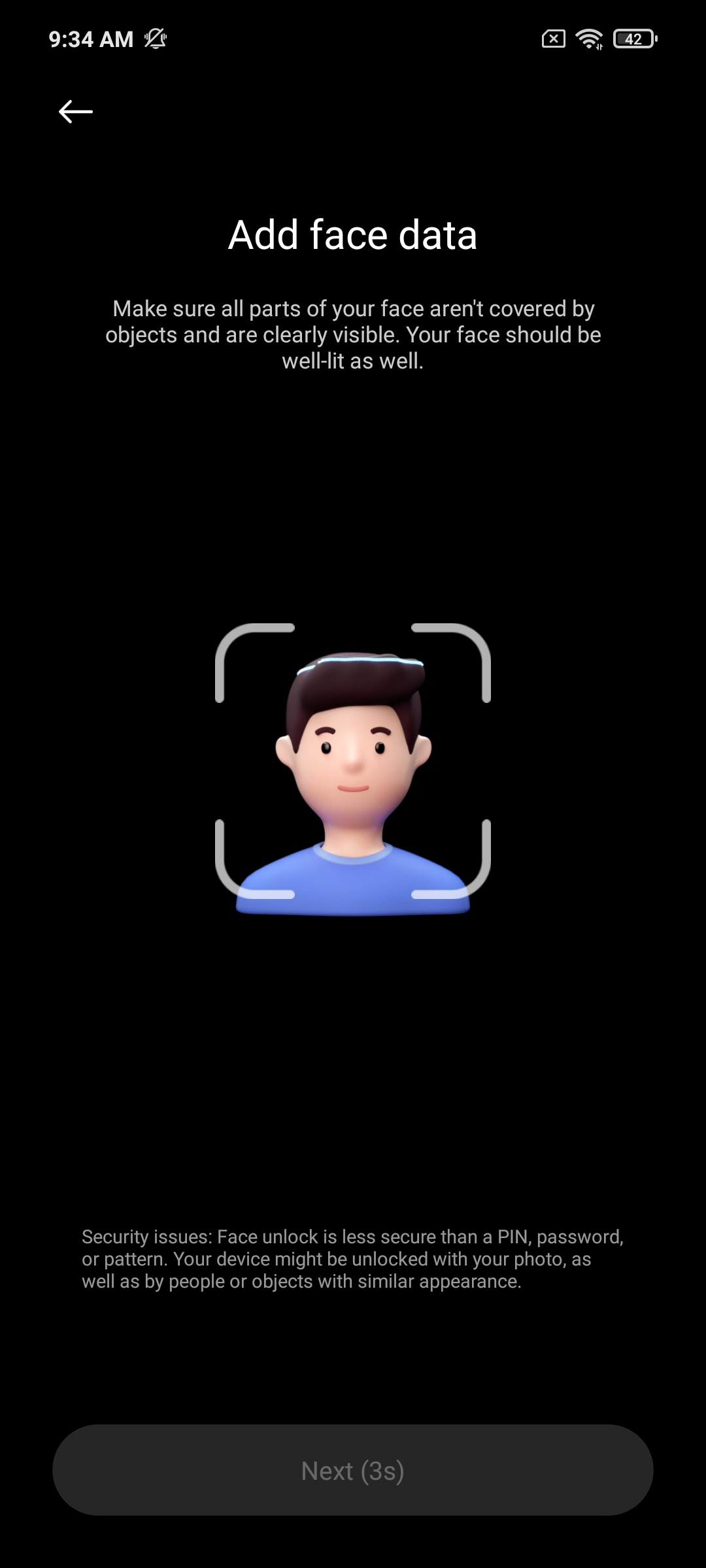





Besides fingerprint scanner, there is face recognition. There are no peculiarities of work in comparison with other similar models: the front camera is used for recognition without additional sensors. Works quickly in good lighting conditions.
Standard set of stock applications:

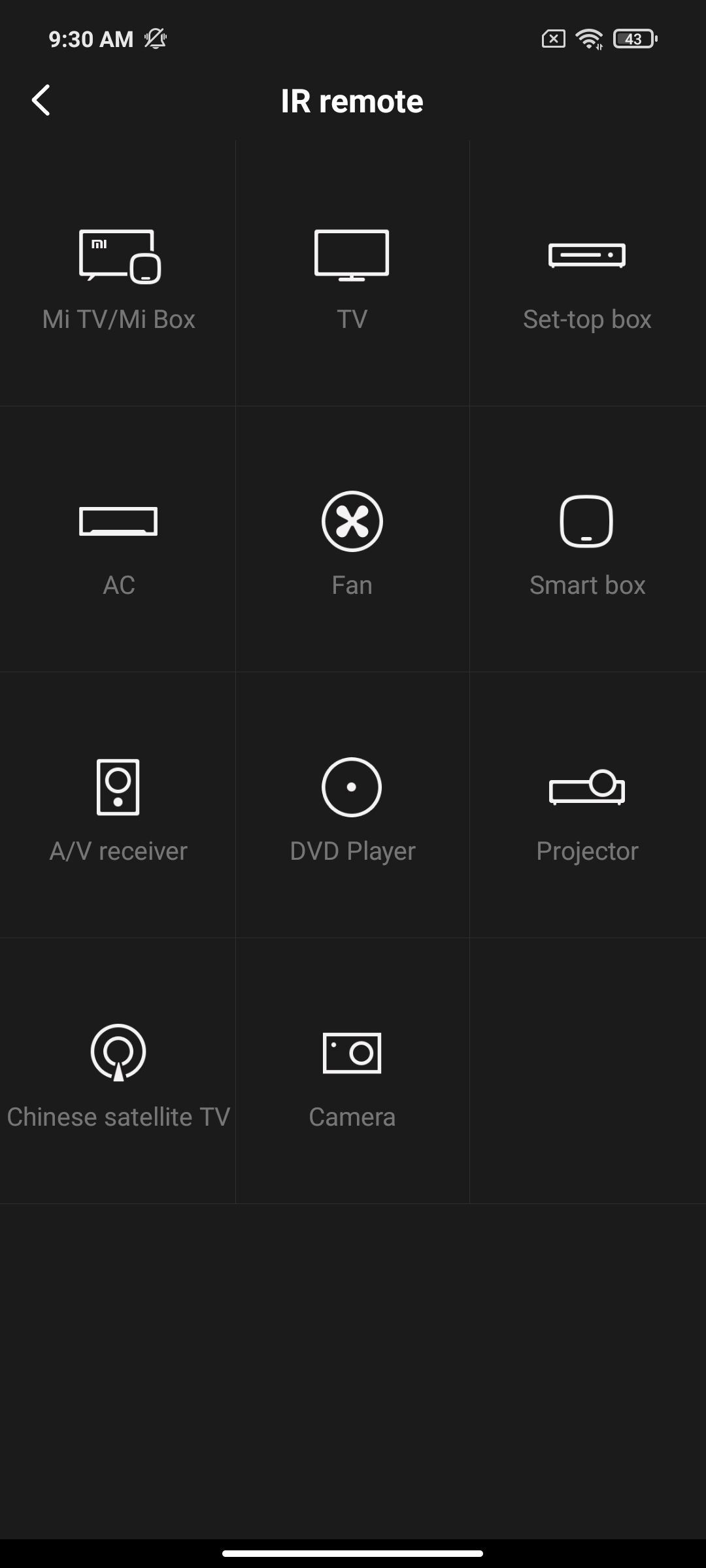
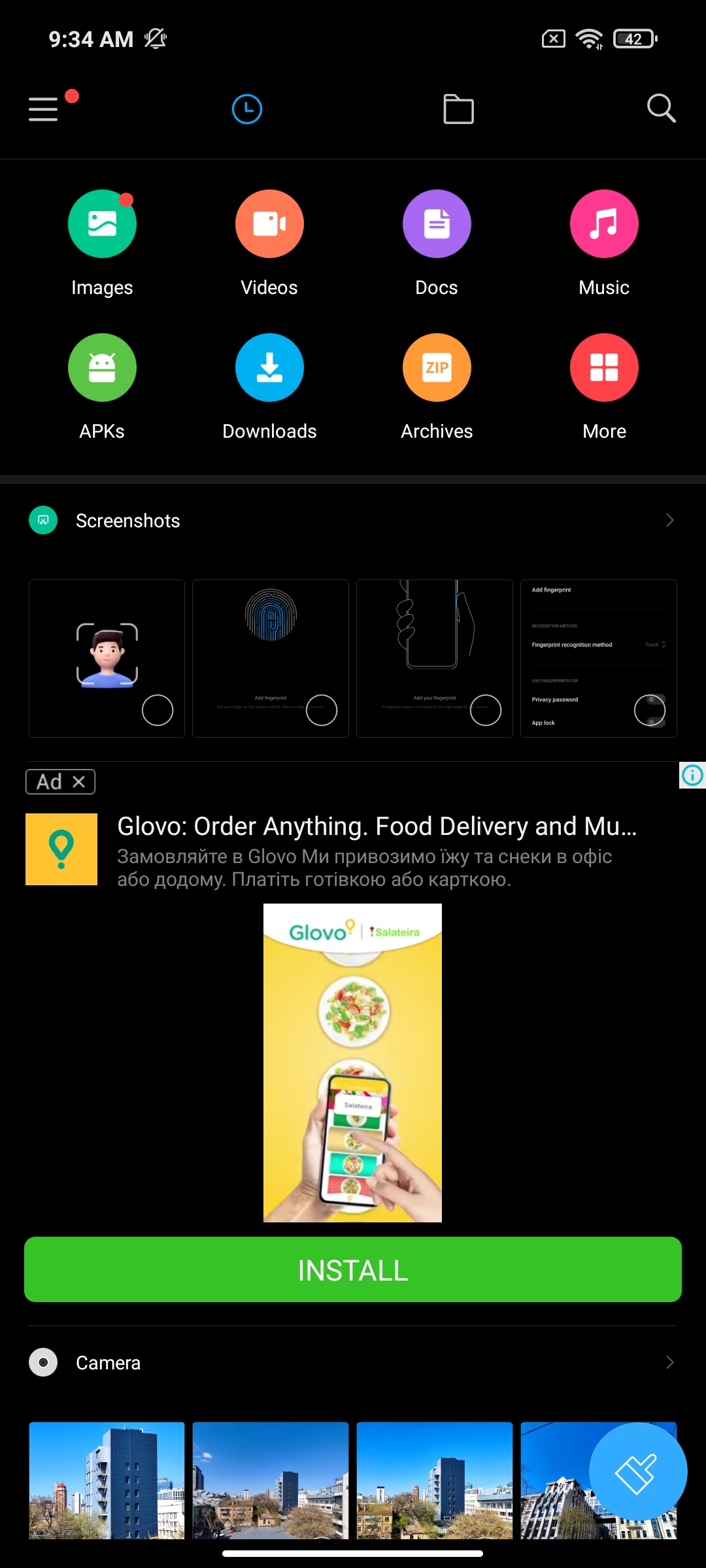
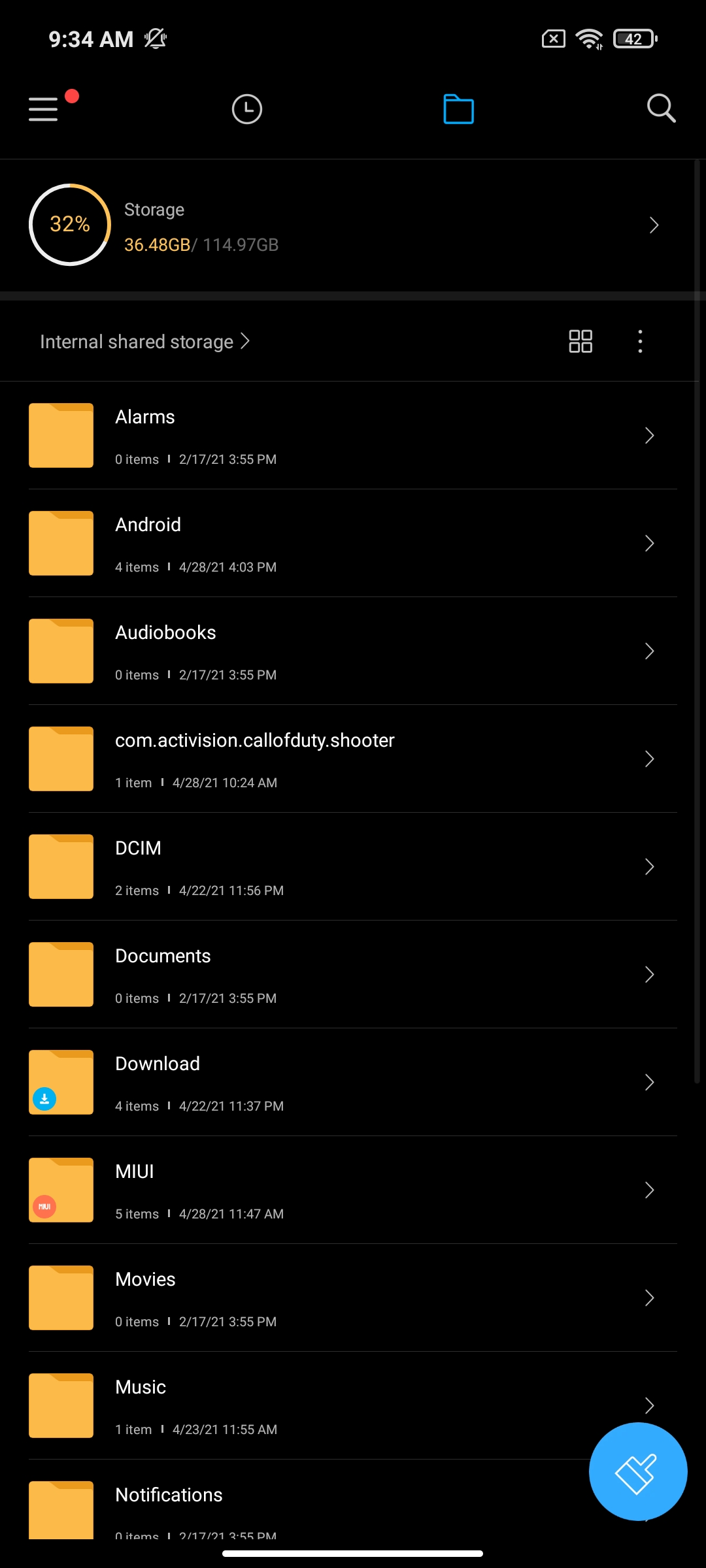
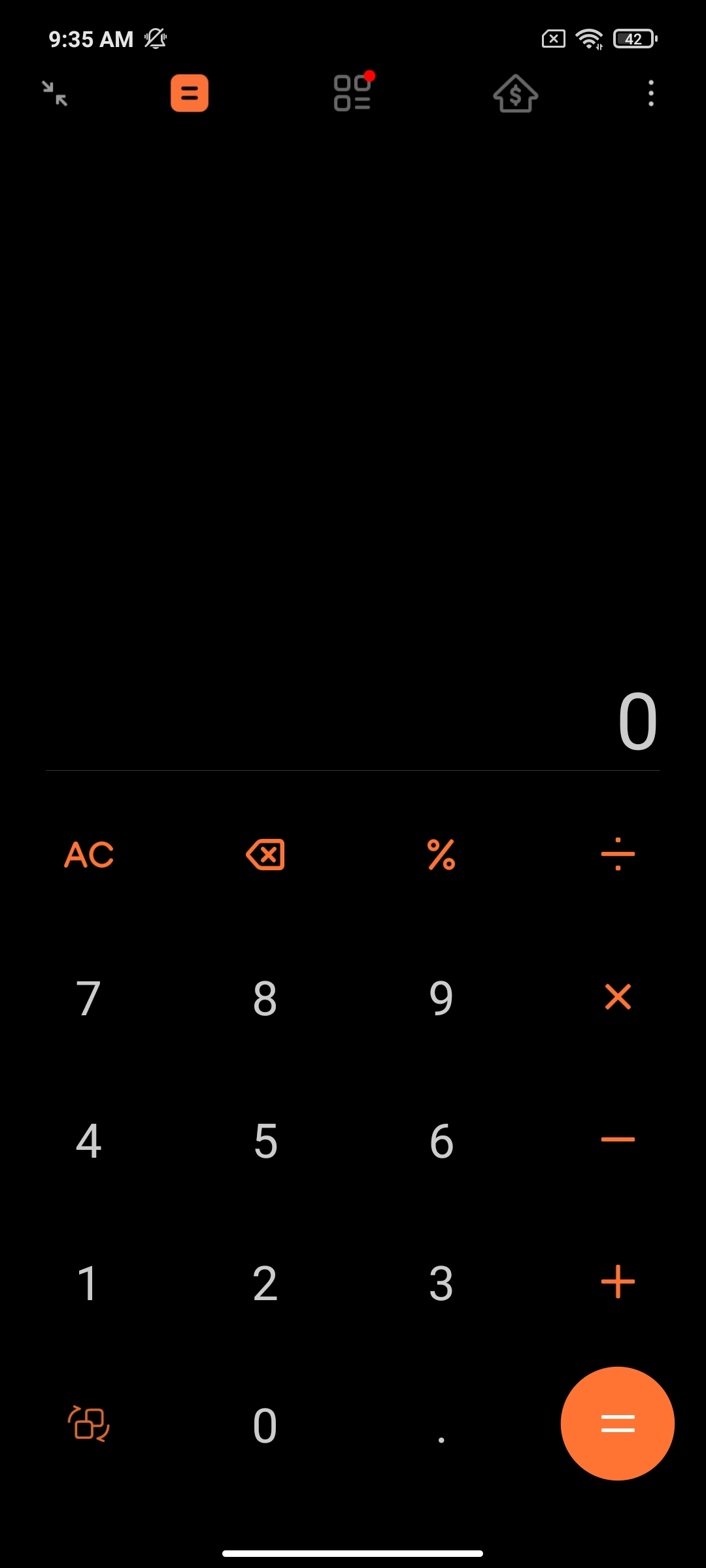
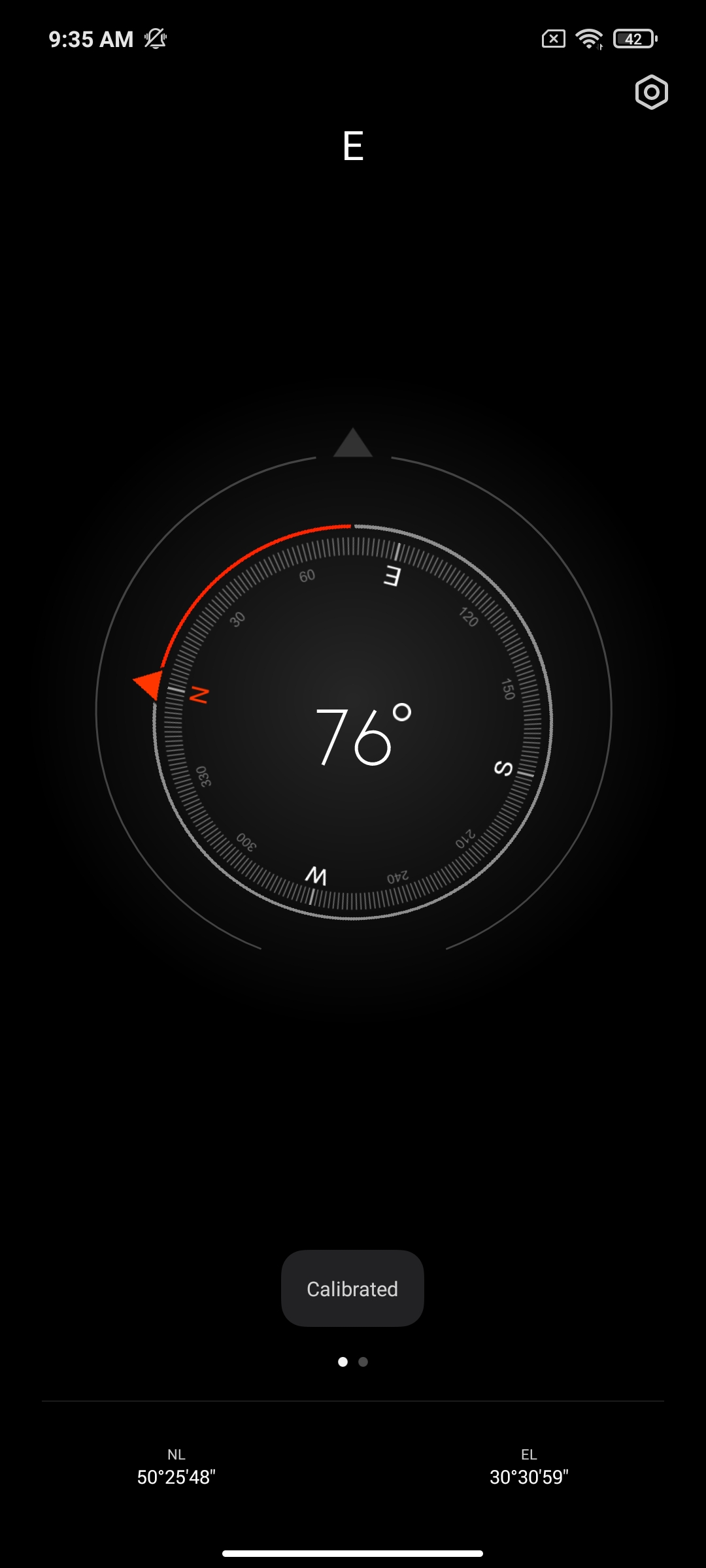
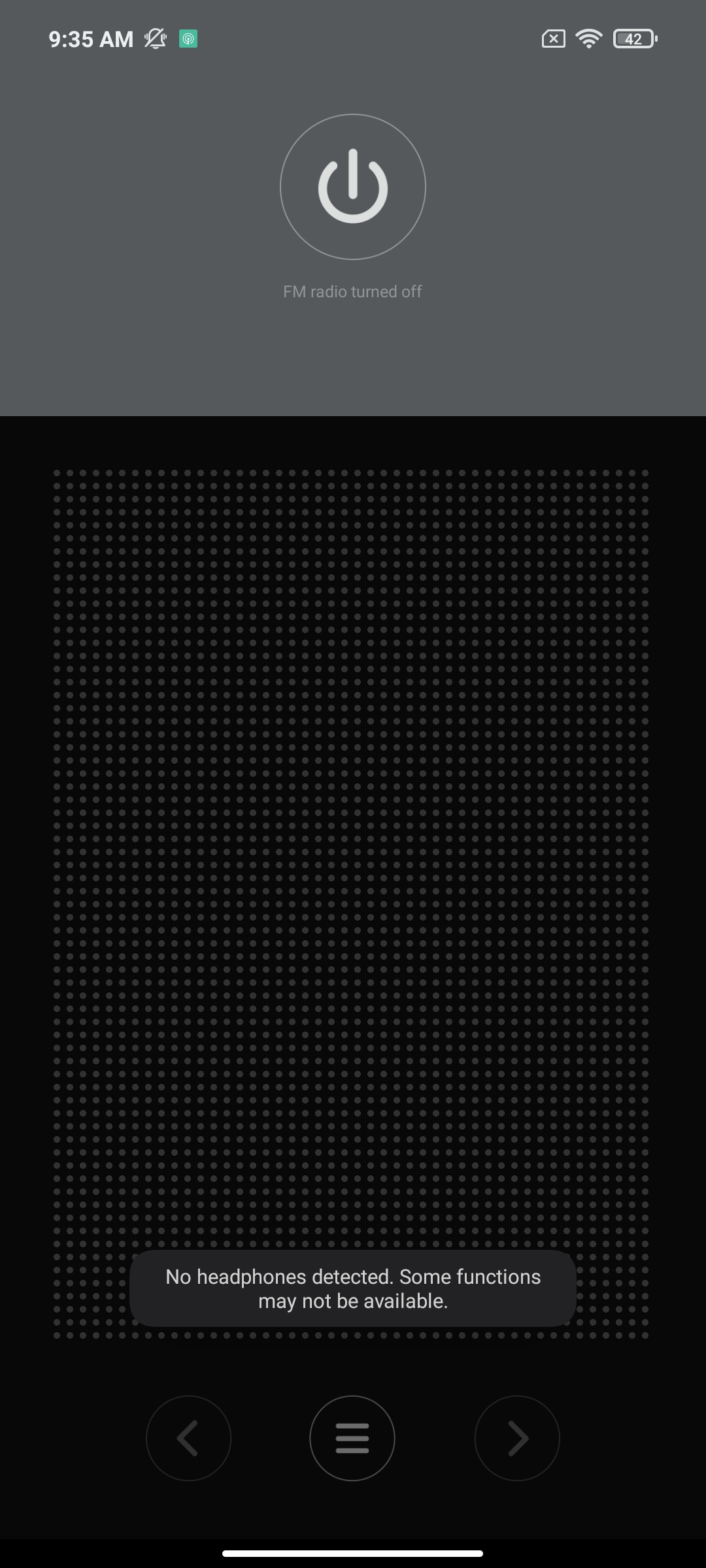
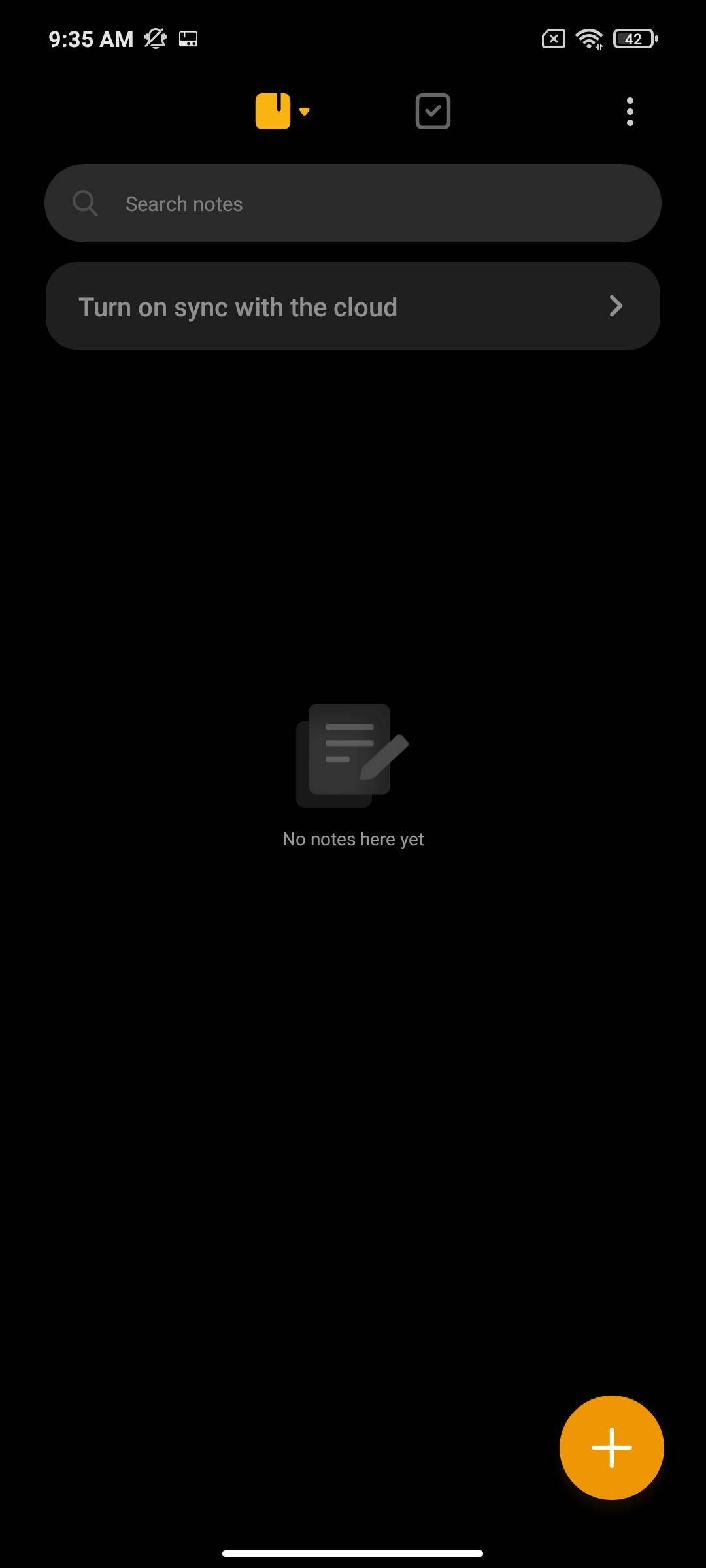

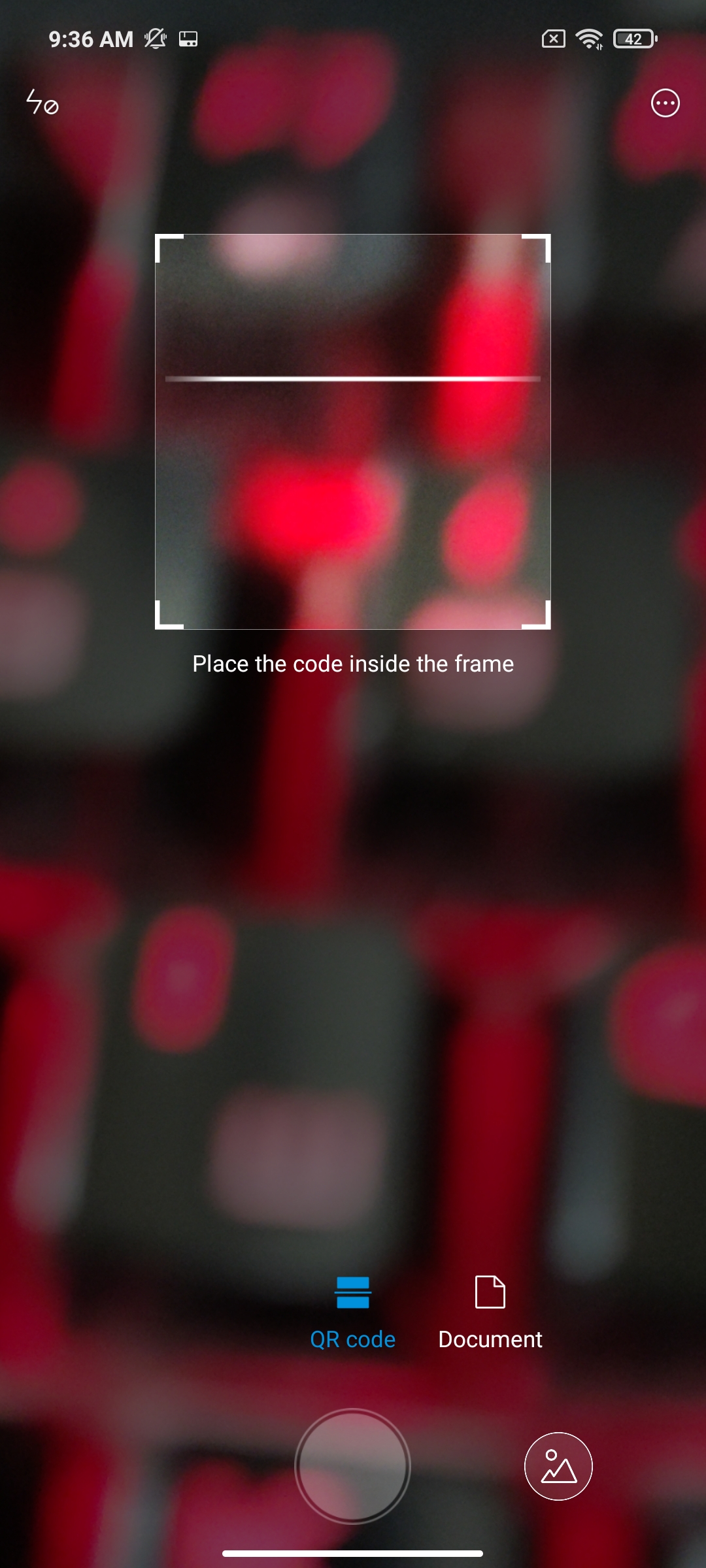





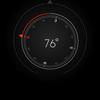
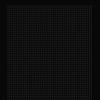



Cameras

Internally, POCO X3 Pro wins over its predecessor. But the cameras are slightly weaker than the POCO X3 NFC. On the back there are four cameras. The main one is 48 MP (versus 64 MP on the POCO X3 NFC) with f/1.79 aperture and phase autofocus. Ultra wide-angle – 8 MP (vs. 13 MP) f/2.2, viewing angle – 119˚. The other two modules remained unchanged and are still of little use. Macro and depth sensor for 2 MP. The camera application is intuitive: horizontal carousel with the main modes of shooting, additional (including night mode) – in a separate menu. All basic settings, including flash, filters and HDR are located on the main screen.
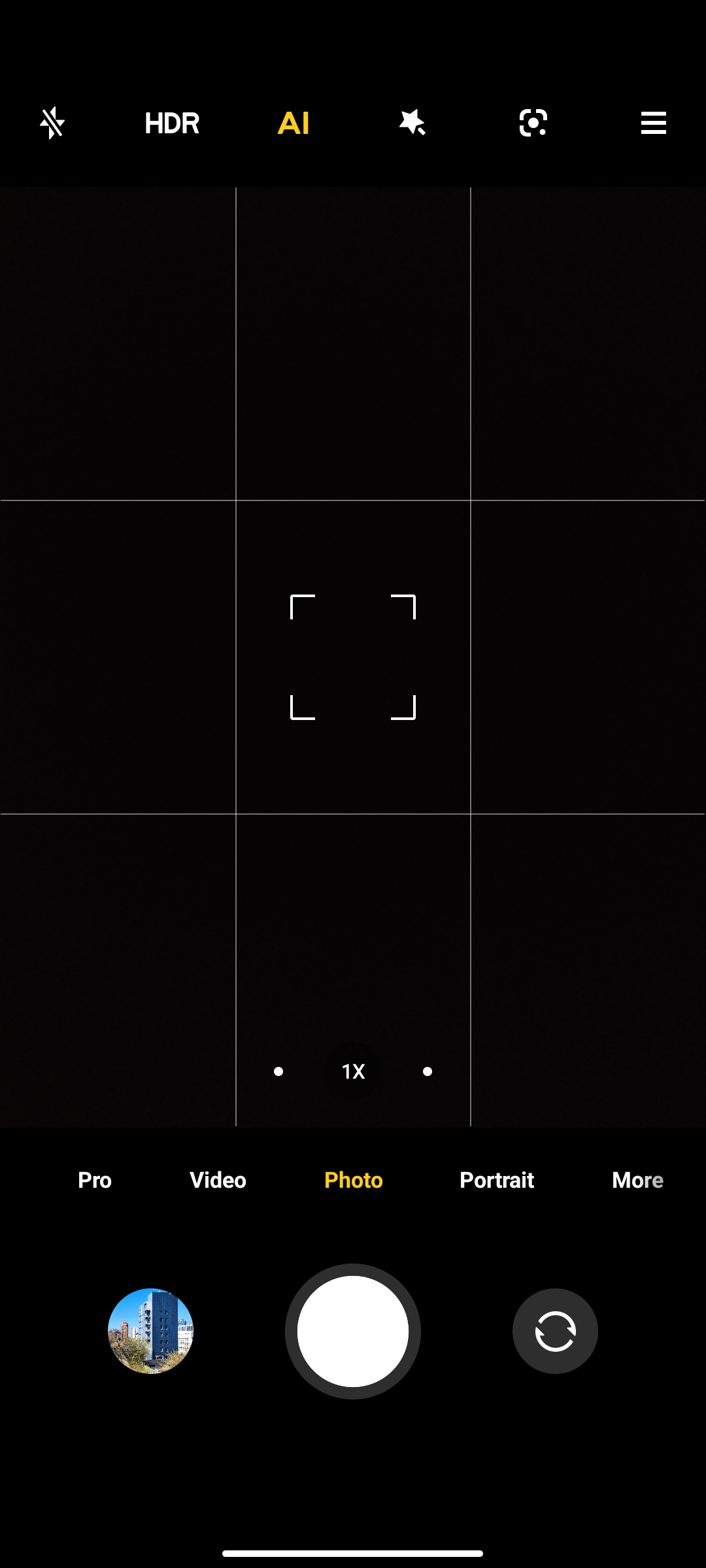
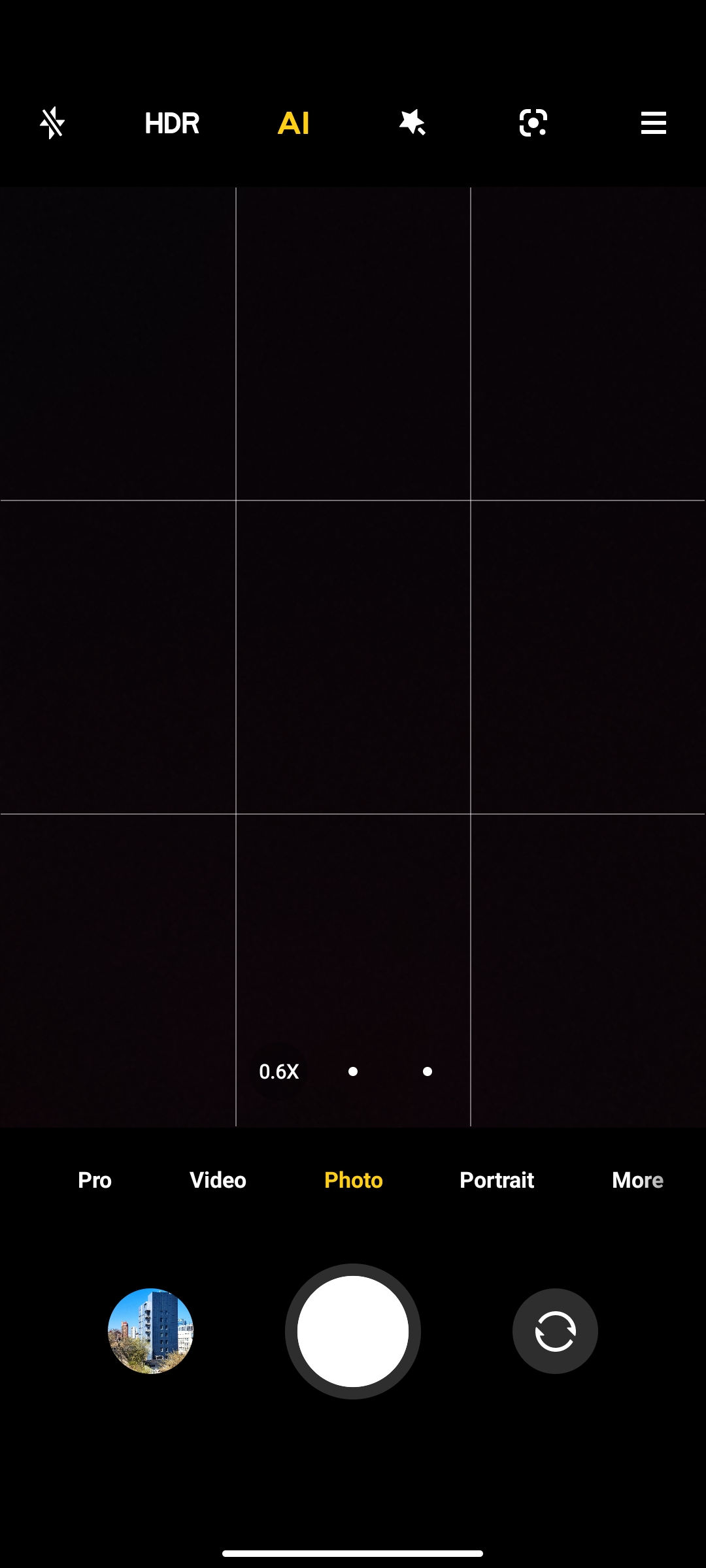
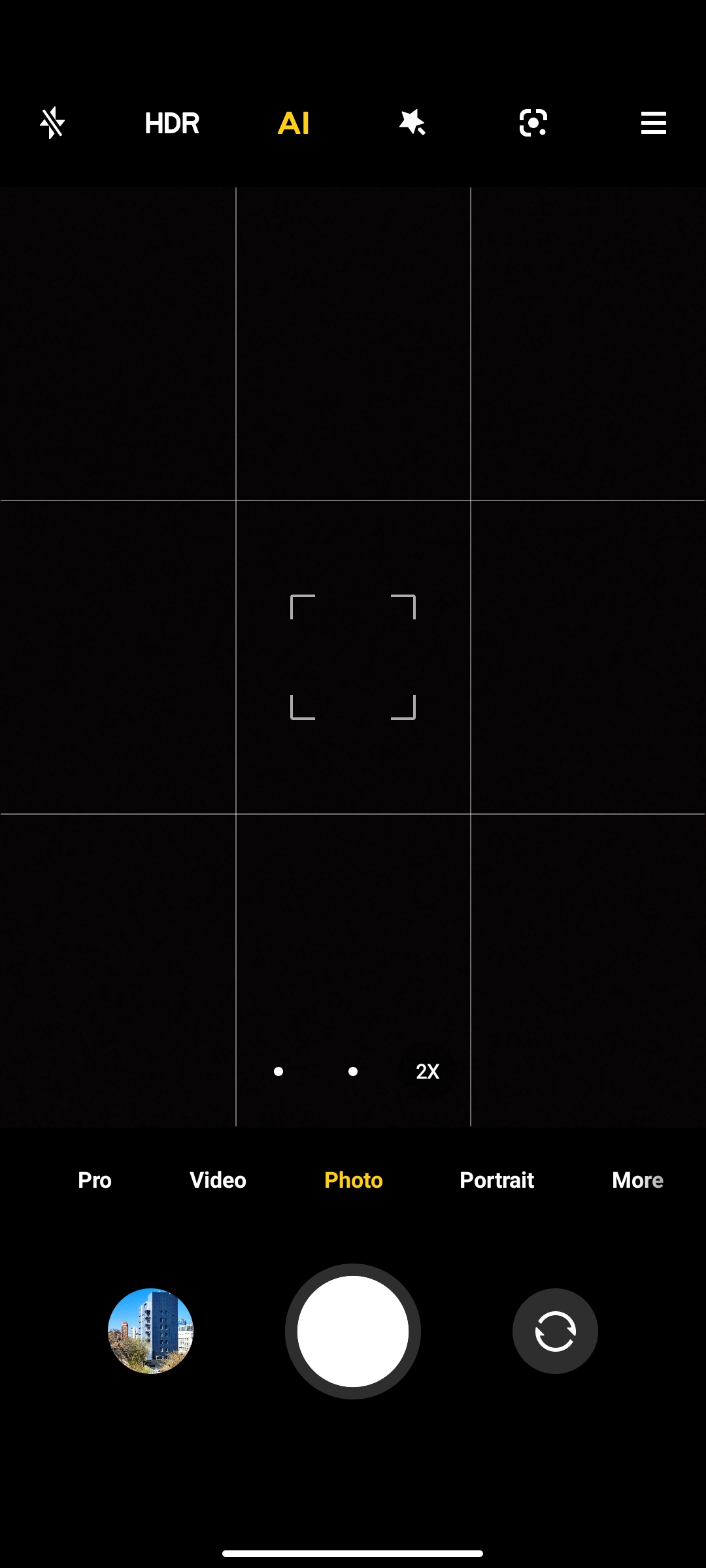
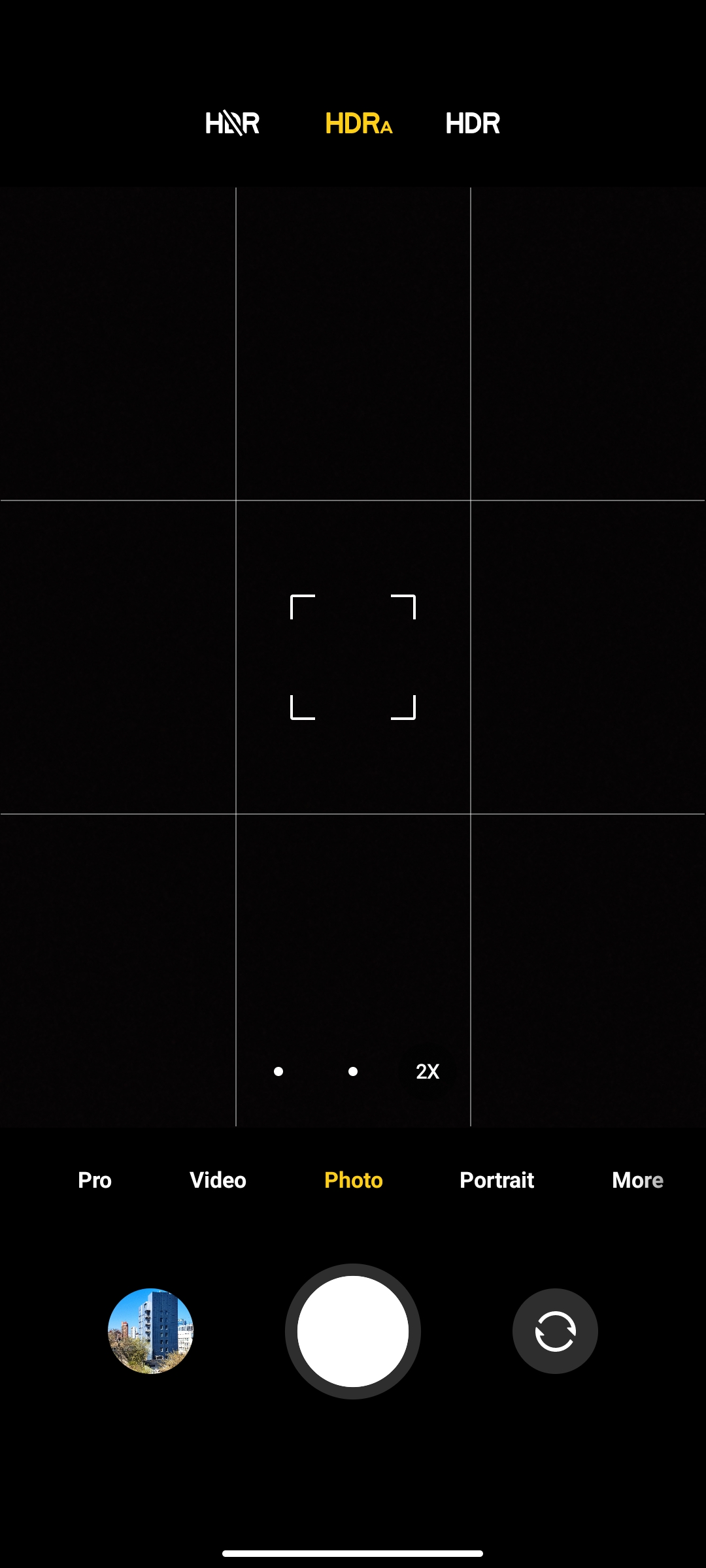
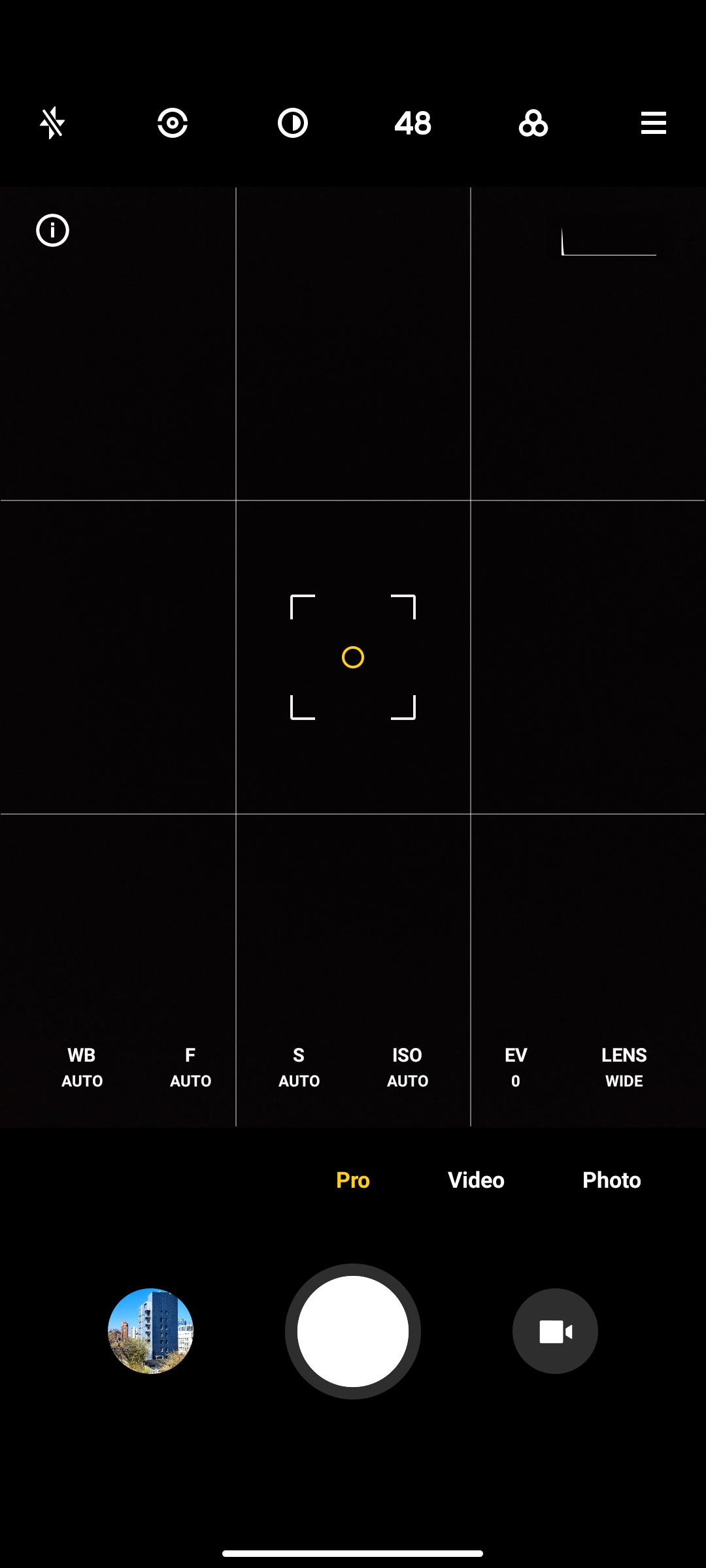
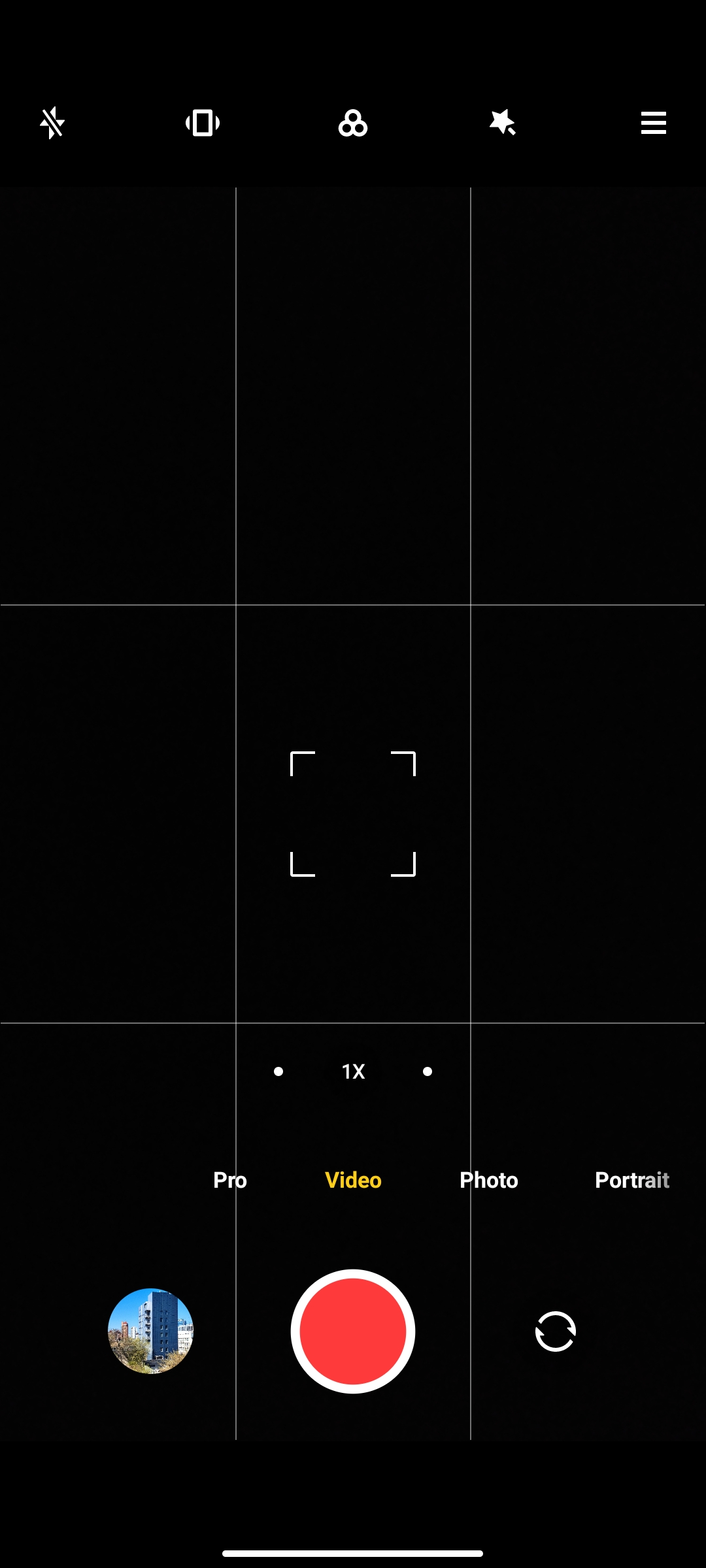
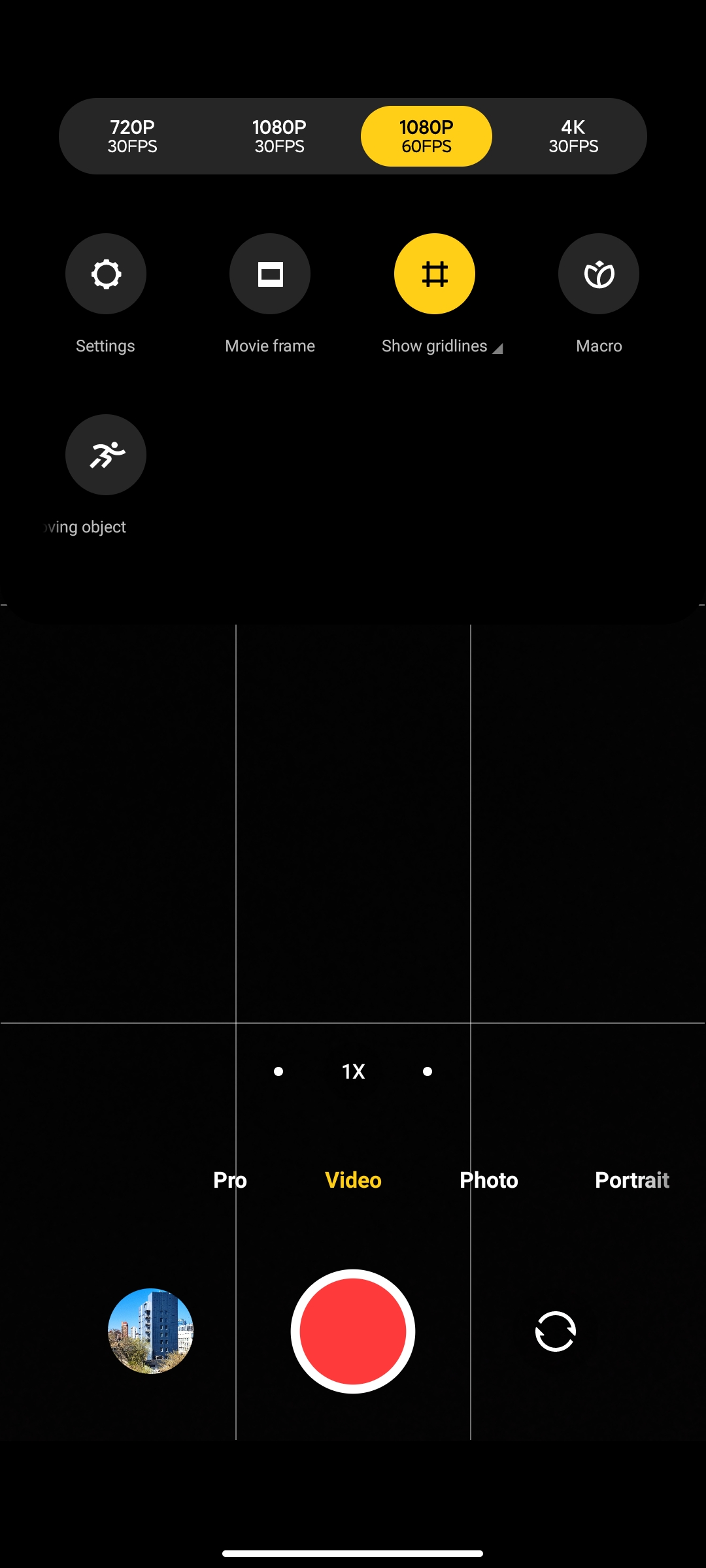
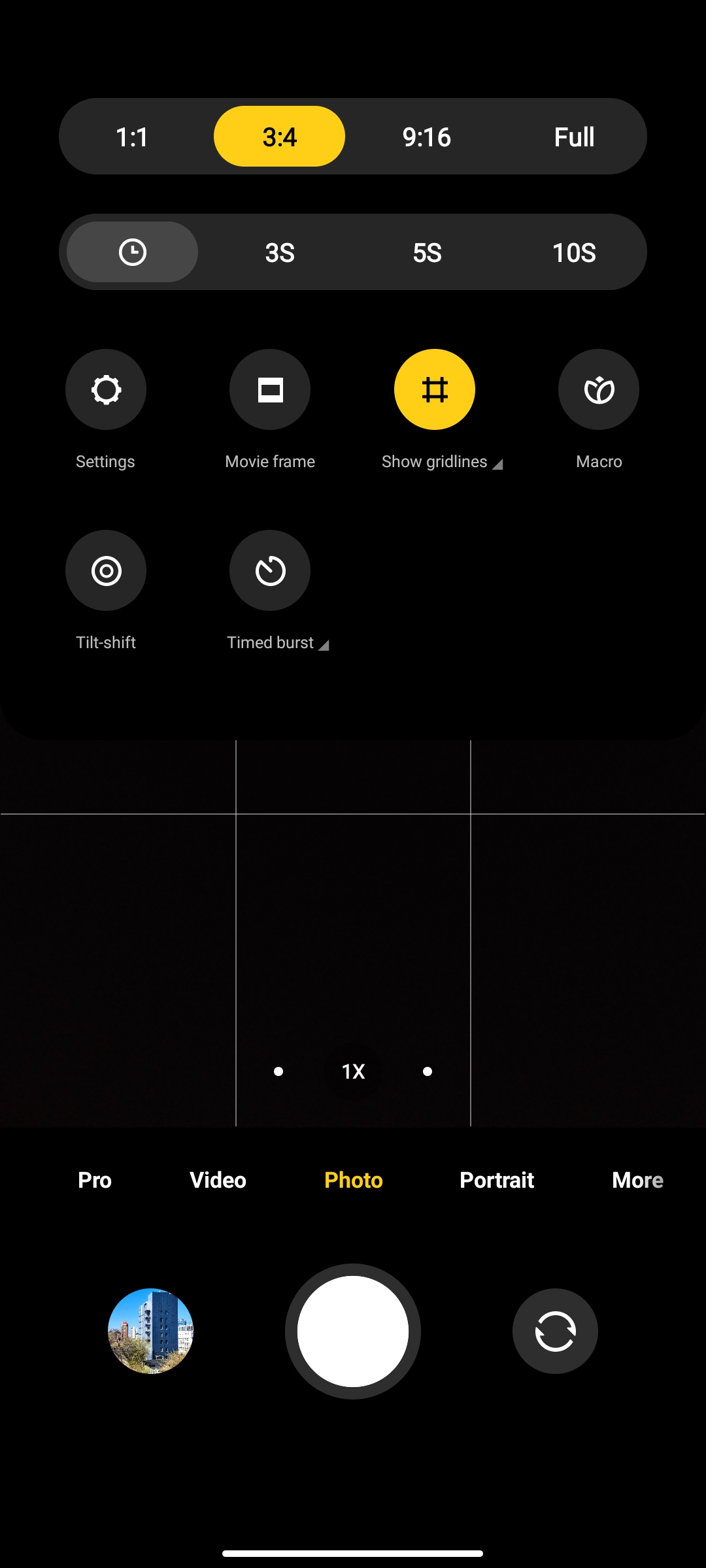
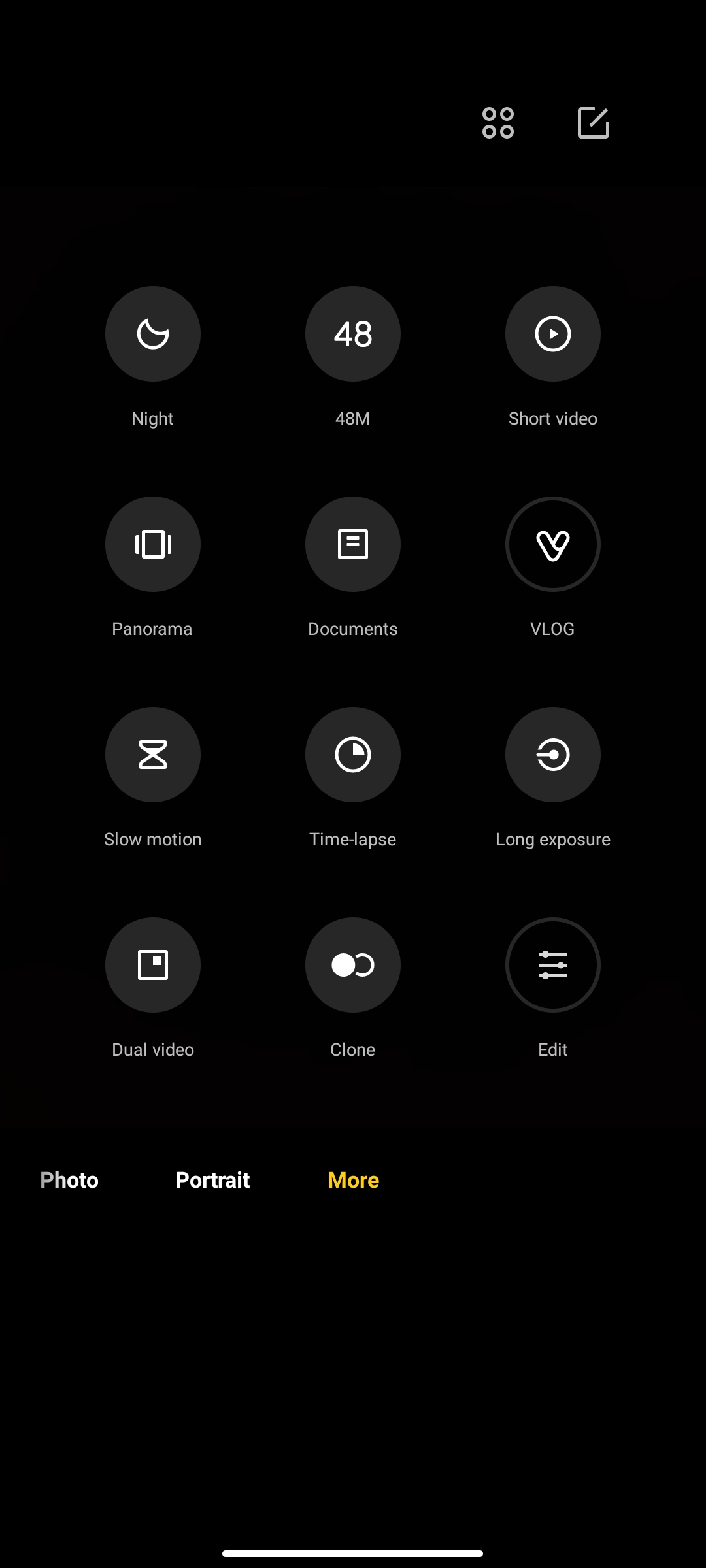









The main camera is not bad, but no more. In good light, you get good-quality pictures with good detail and natural color rendition. But at times the automatic HDR does not work quite adequately and sometimes a little strange photos appear. At night, it becomes much more difficult to cope with the camera and it is no longer so easy to get a clear photo. Noises and smears appear. The originals can be viewed here.


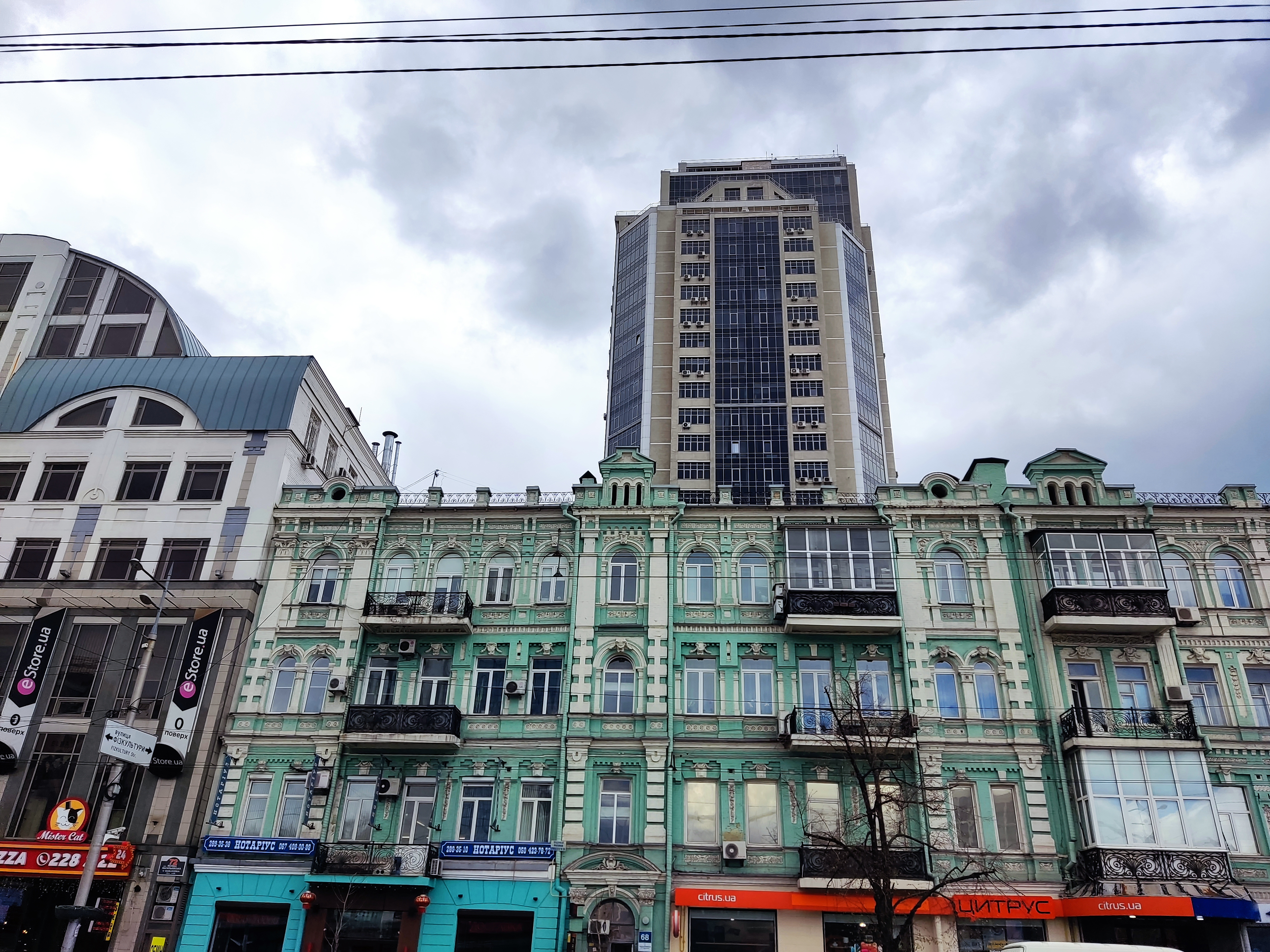

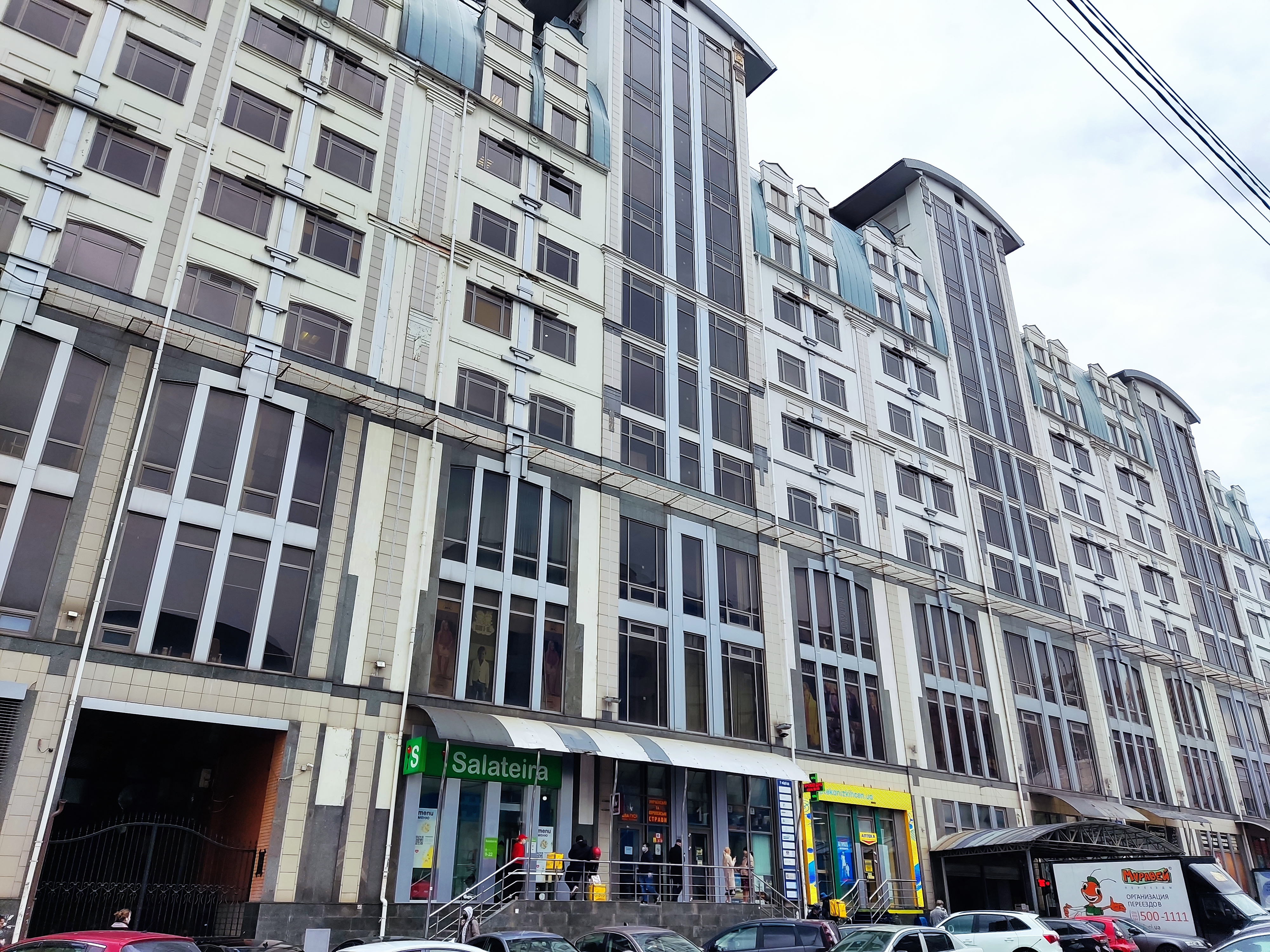
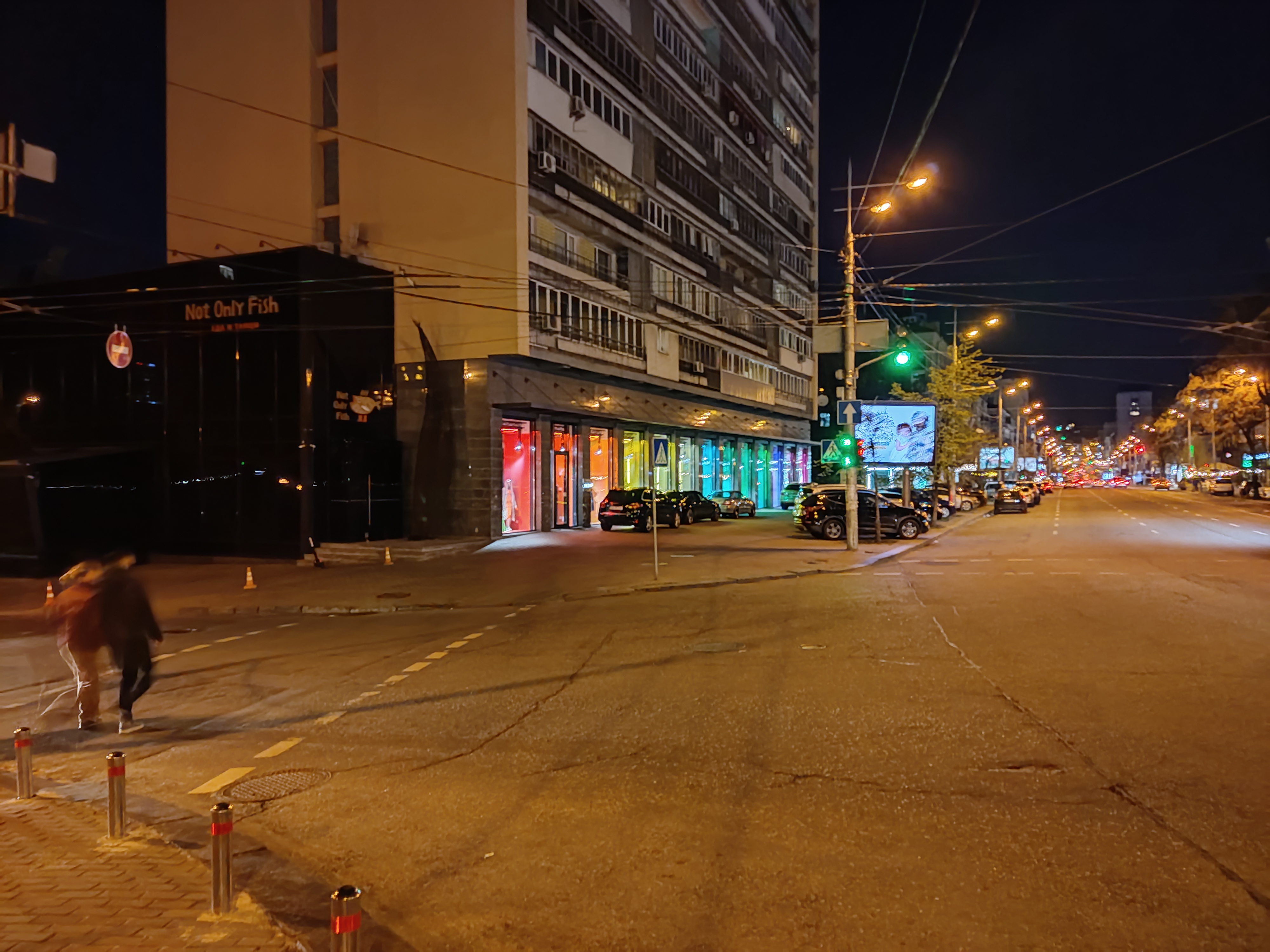
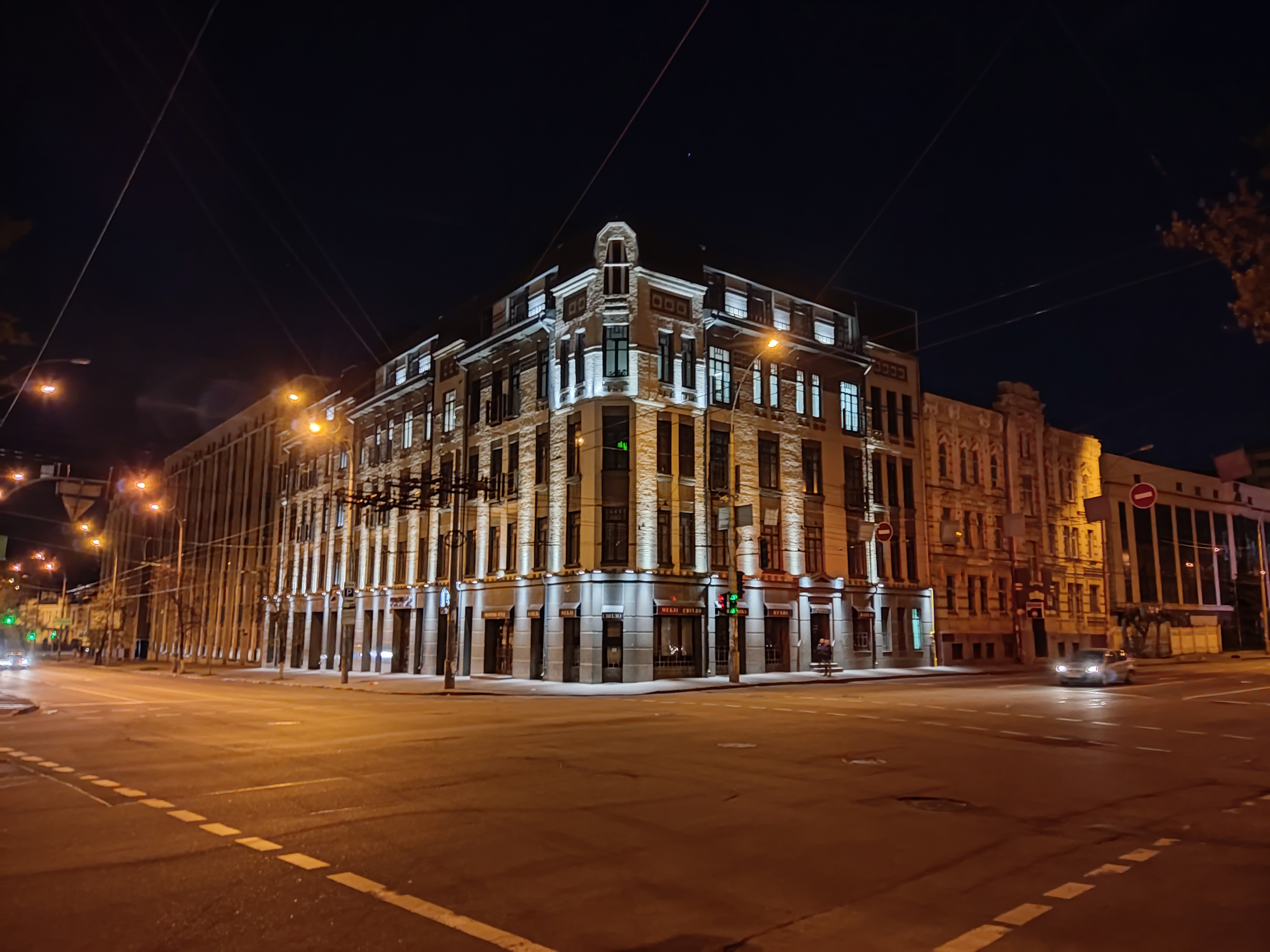

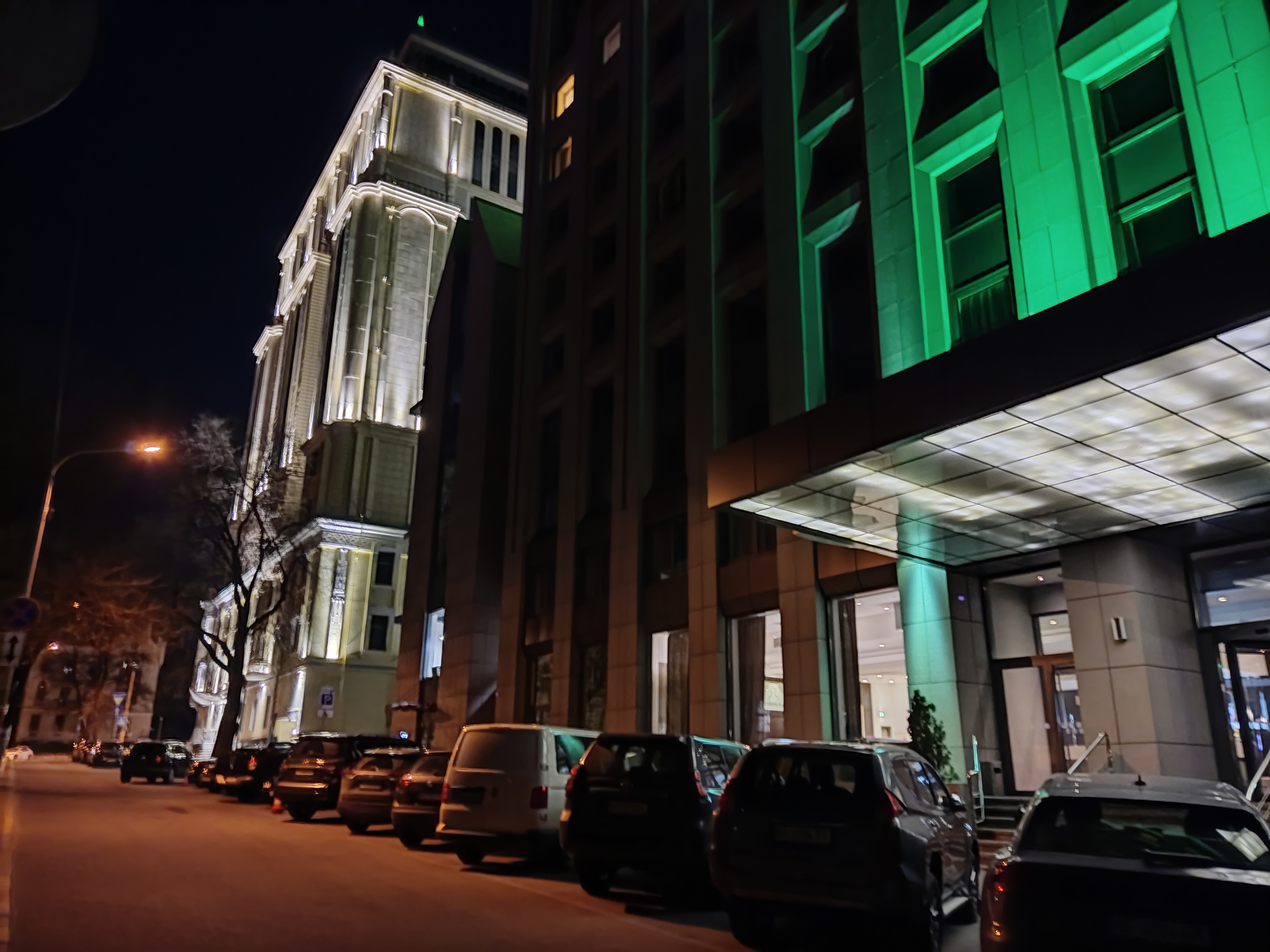
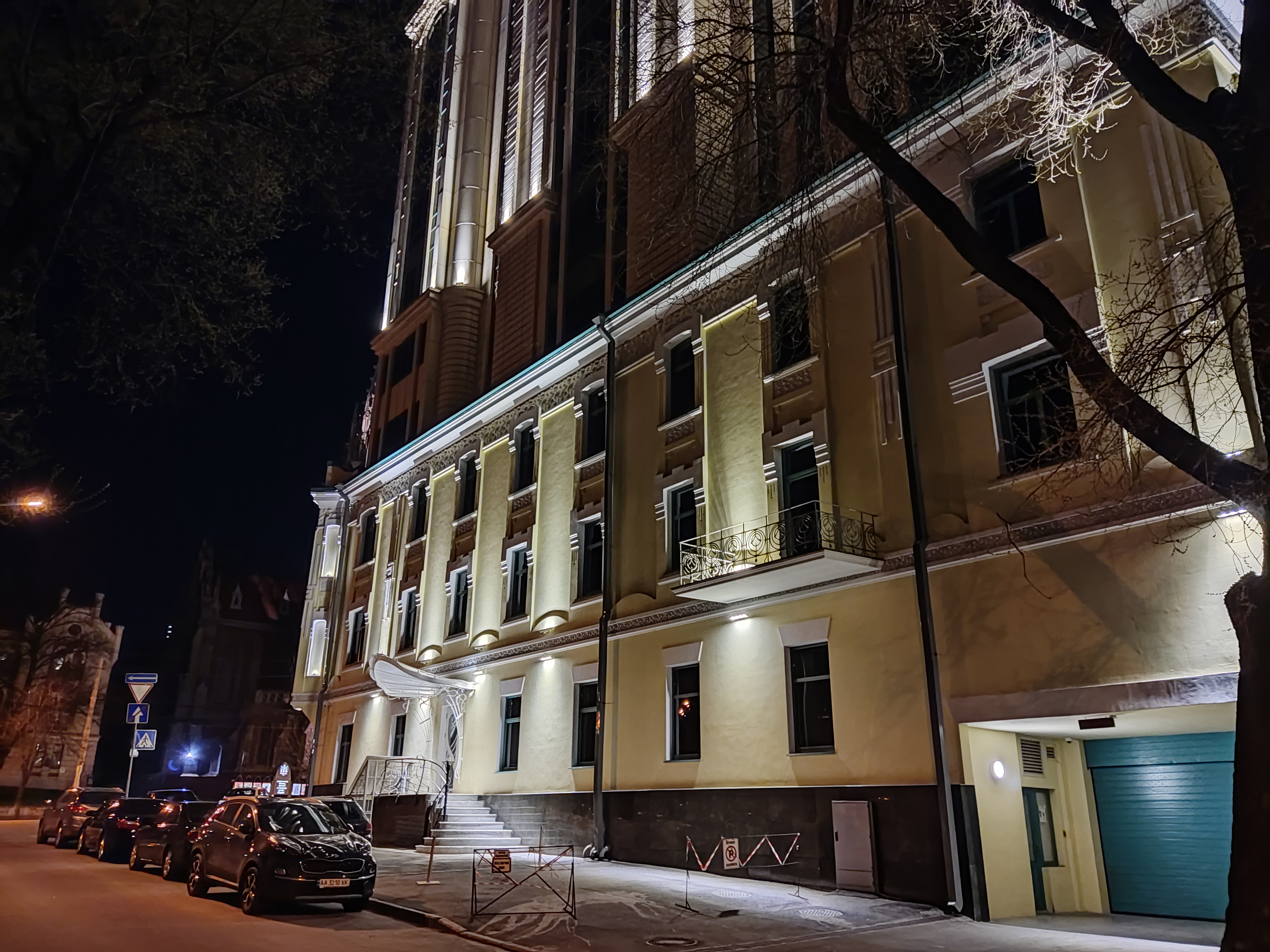


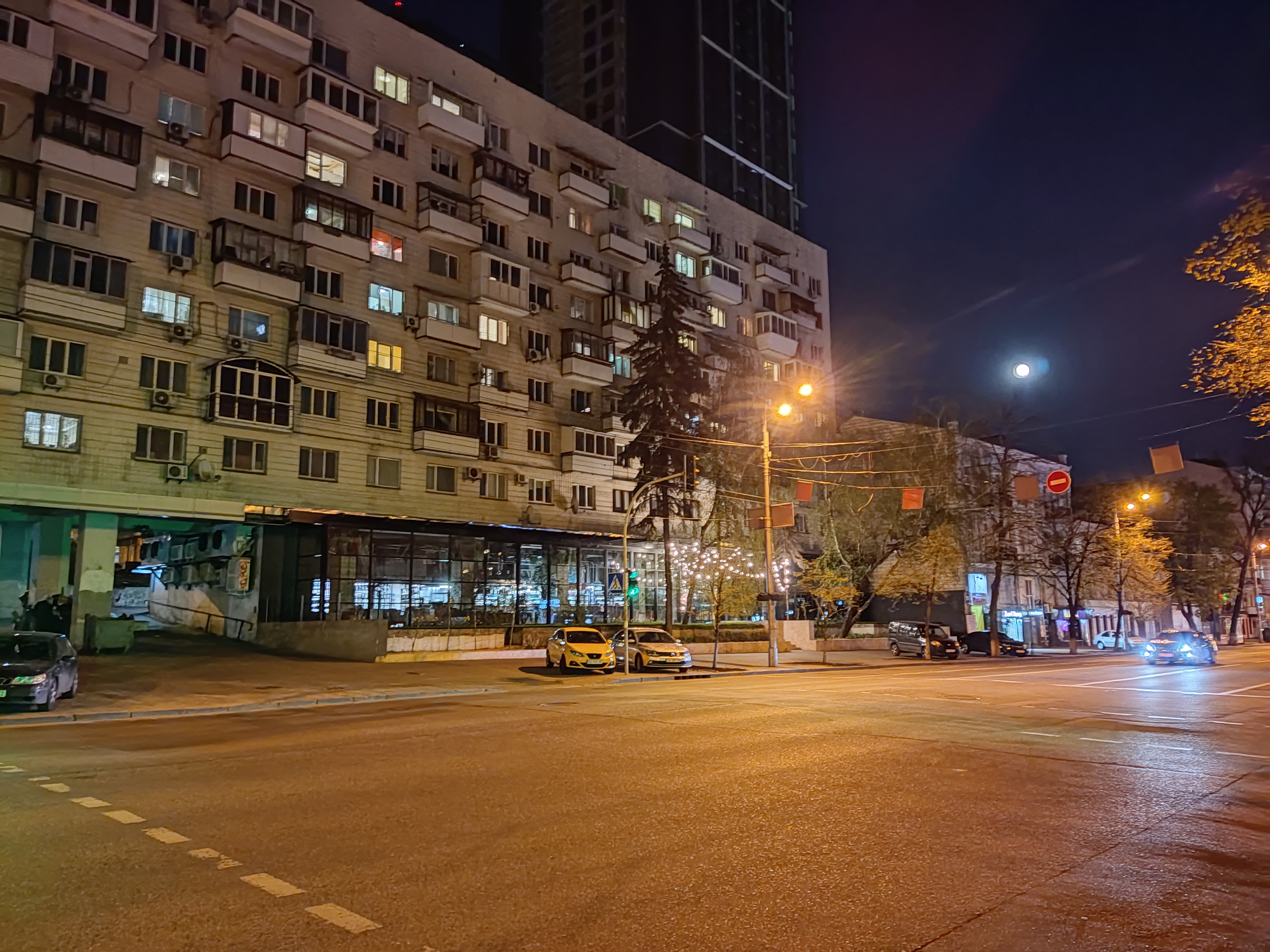























The ultra wide-angle camera behaves in much the same way as other models in this price range. The detailing is inferior to the main module, but in general, it is quite useful:

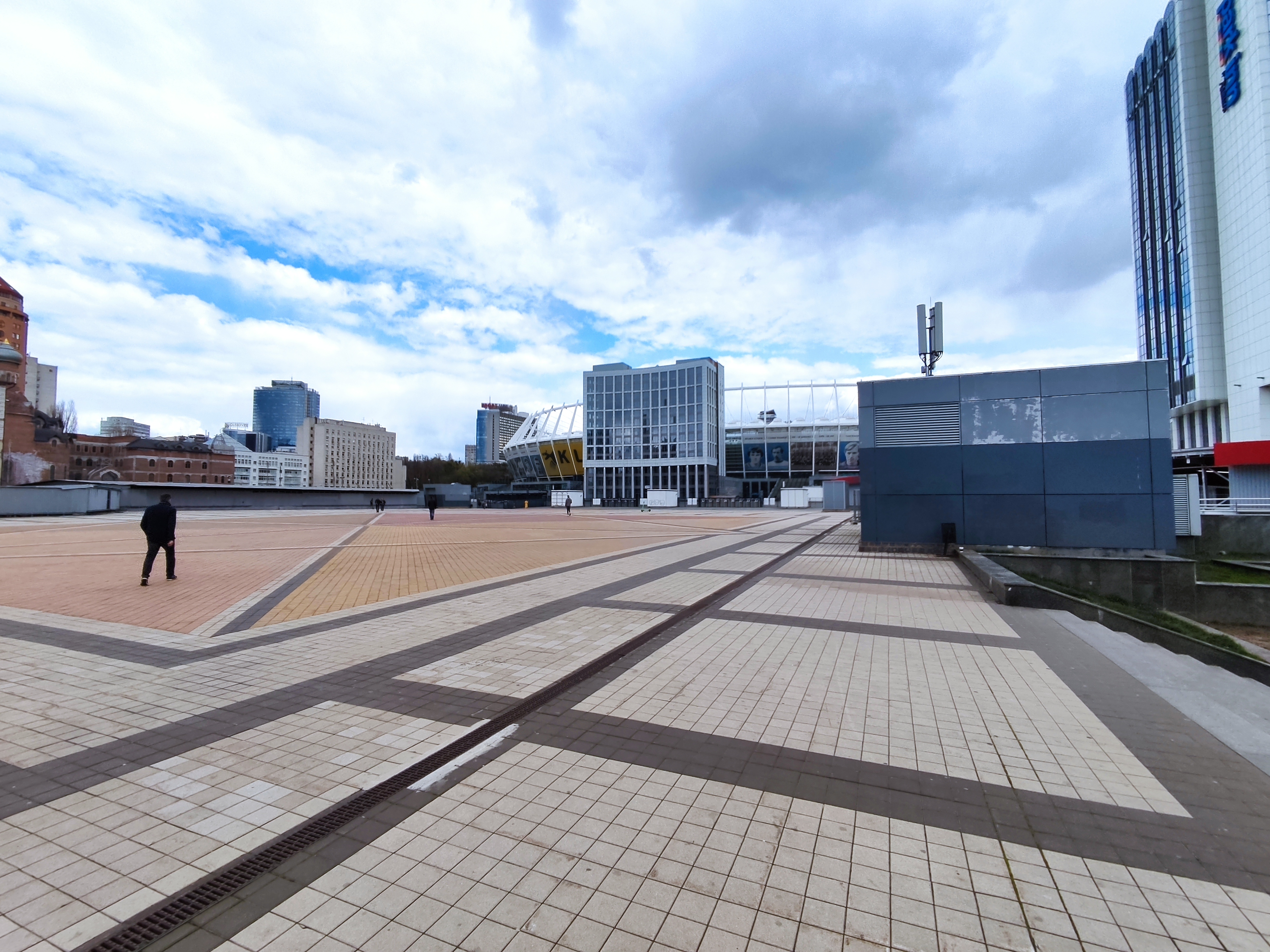
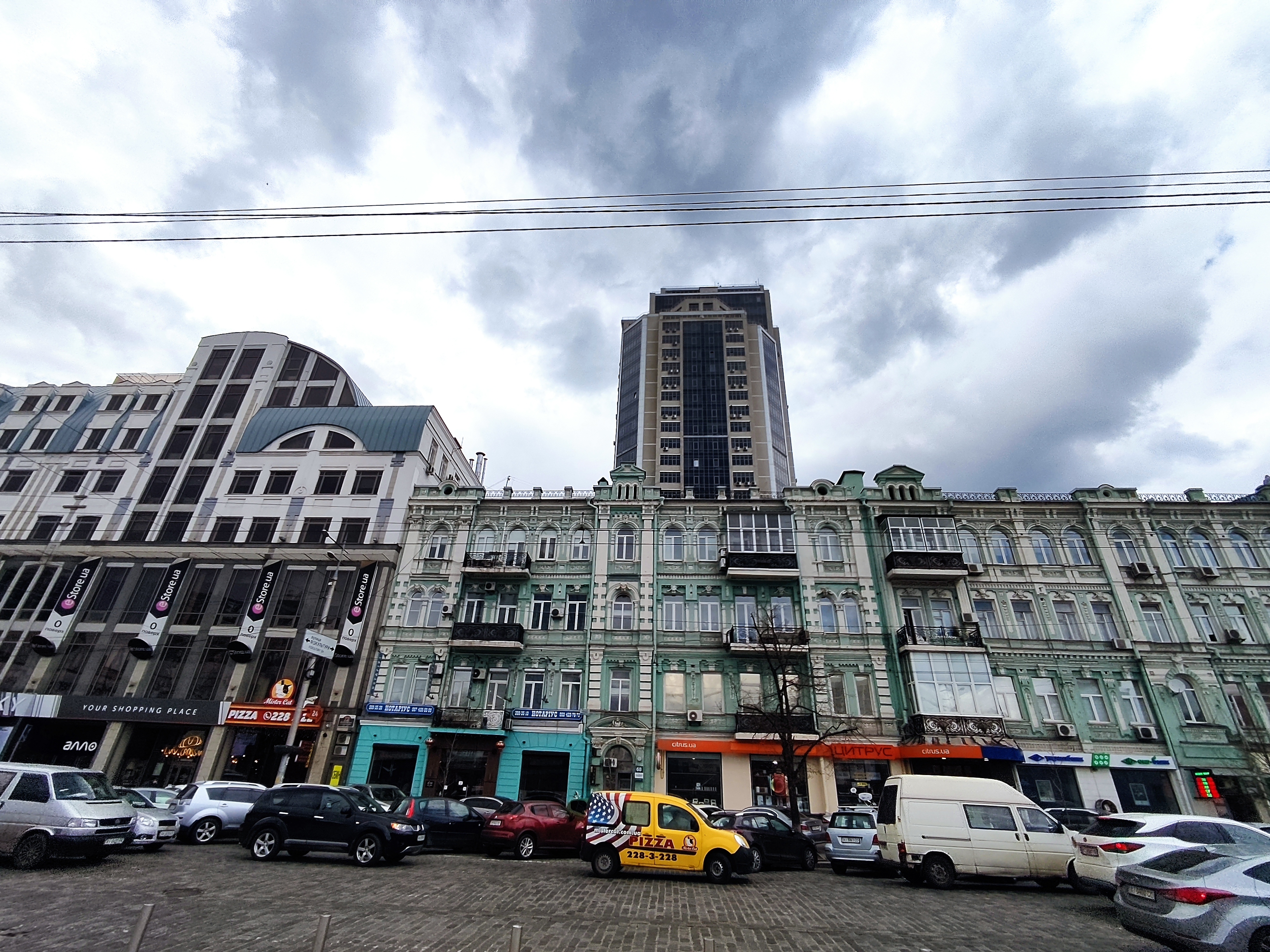
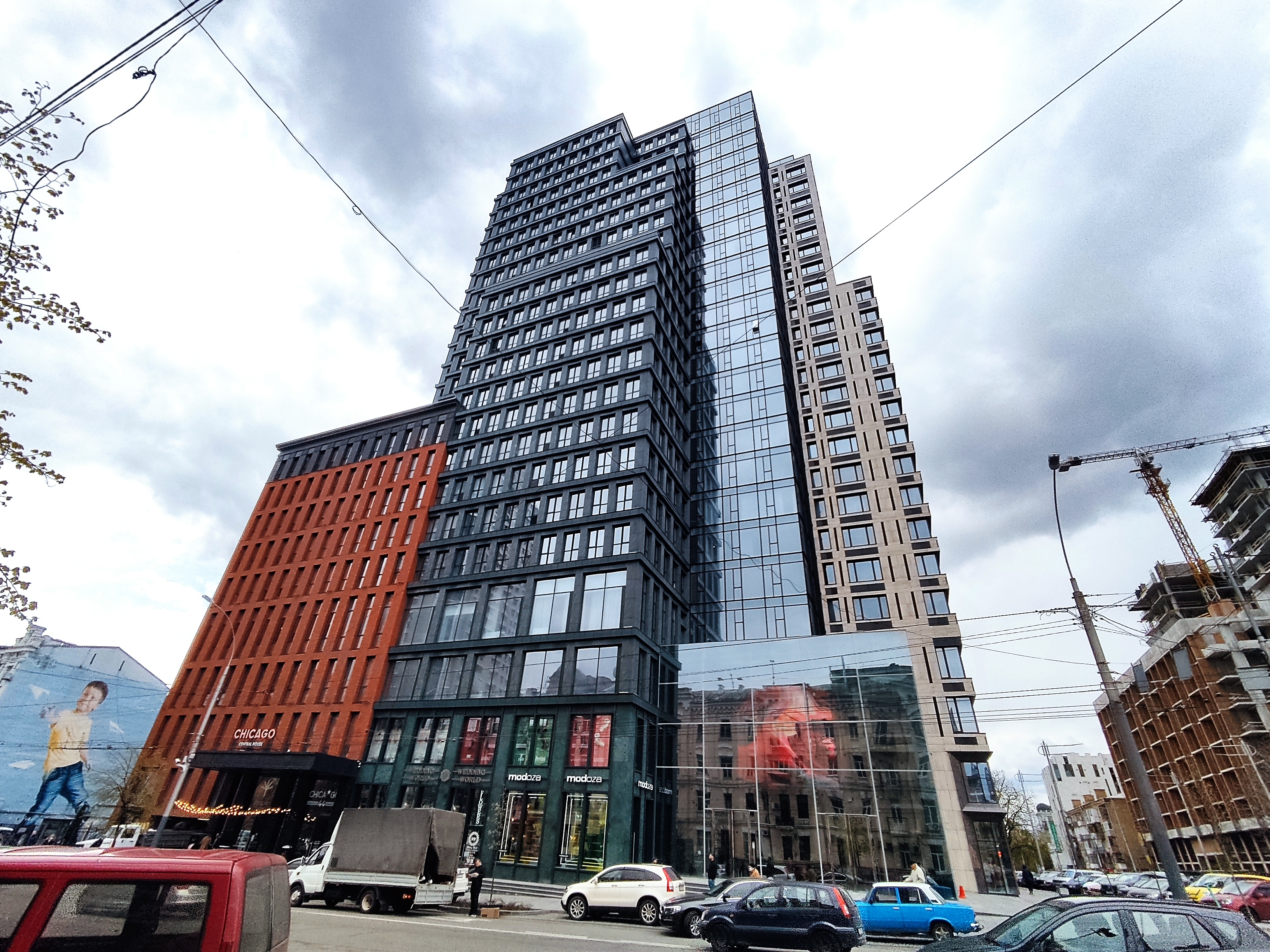
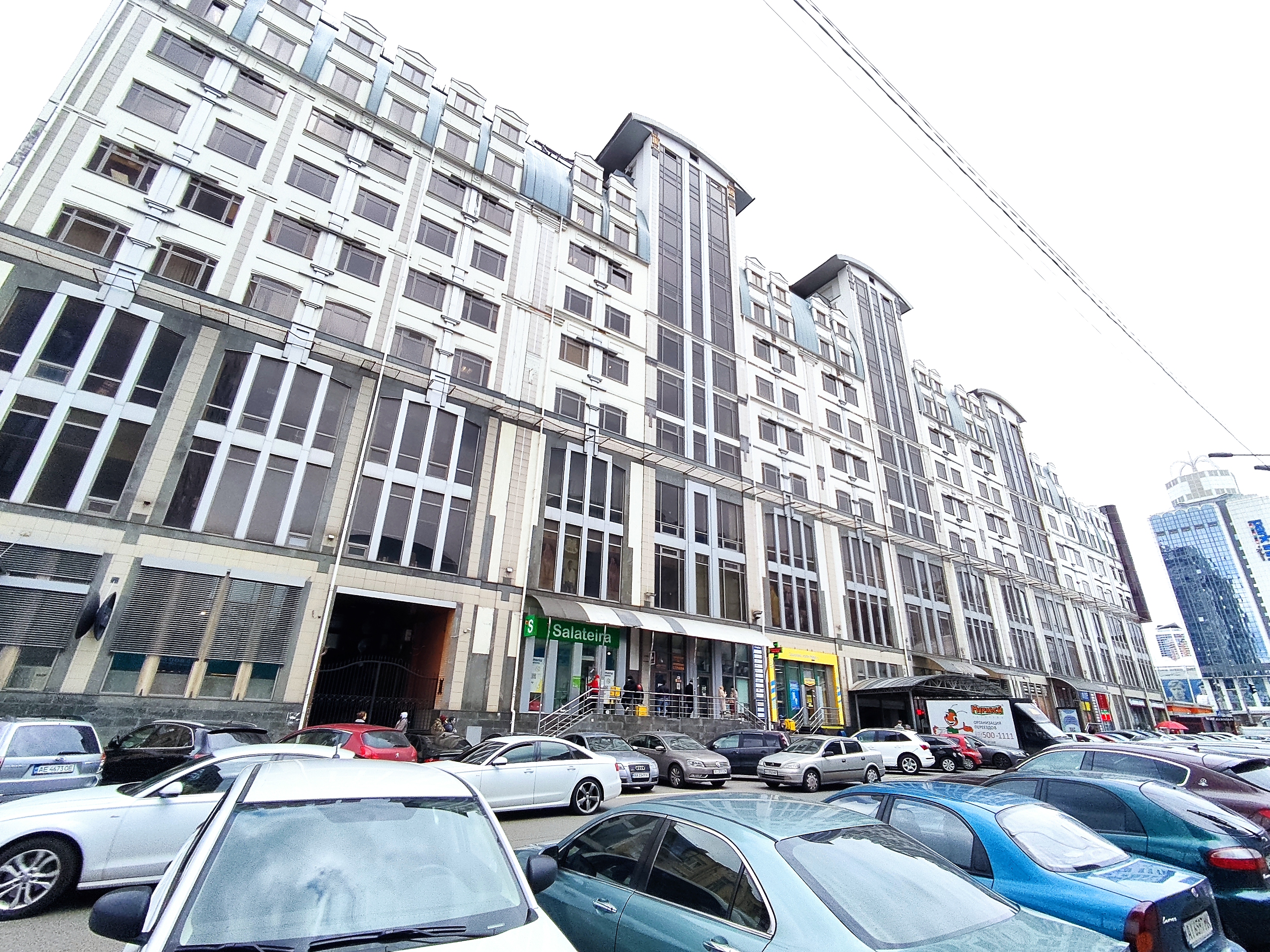
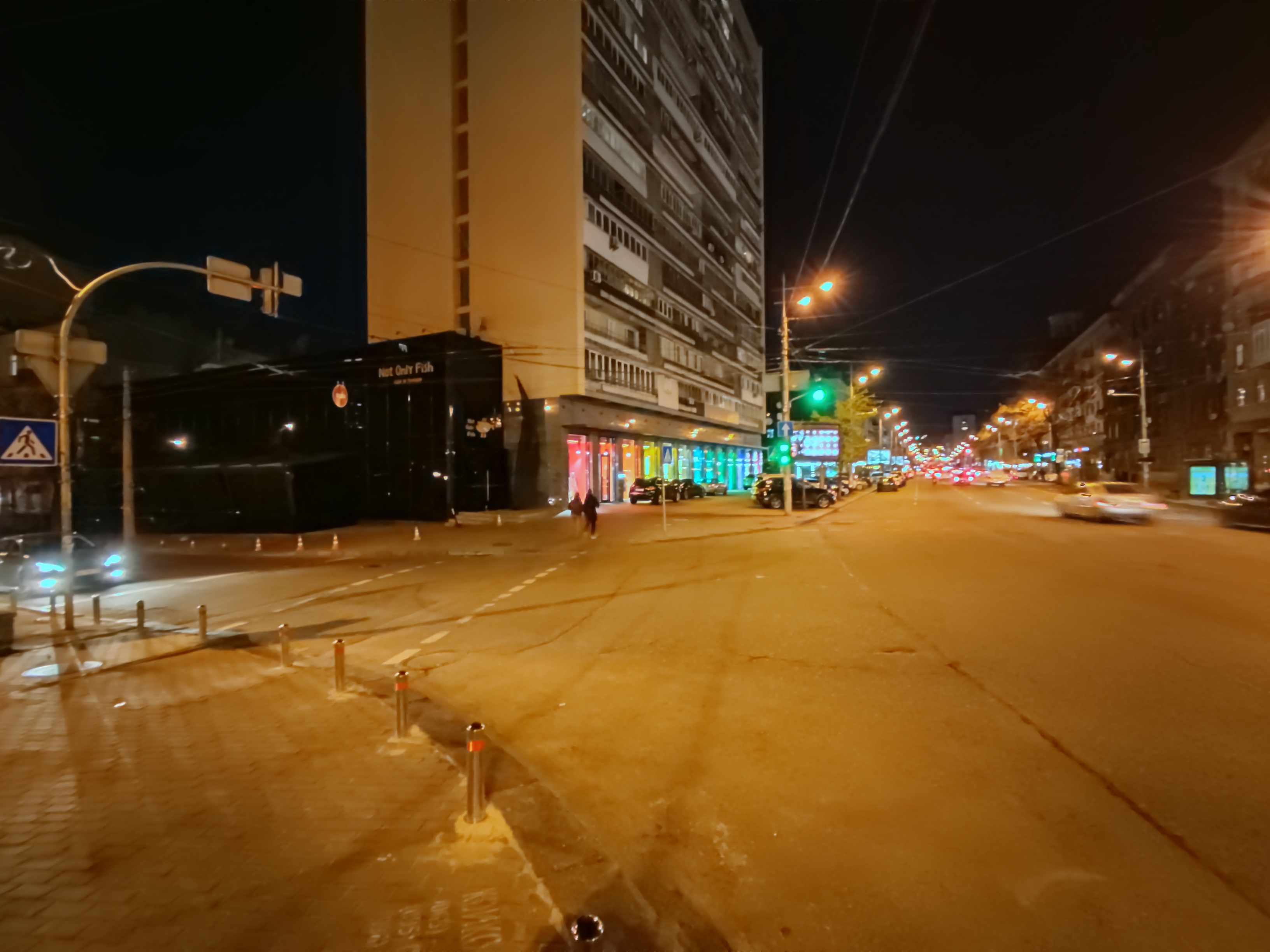
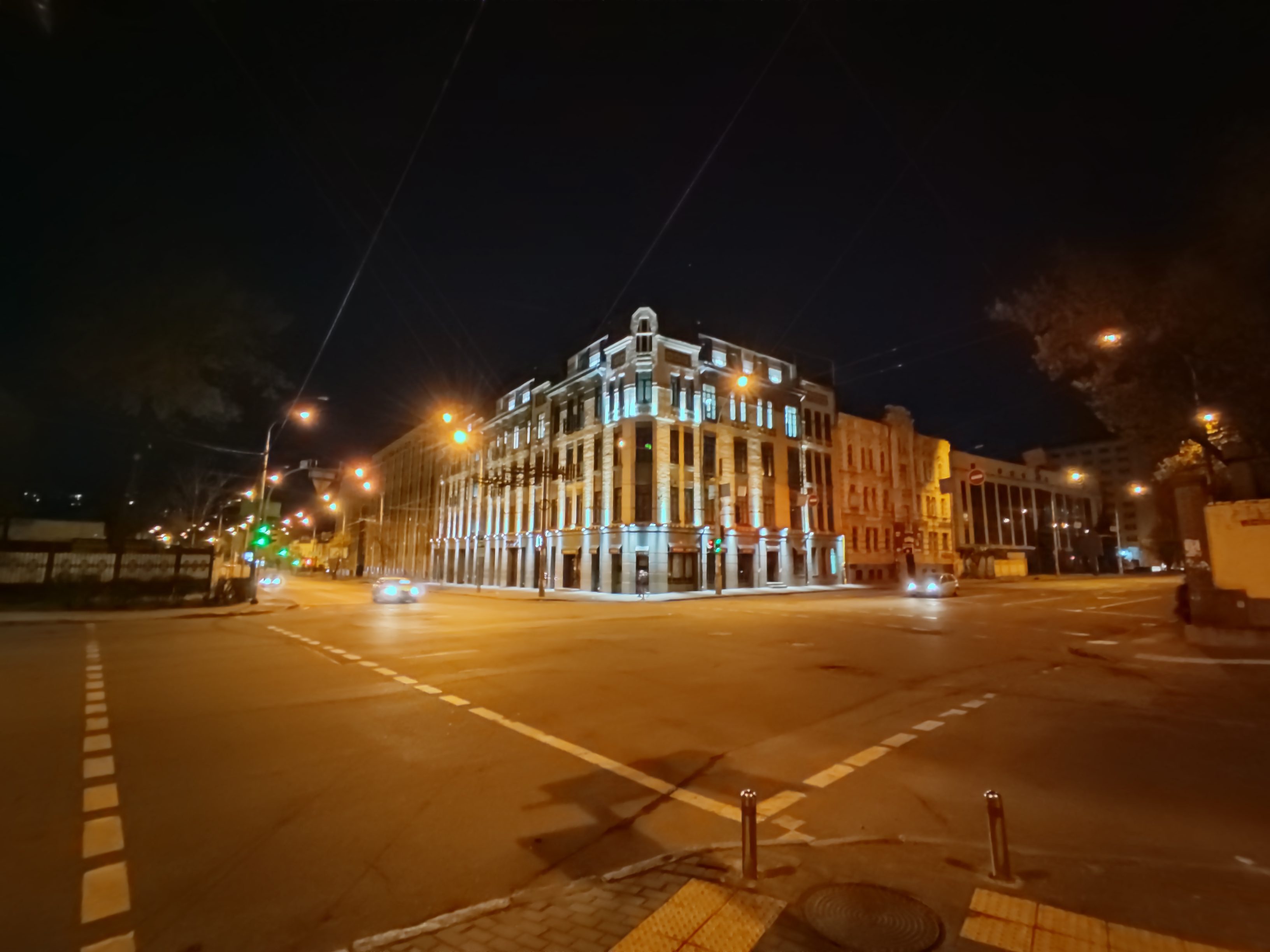
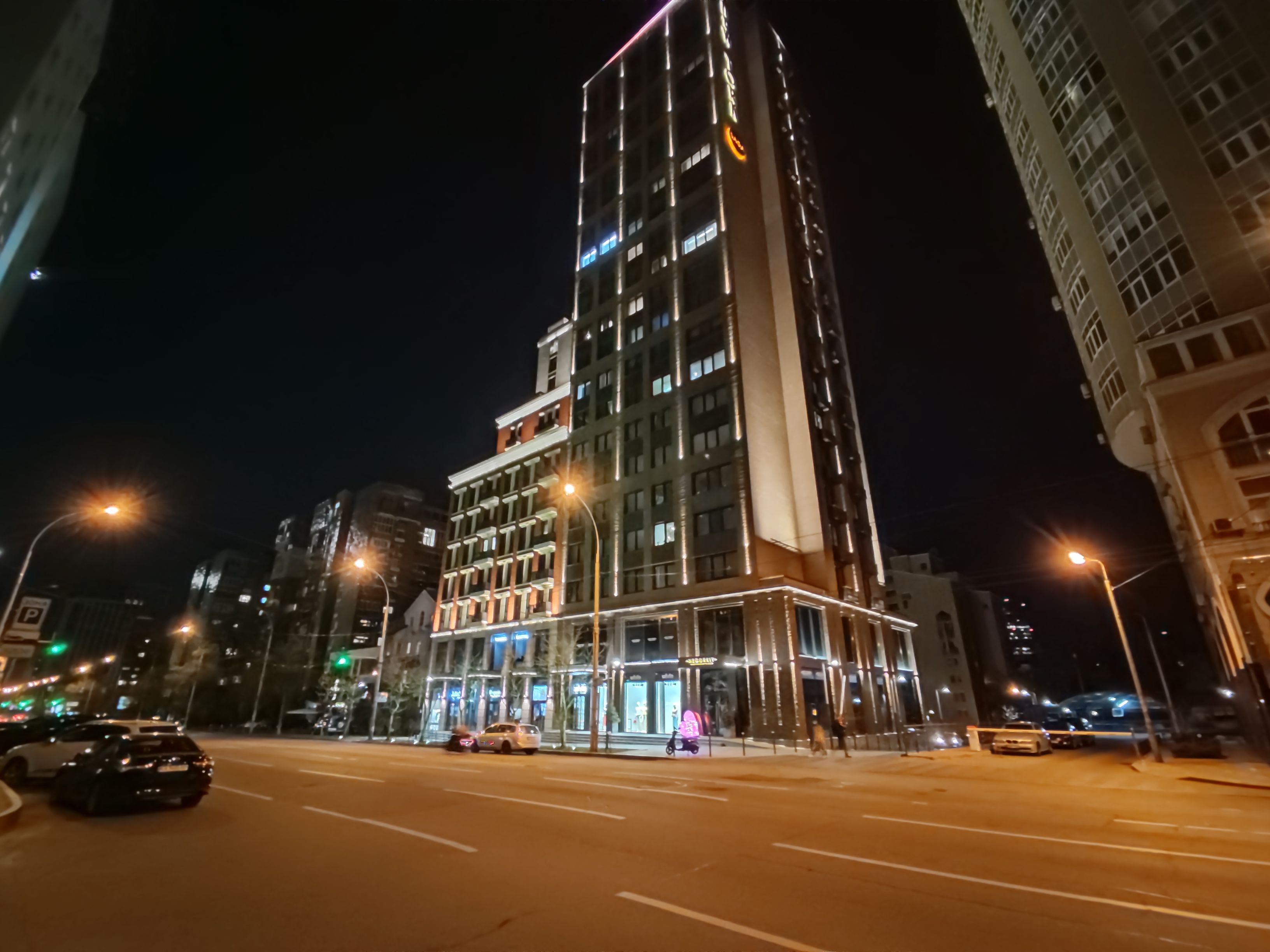

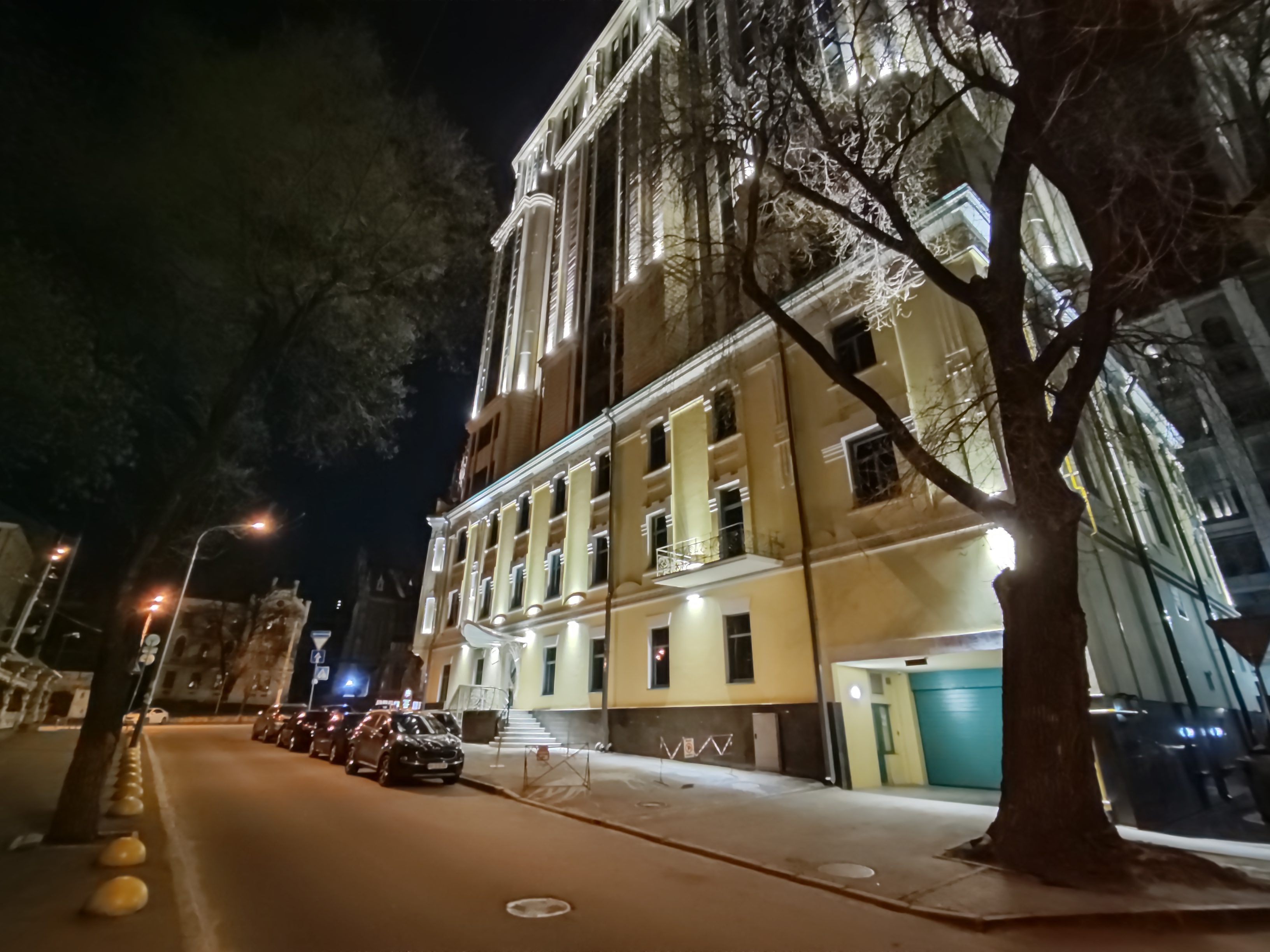




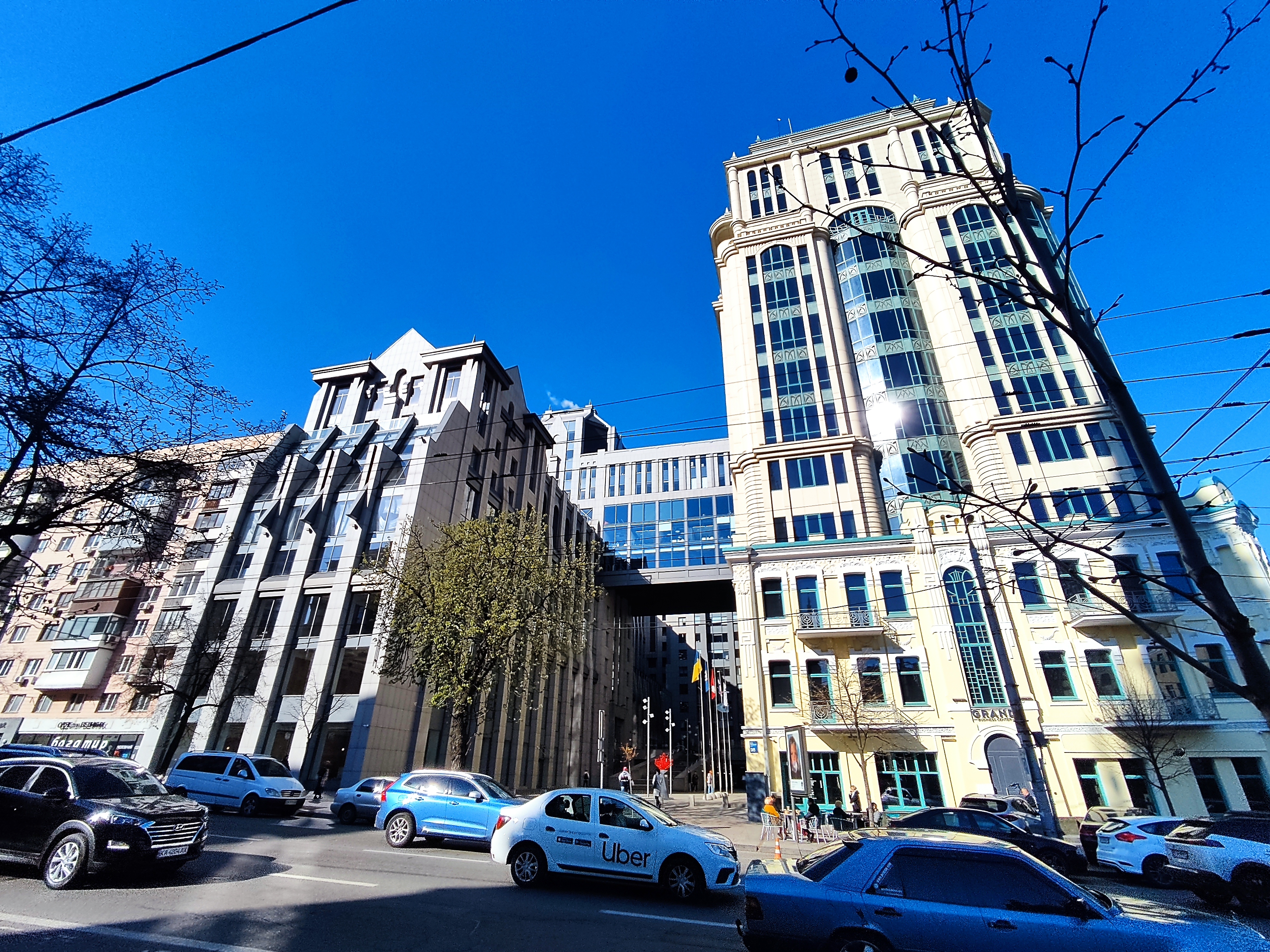

















Digital zoom 2x:

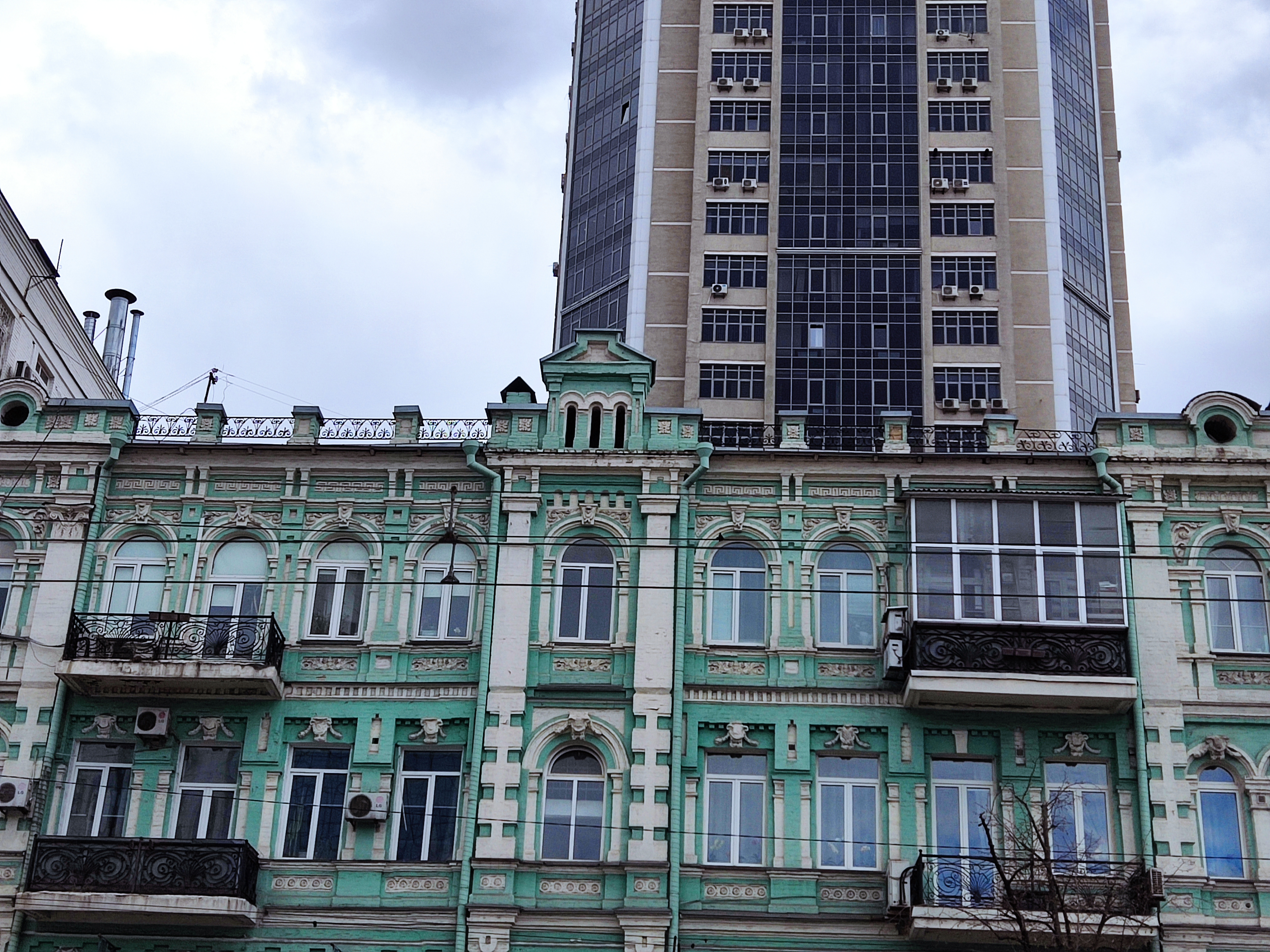



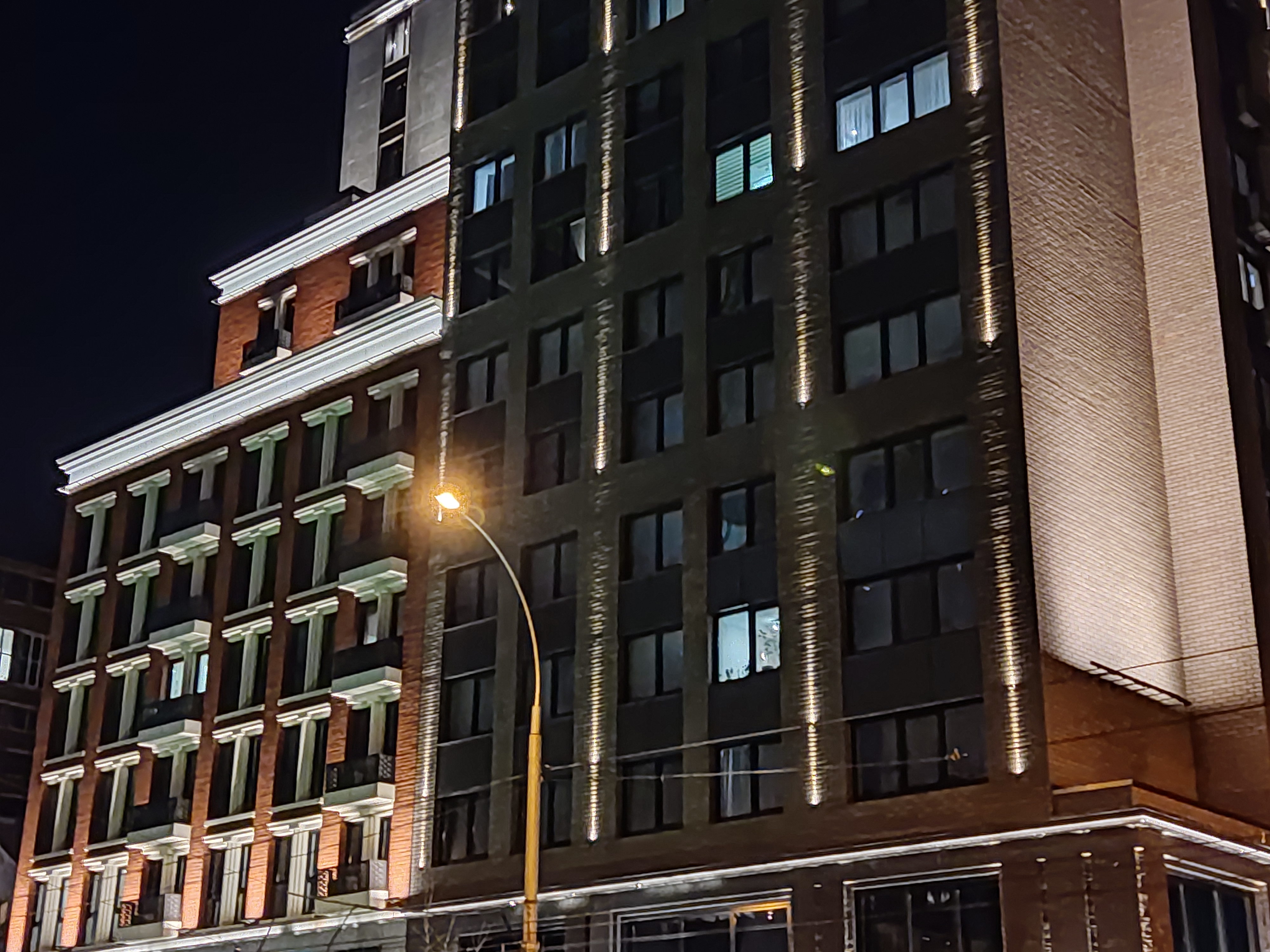
















The smartphone writes video in a resolution of up to 4K 30 FPS.
3 things you need to know about POCO X3 Pro:
- Equipped with a very powerful Qualcomm Snapdragon 860 processor that can handle all the hard games
- Has a high-quality IPS-display with FullHD + resolution and 120 Hz refresh rate
- Produces stereo sound, and the case is protected according to the IP53 standard

